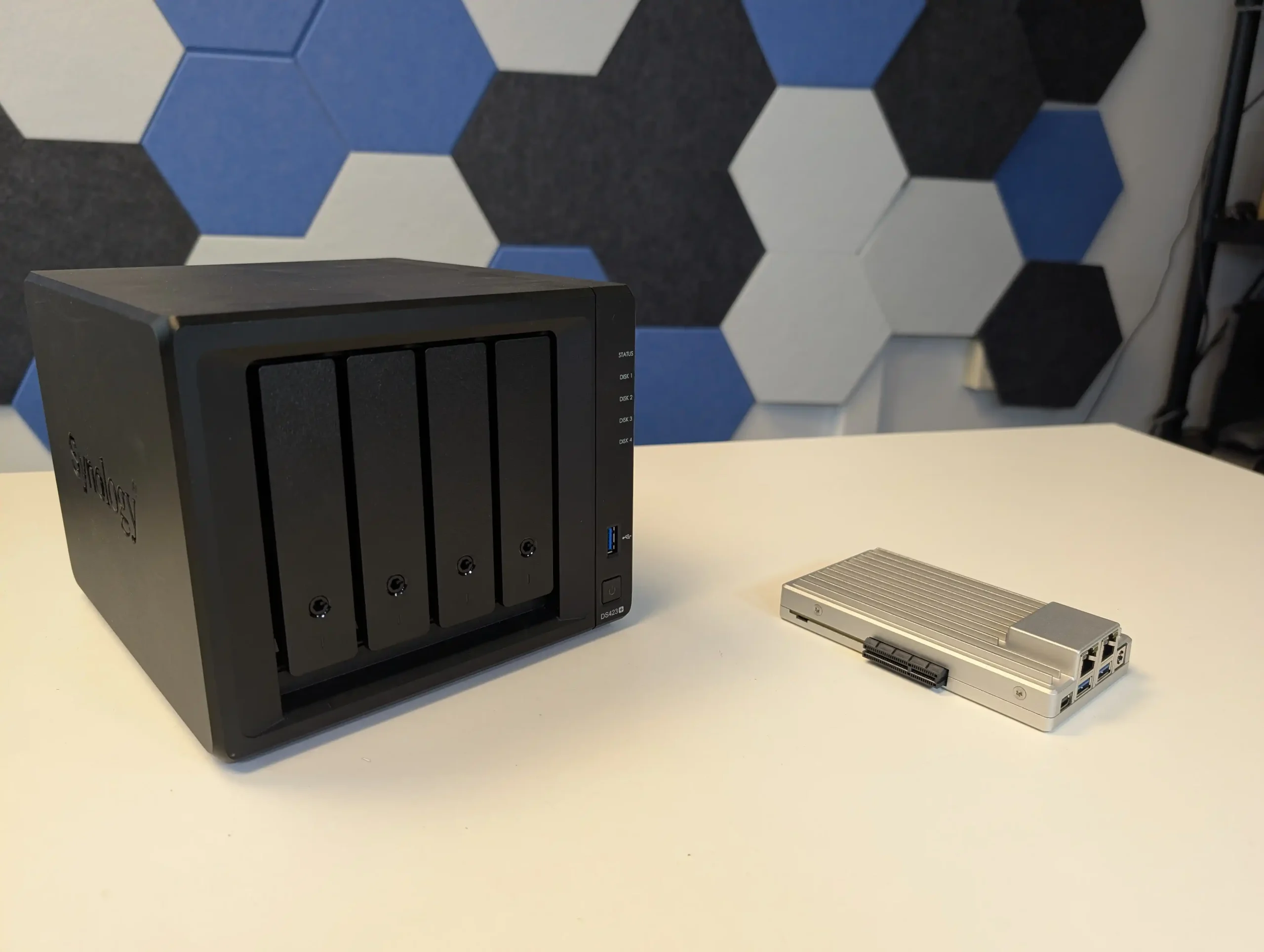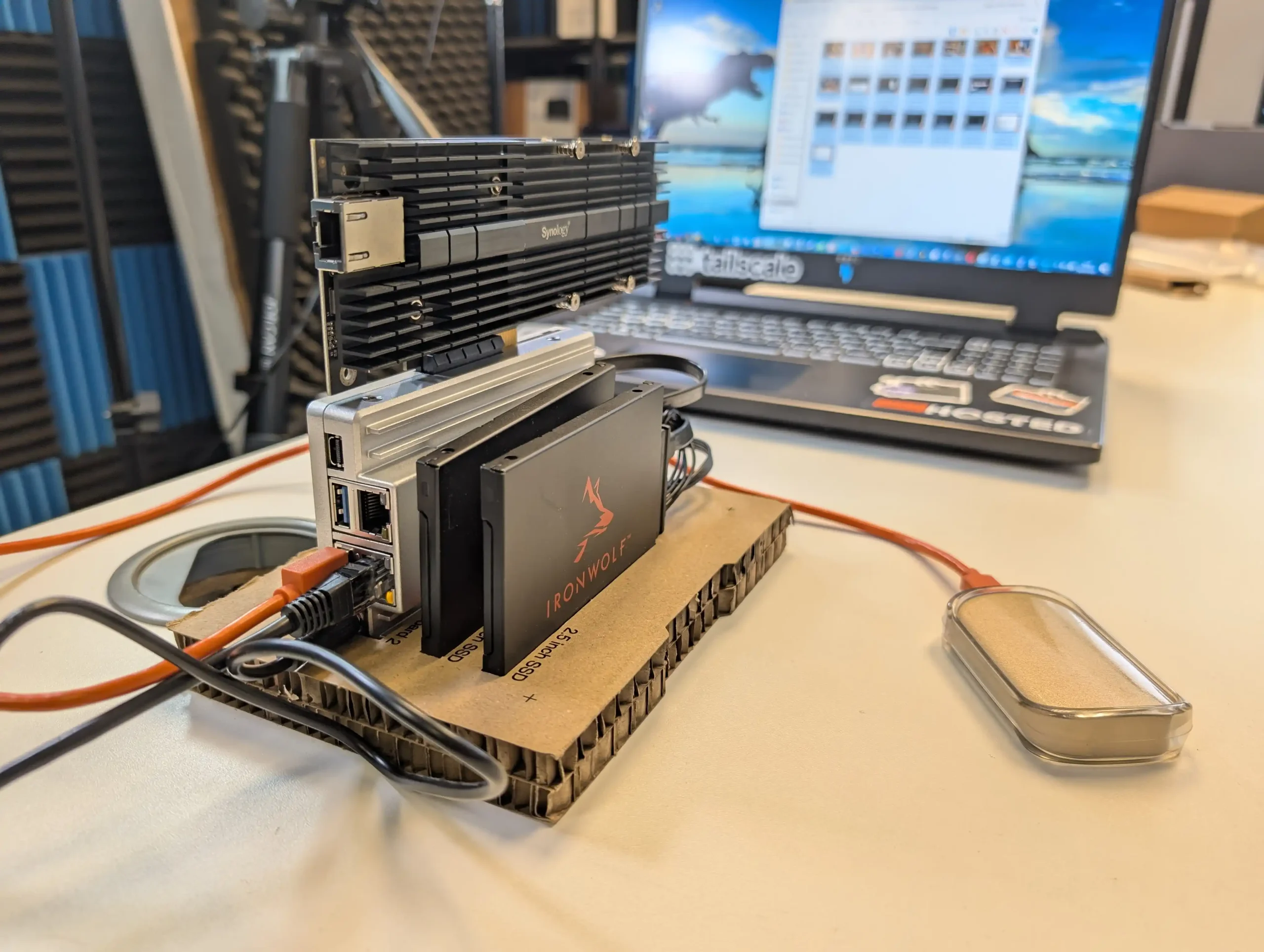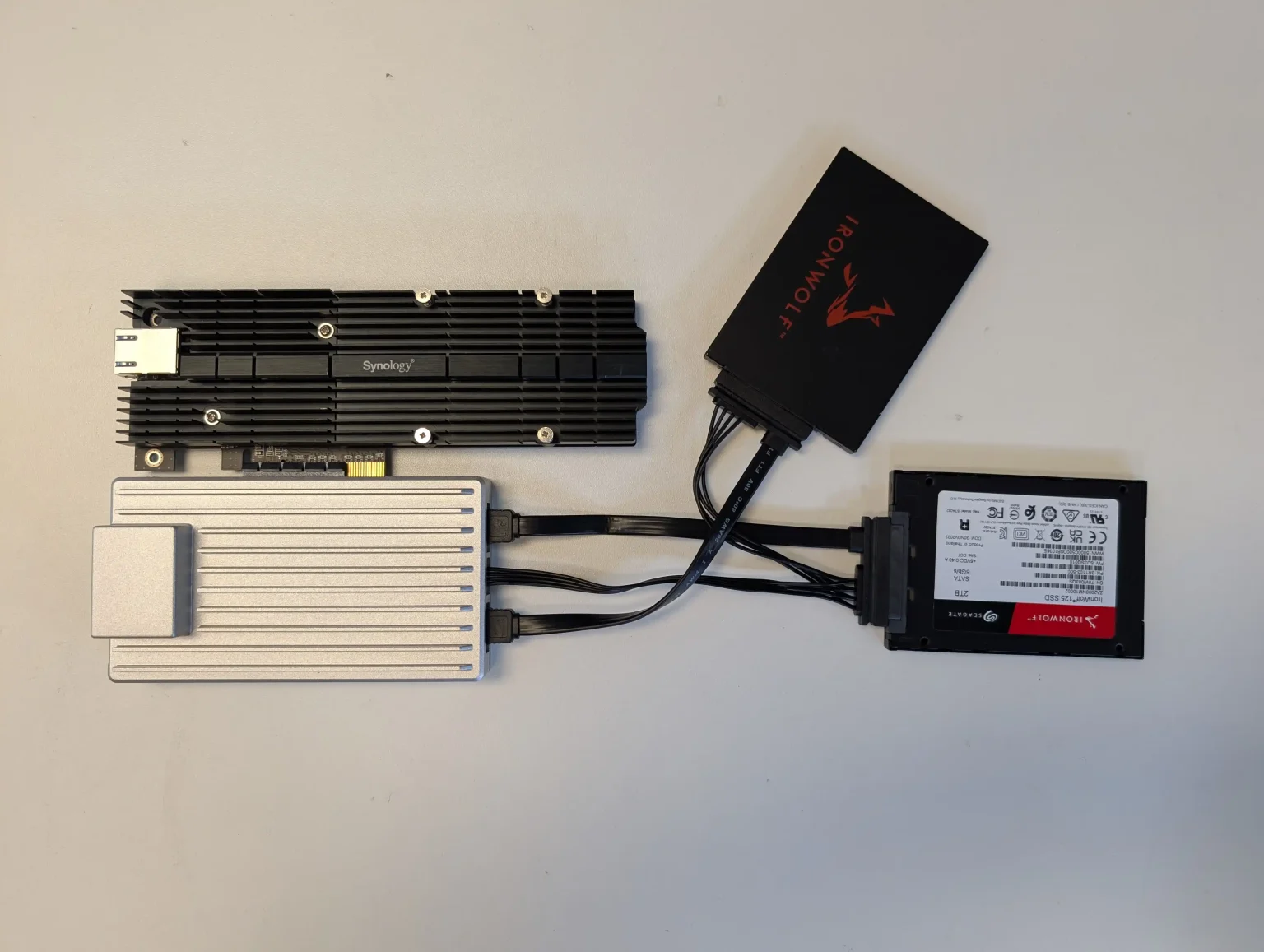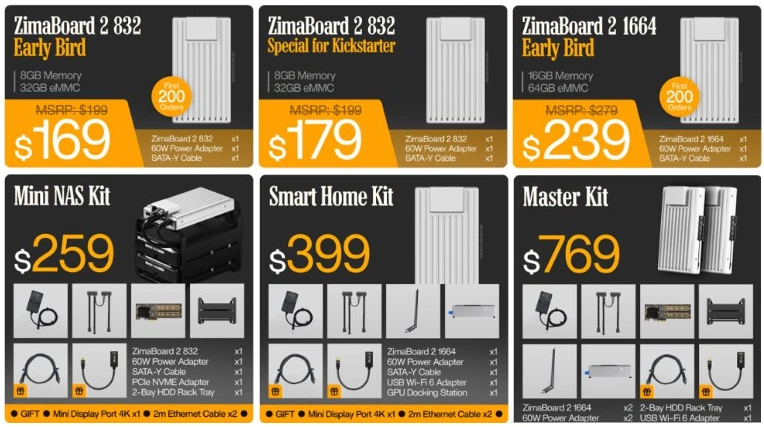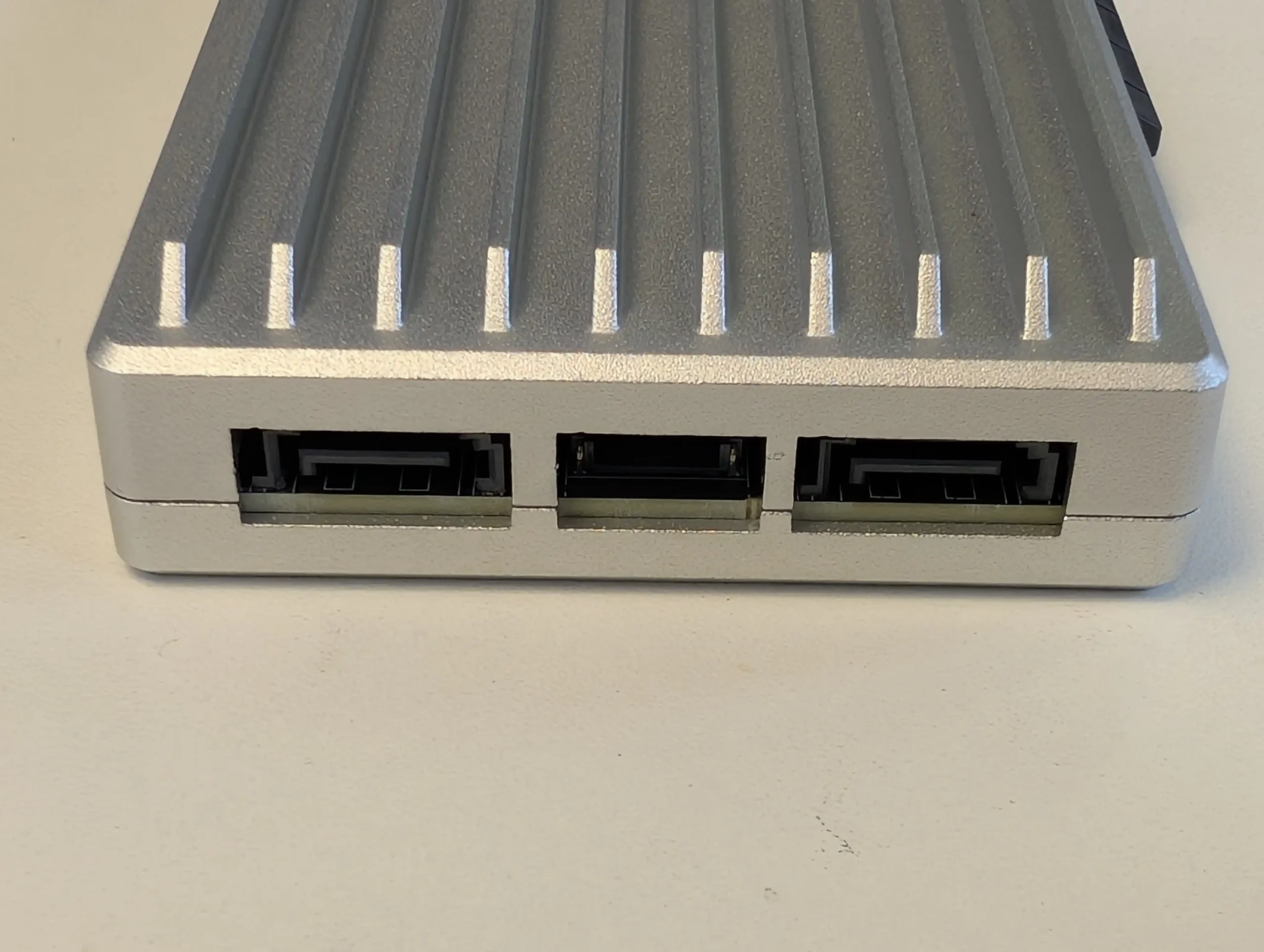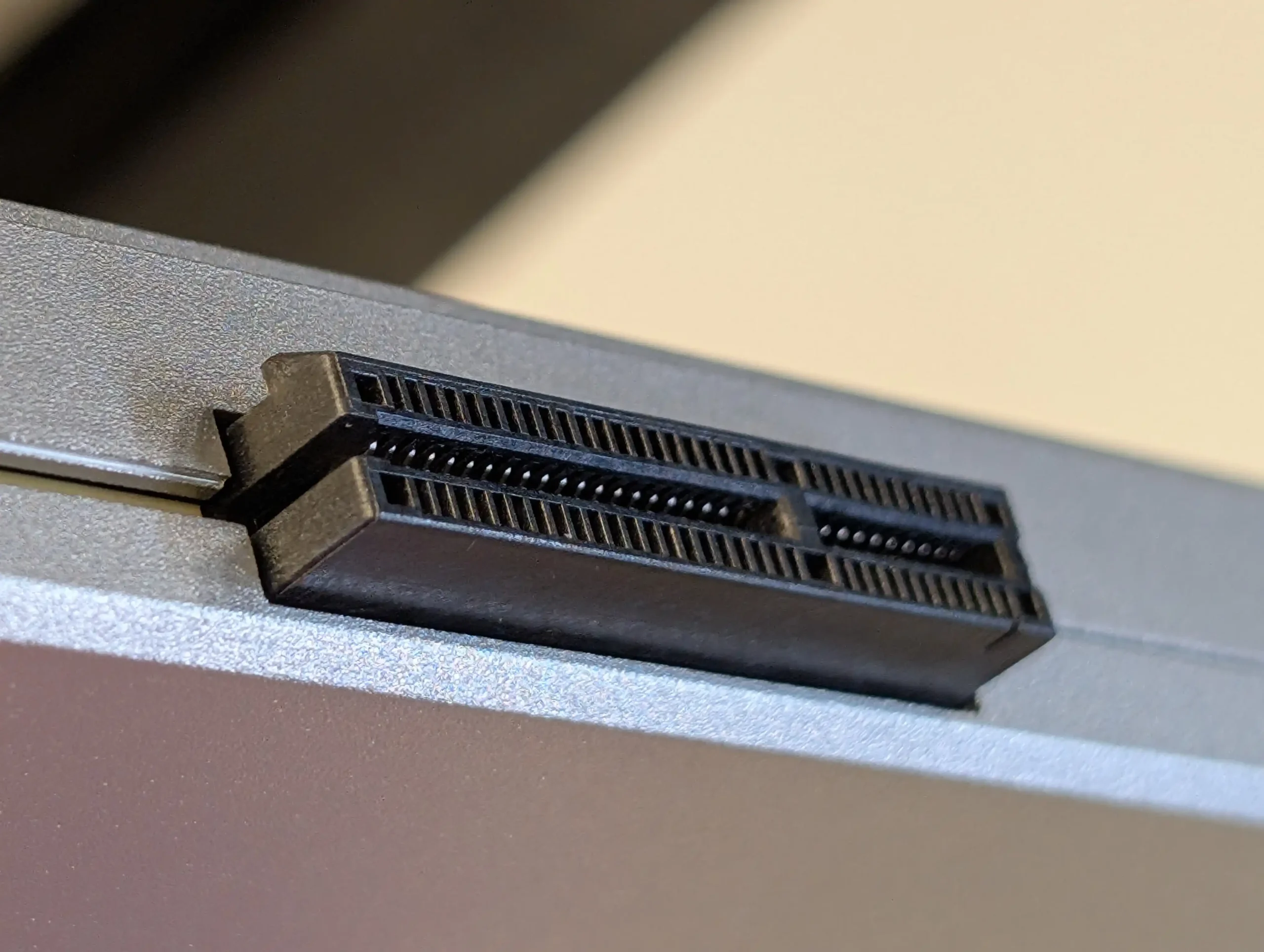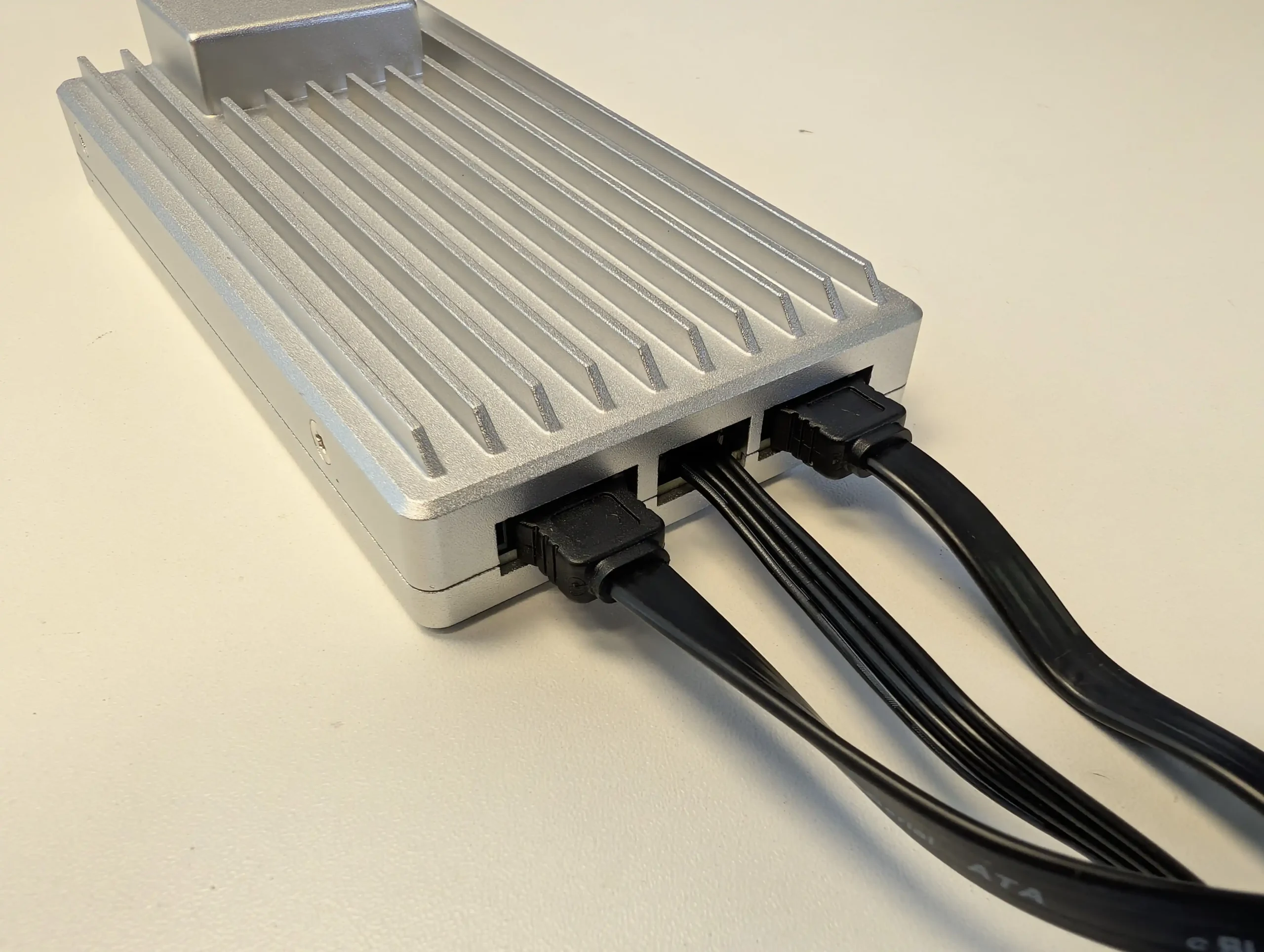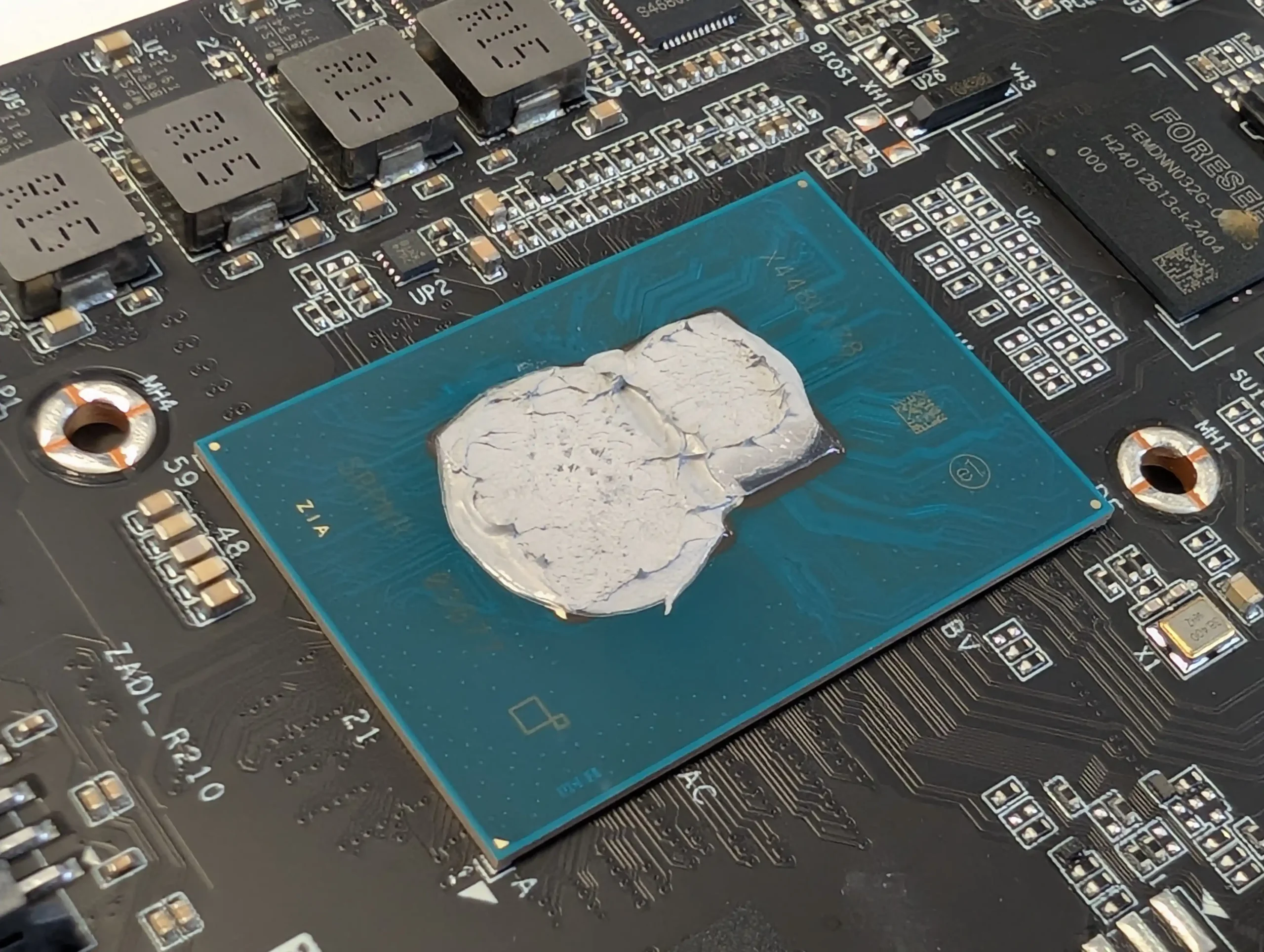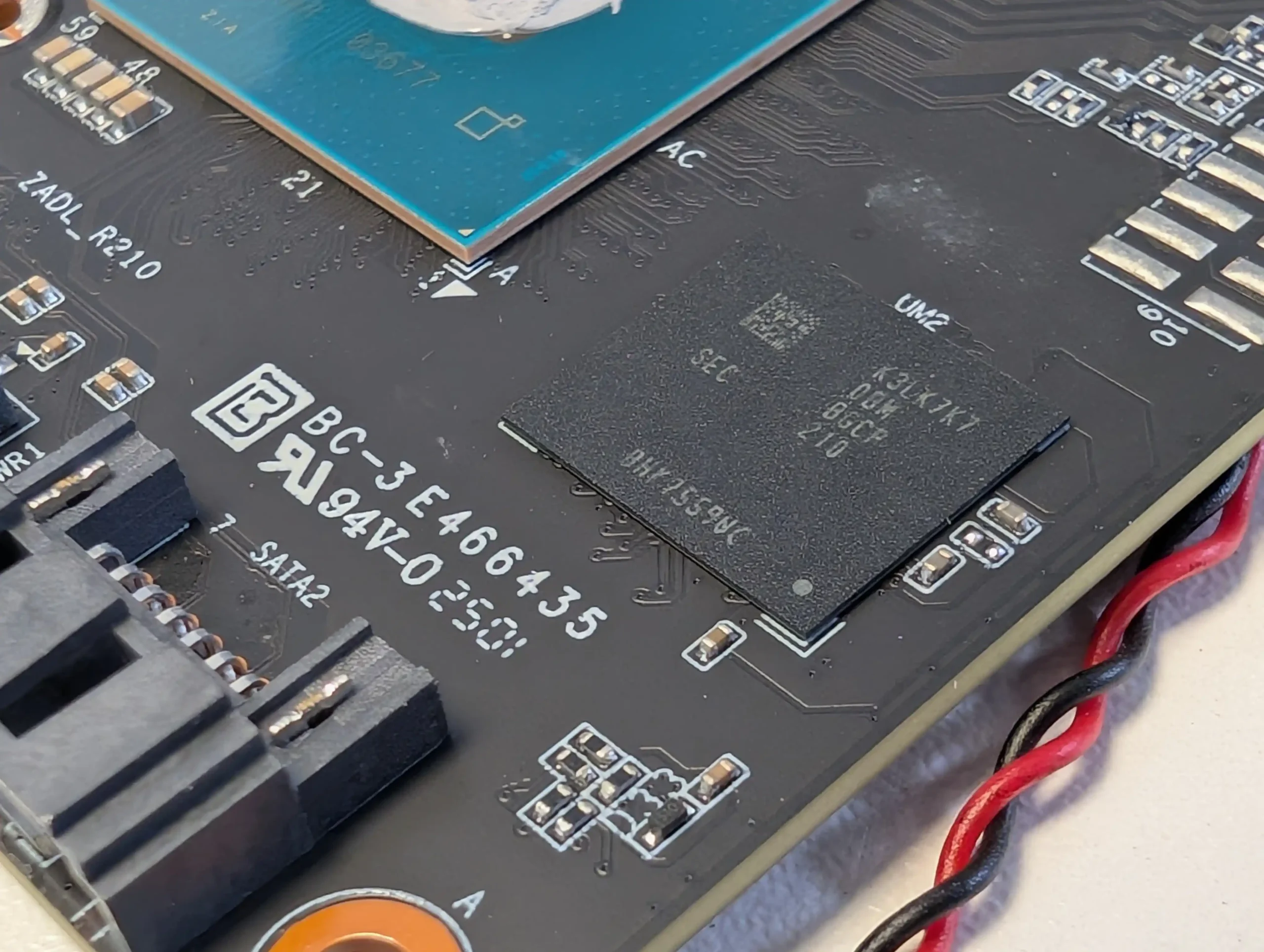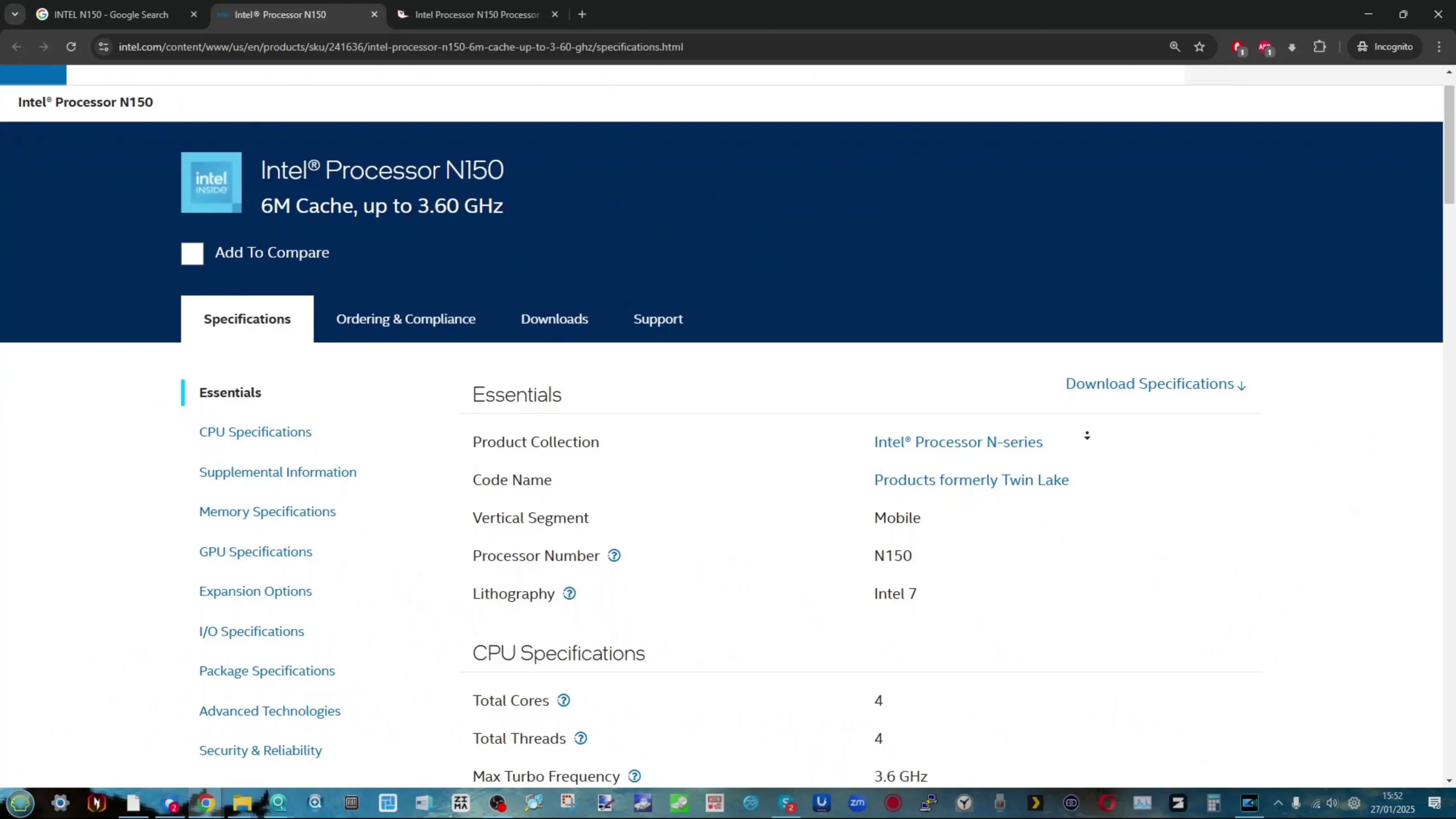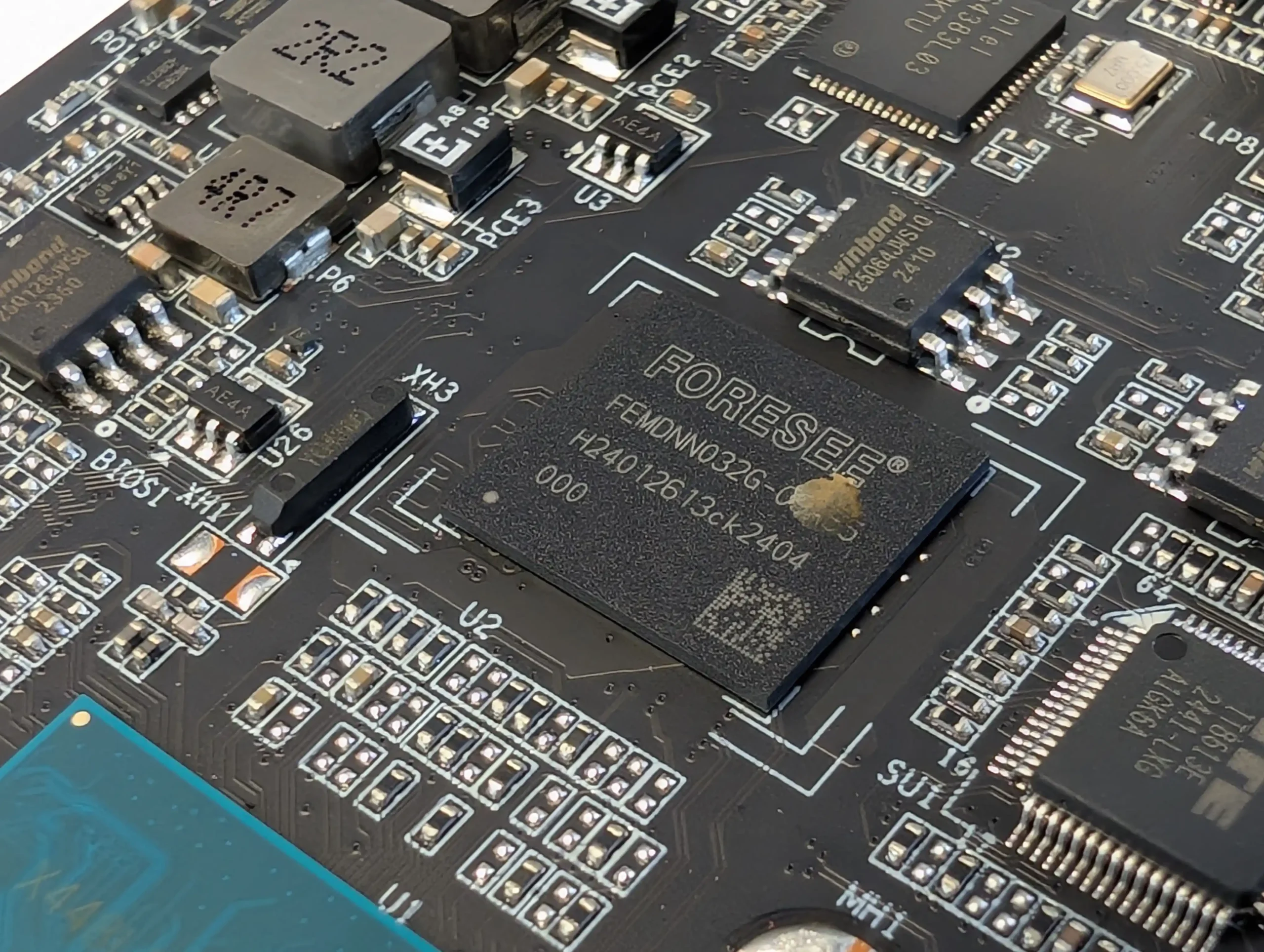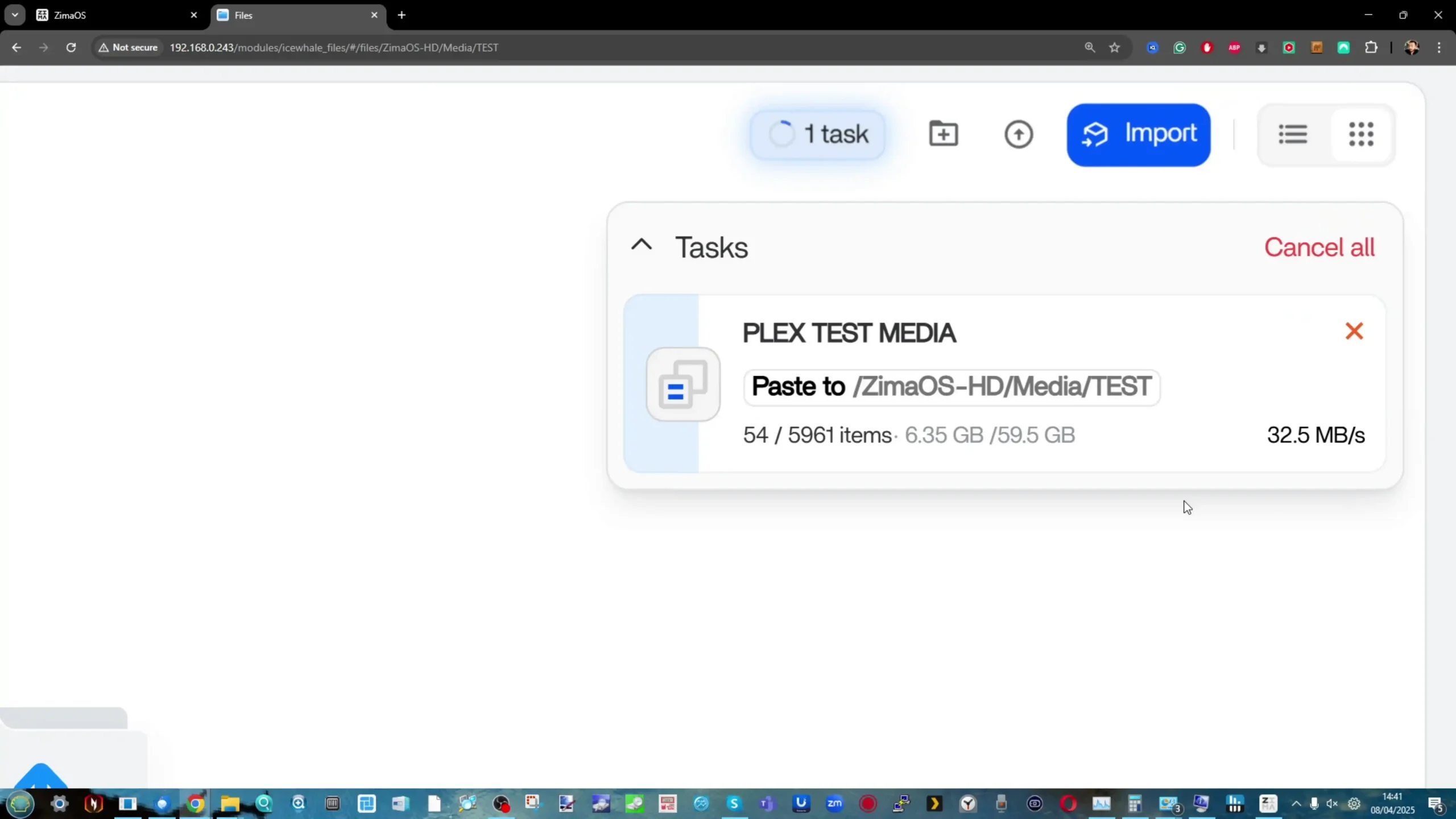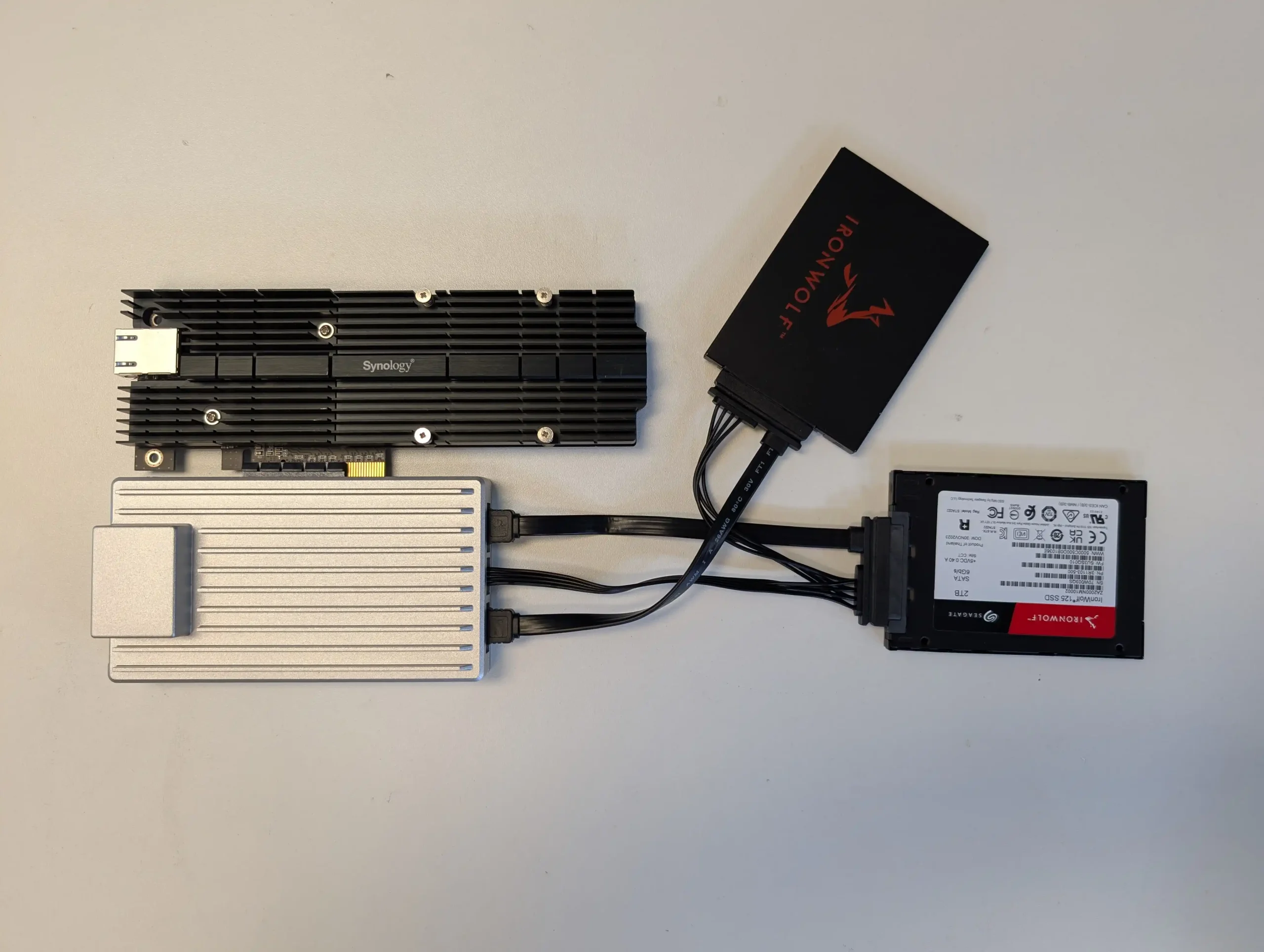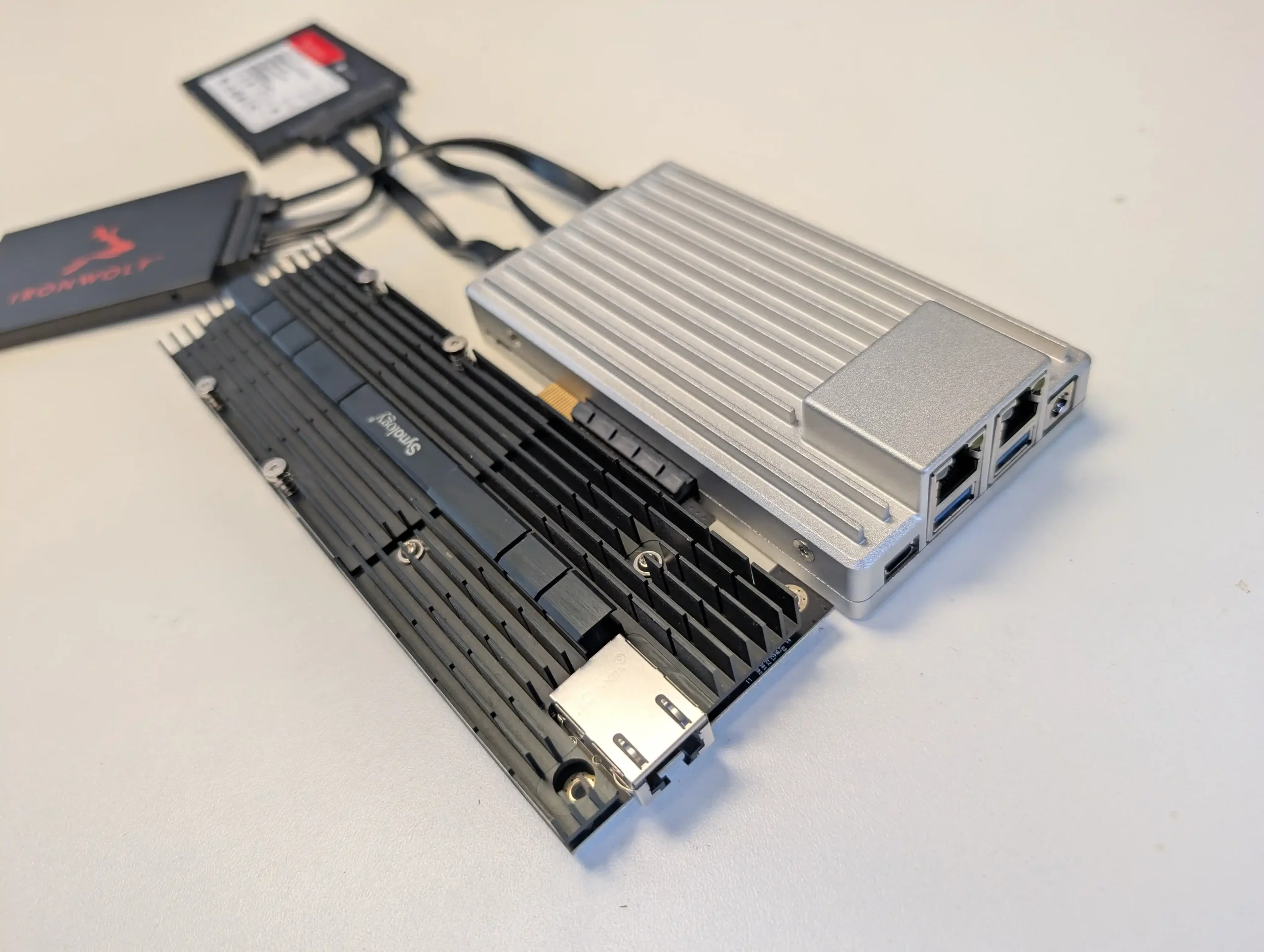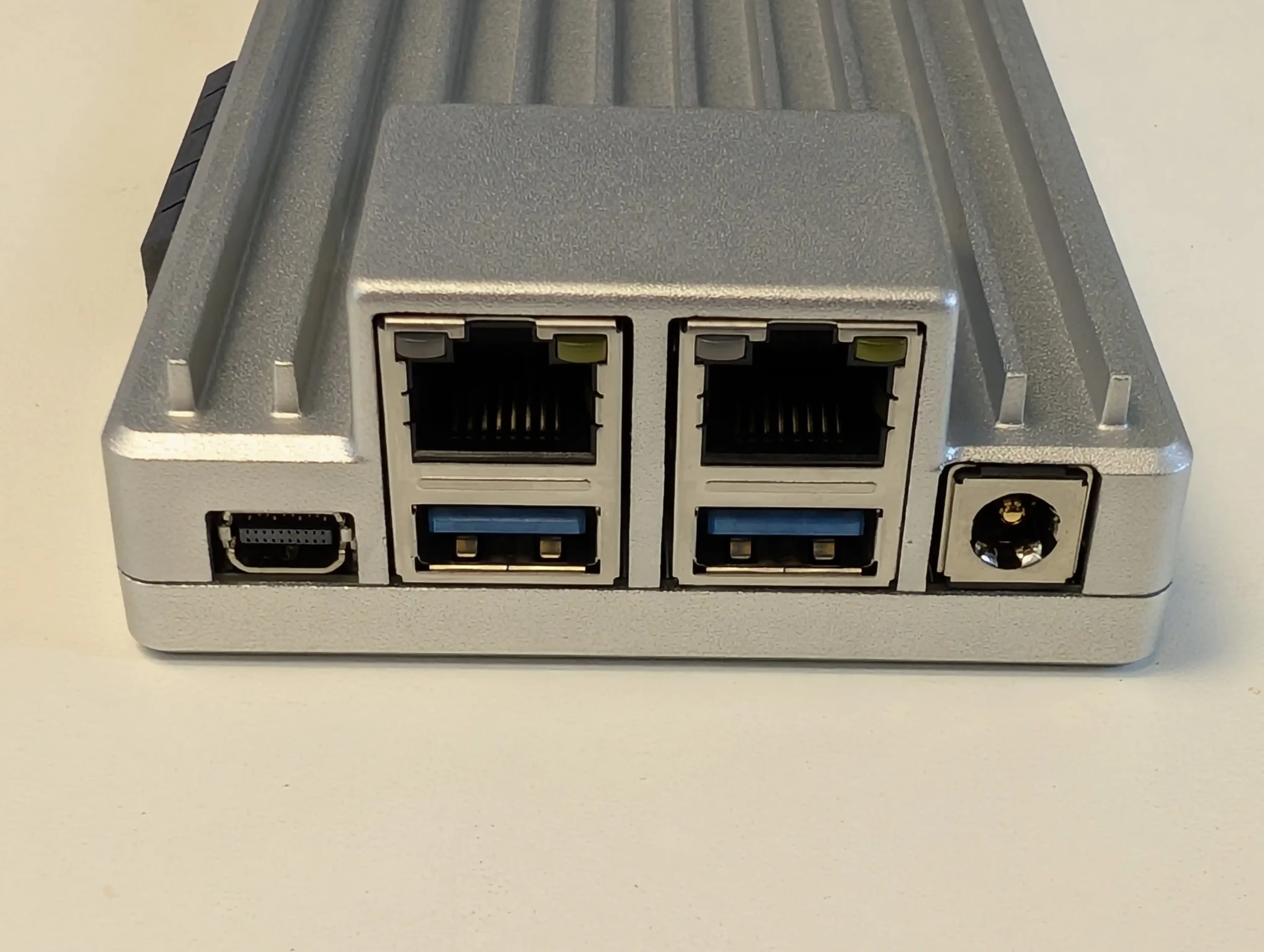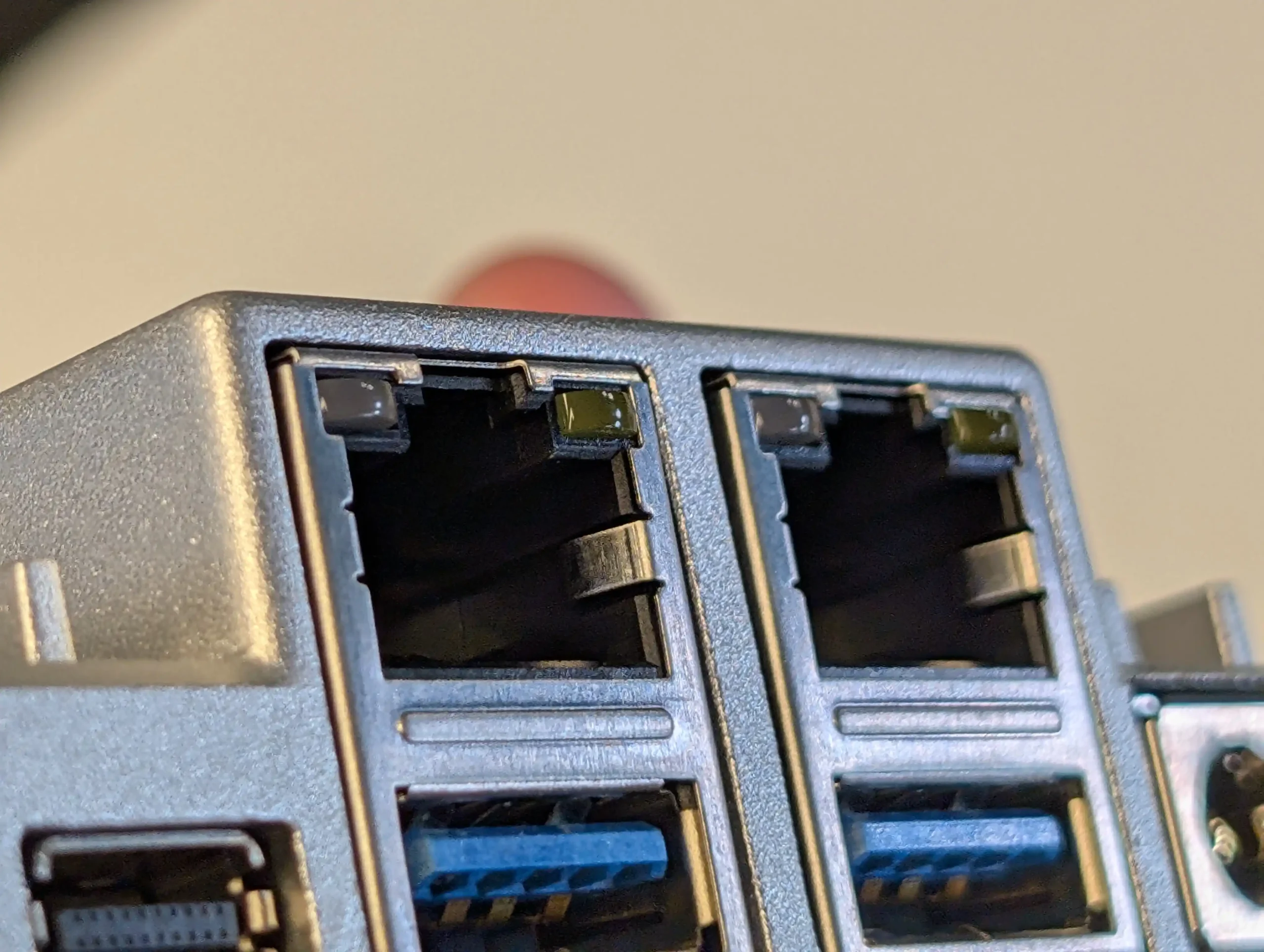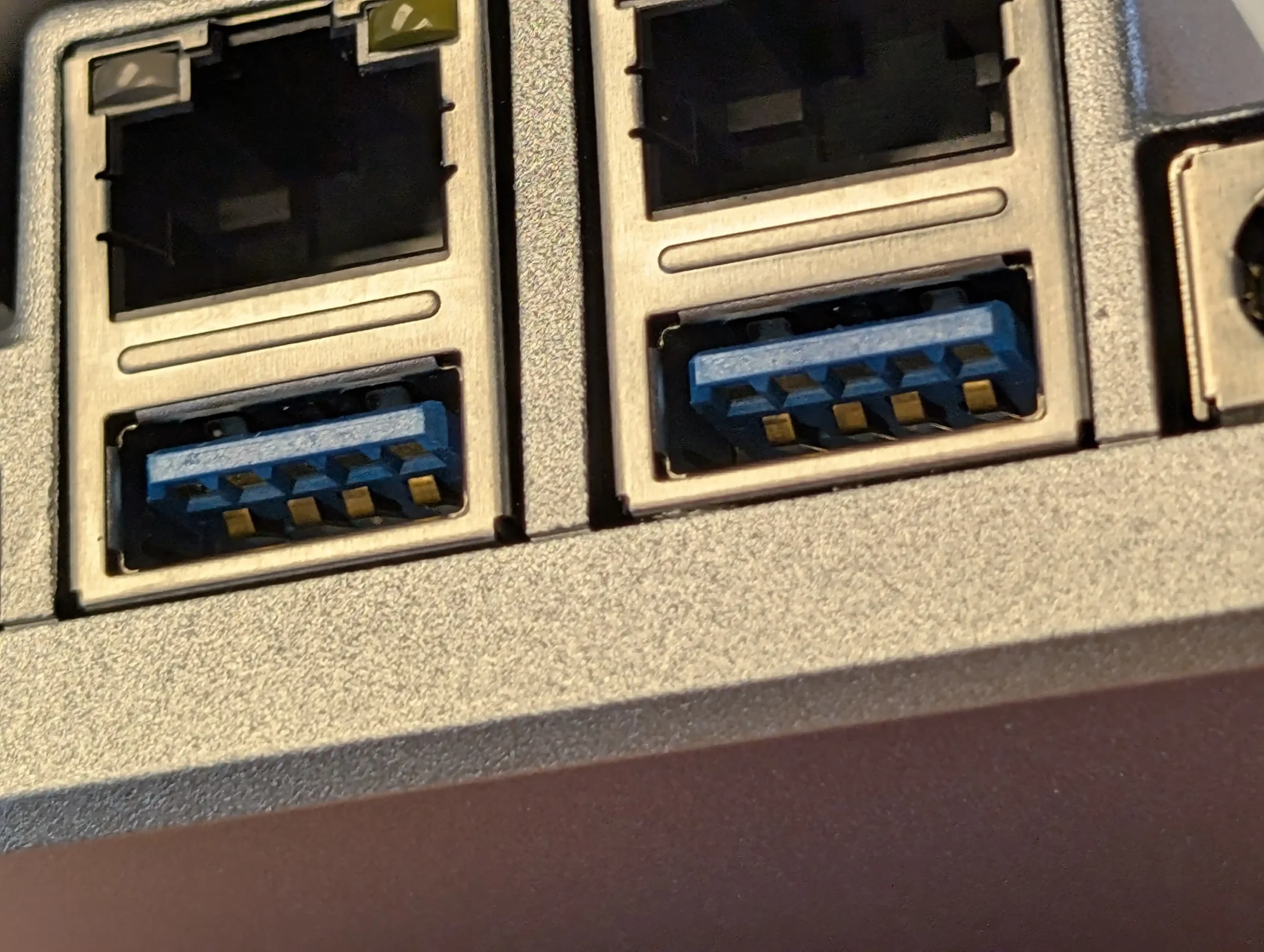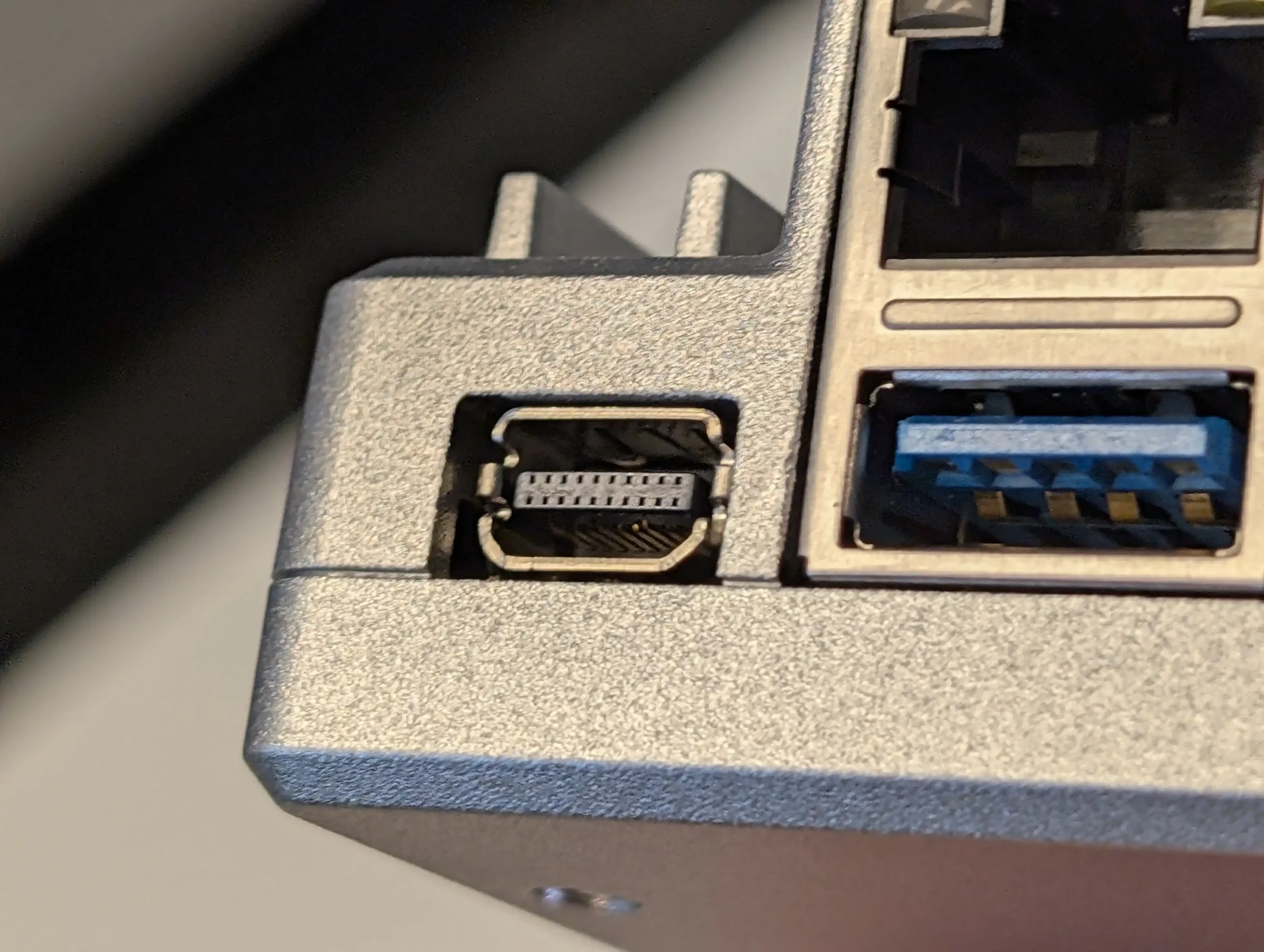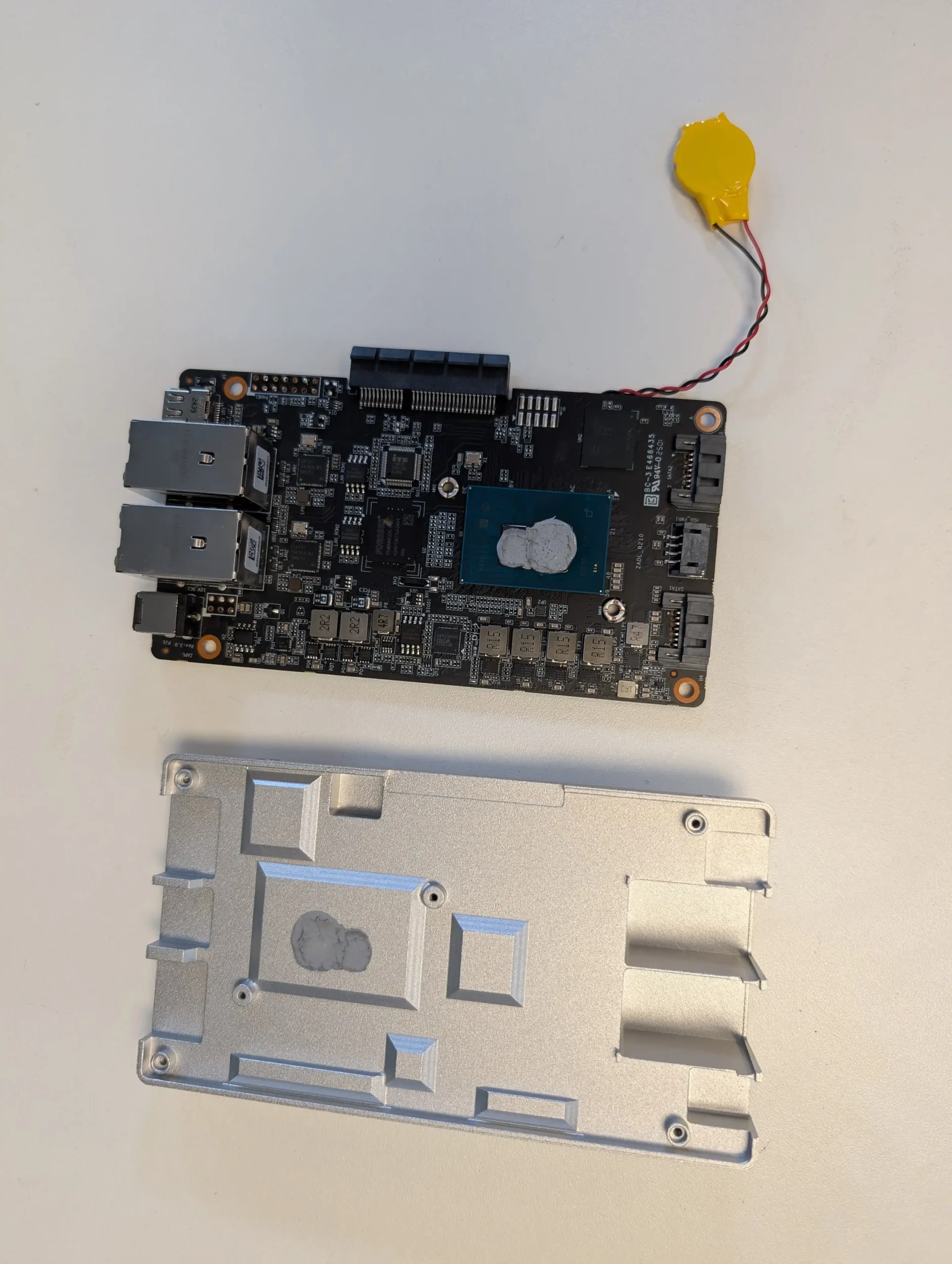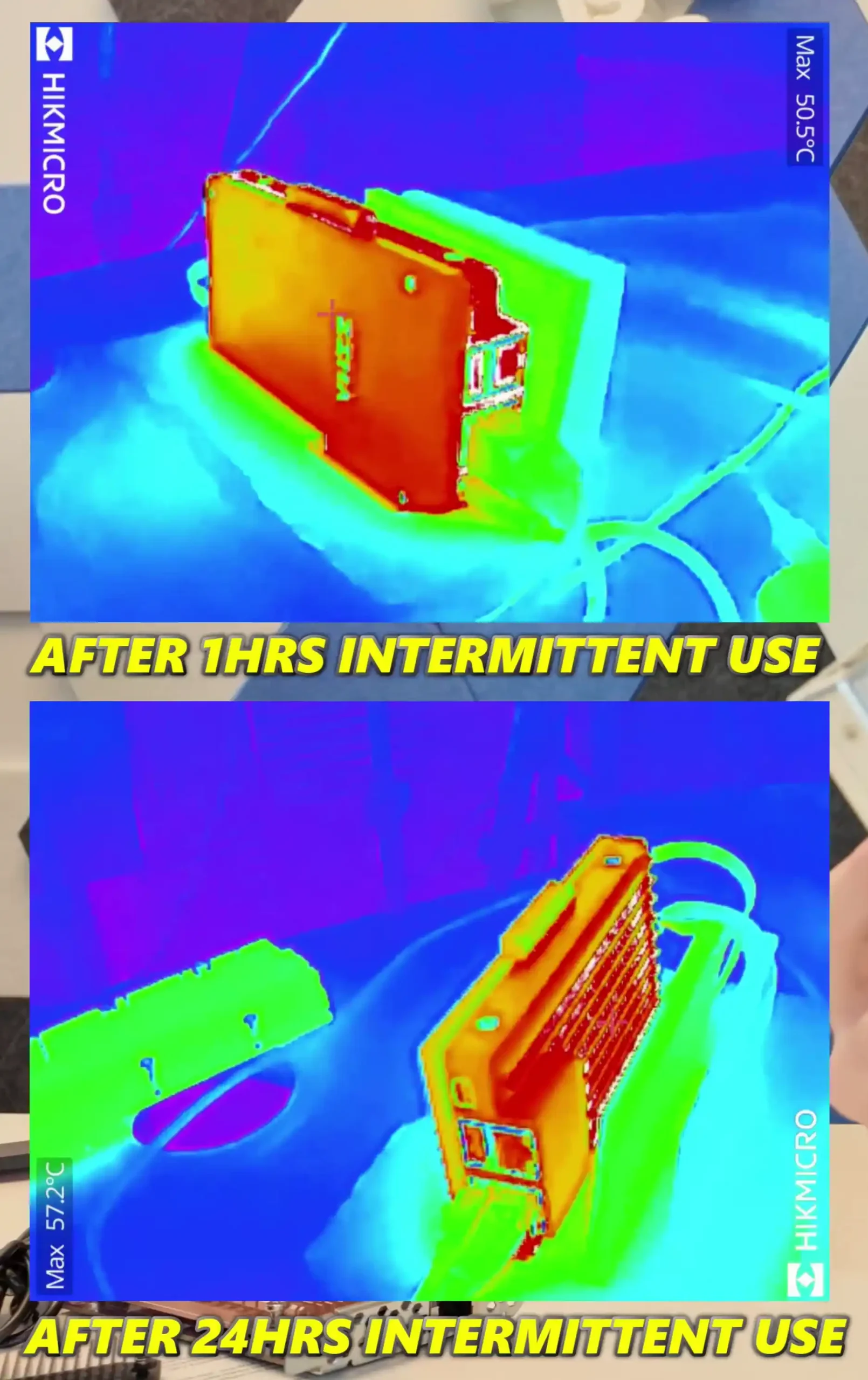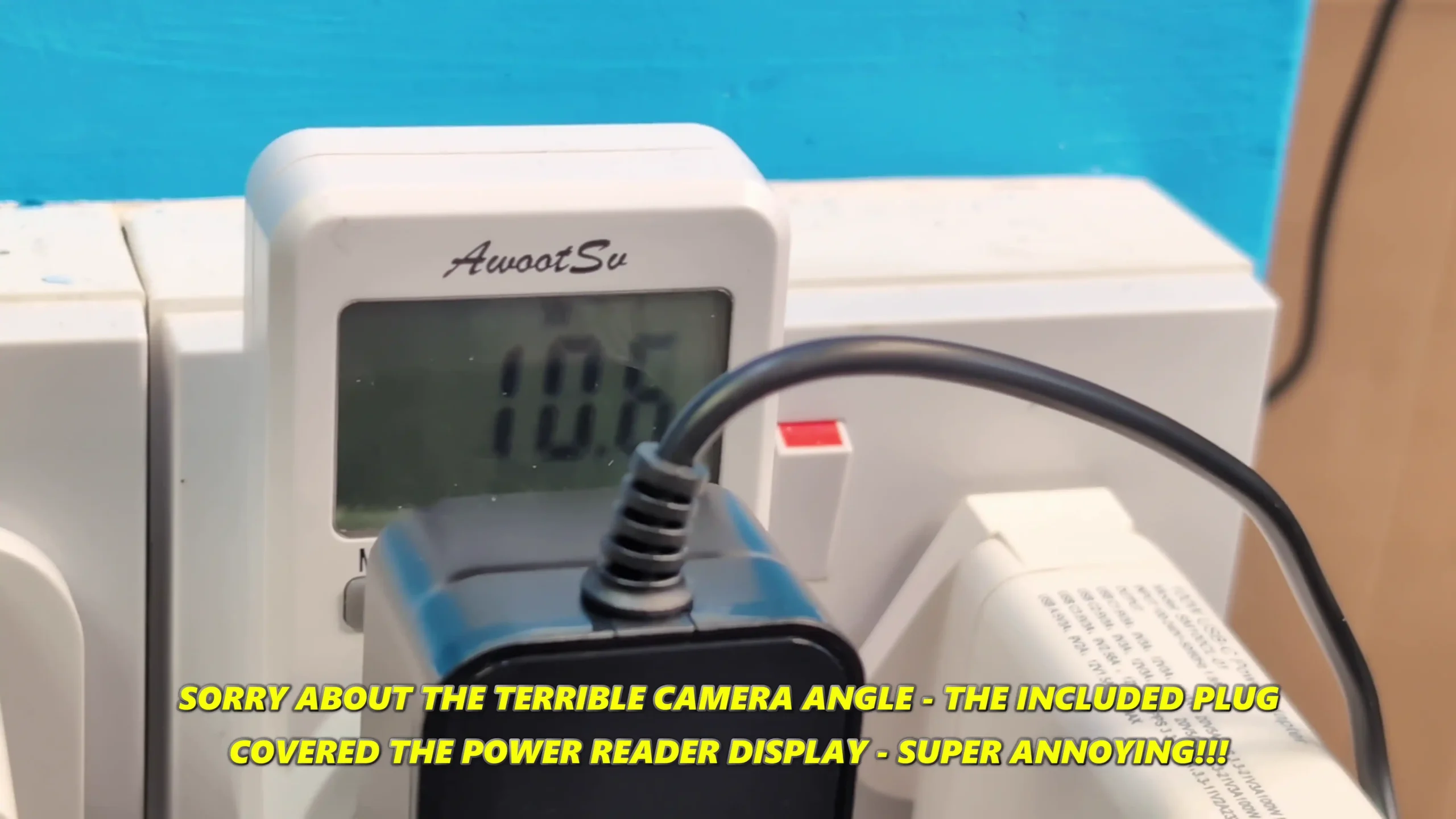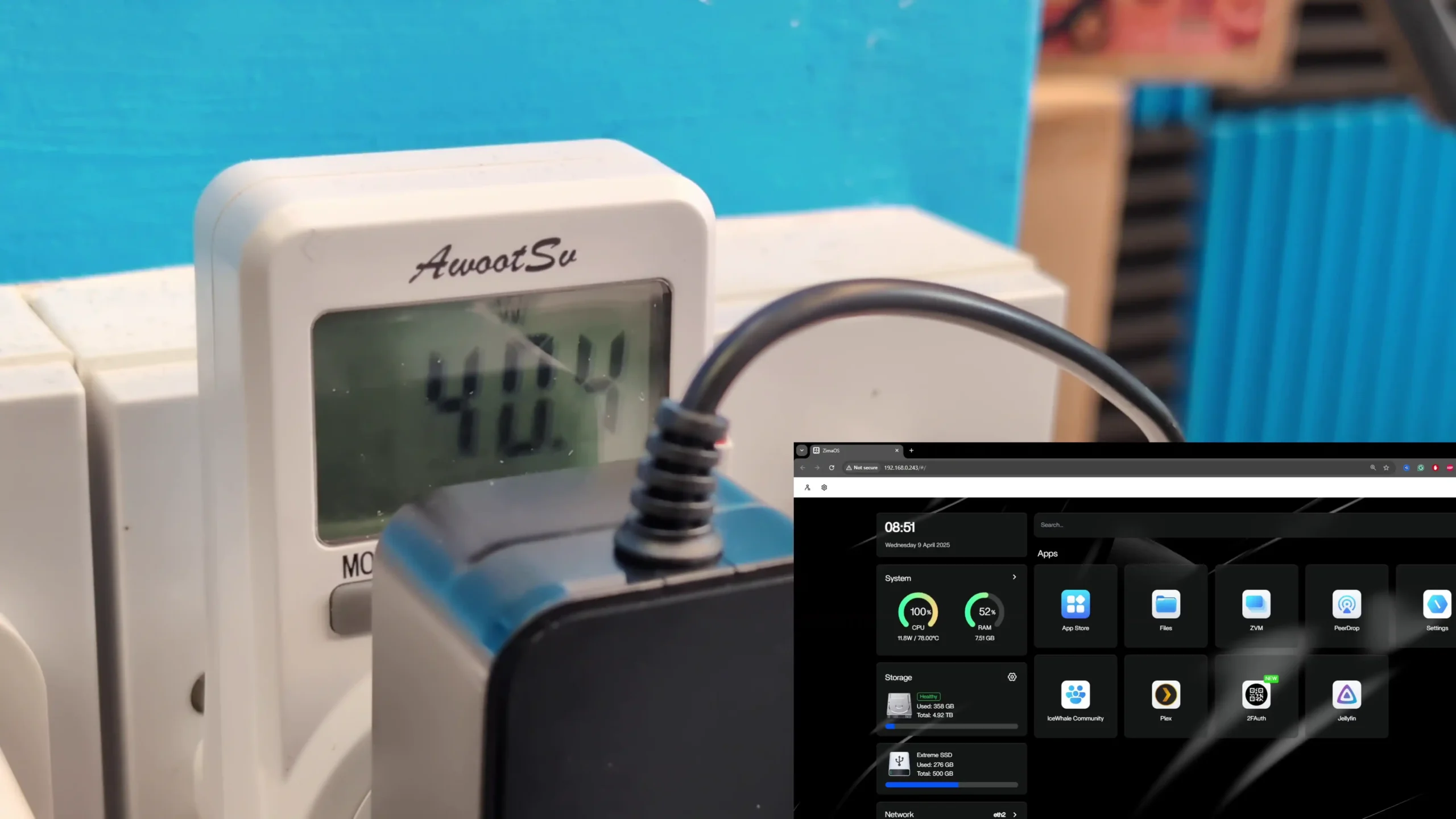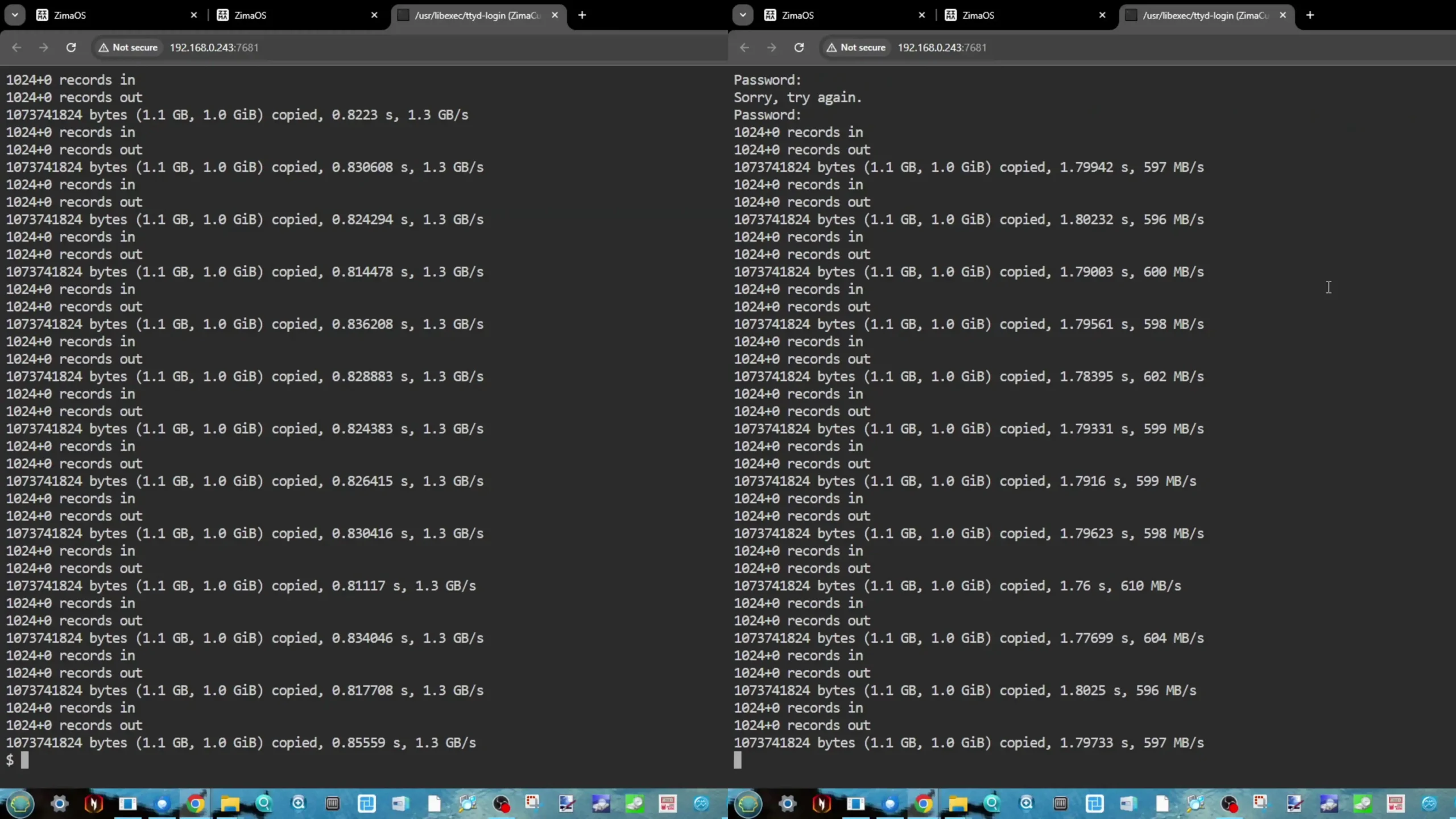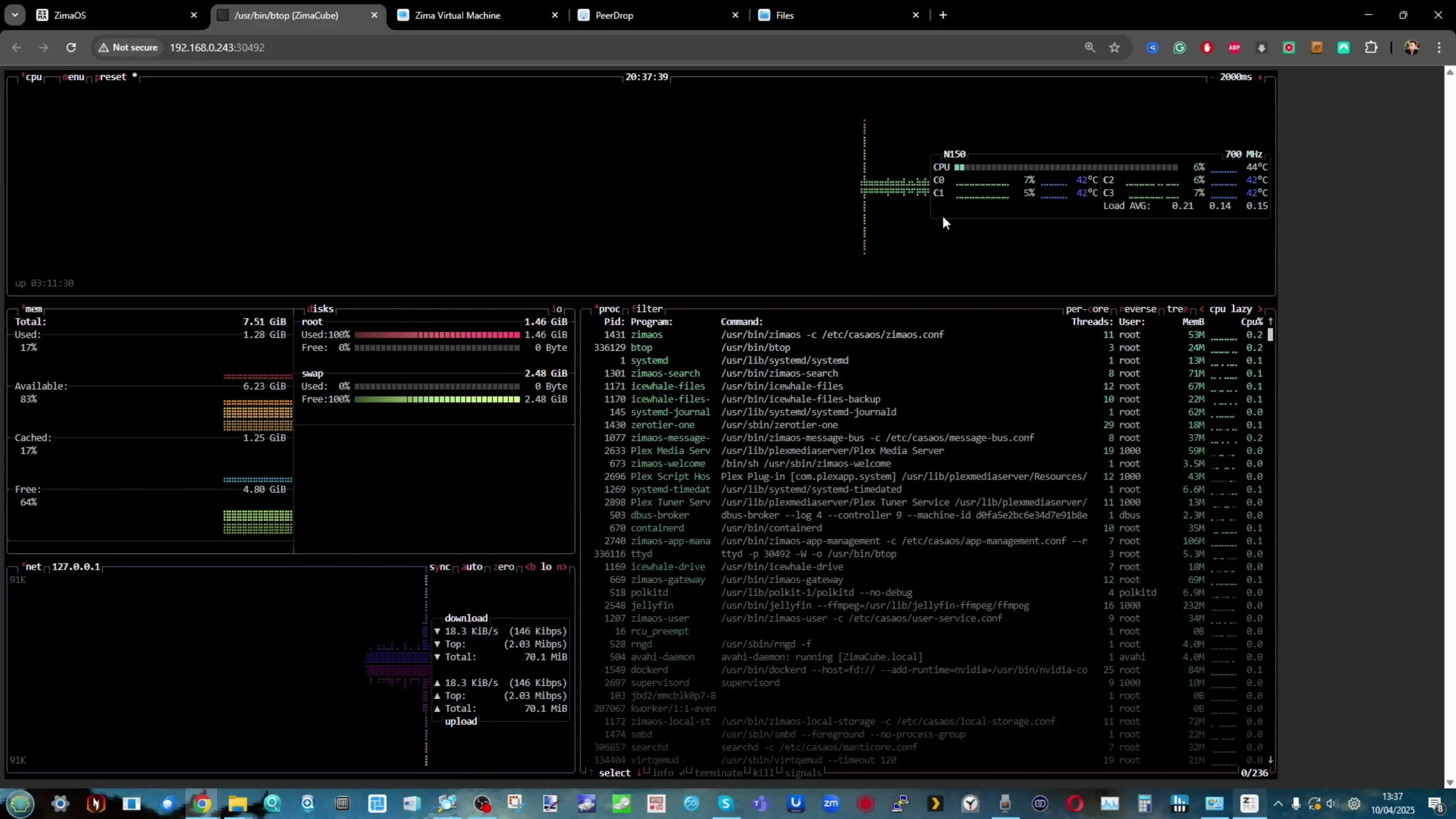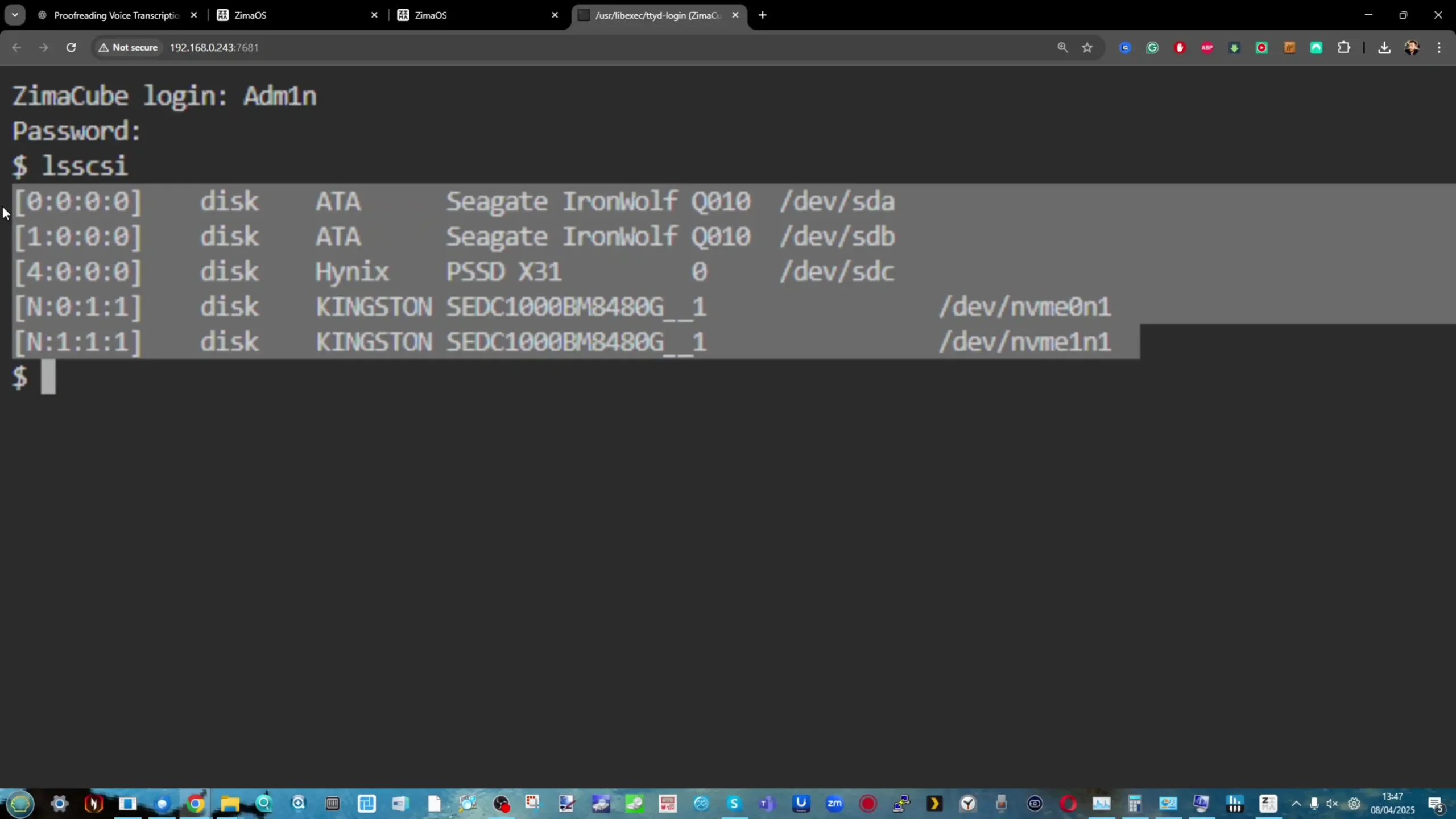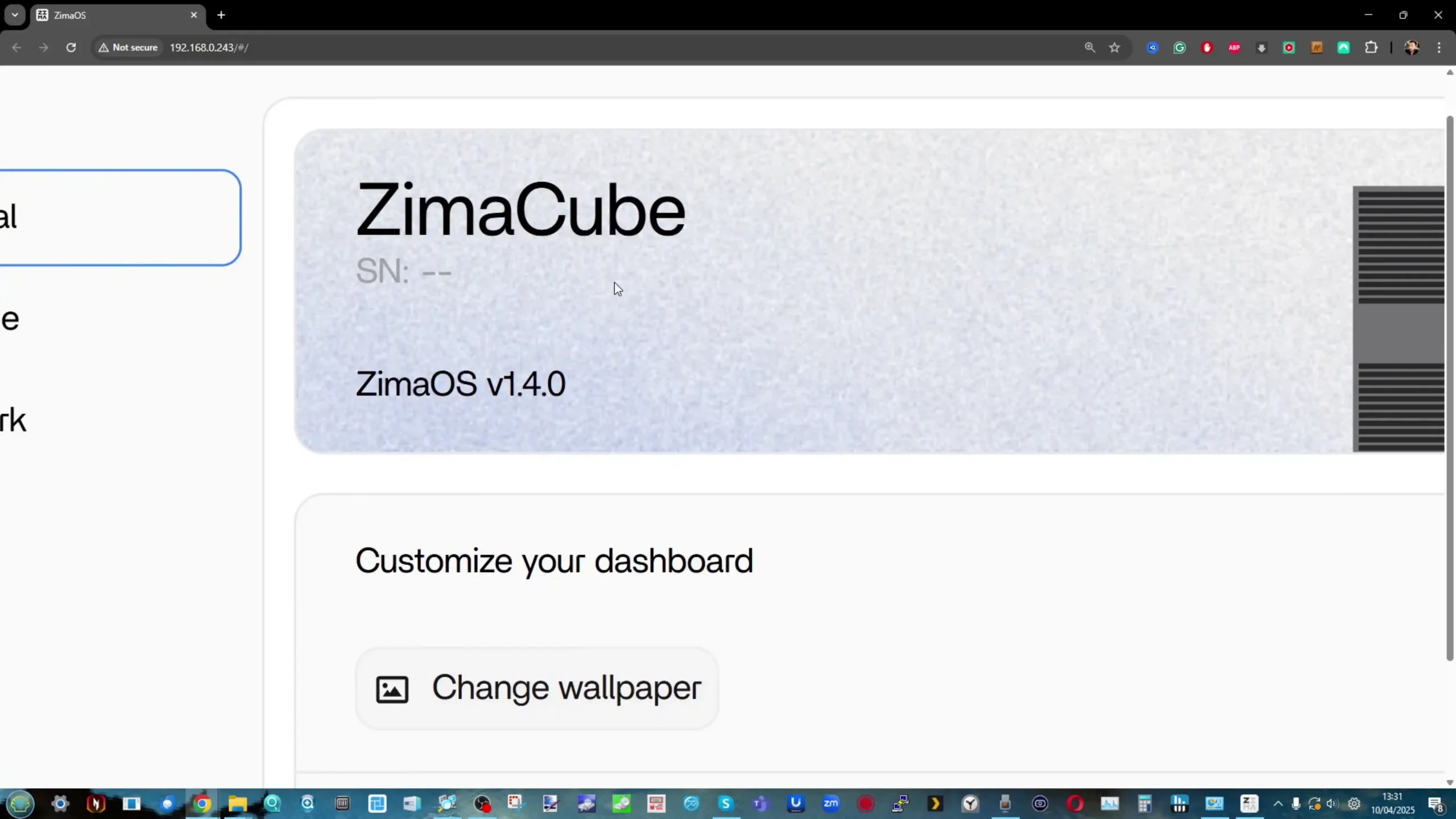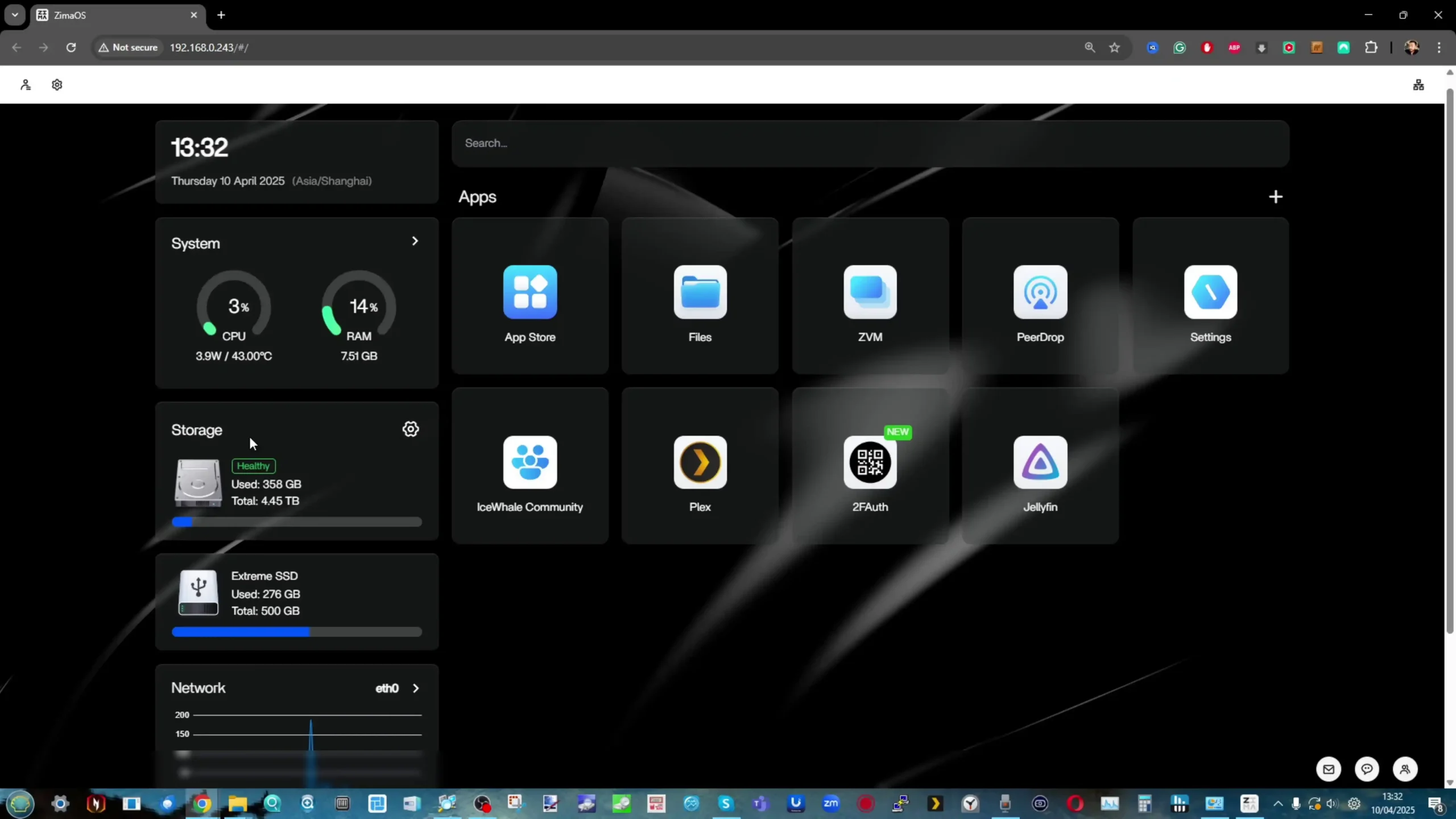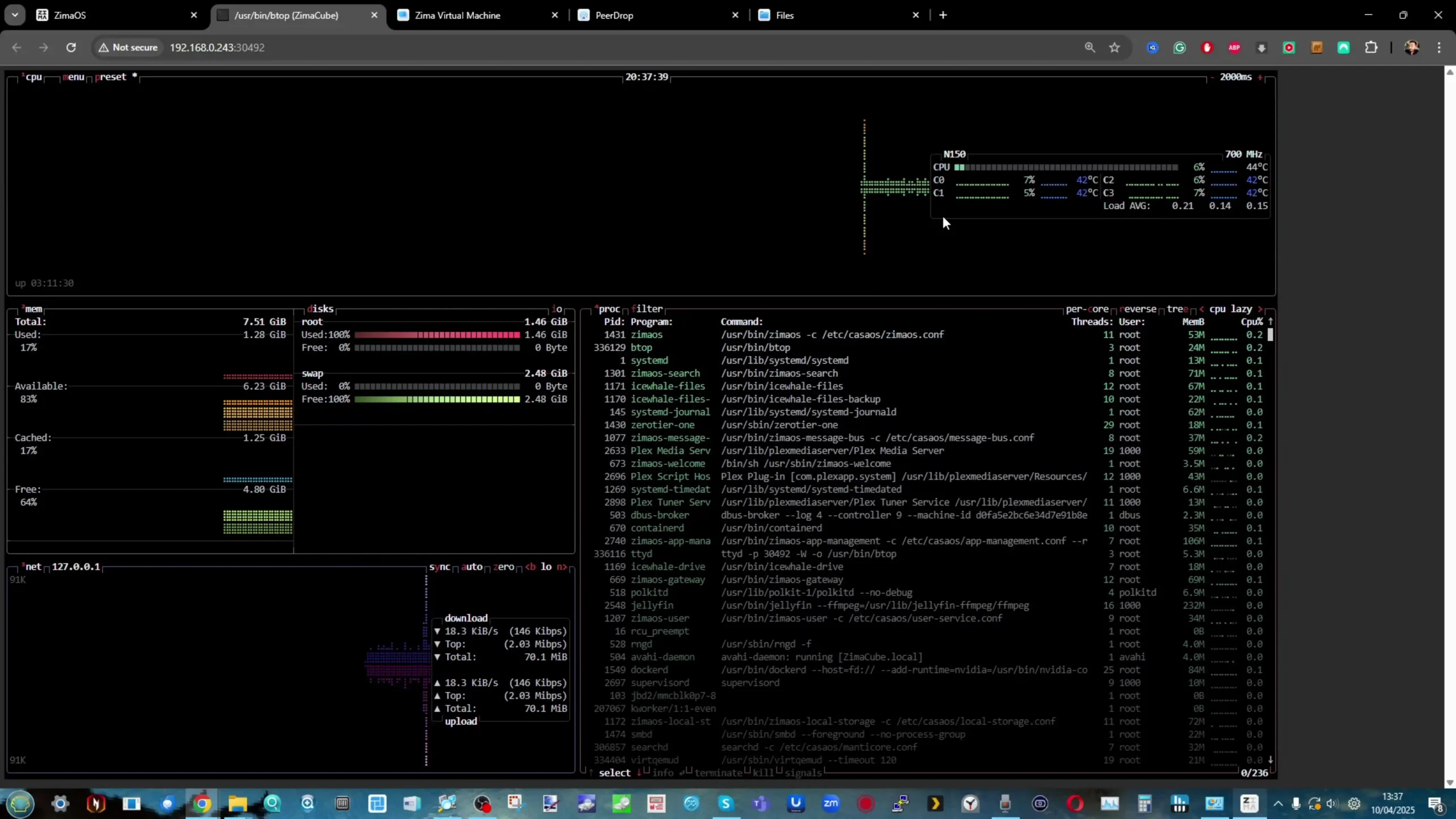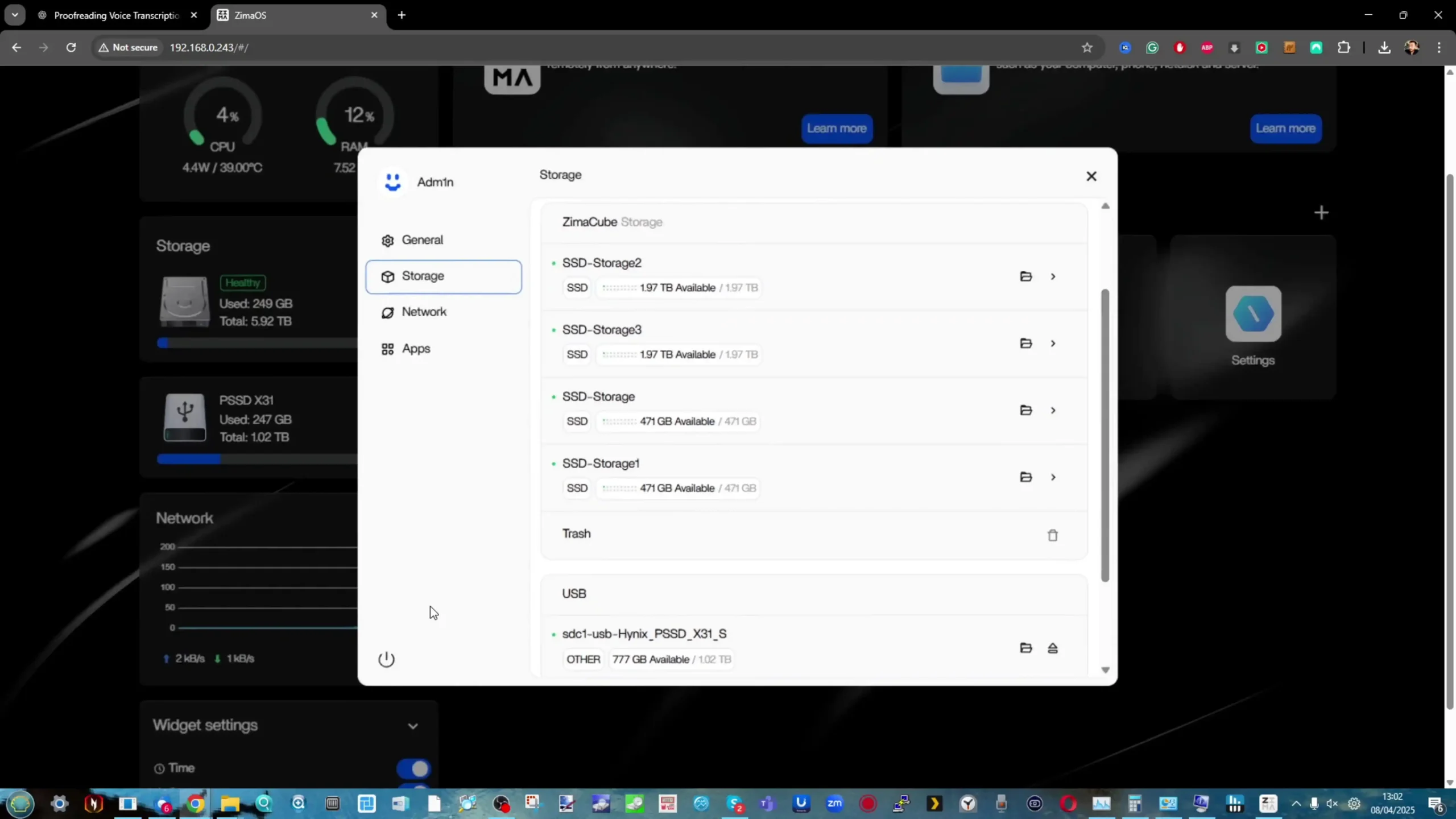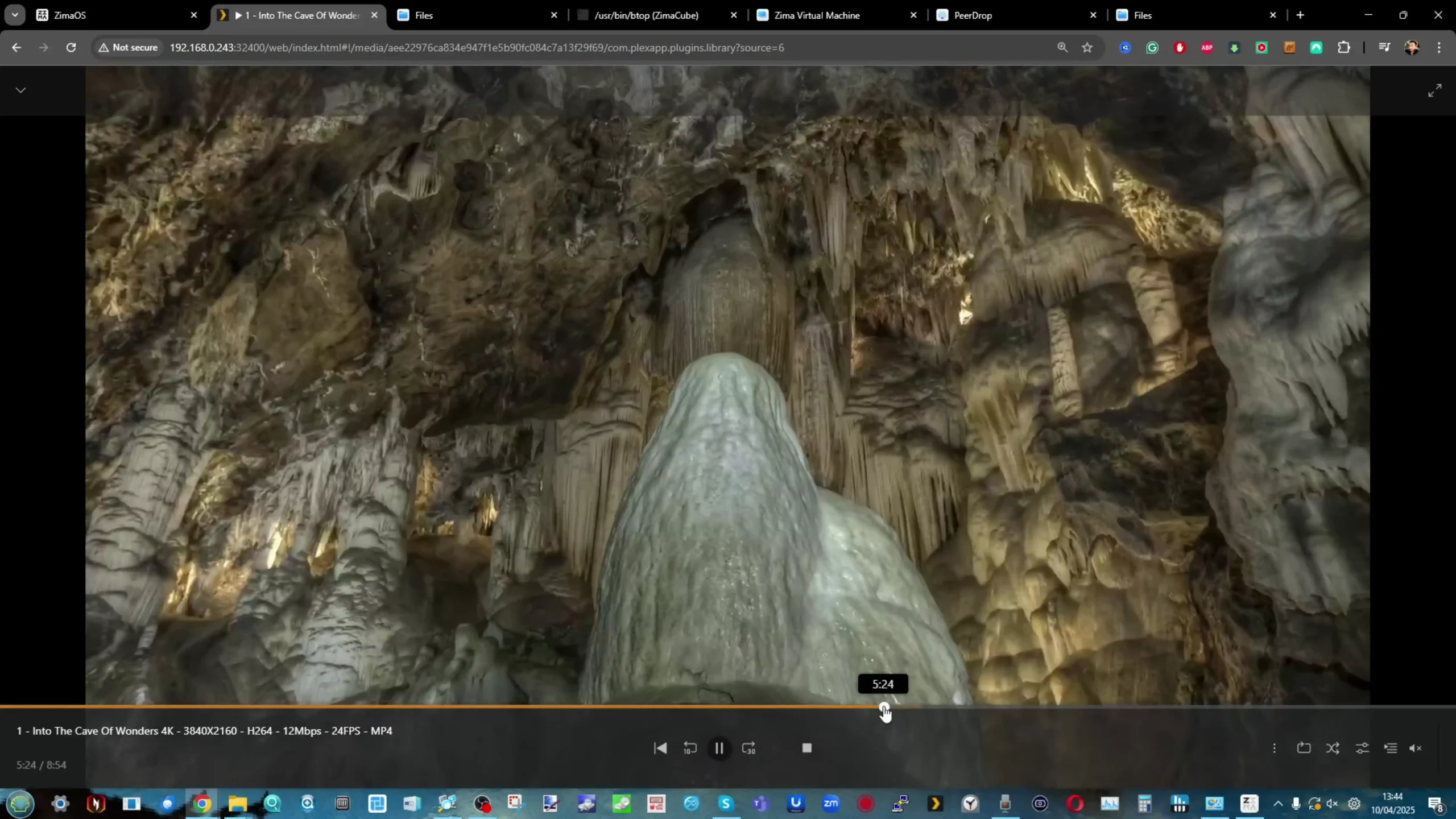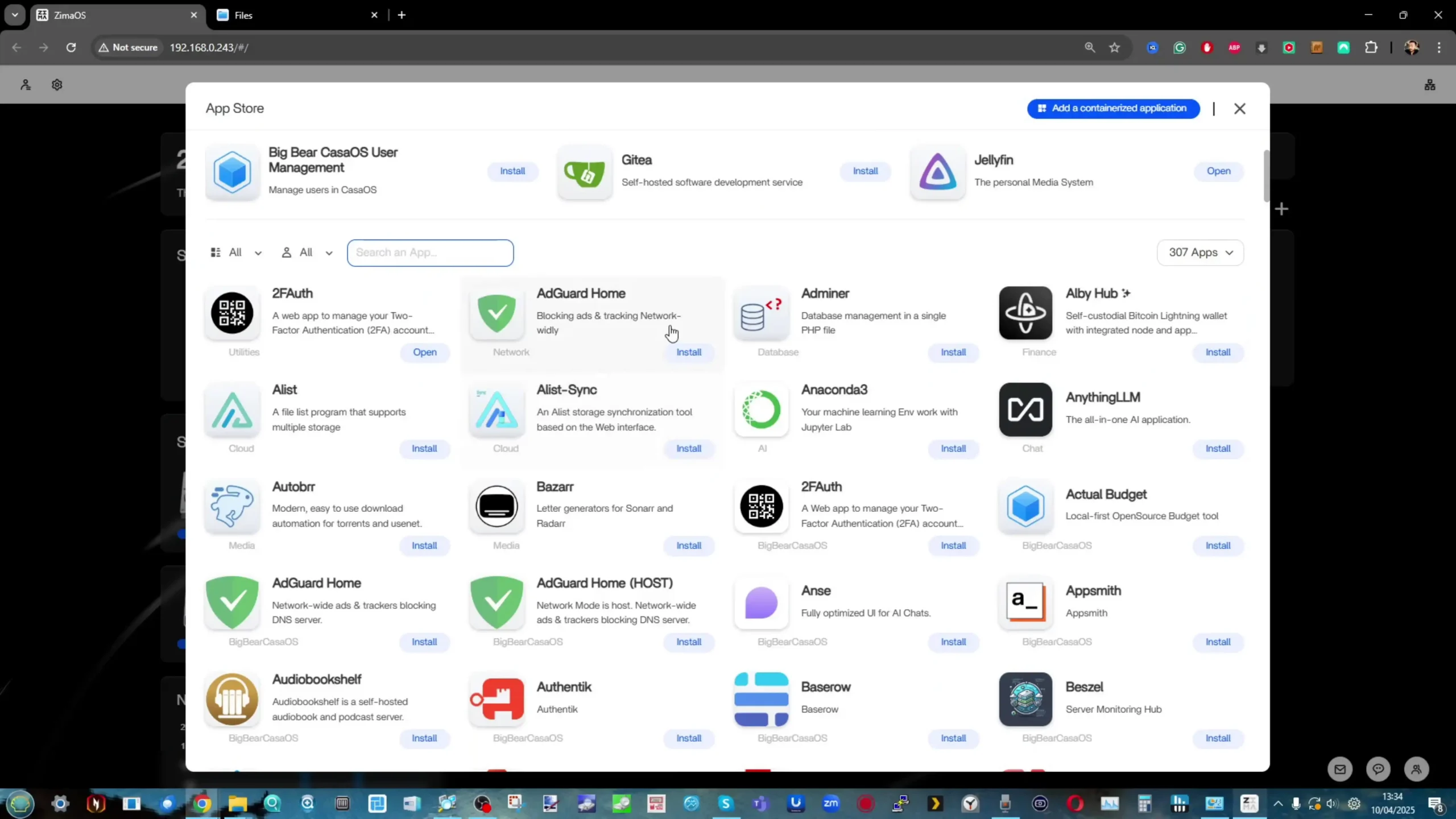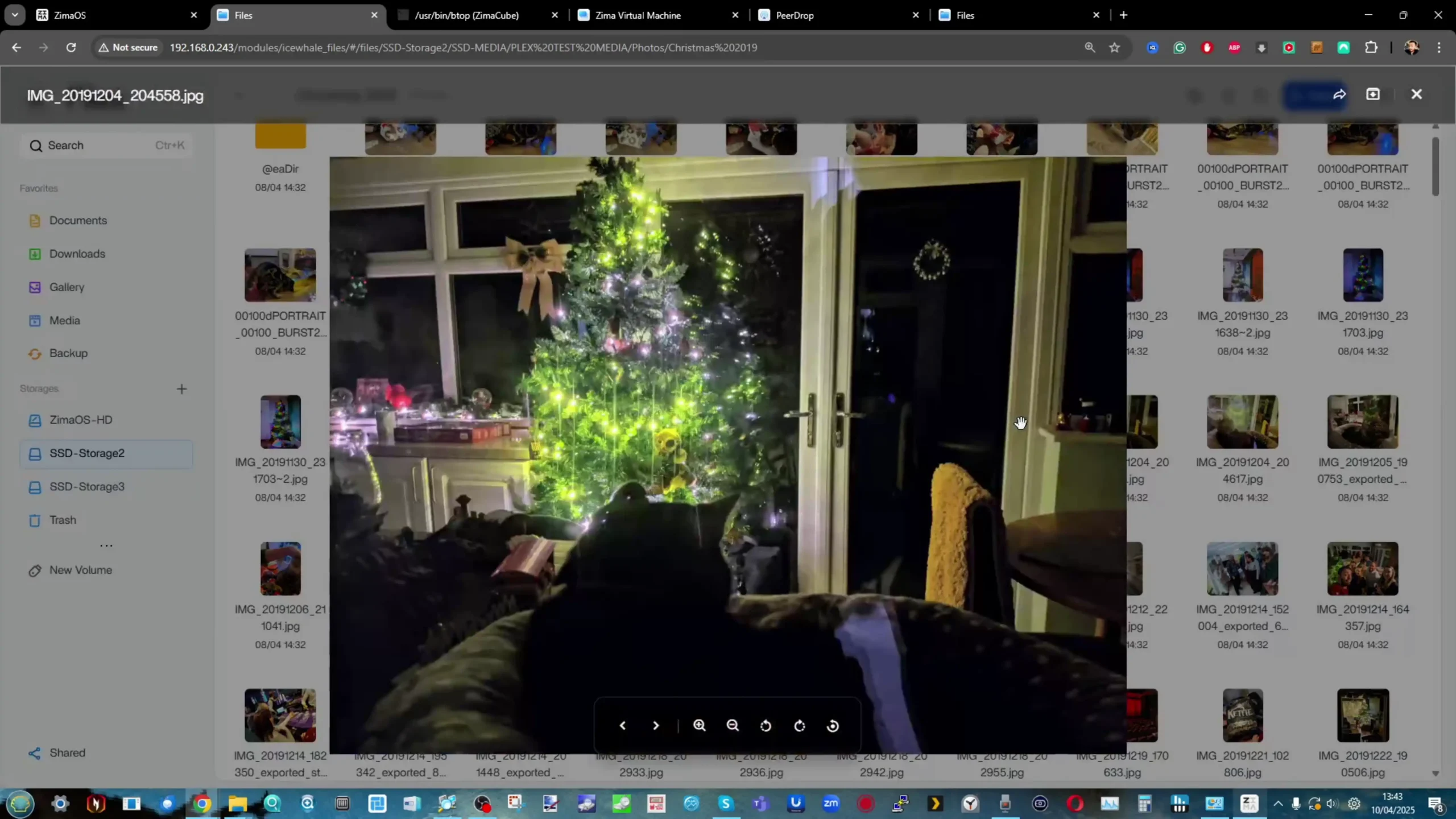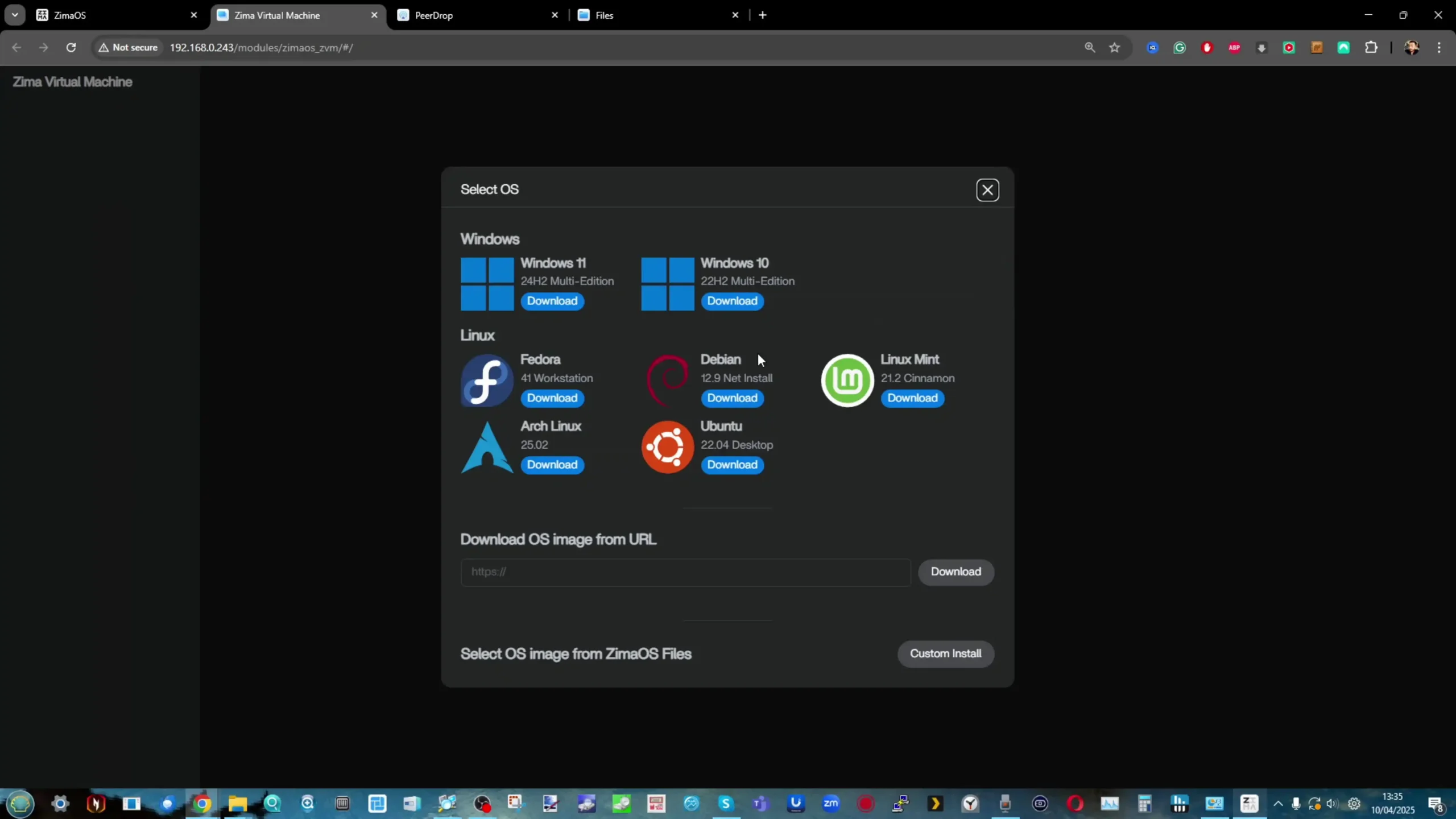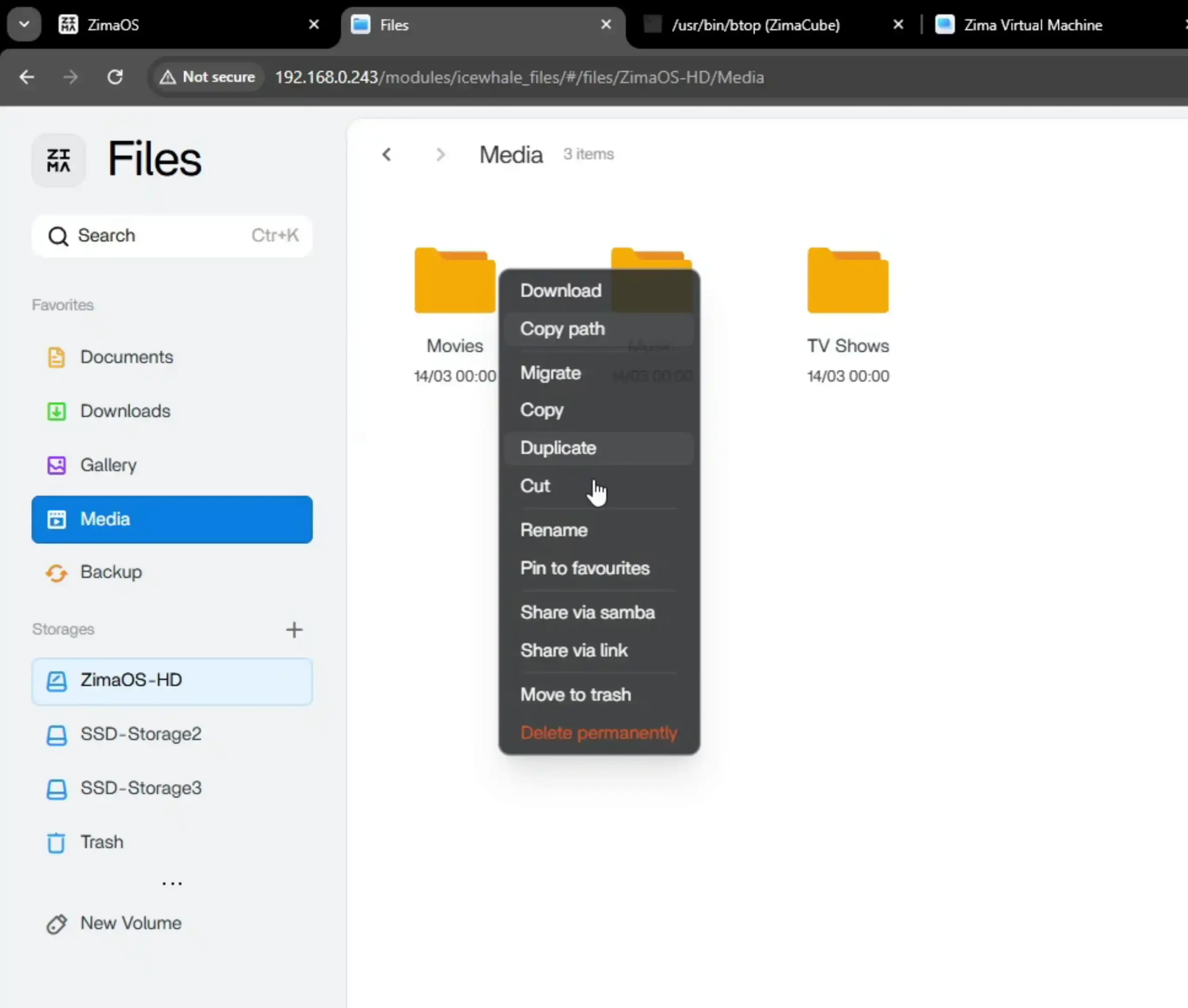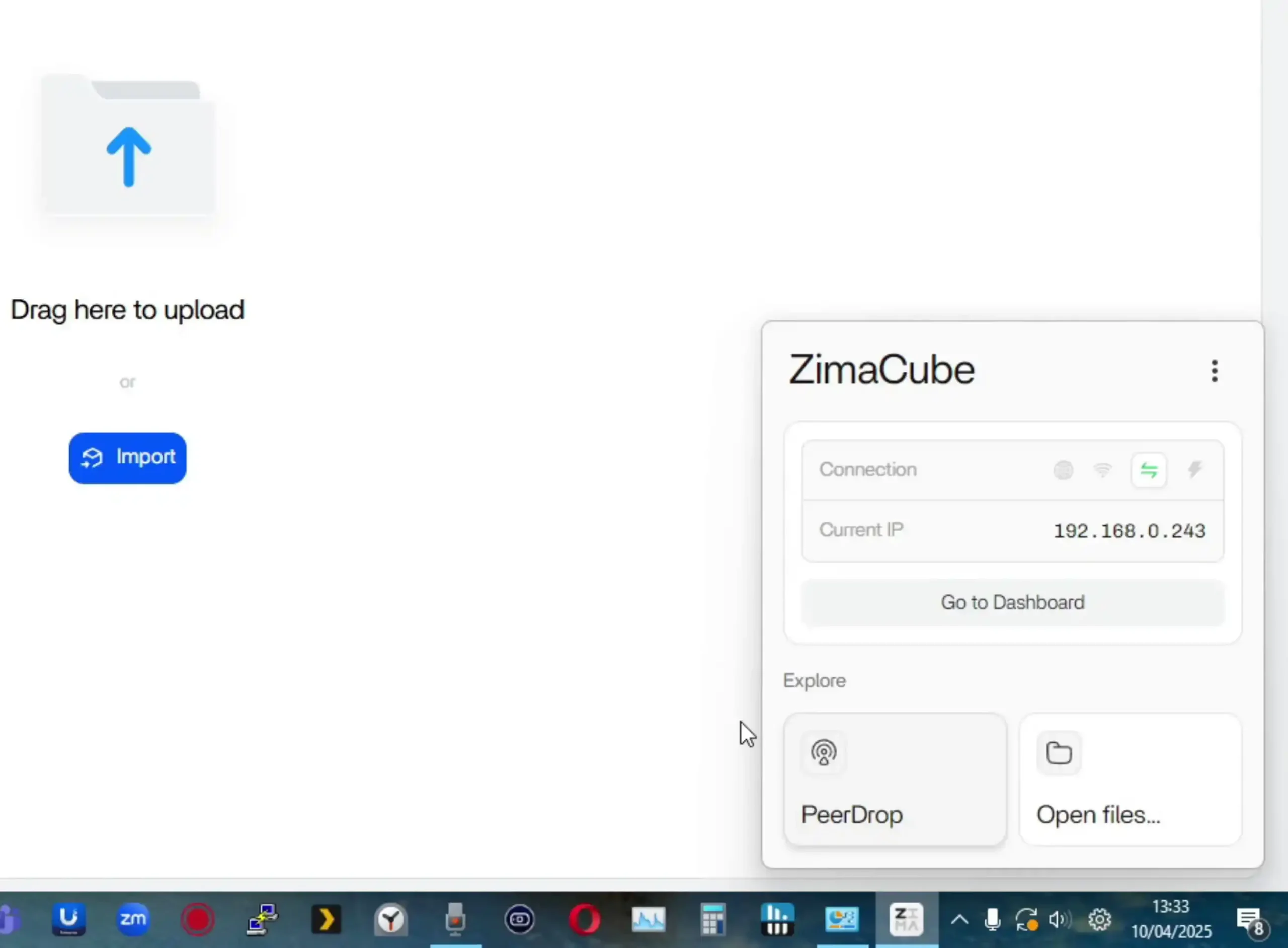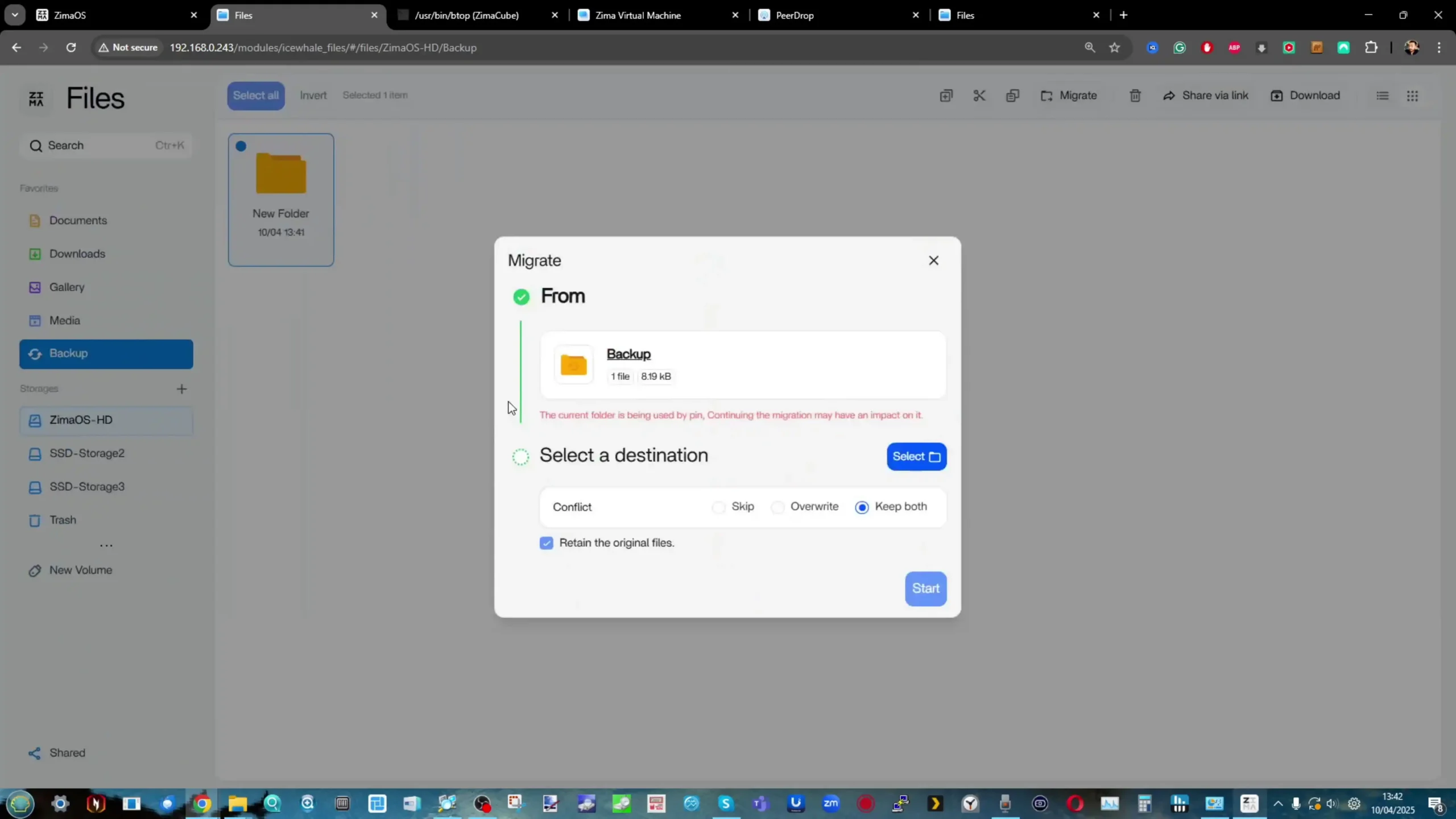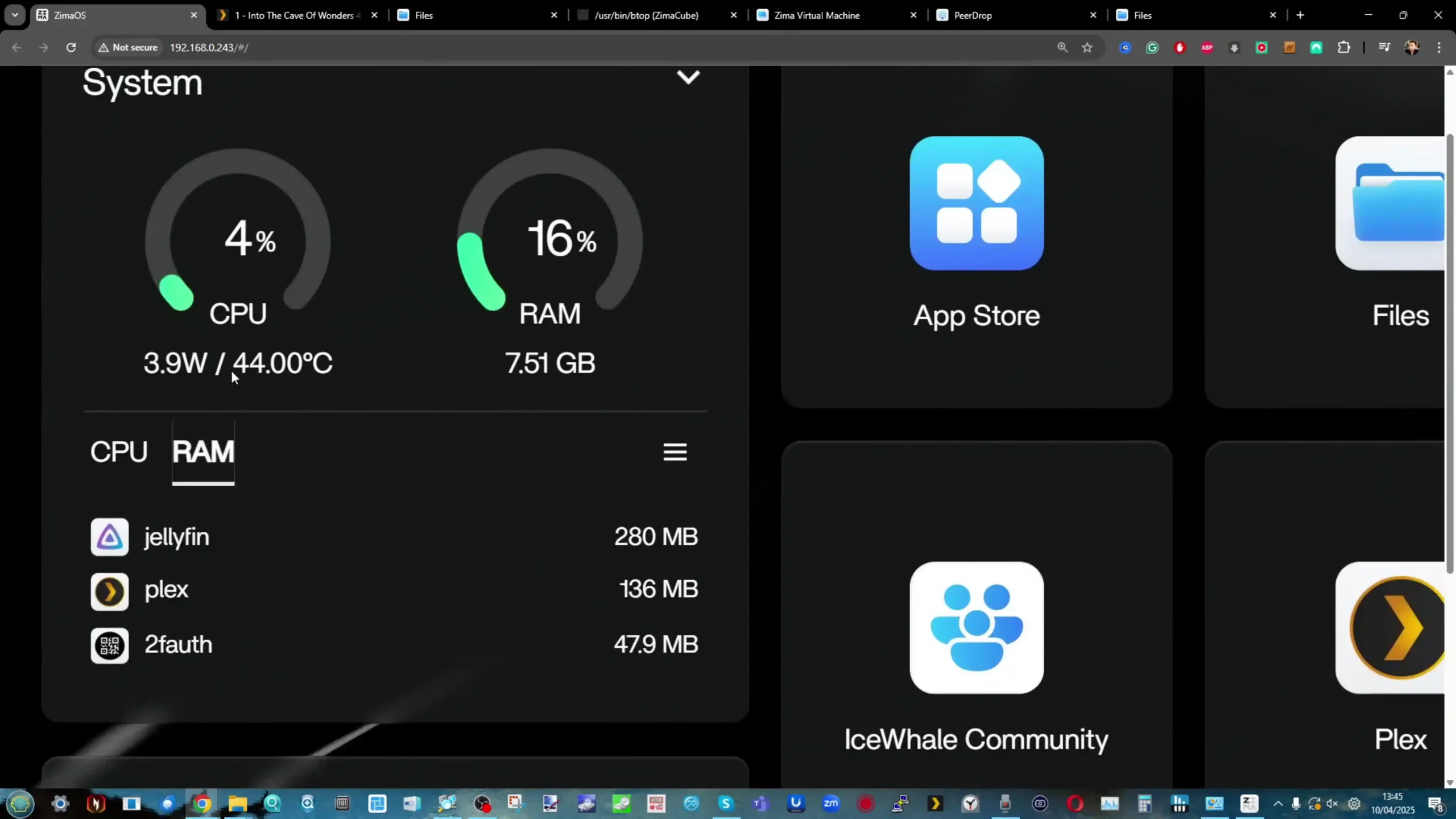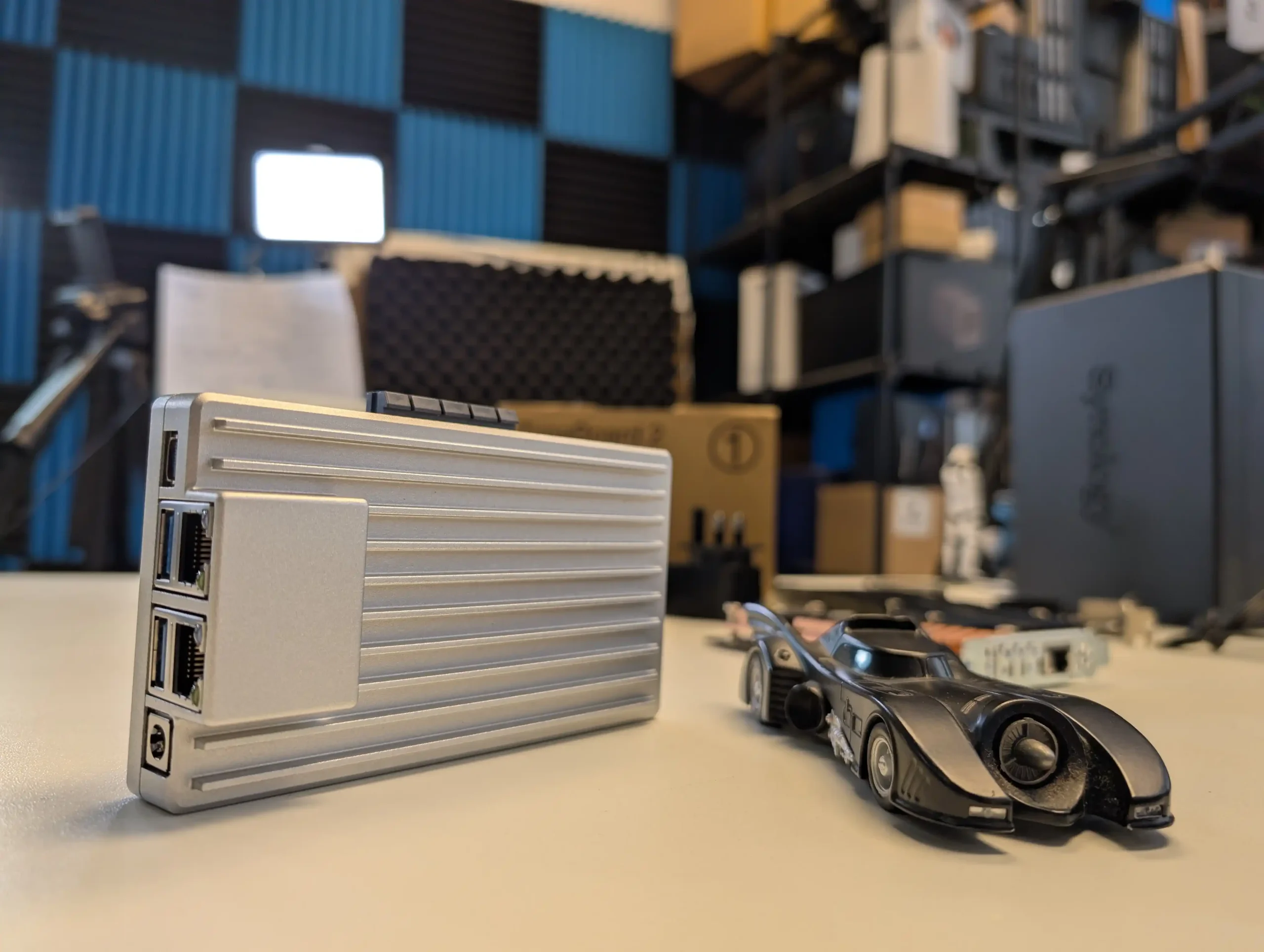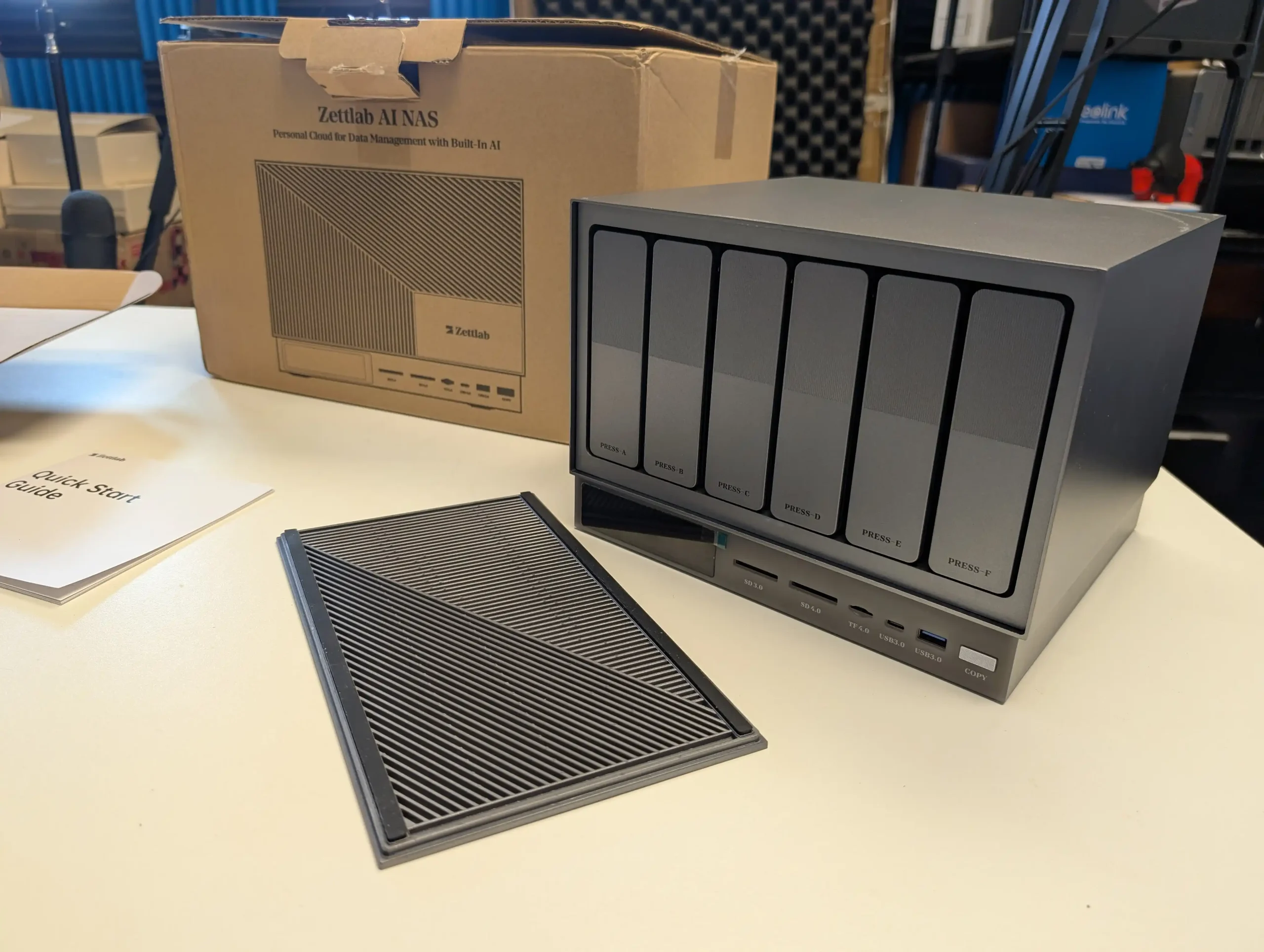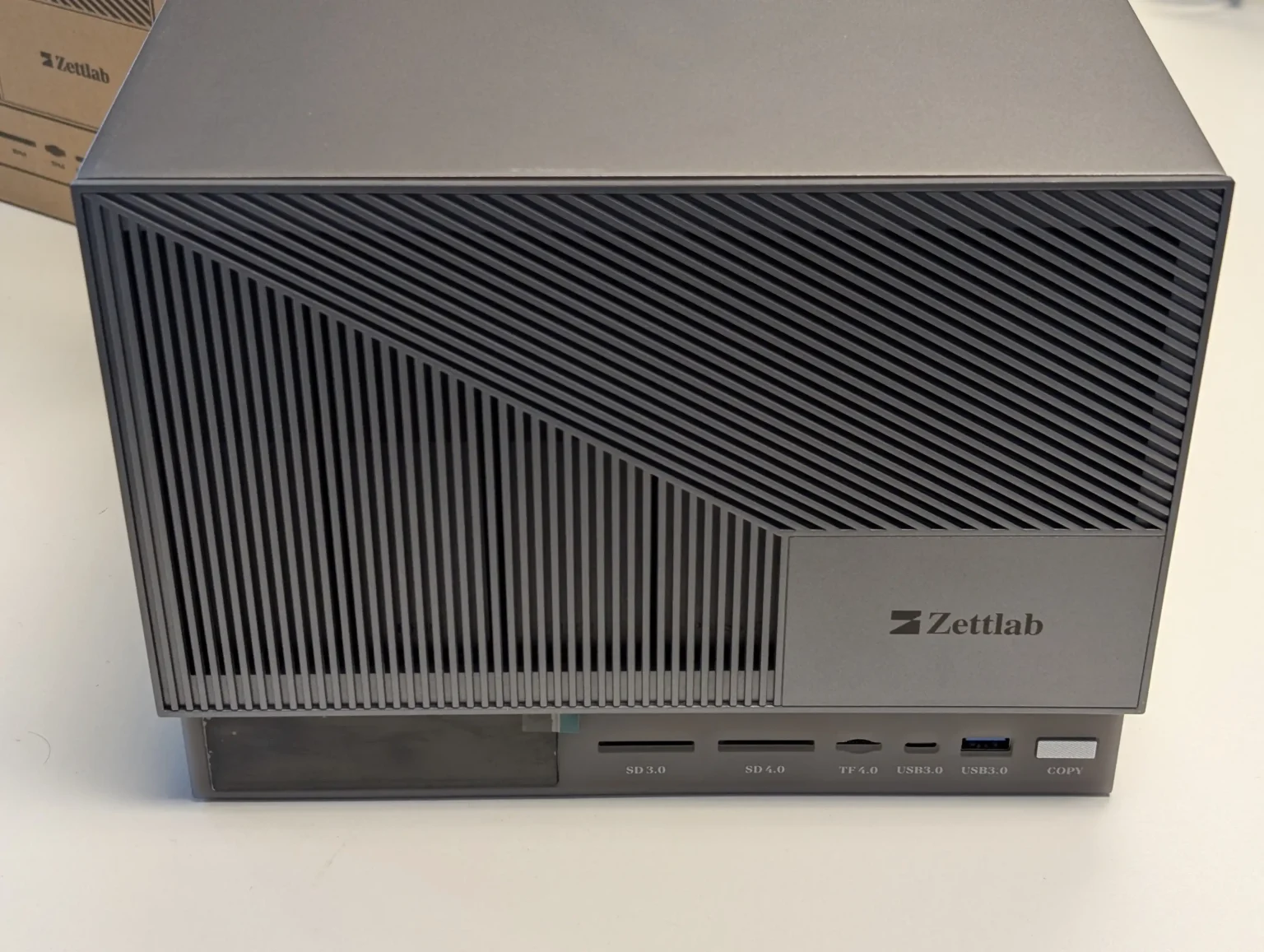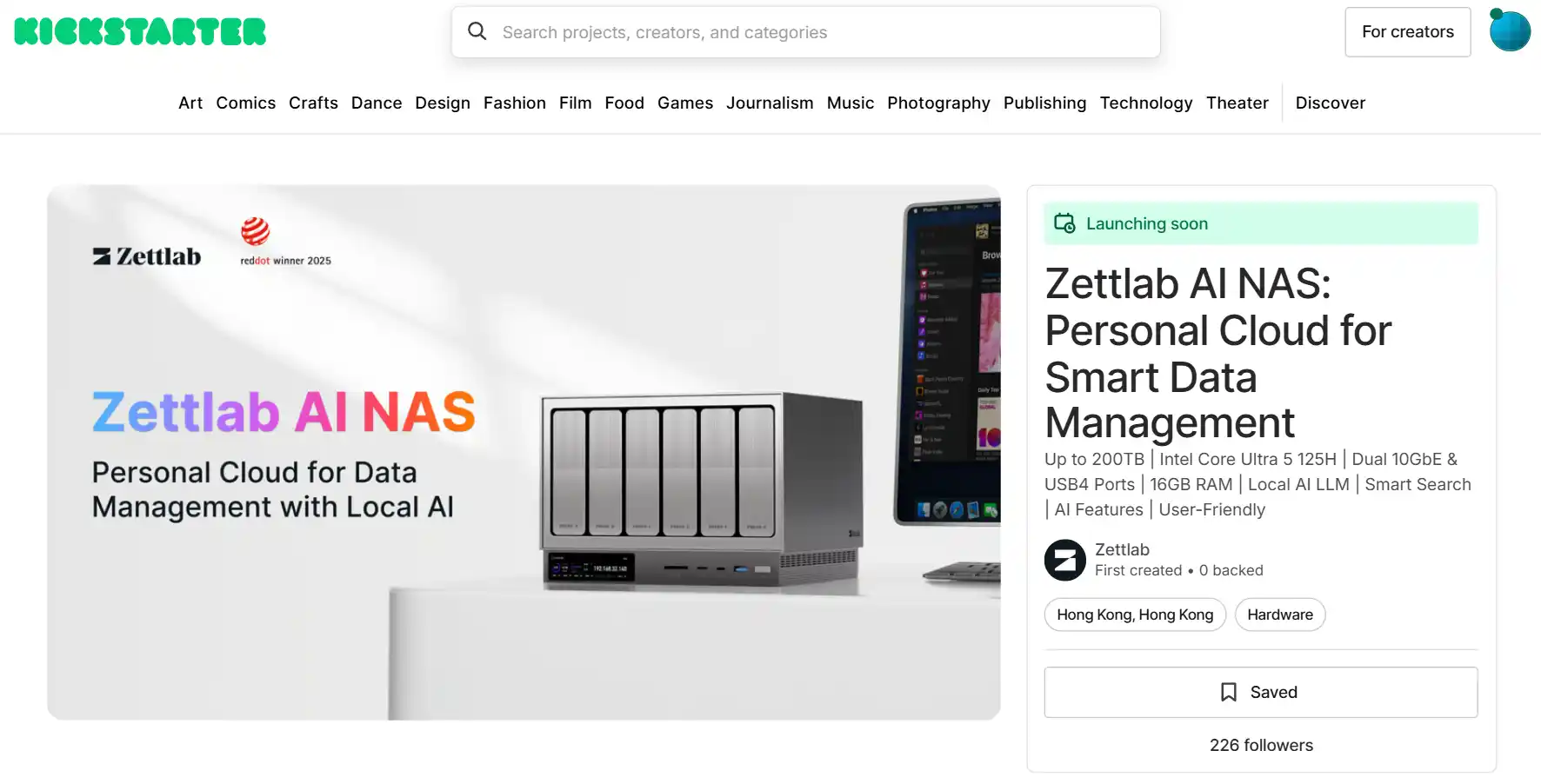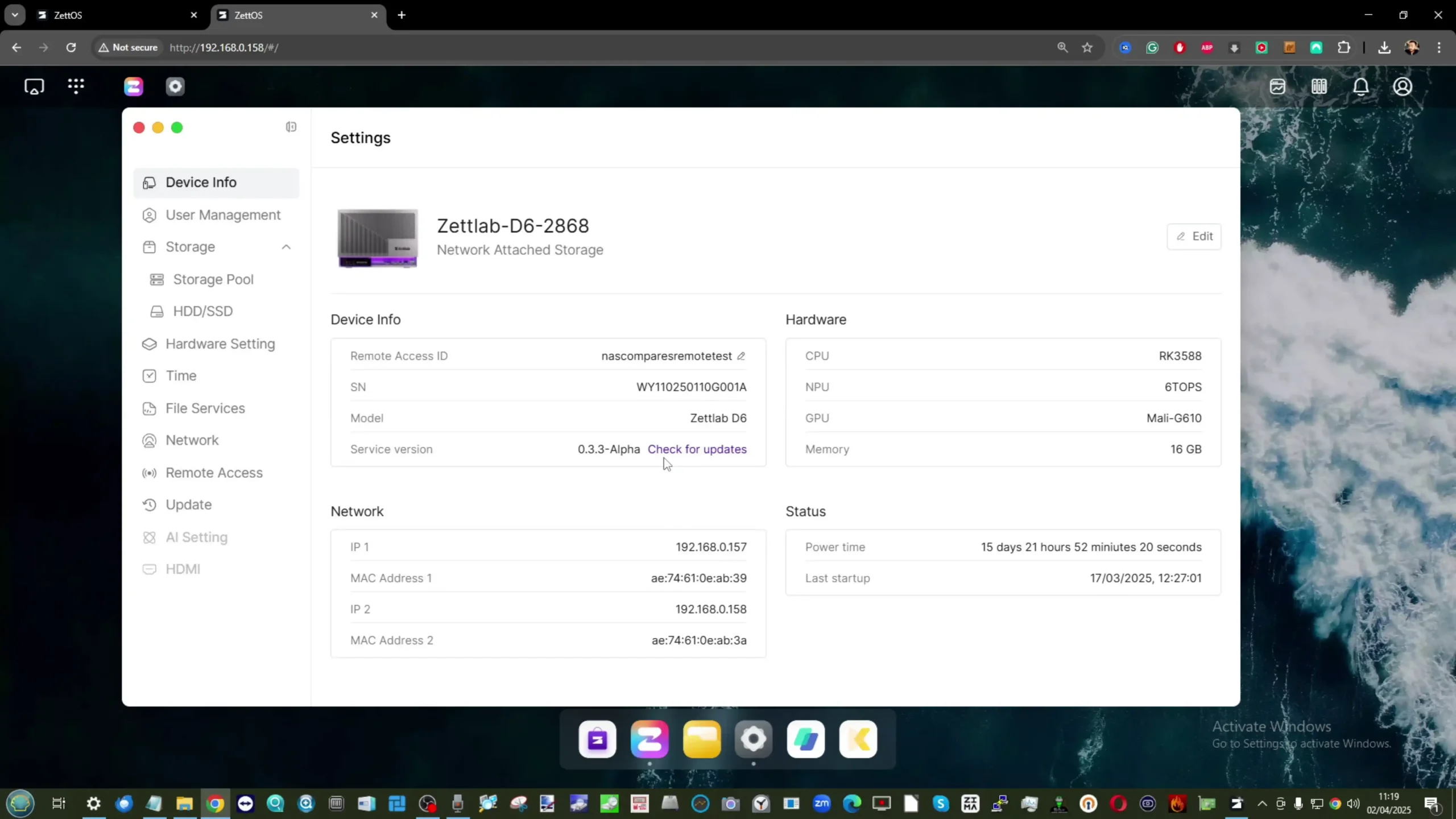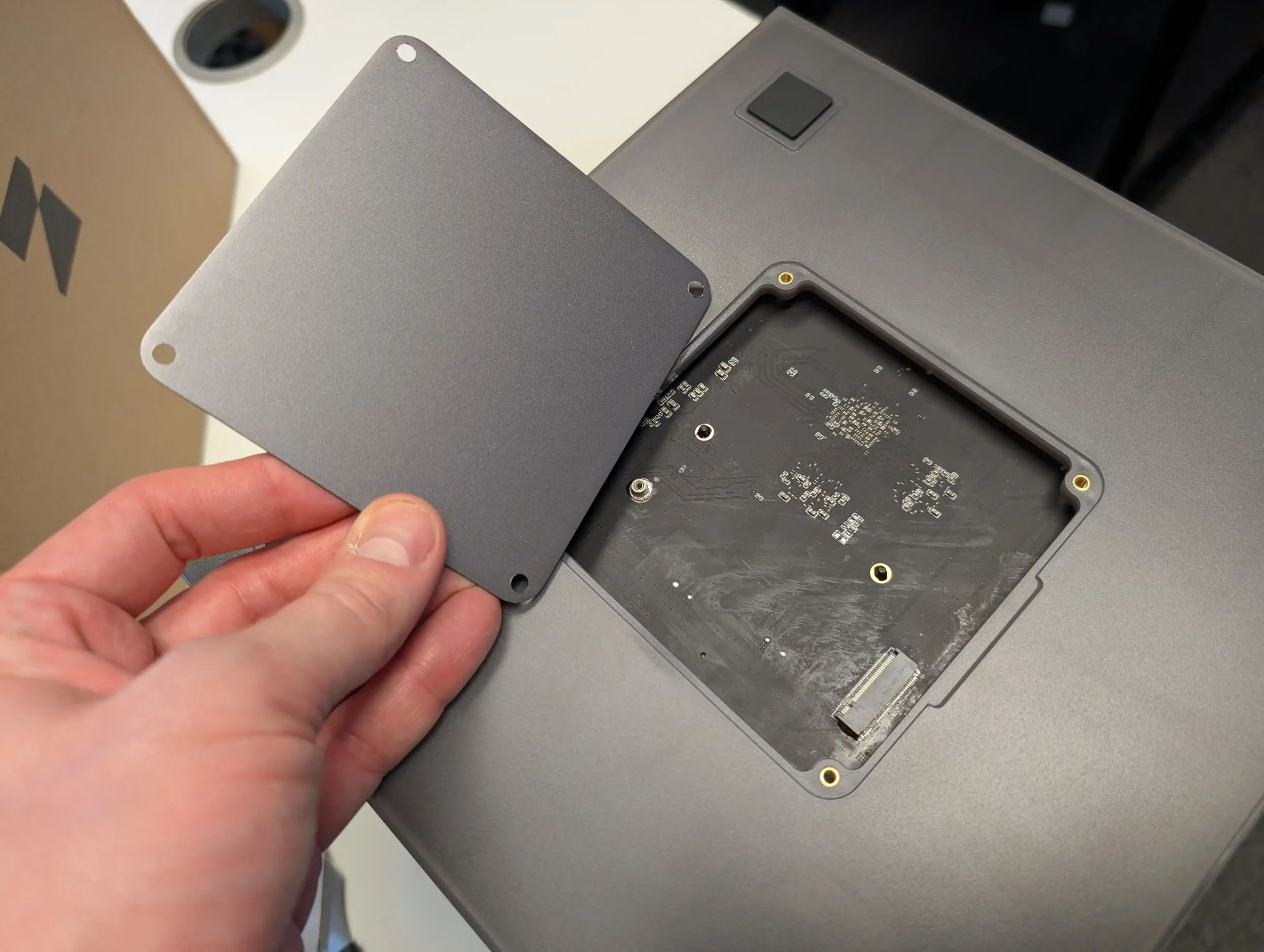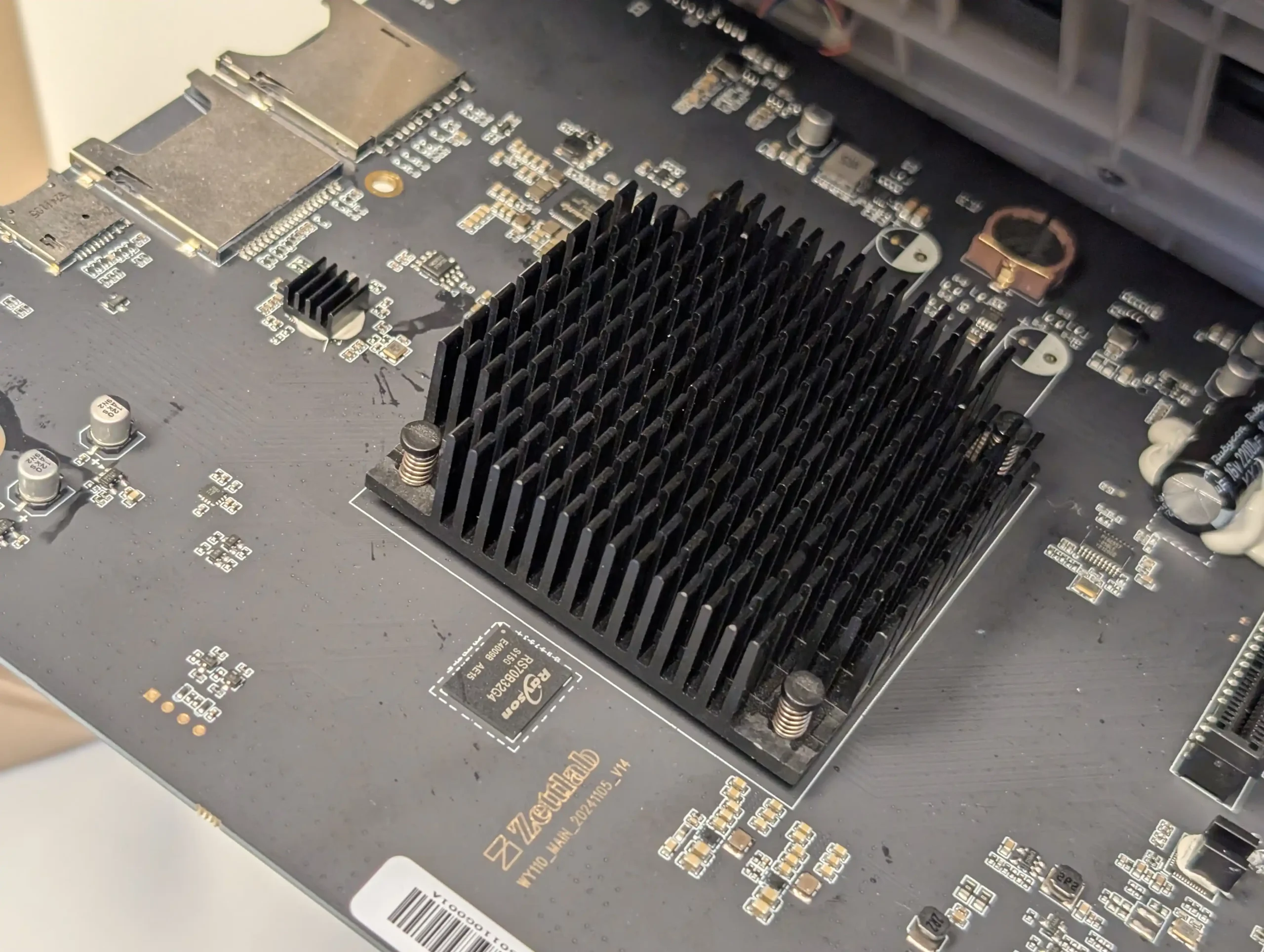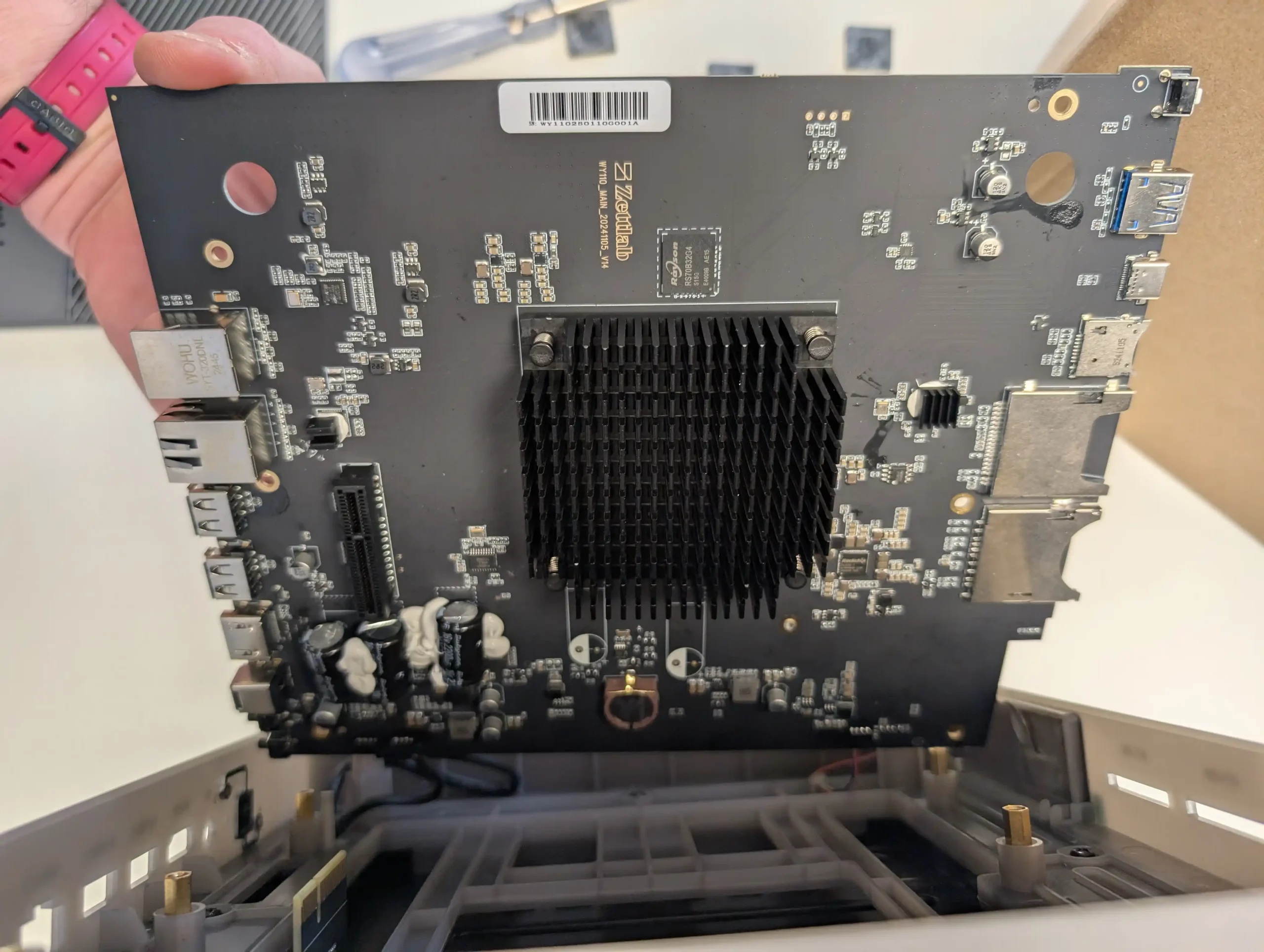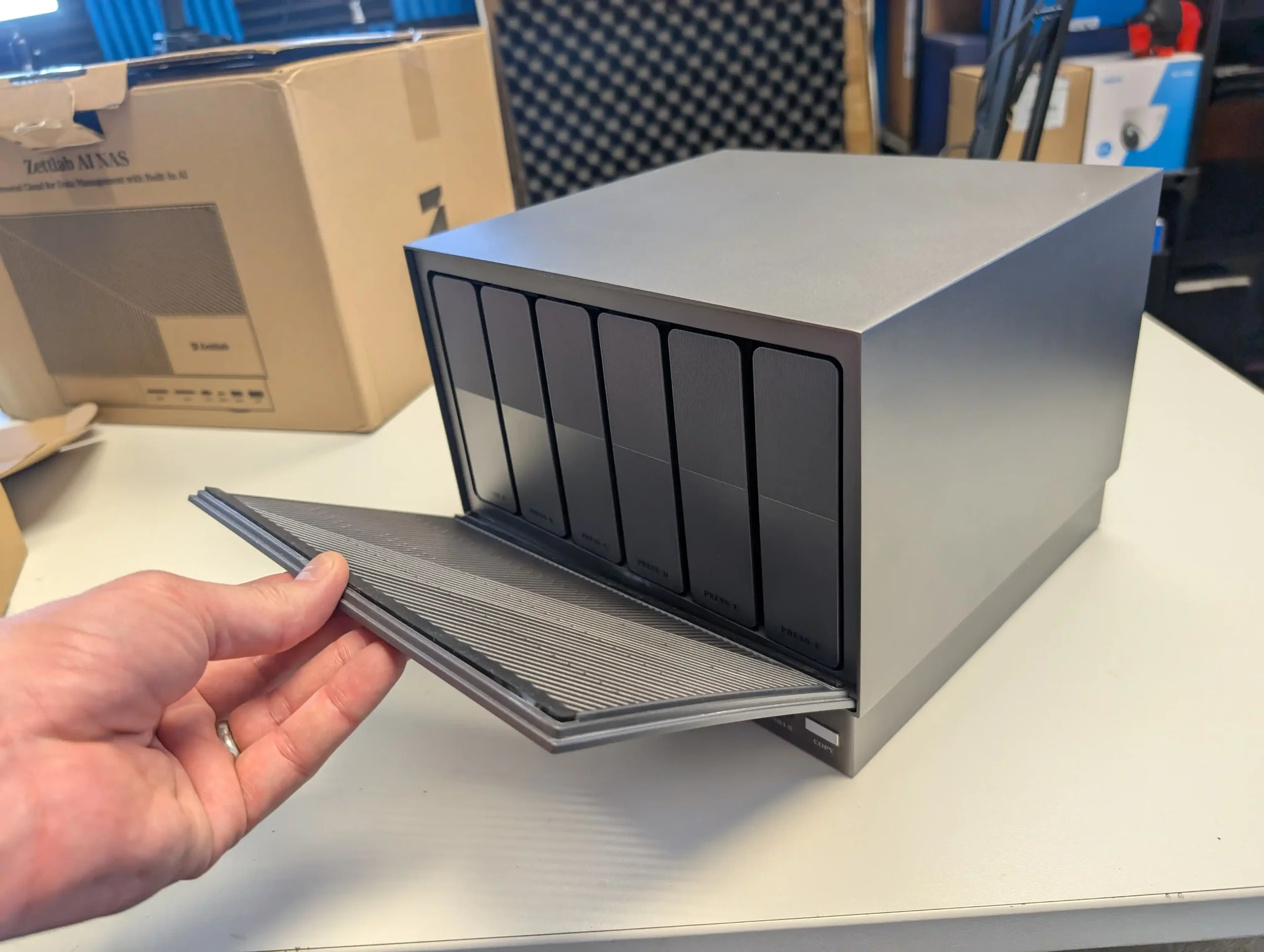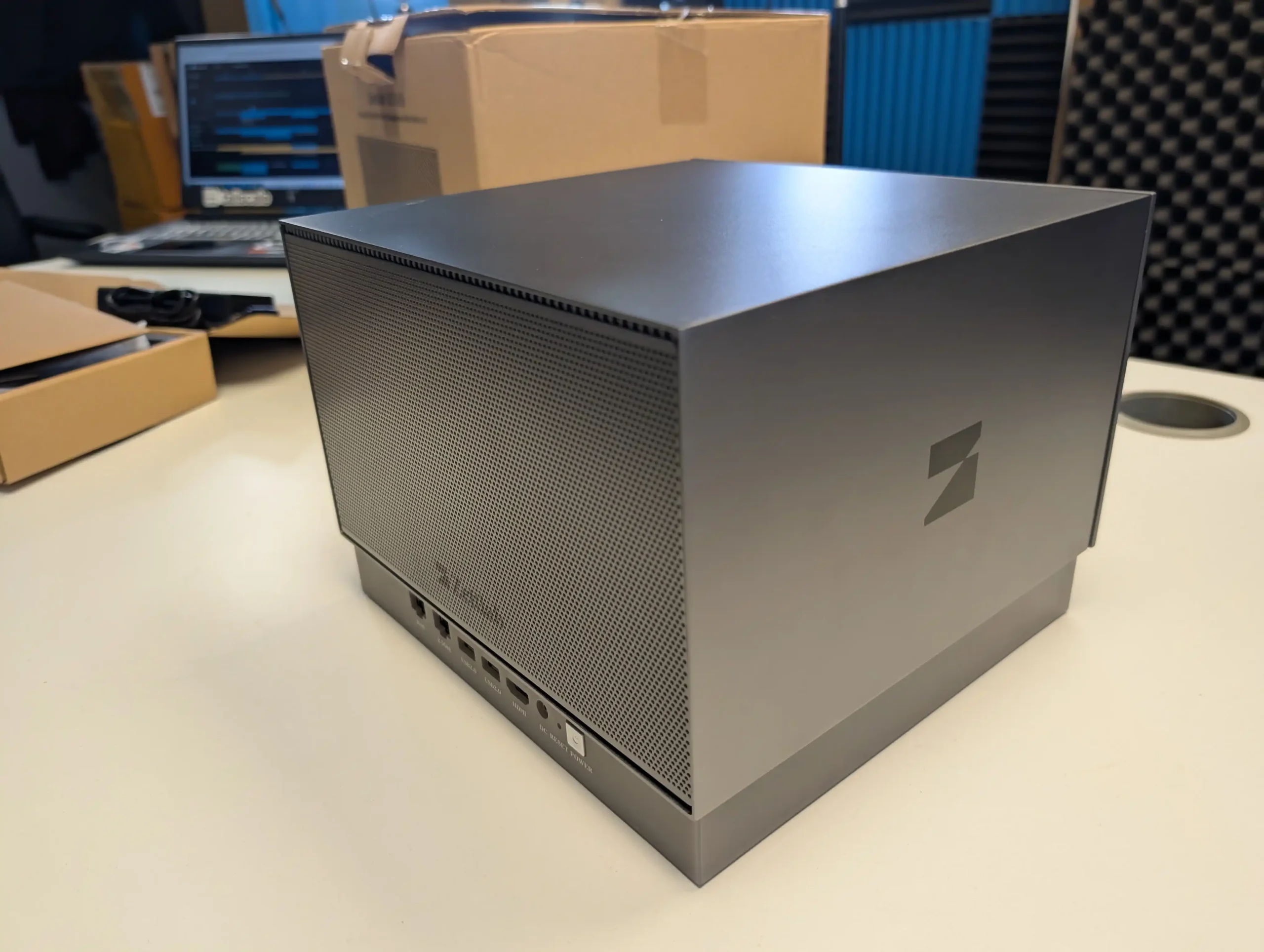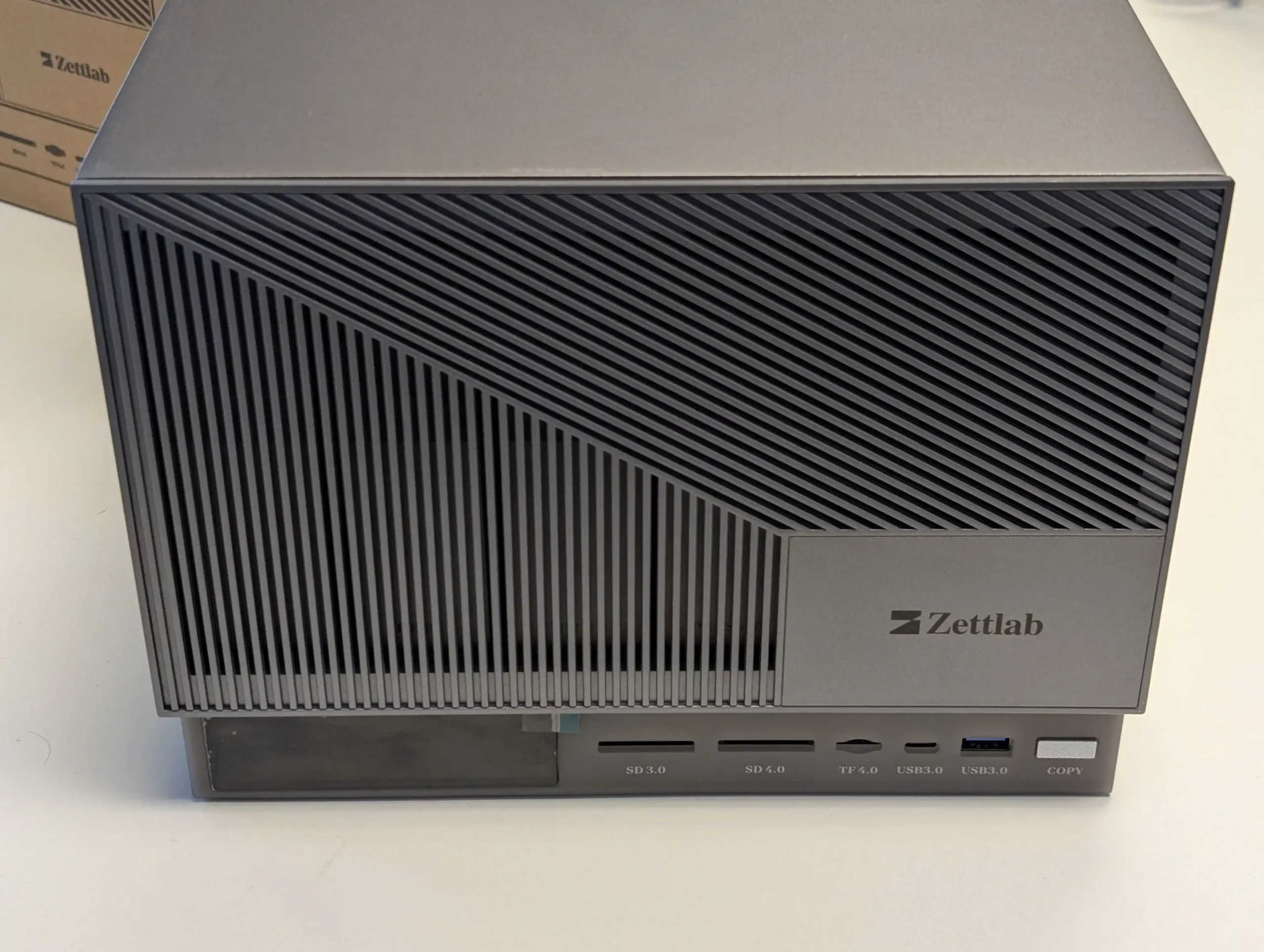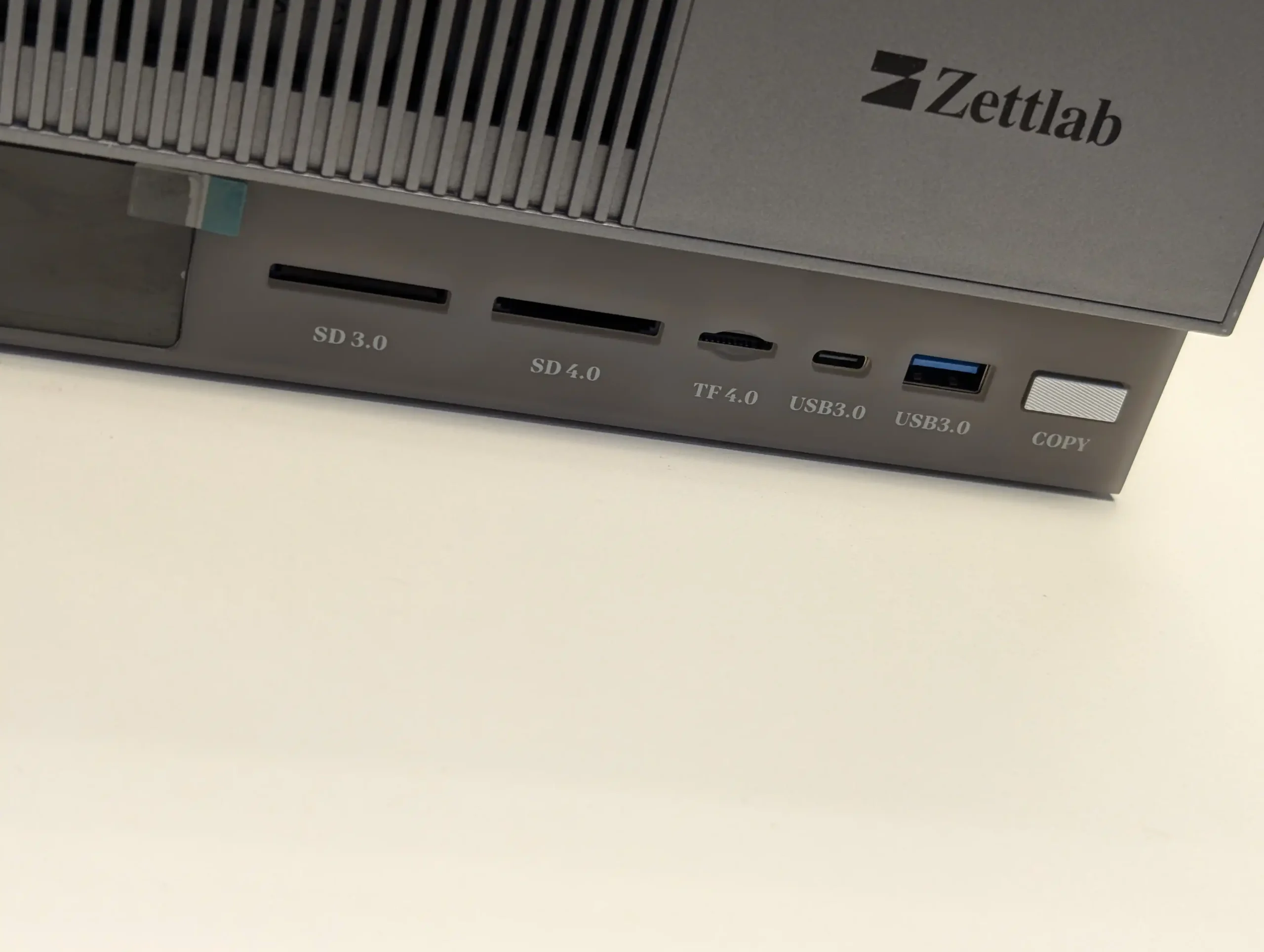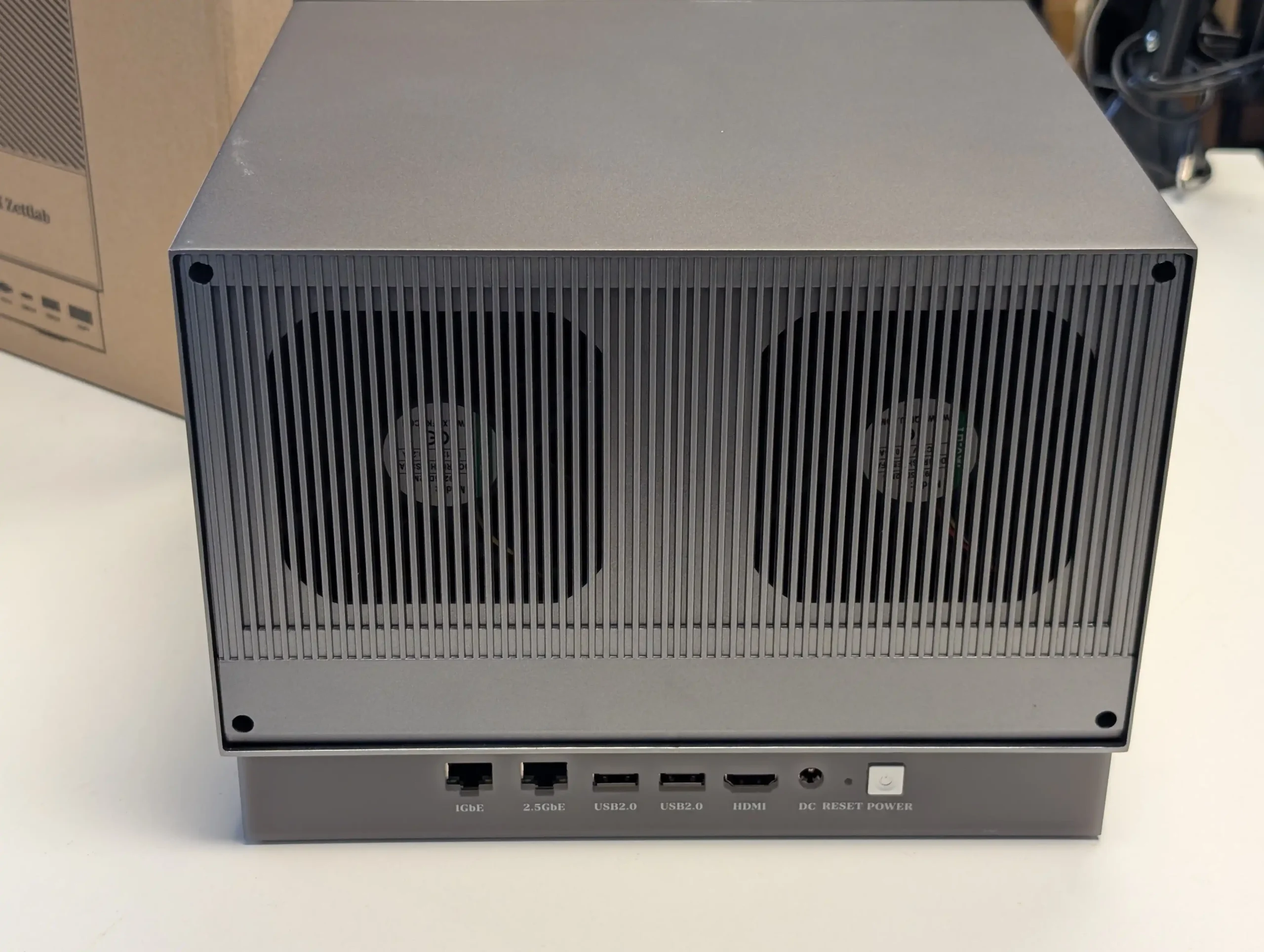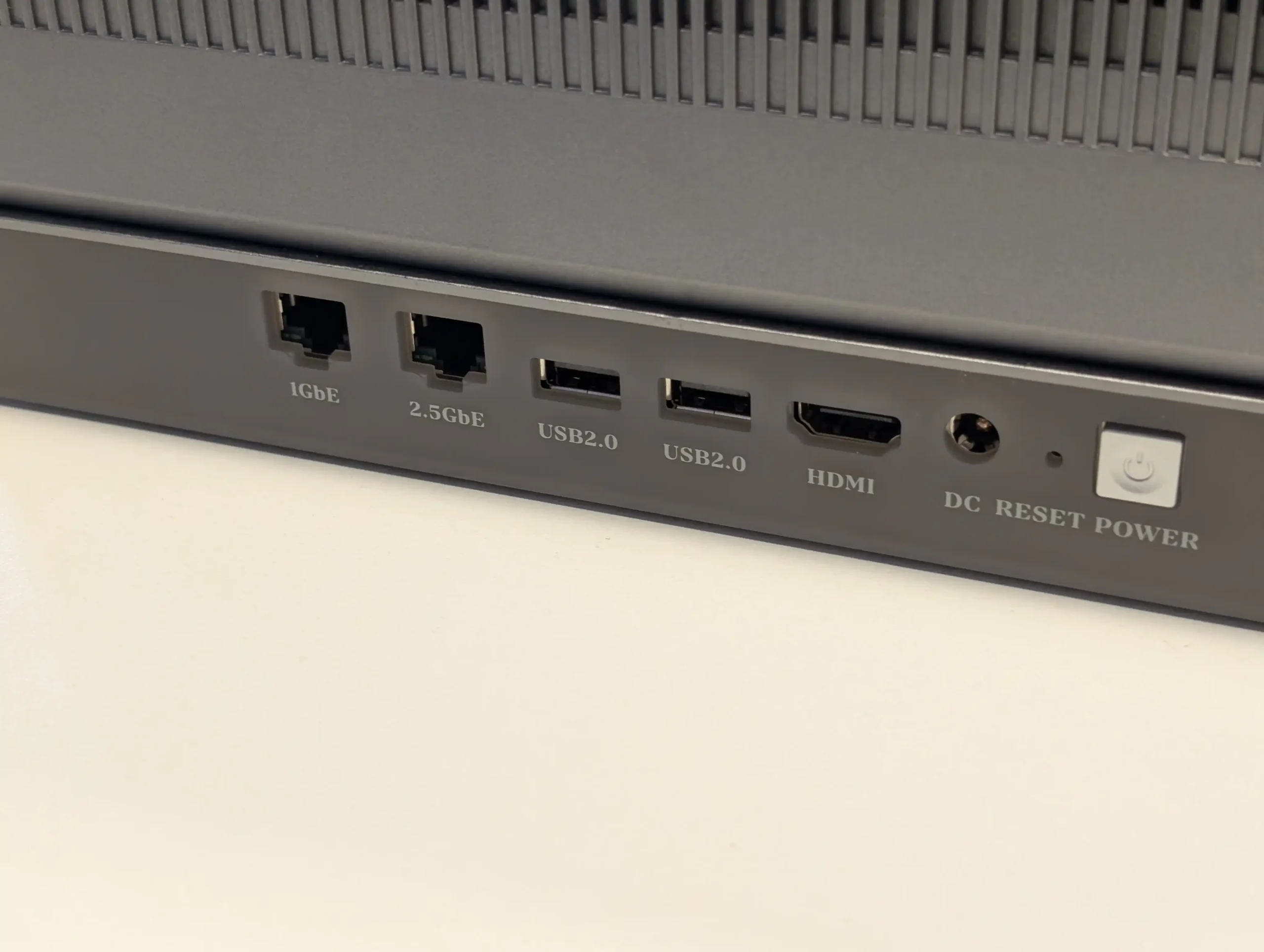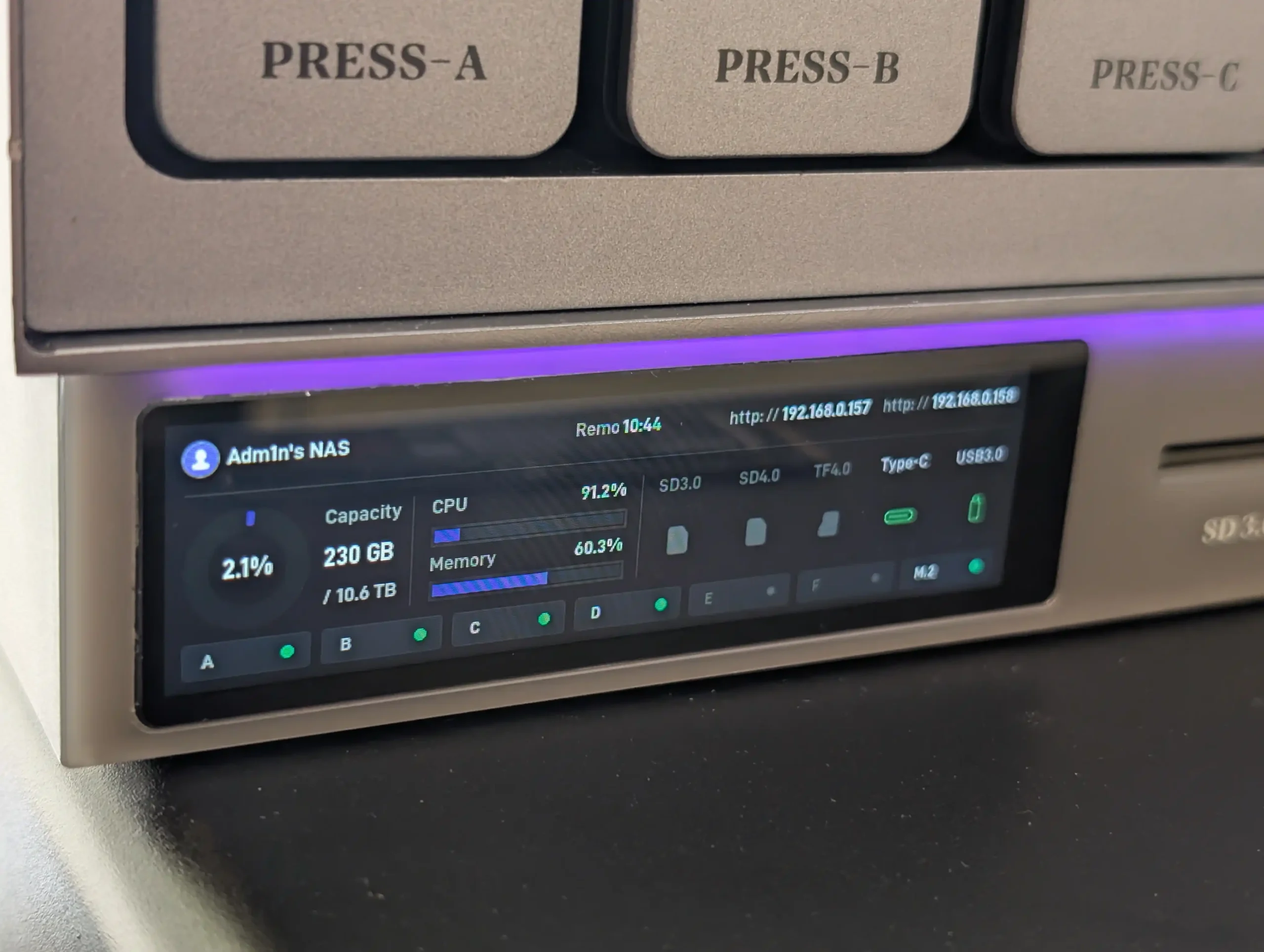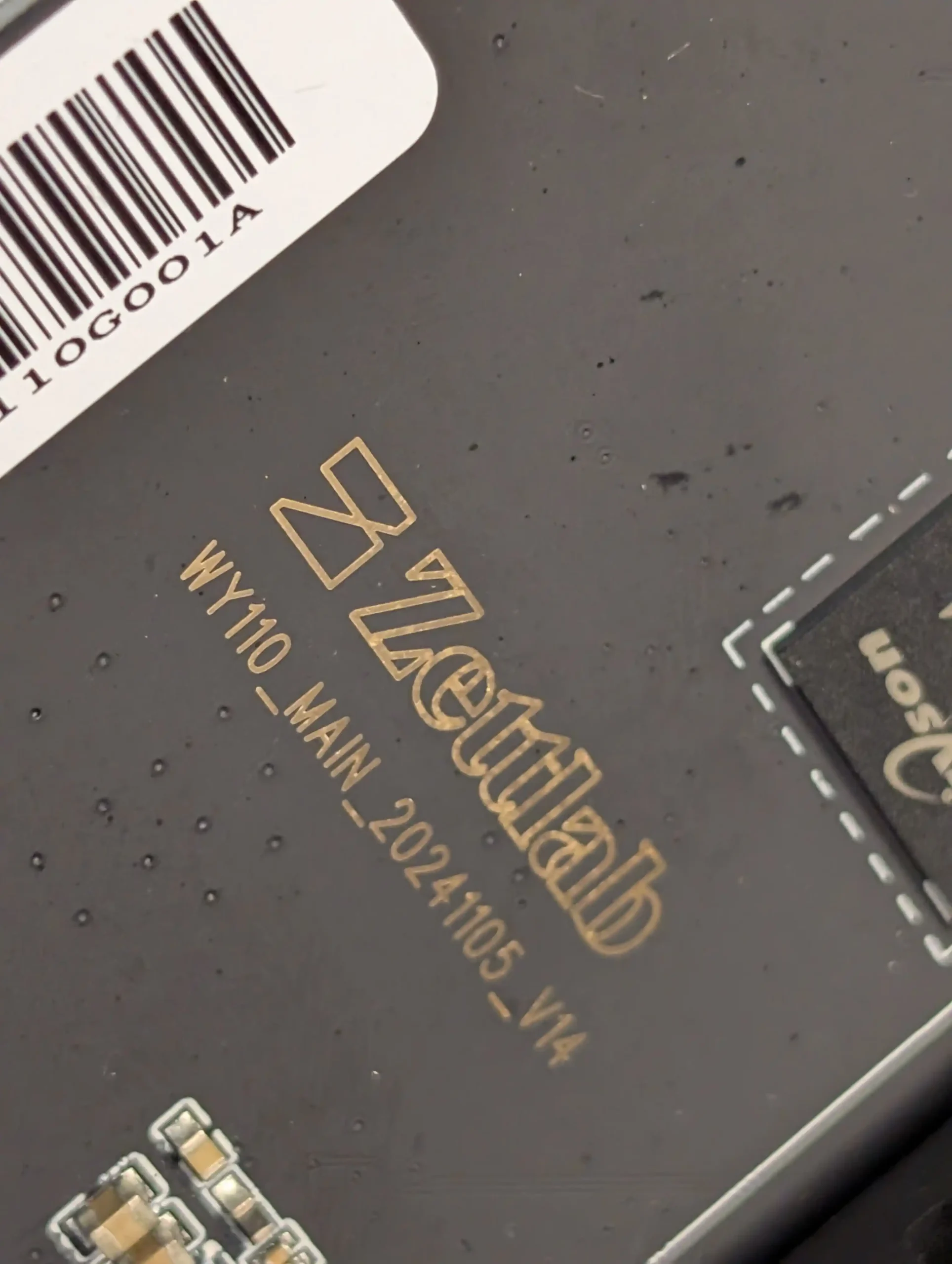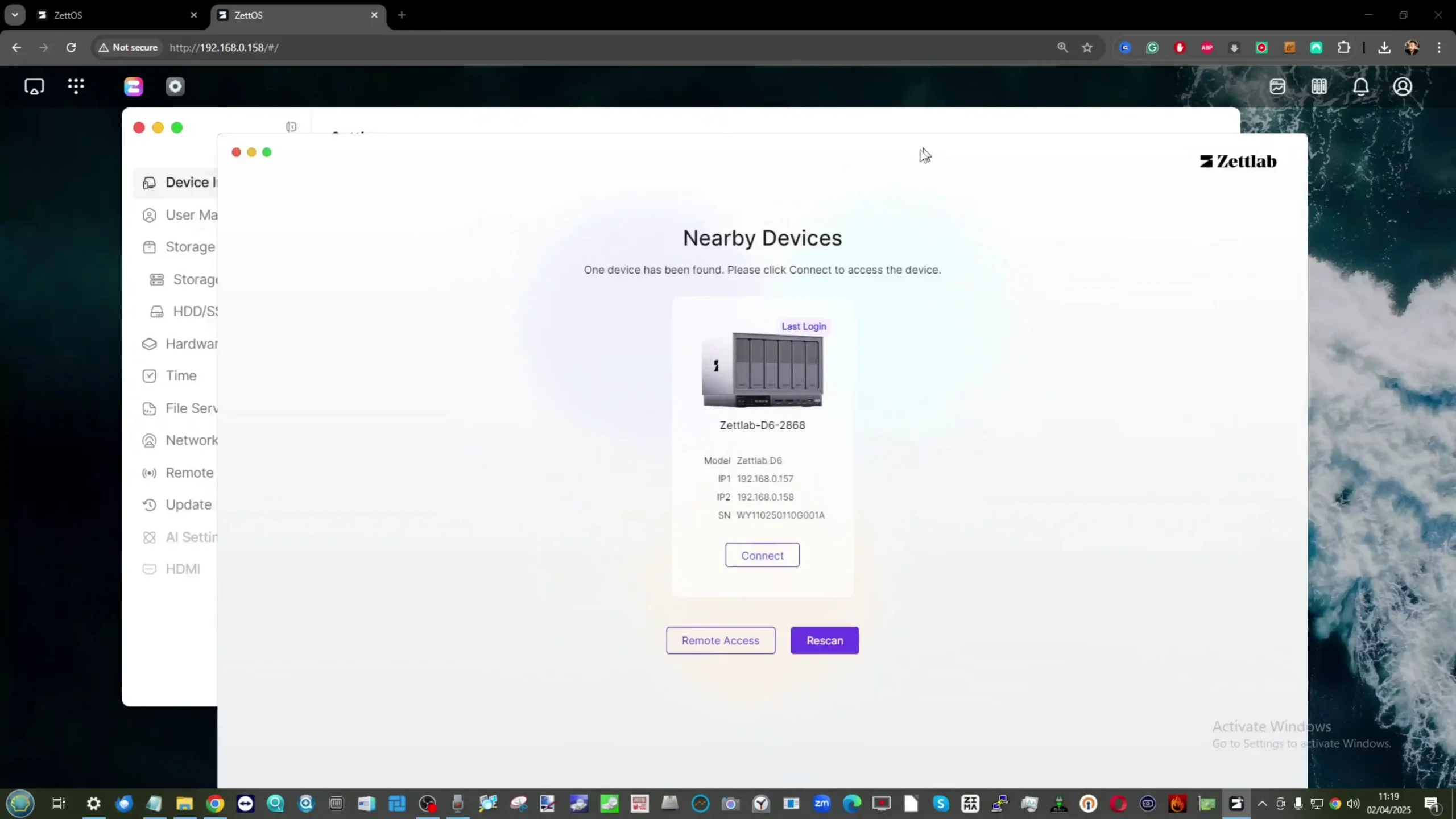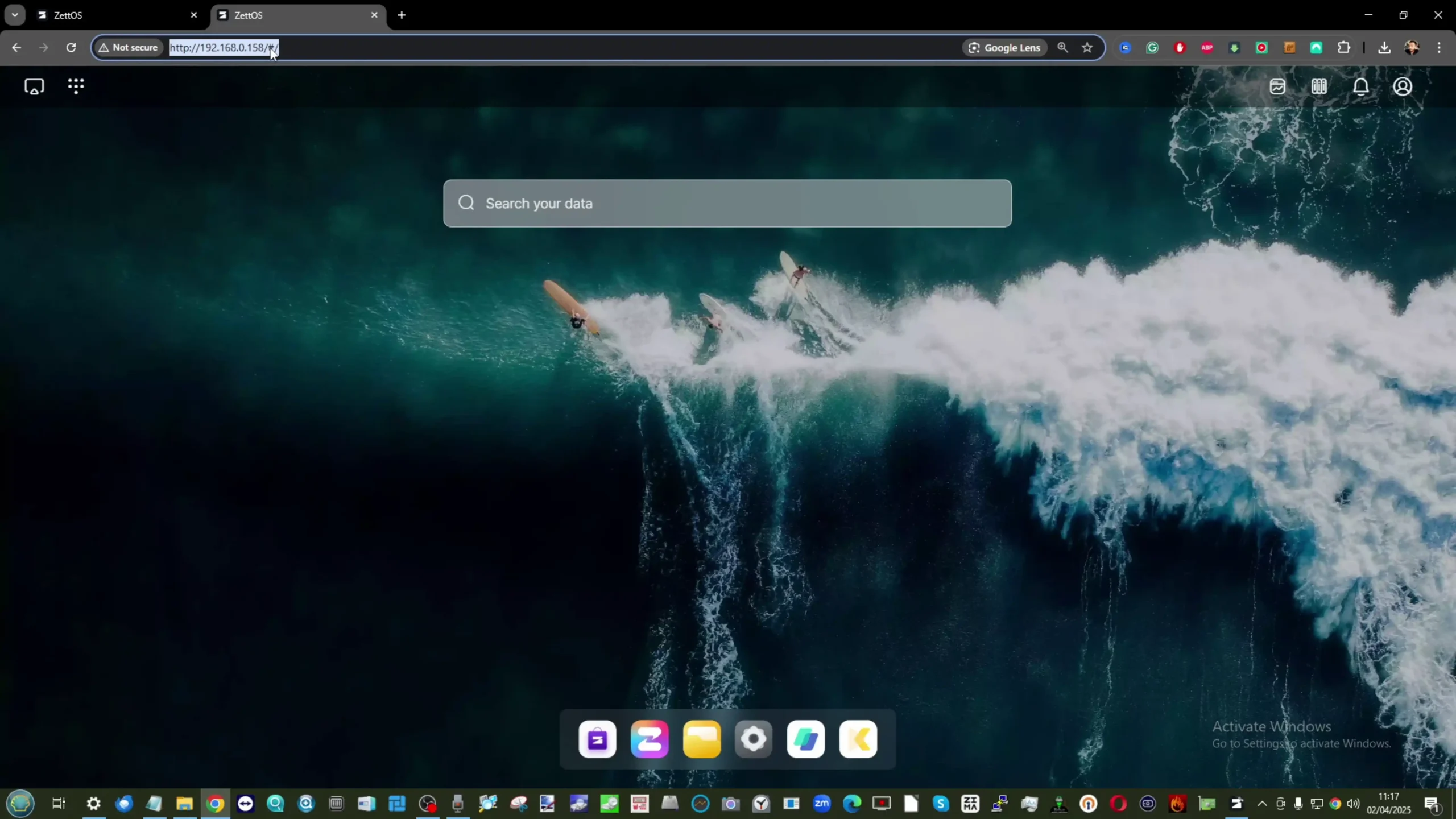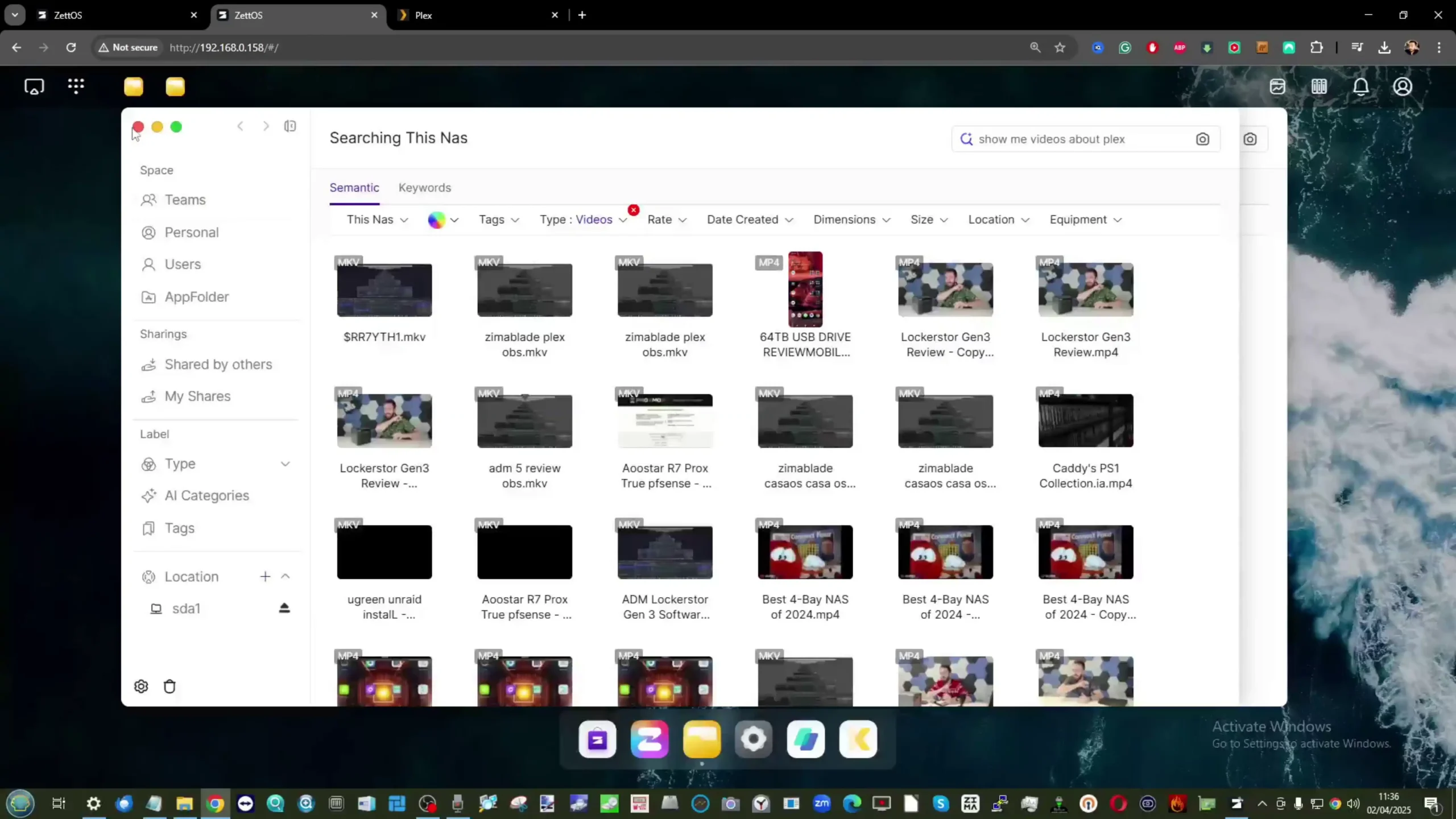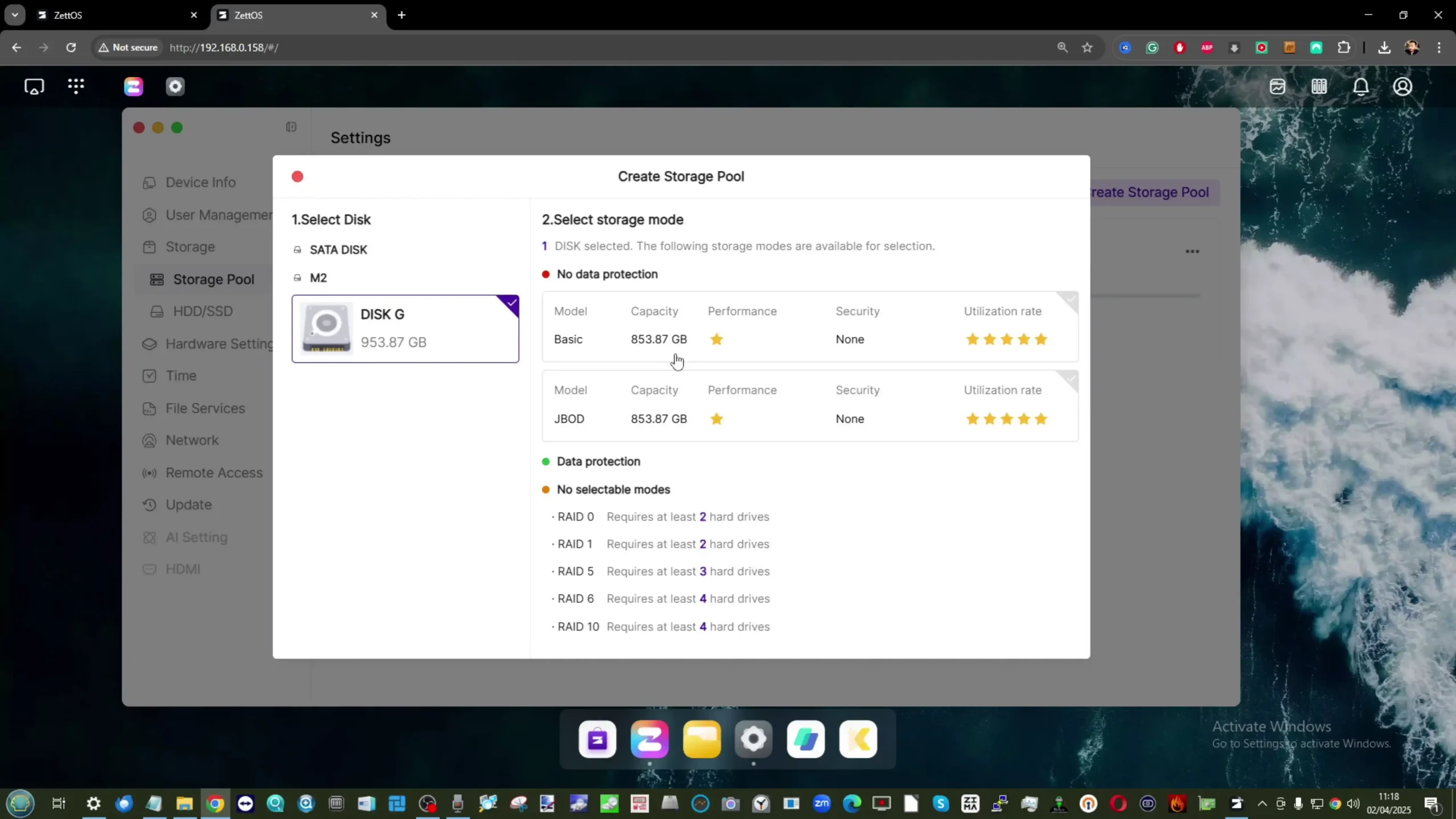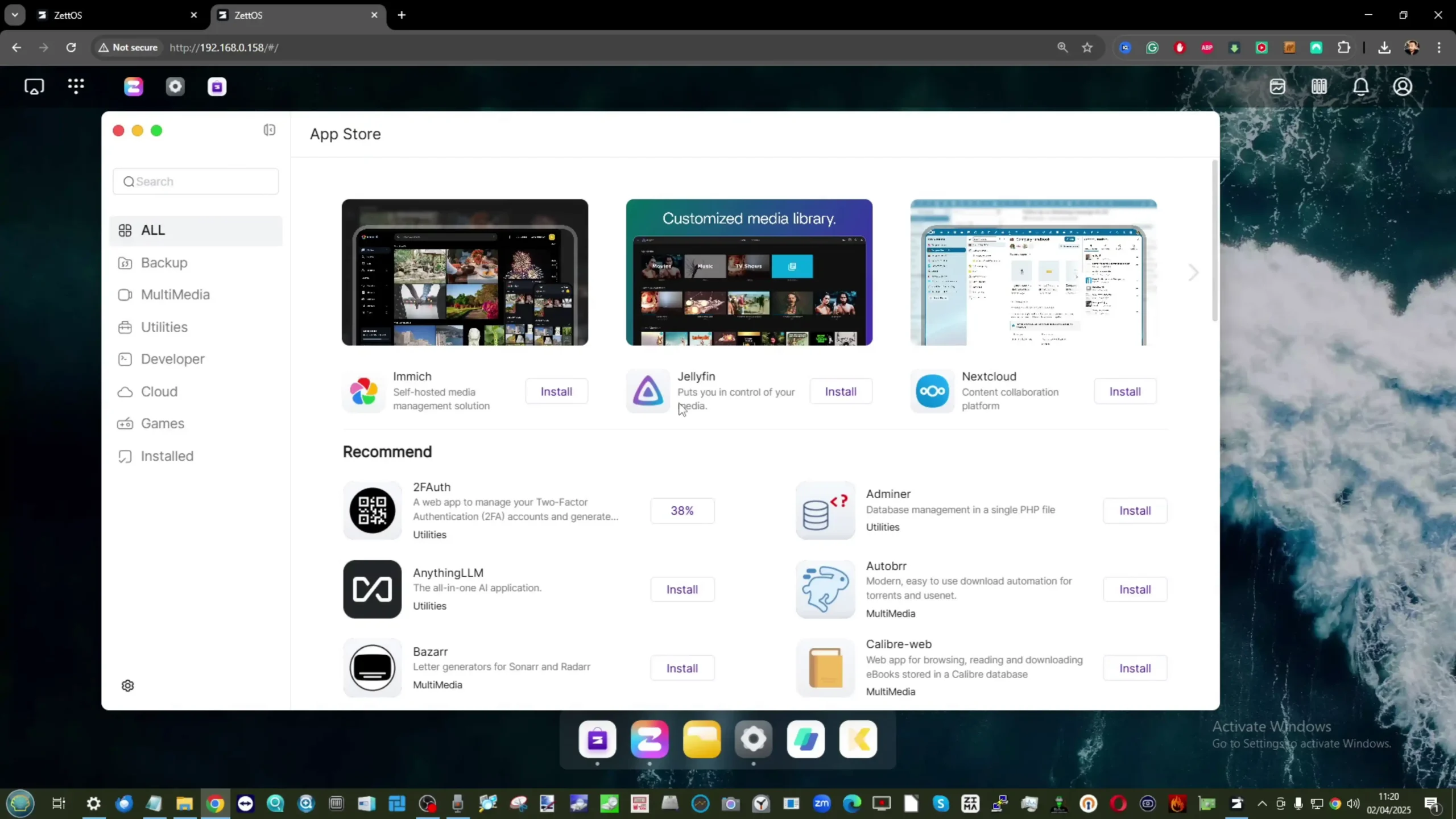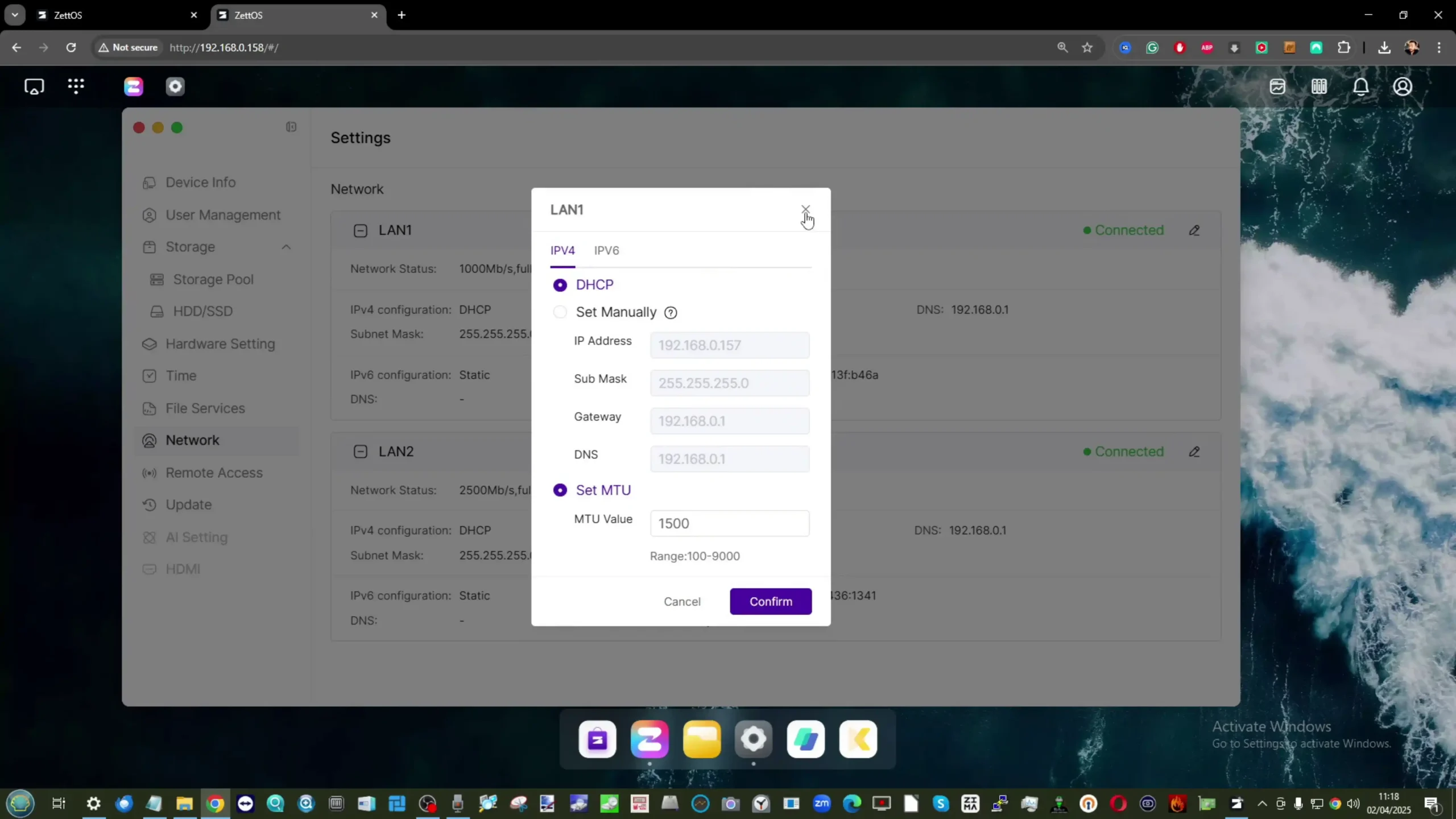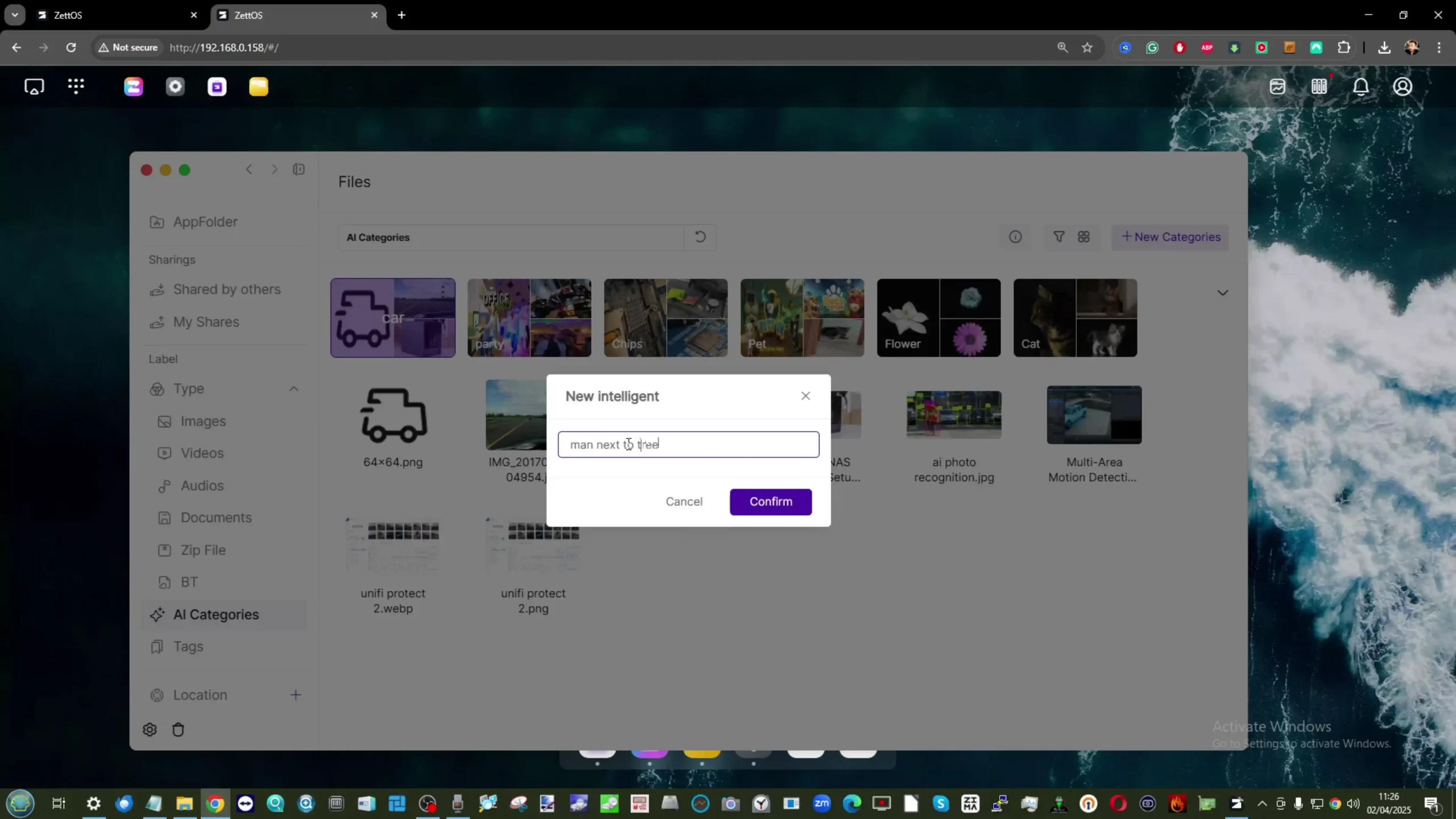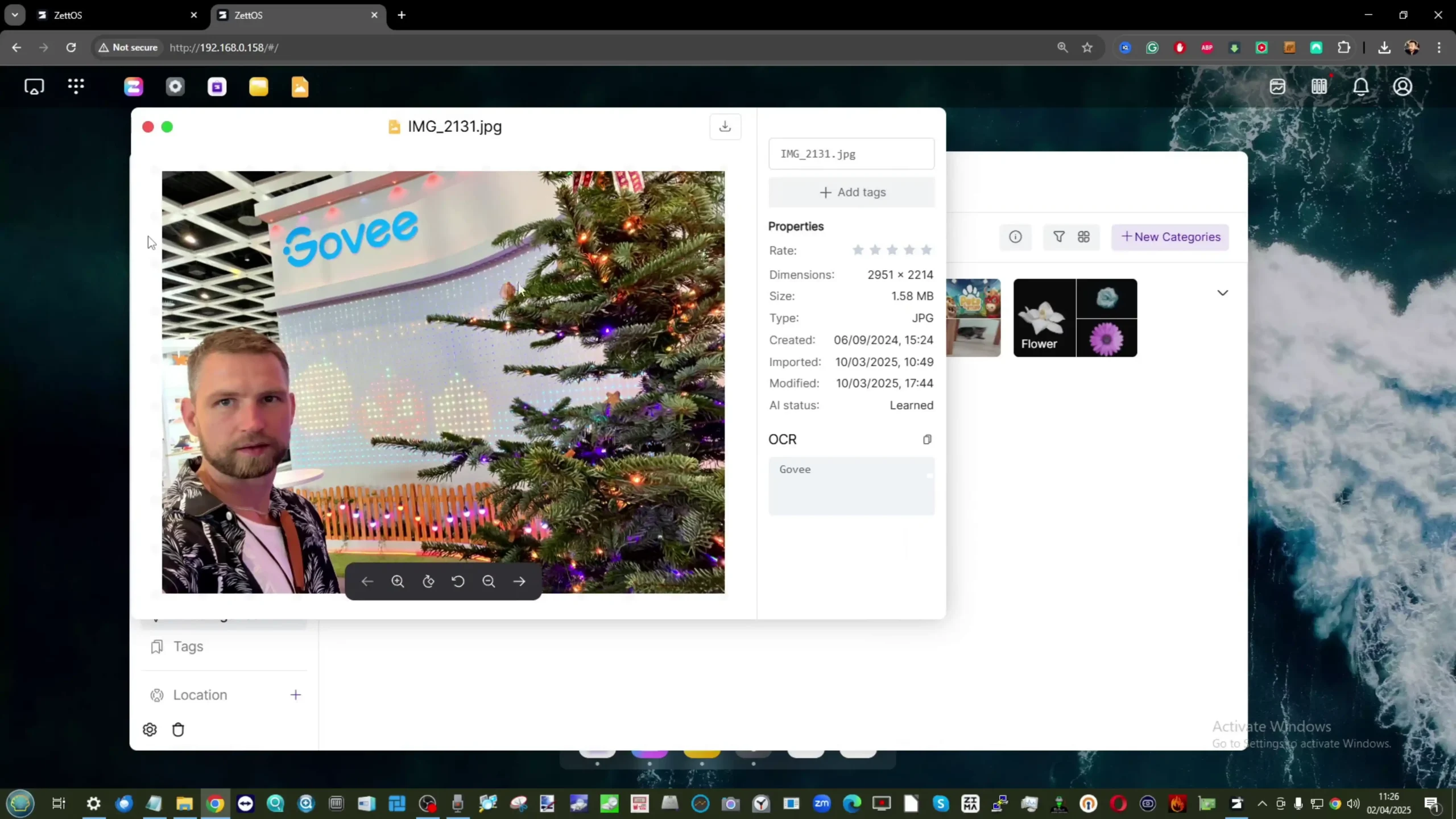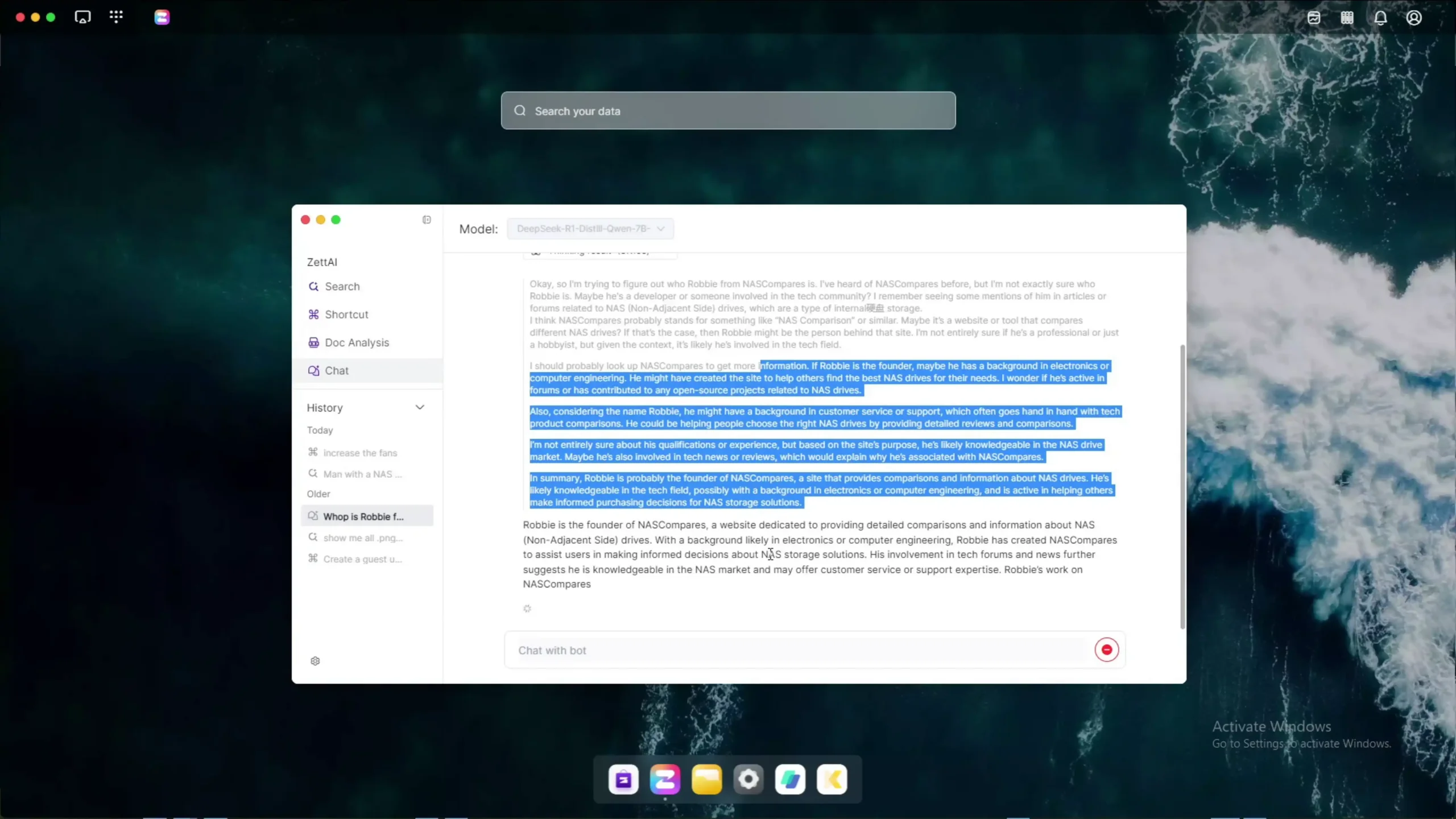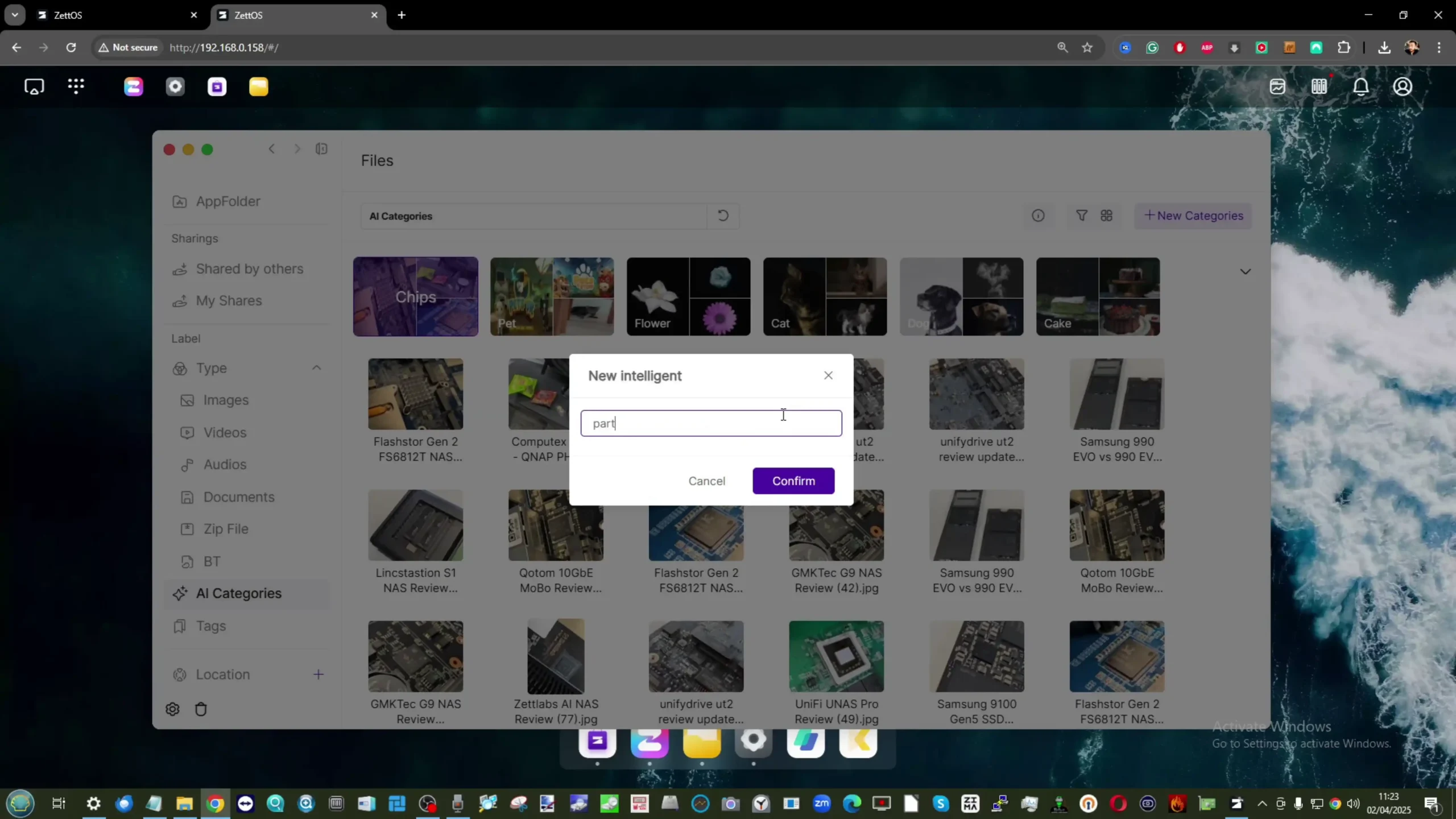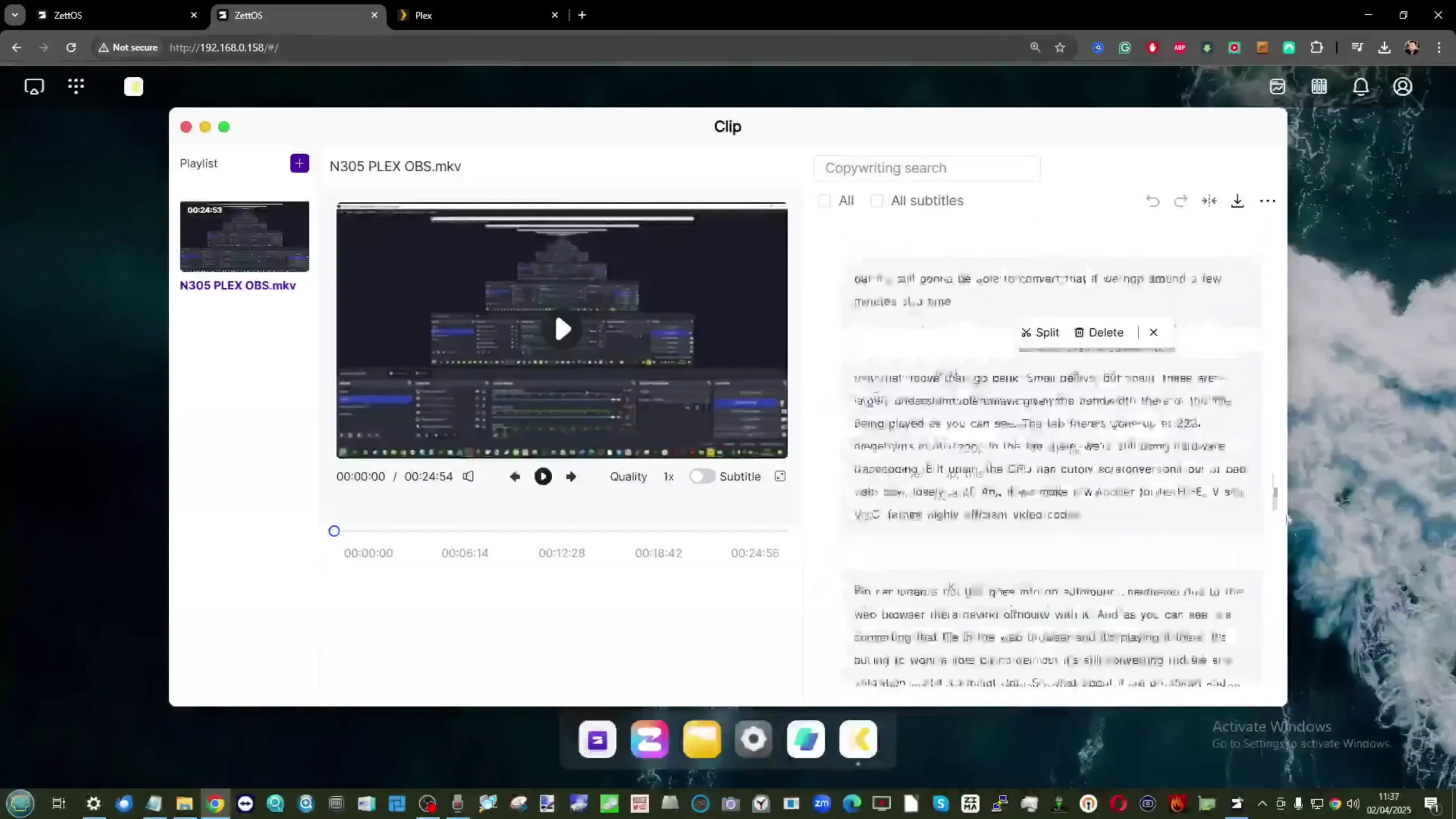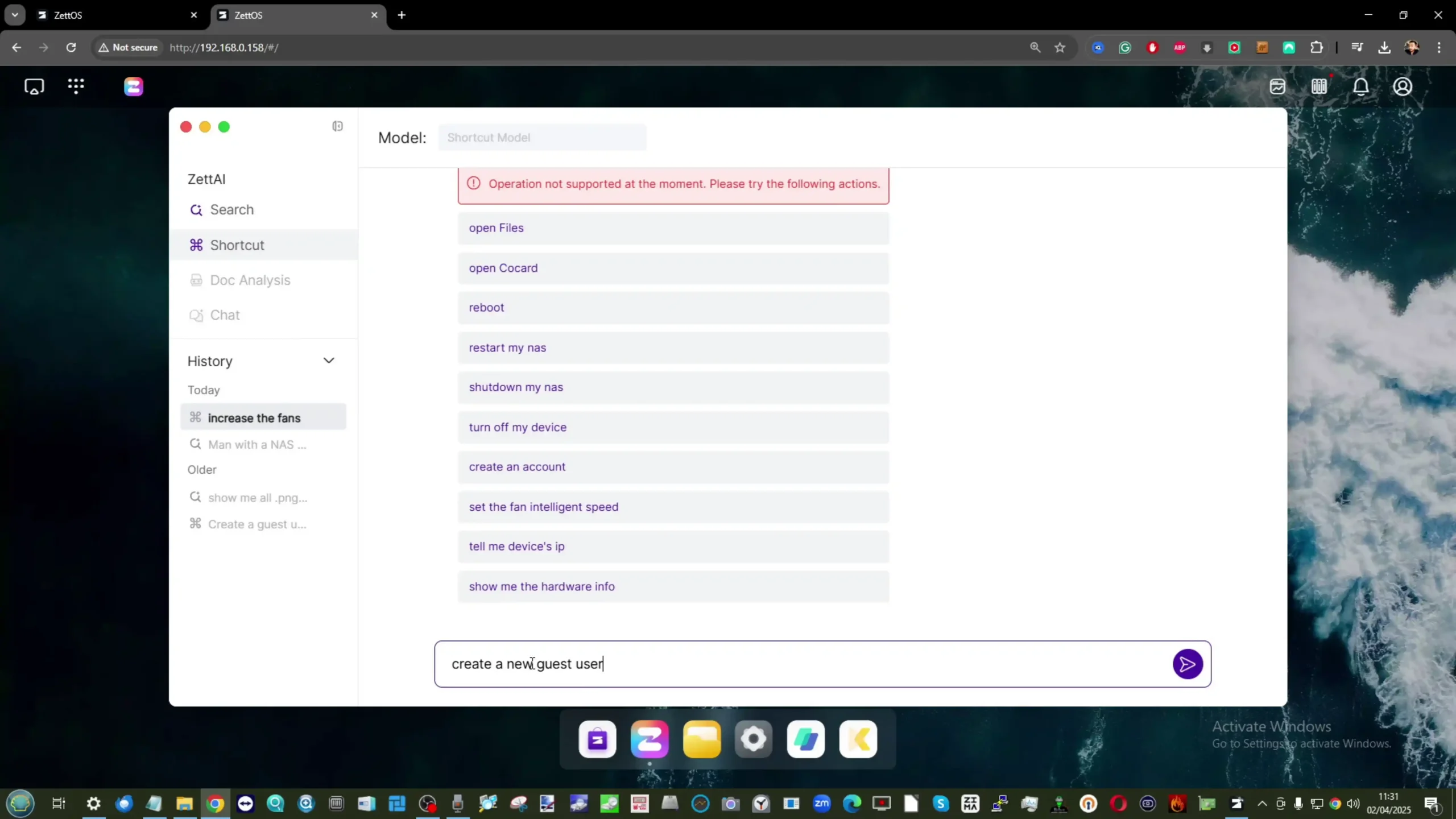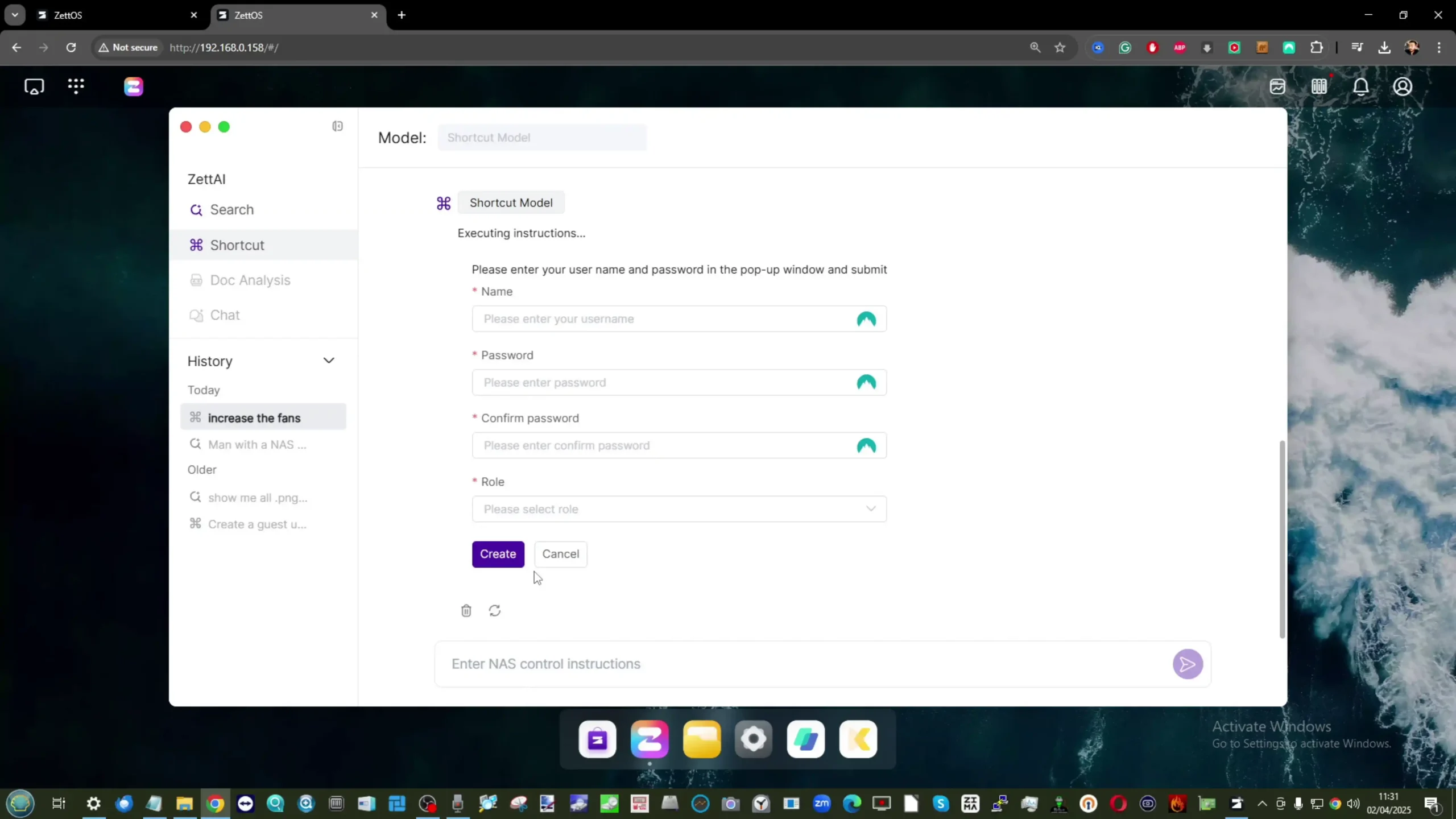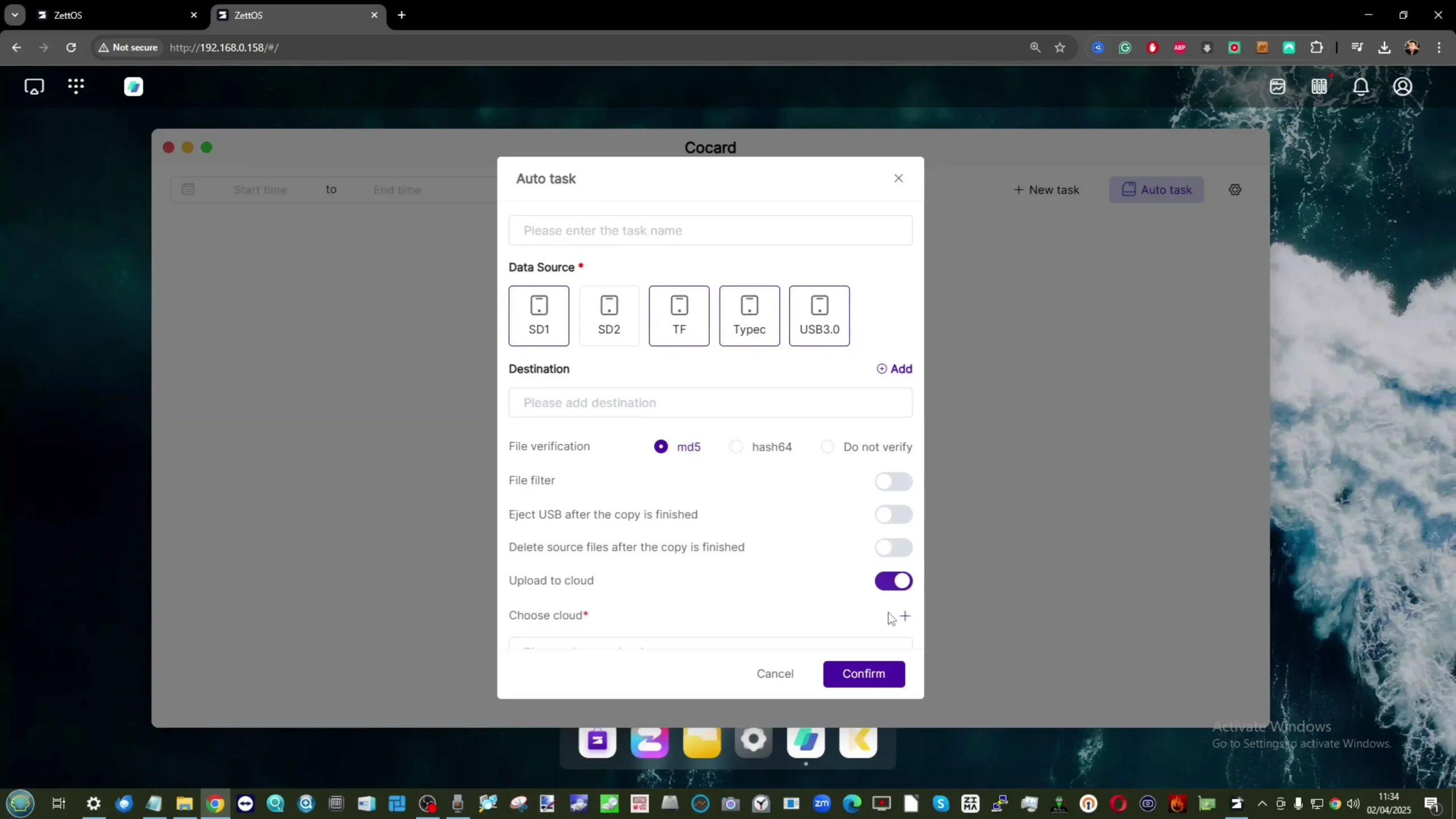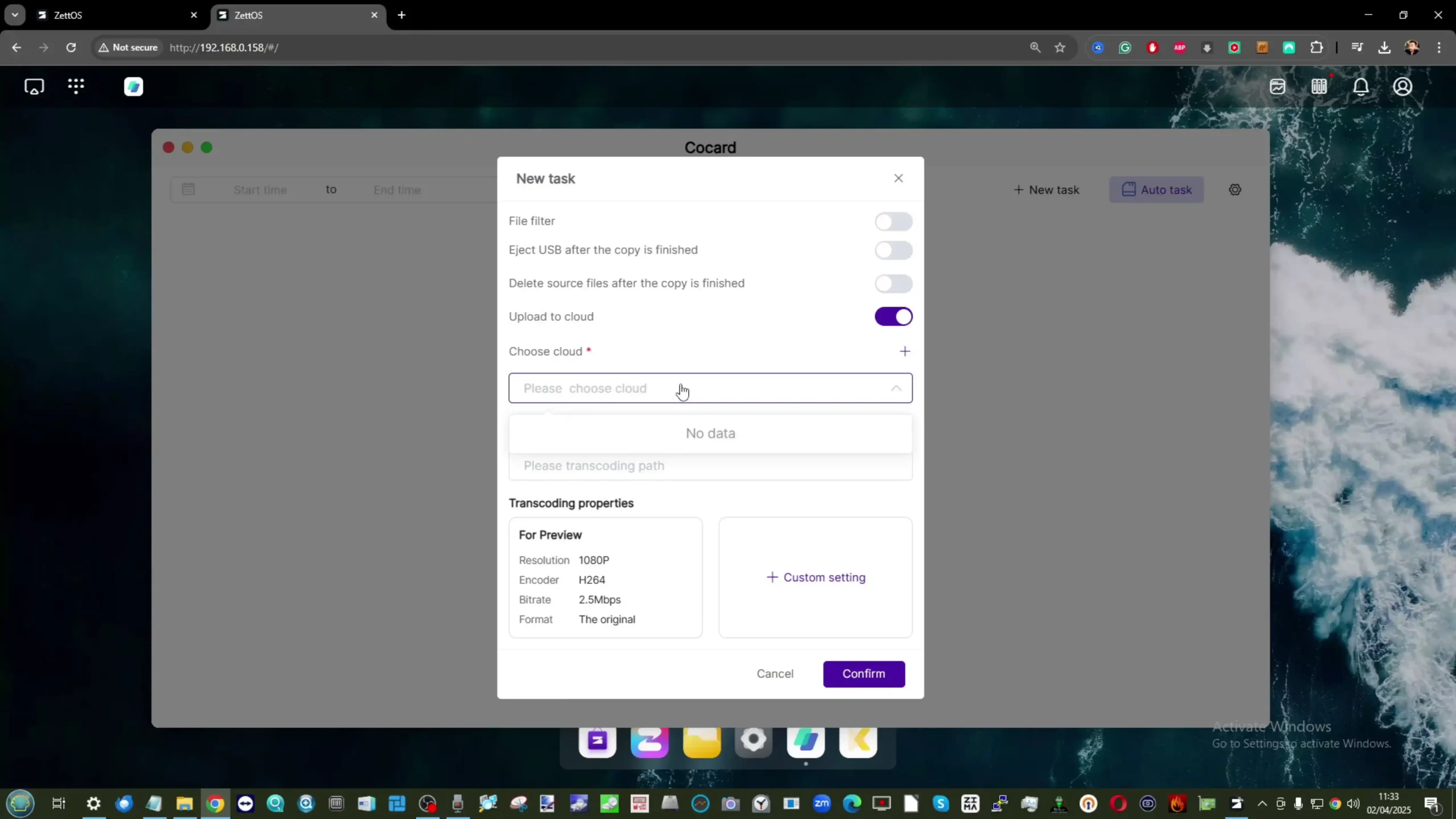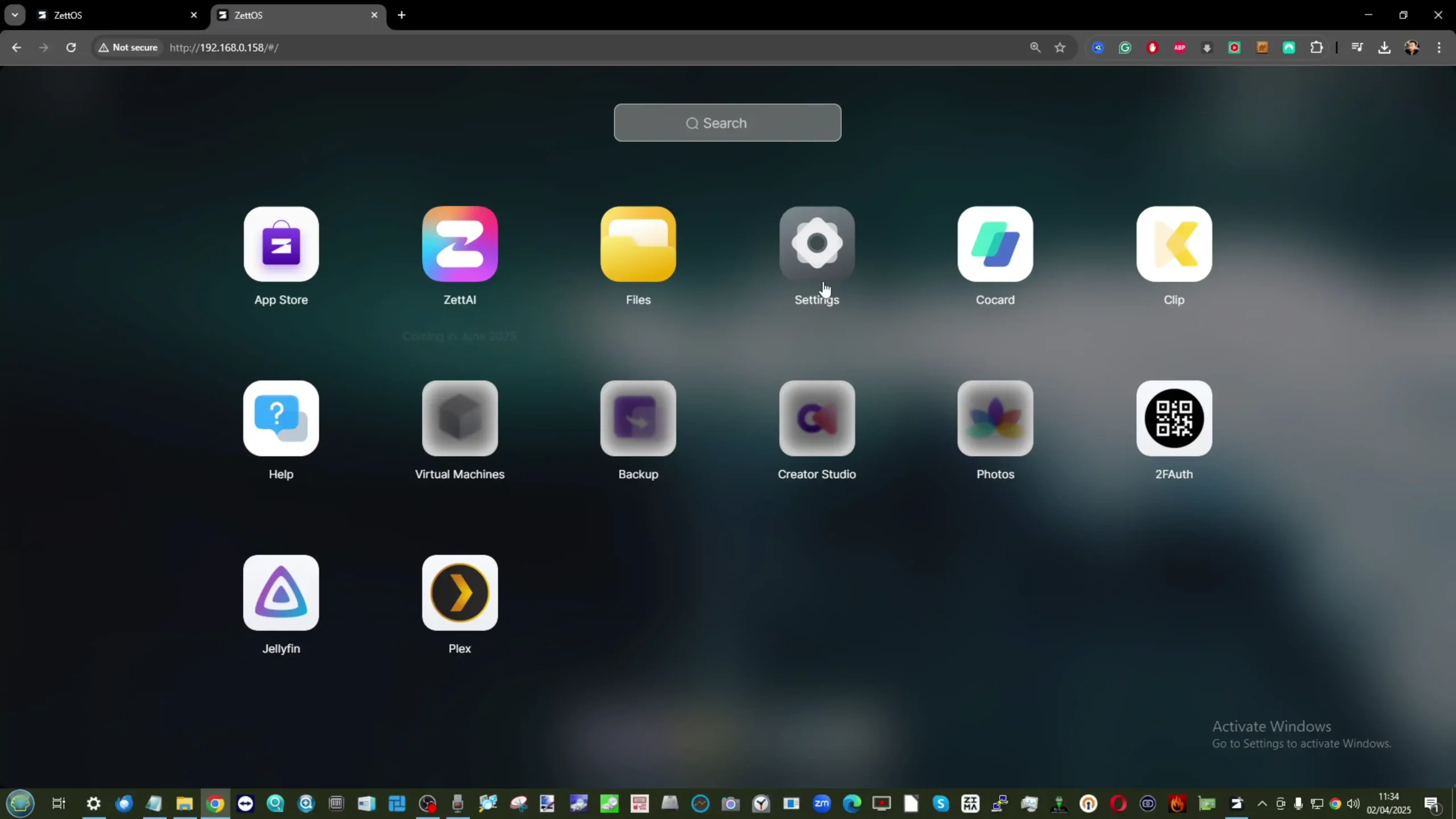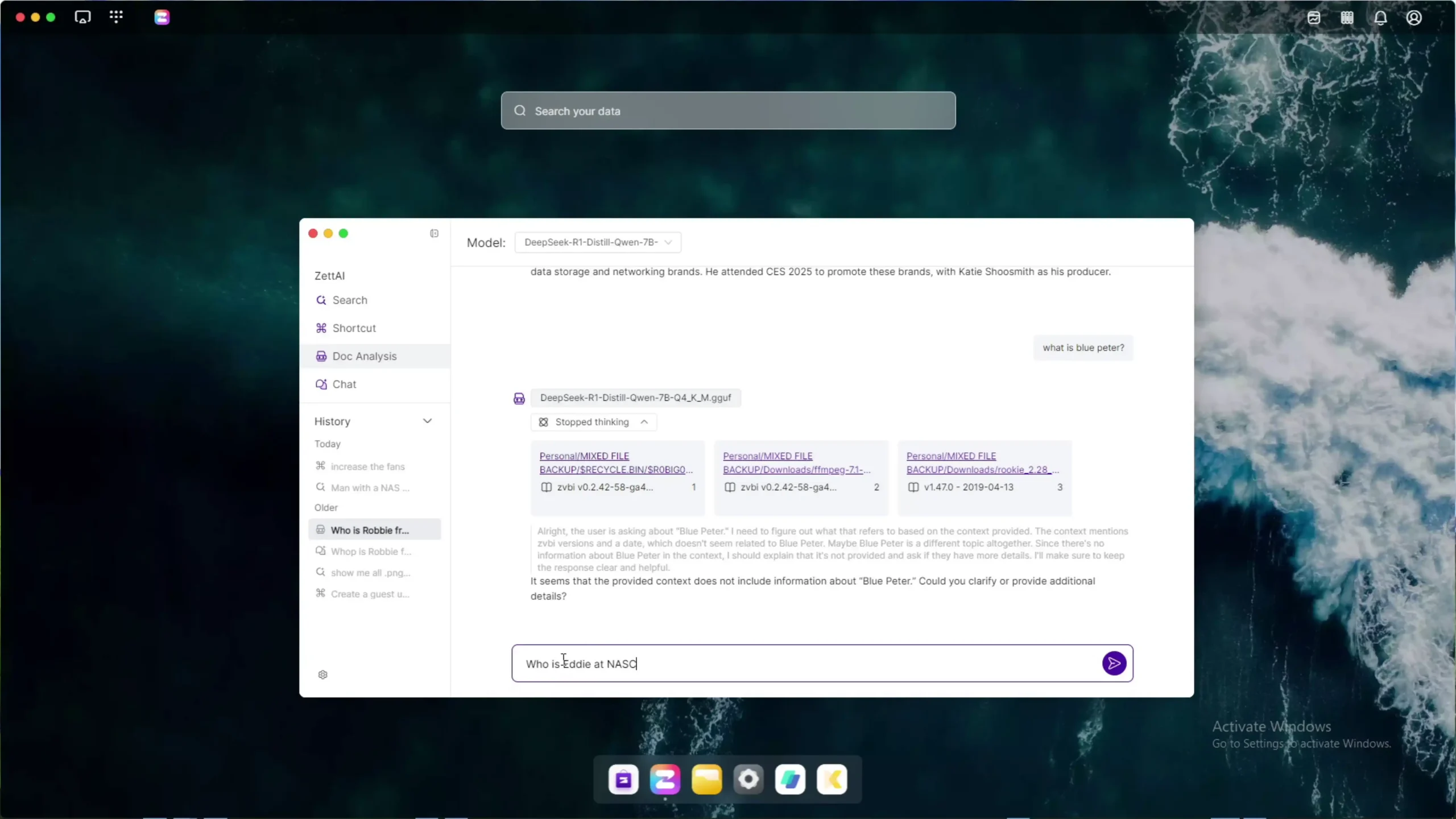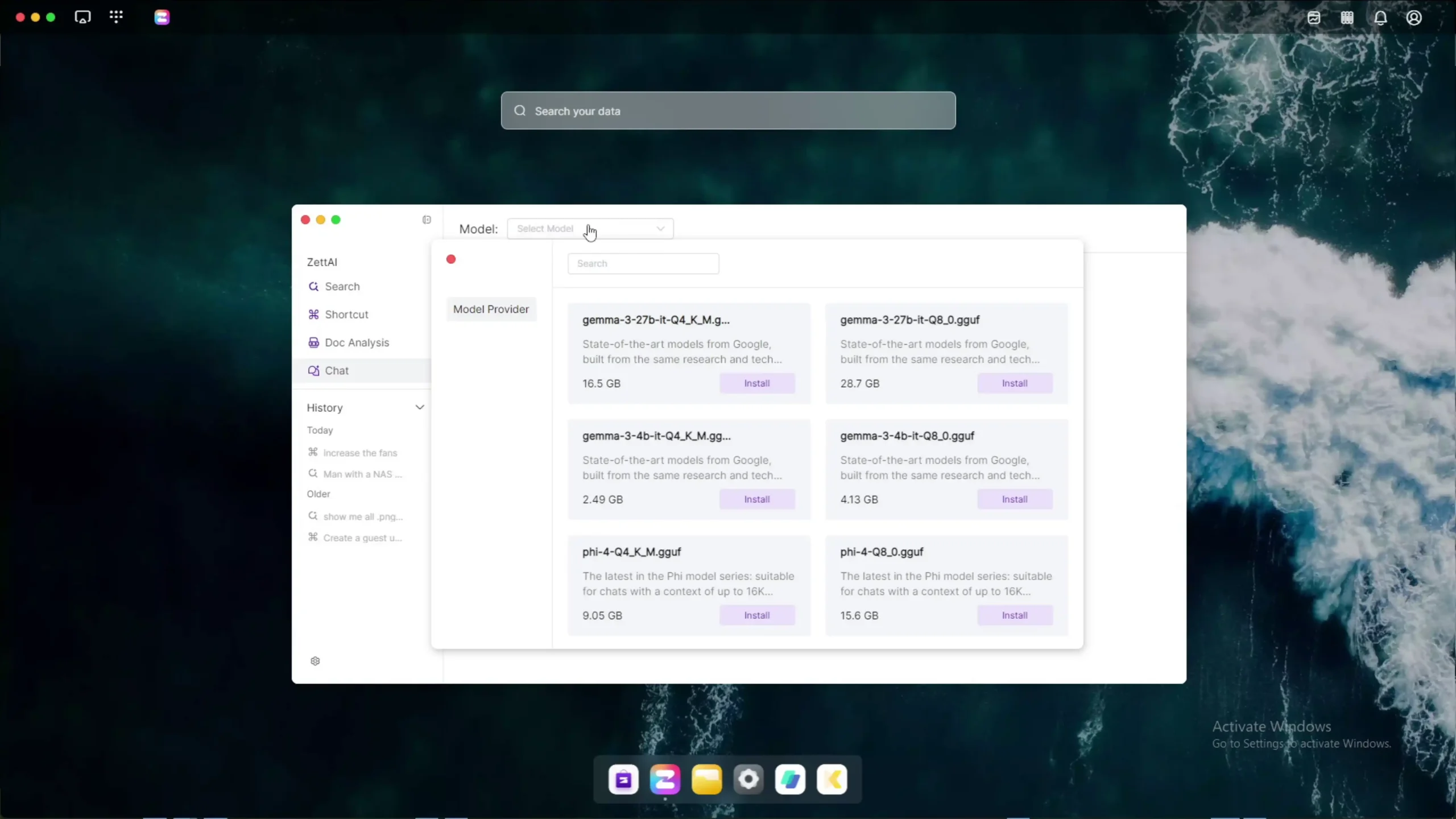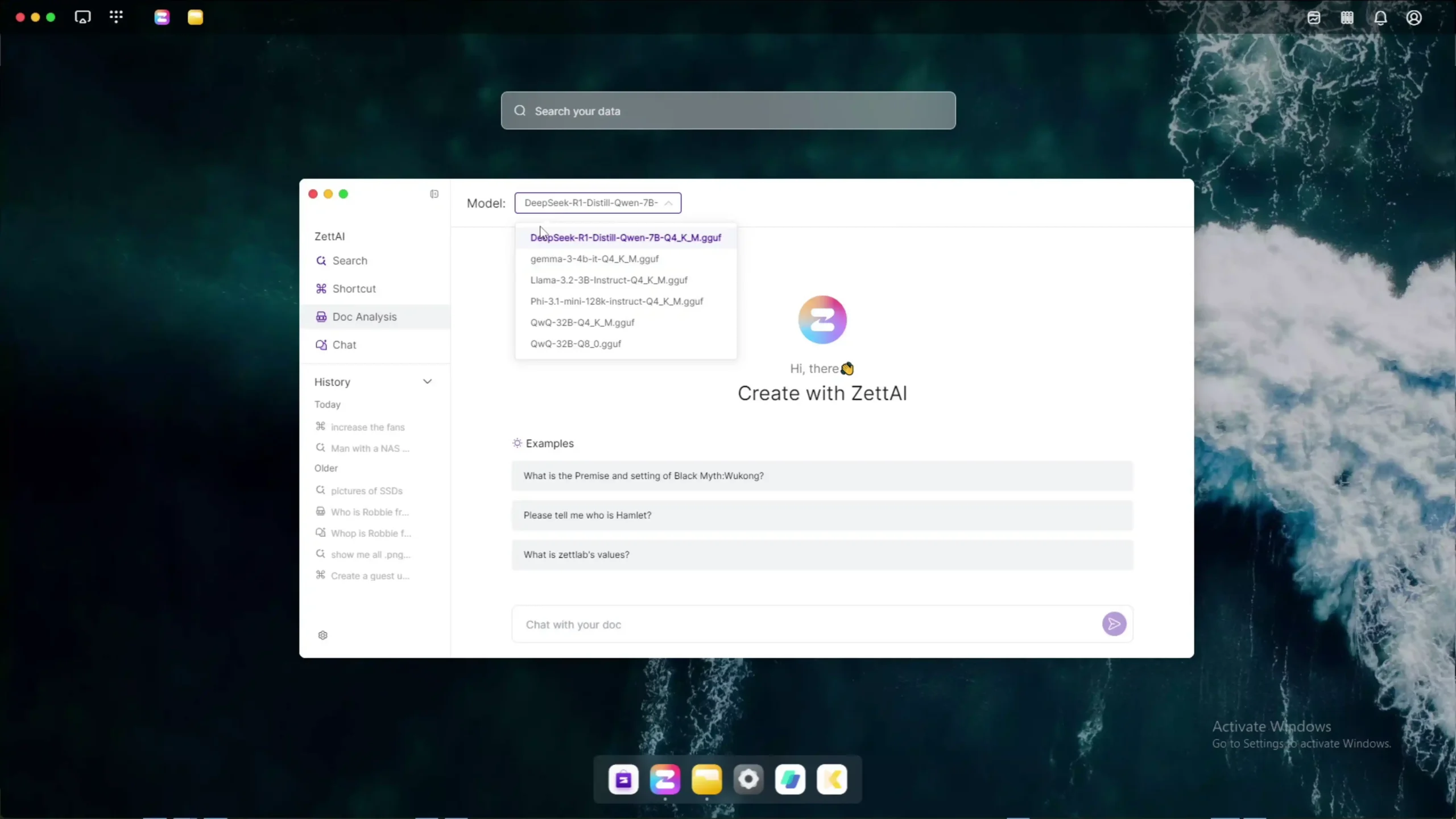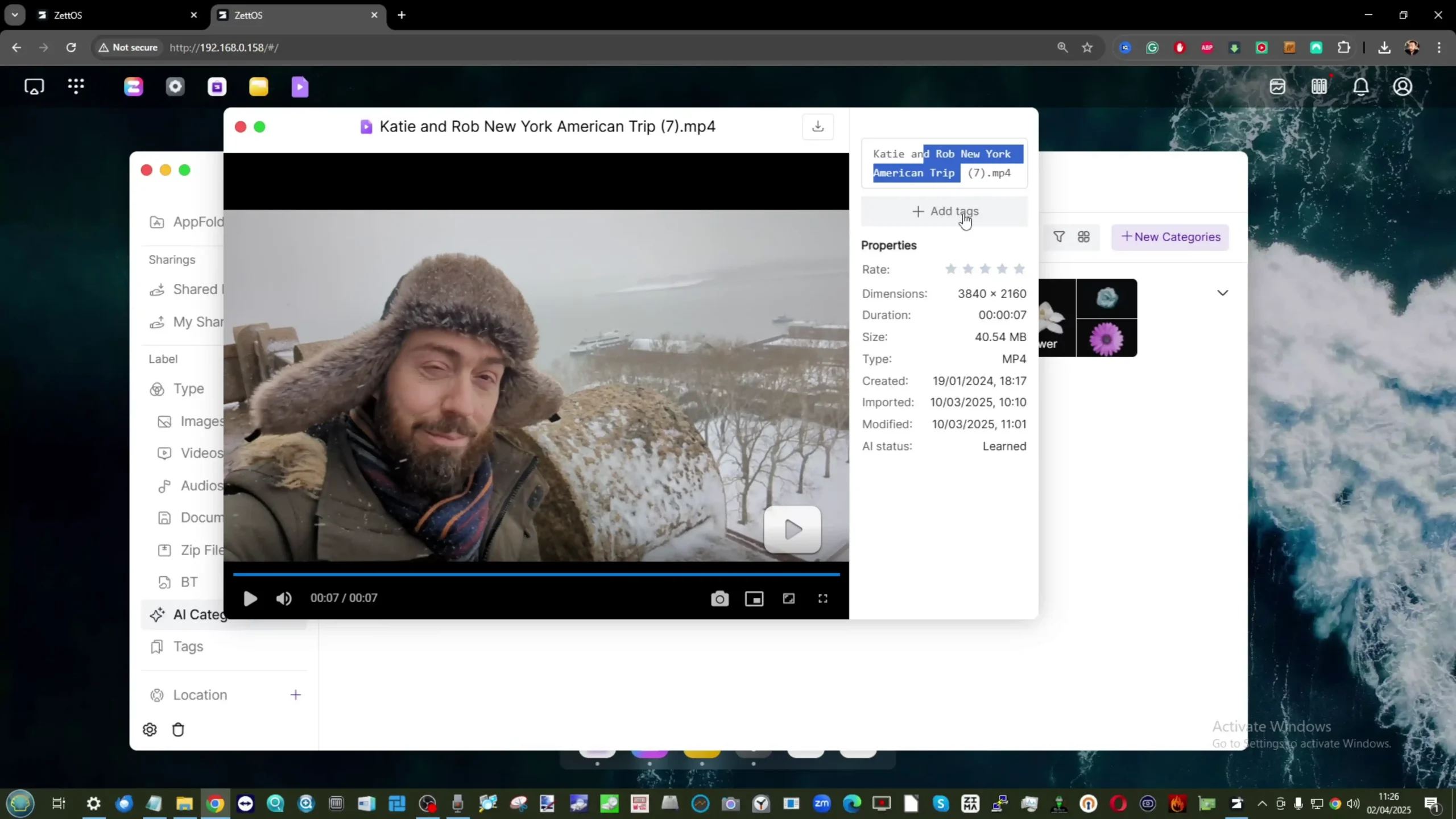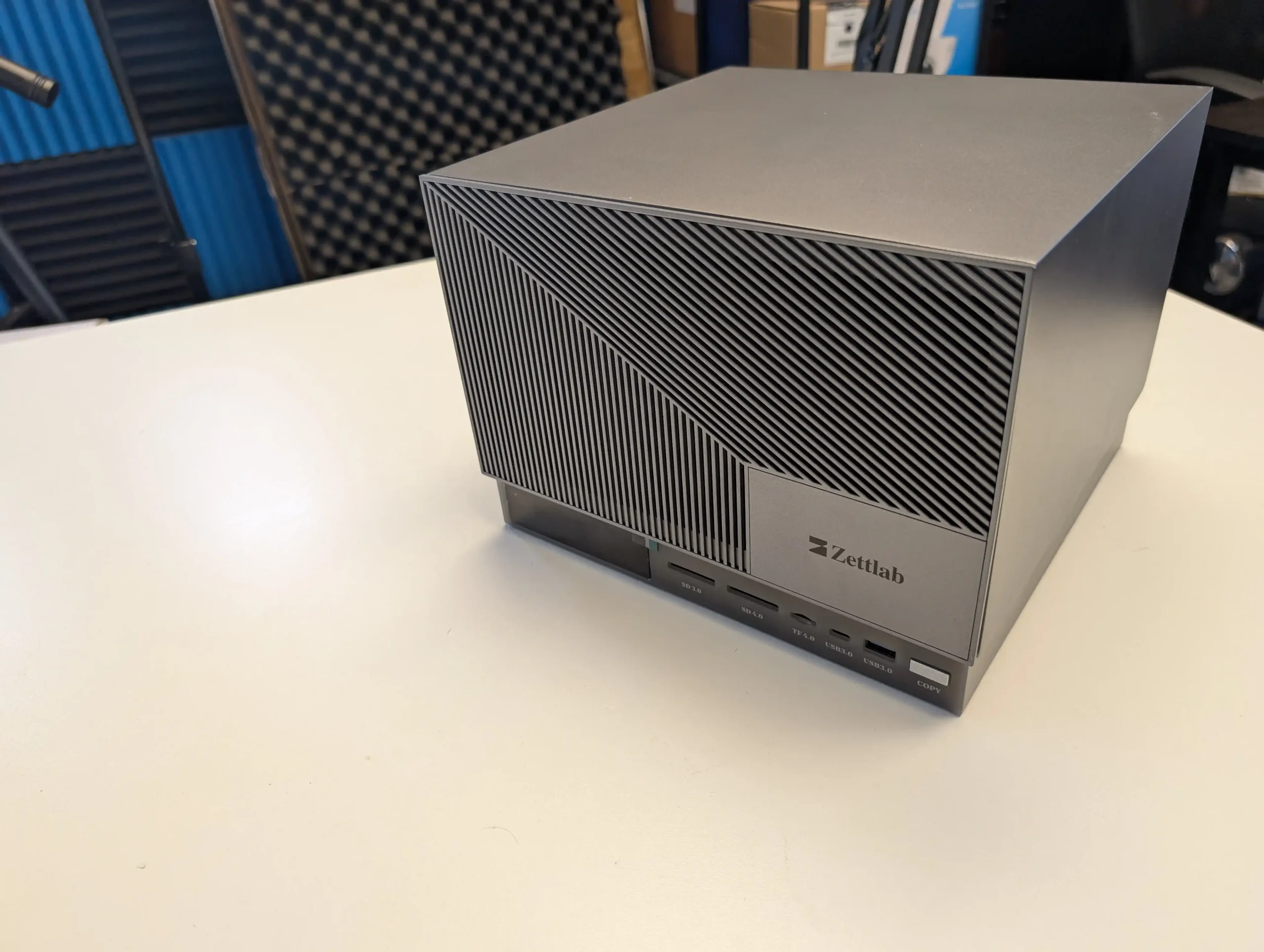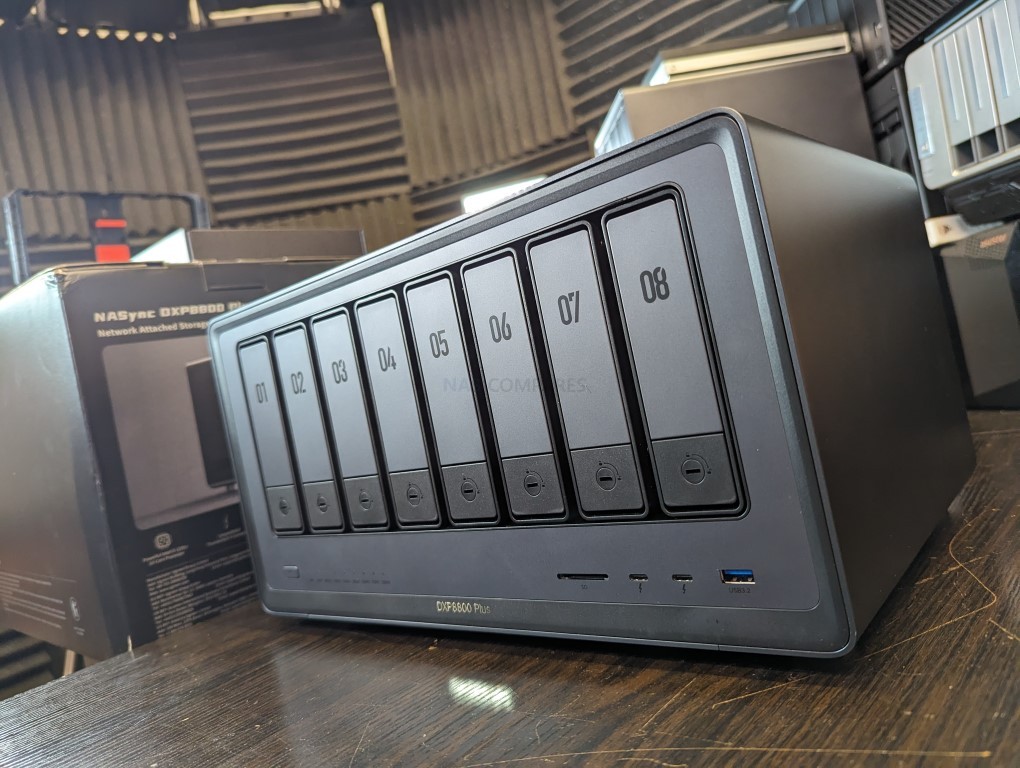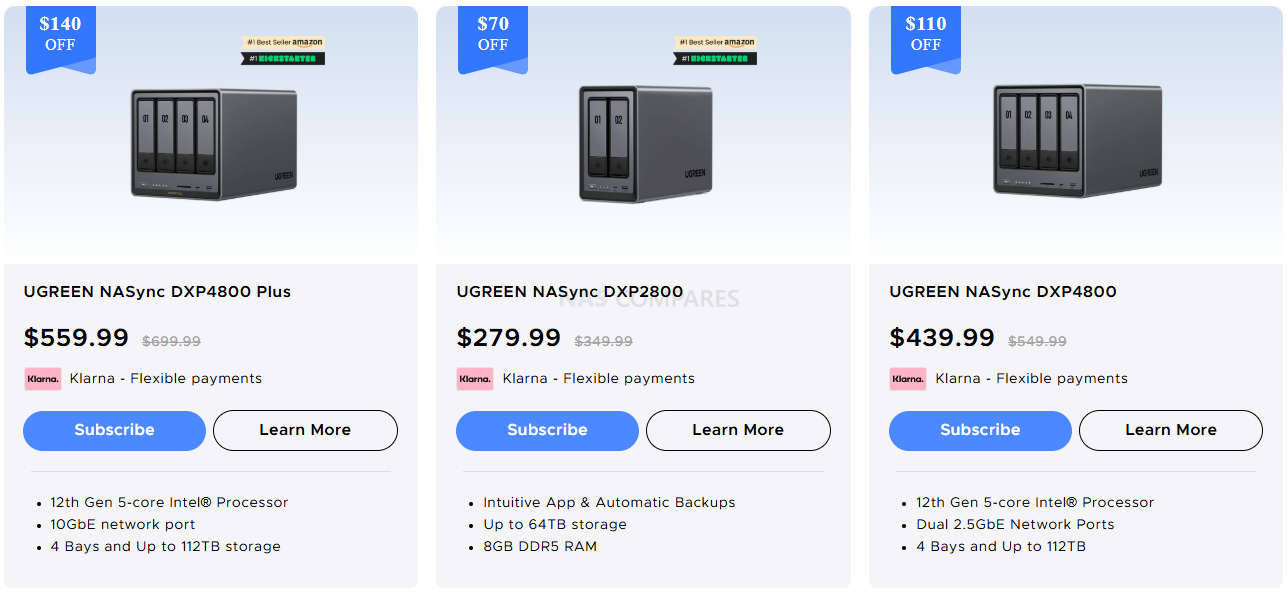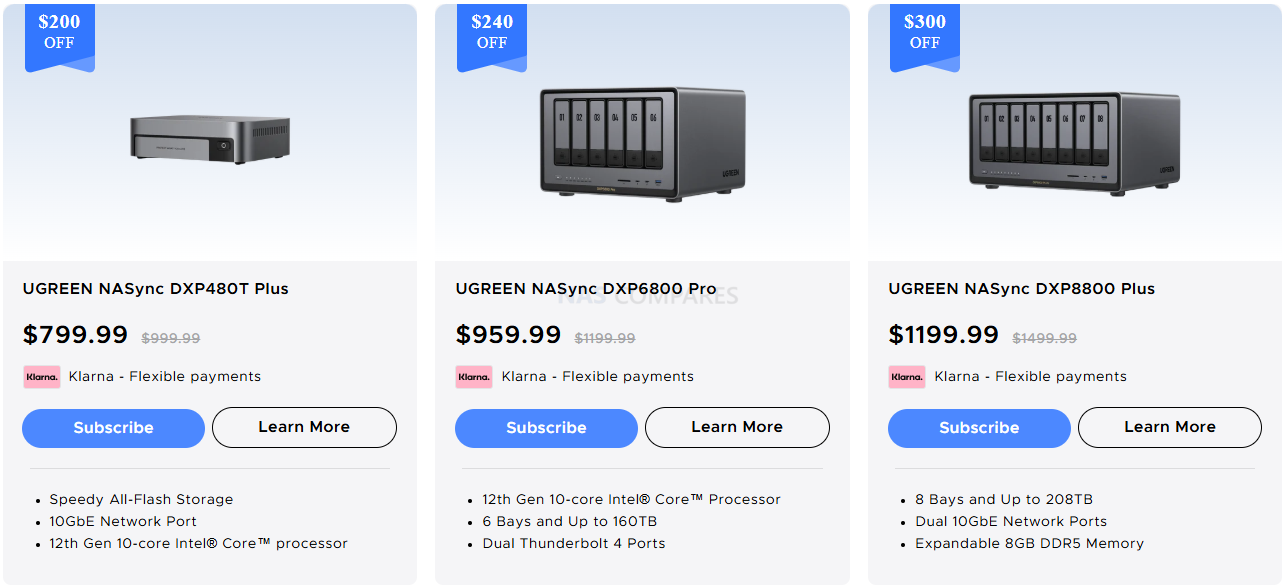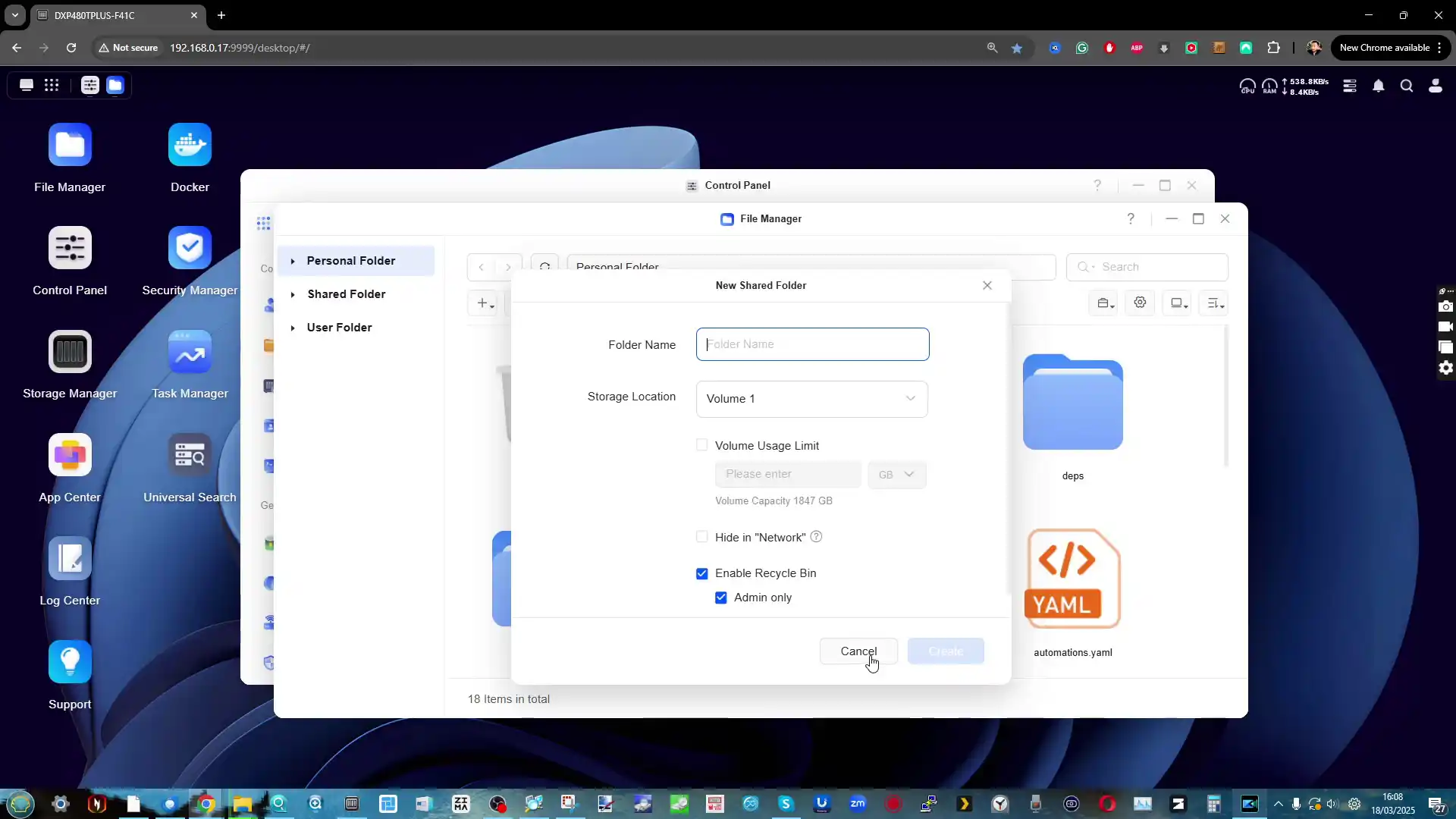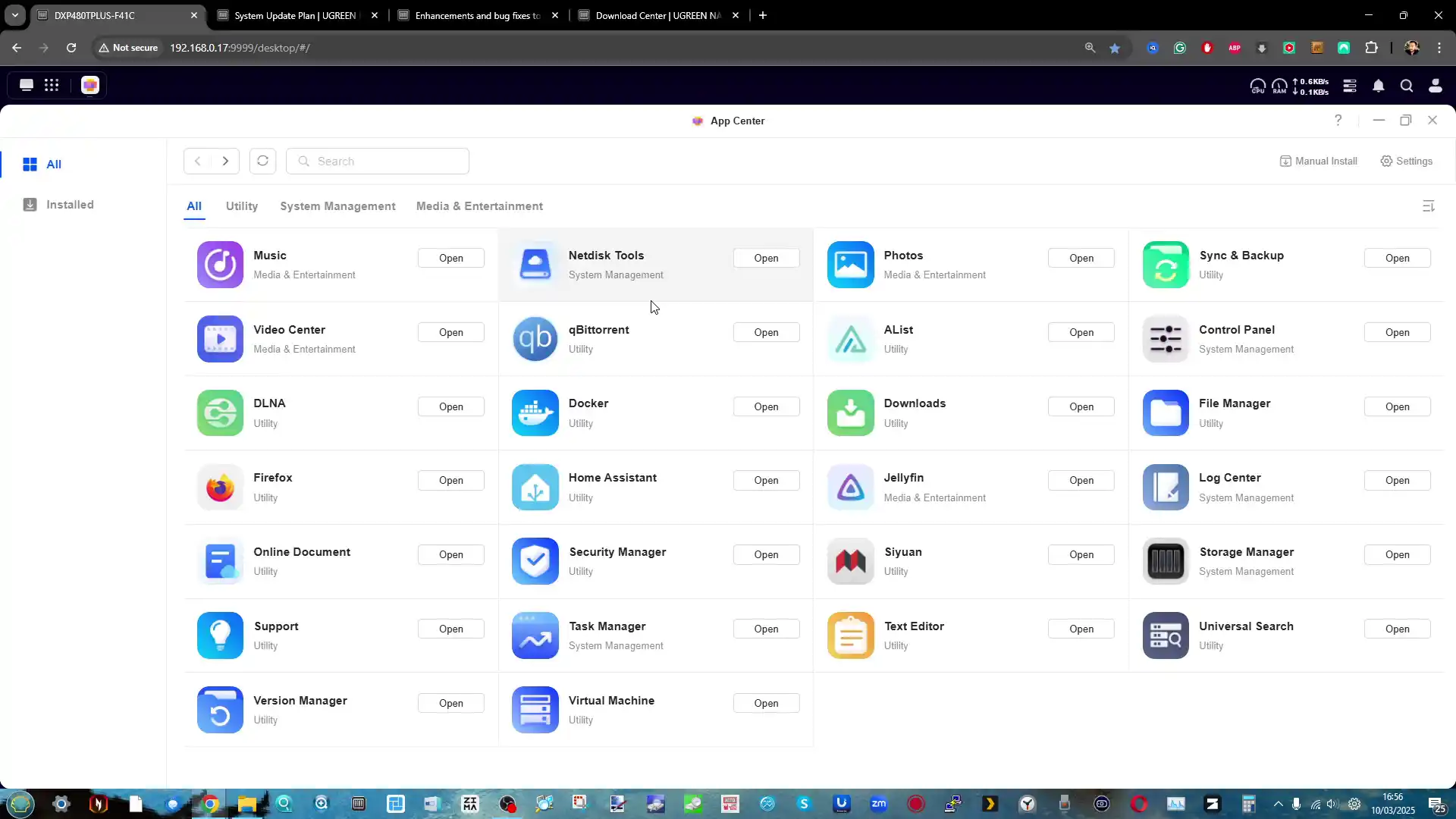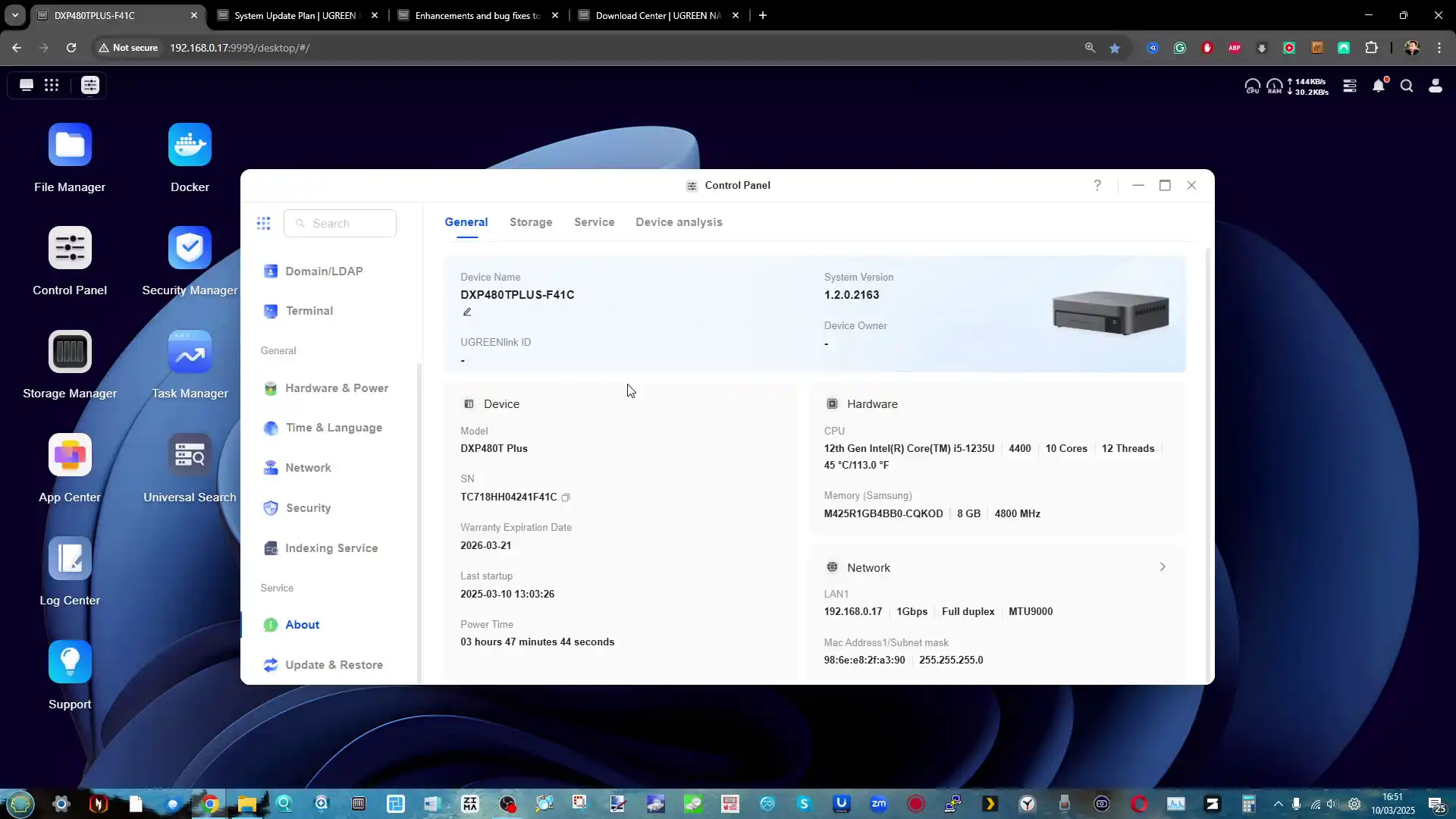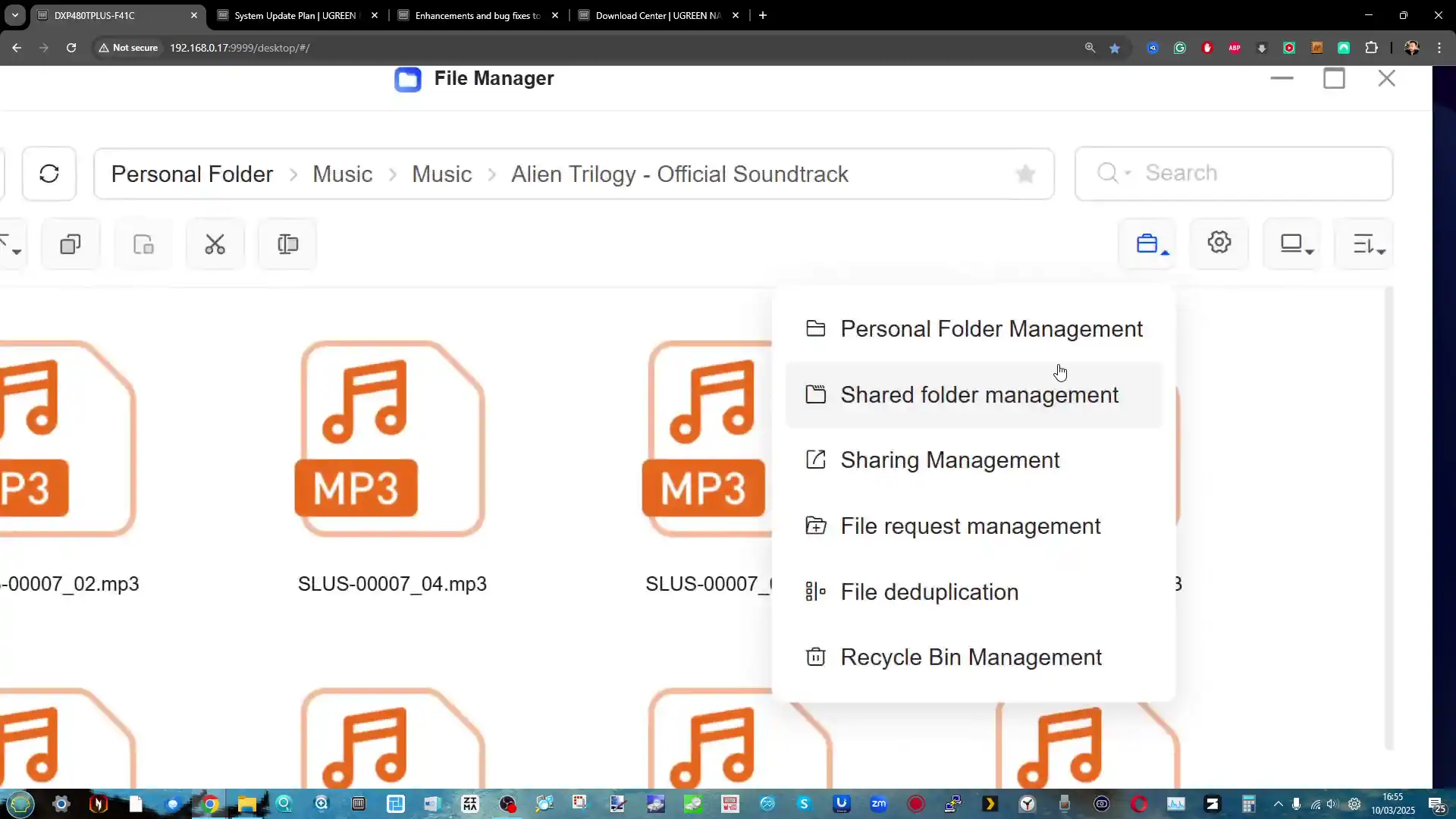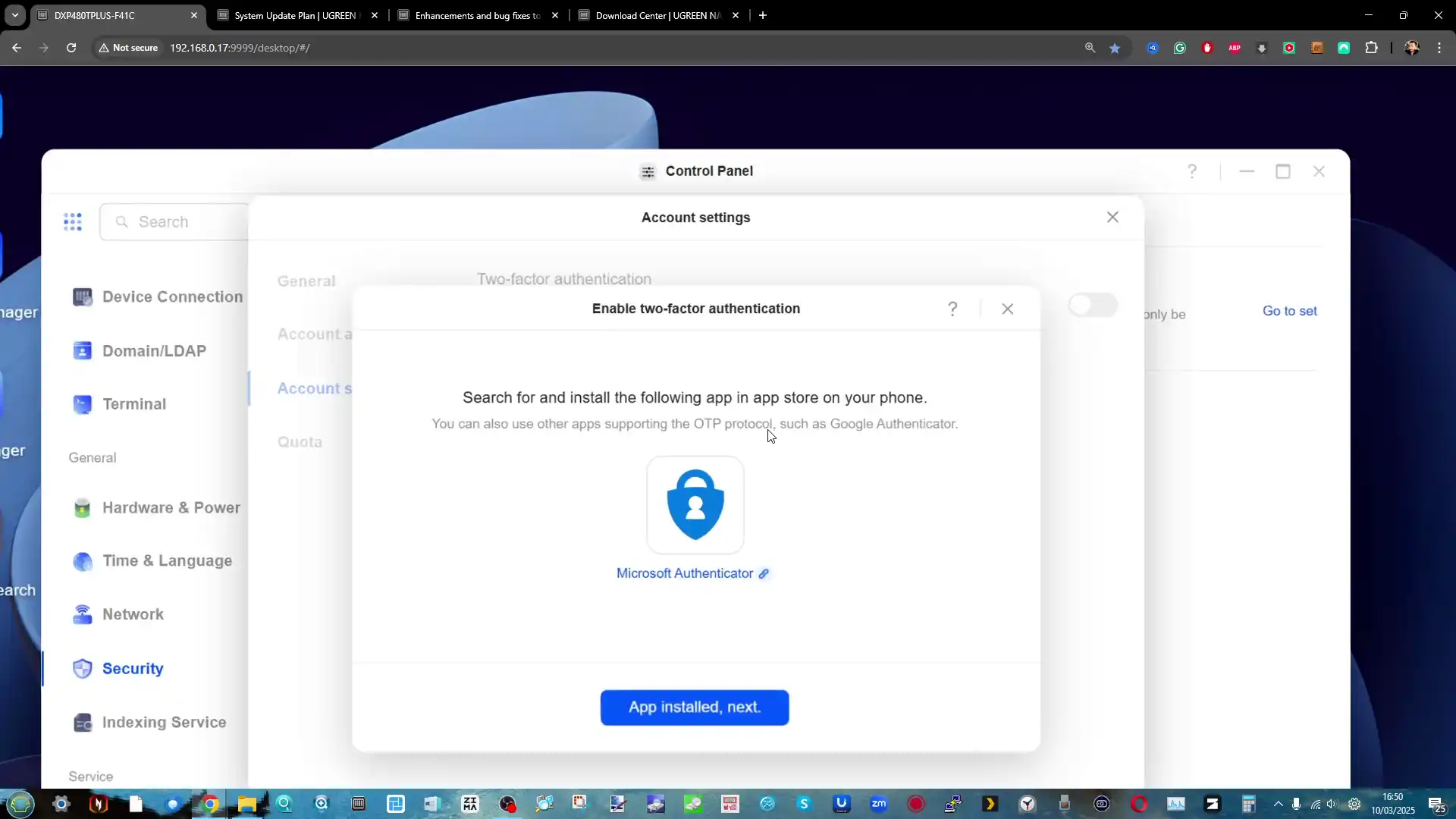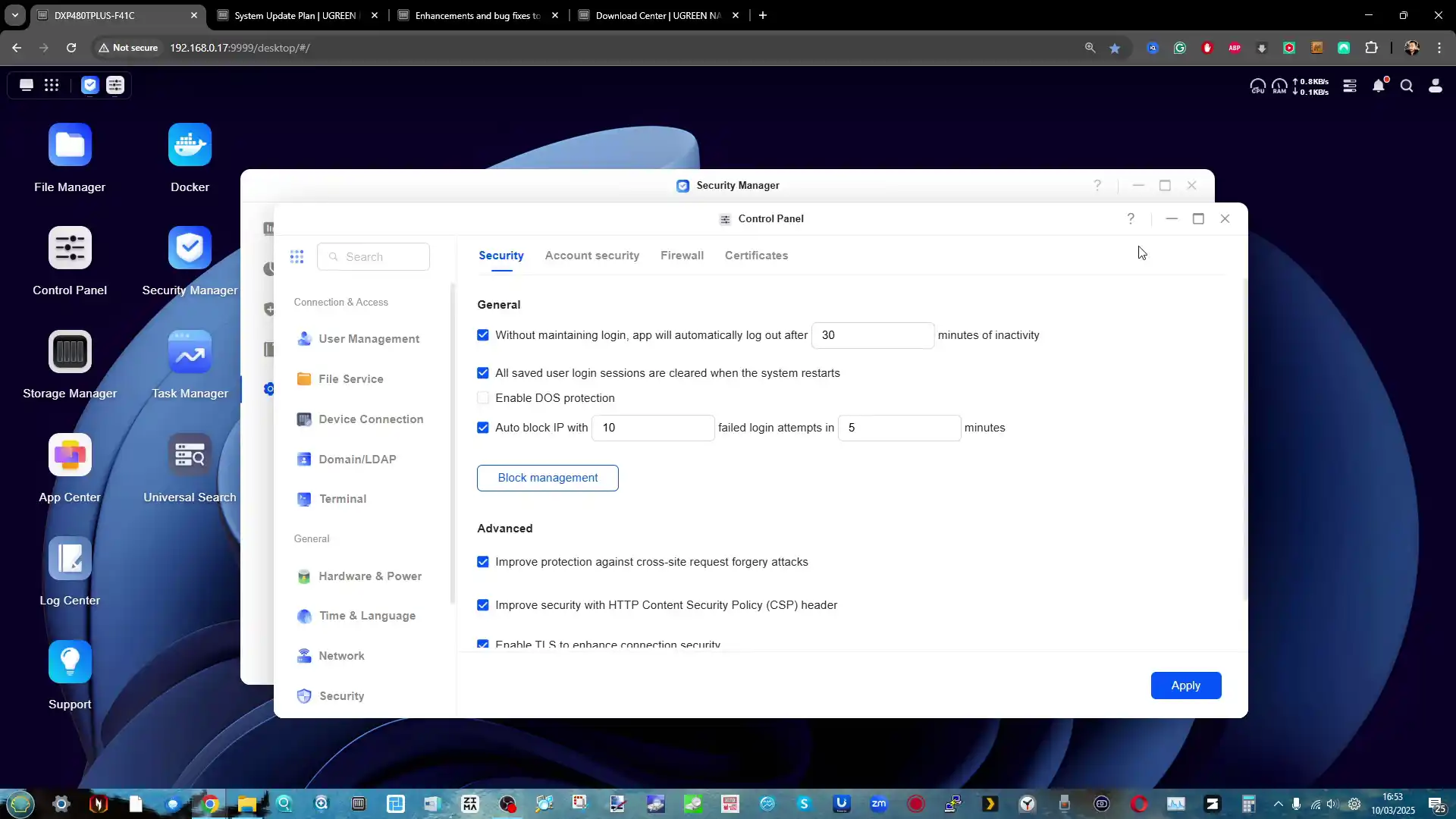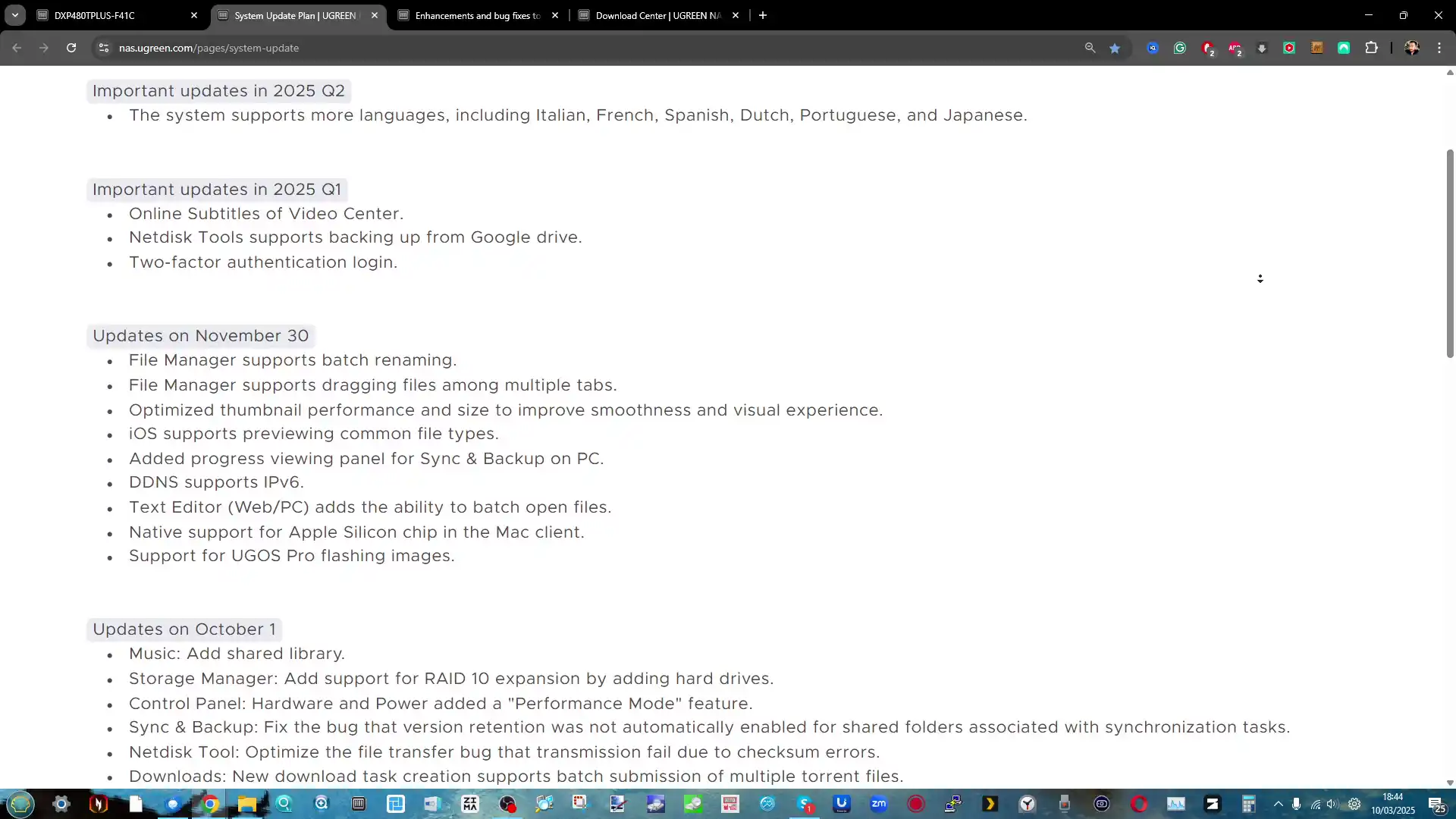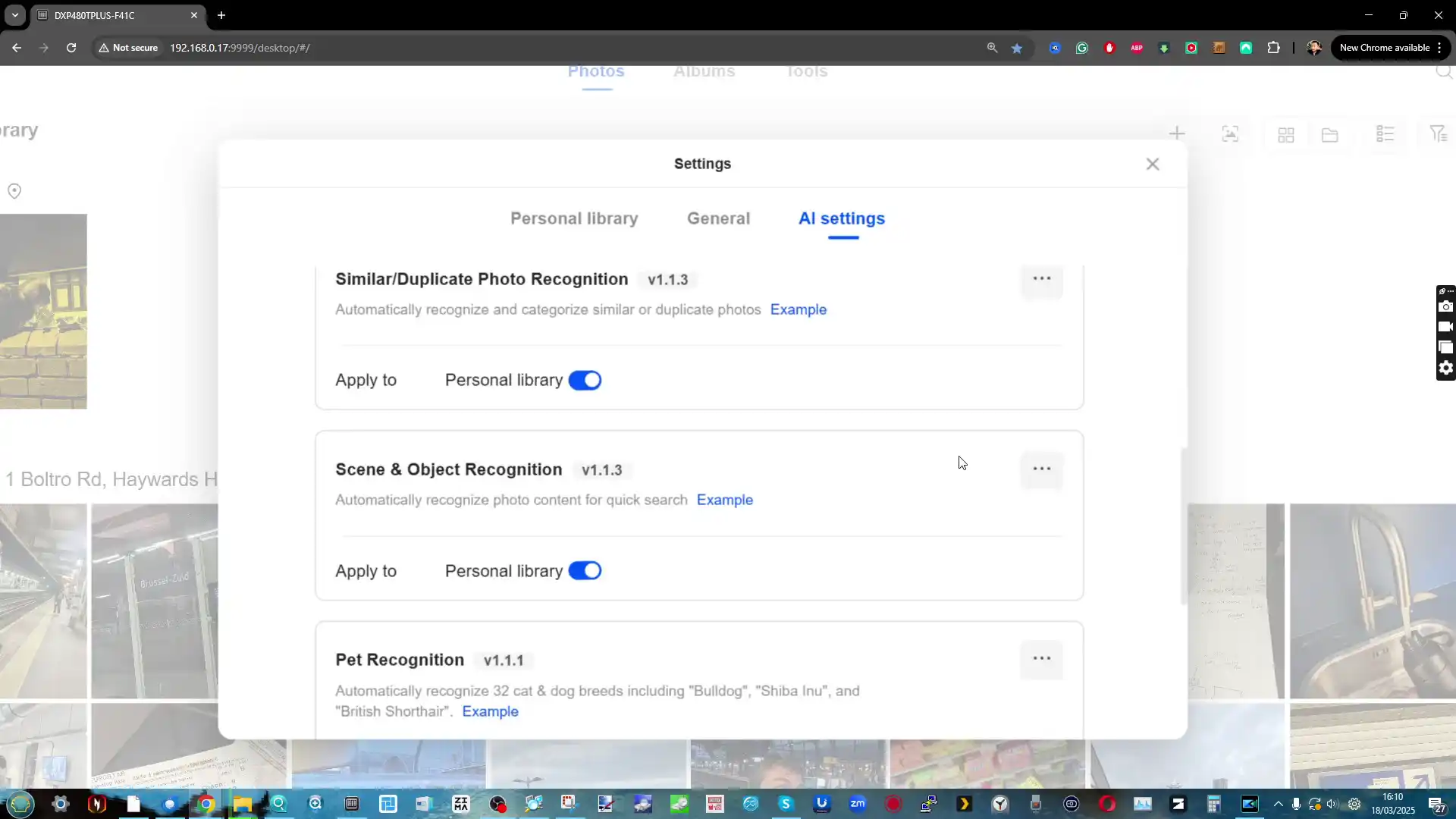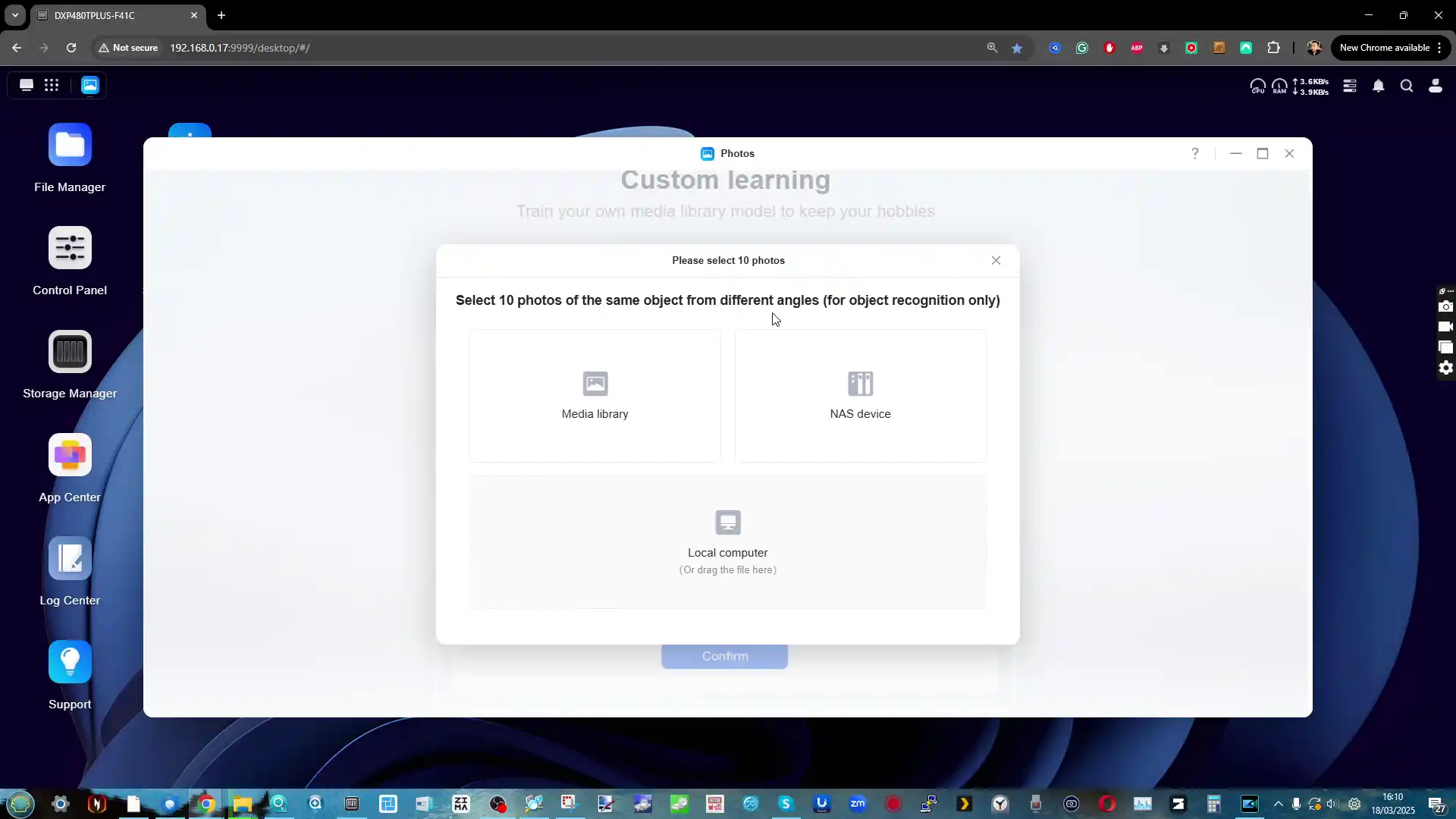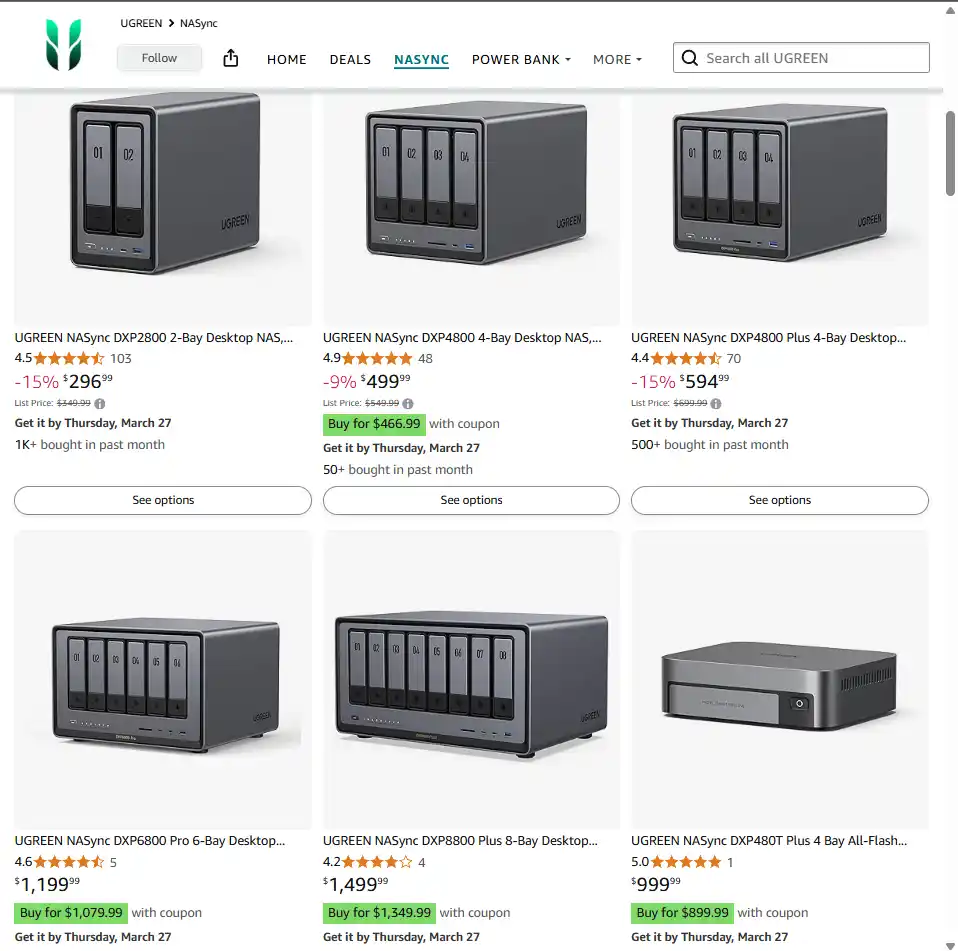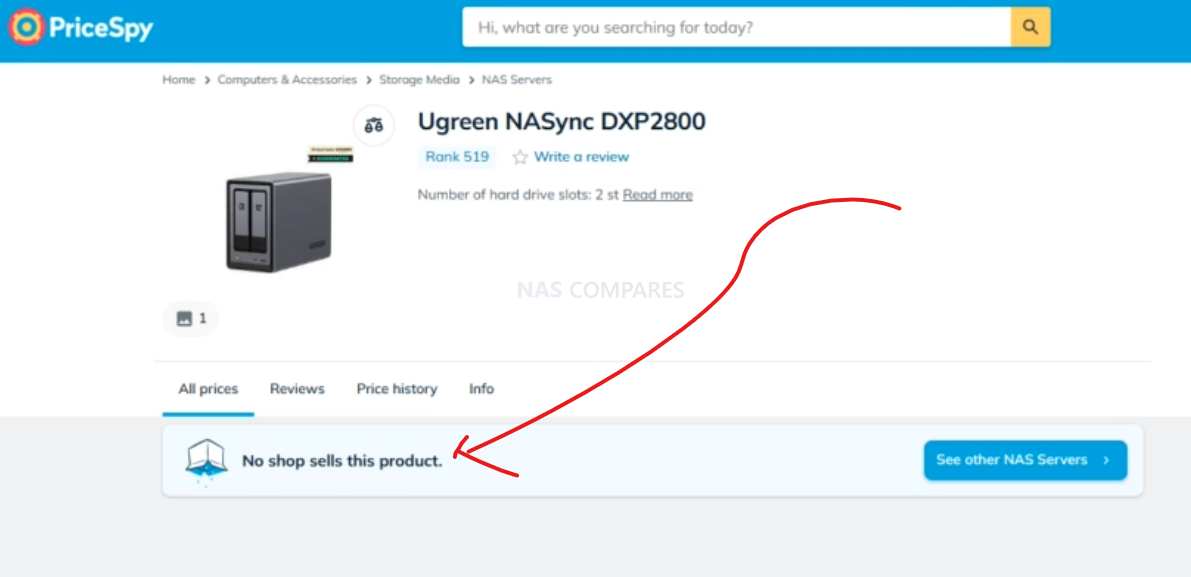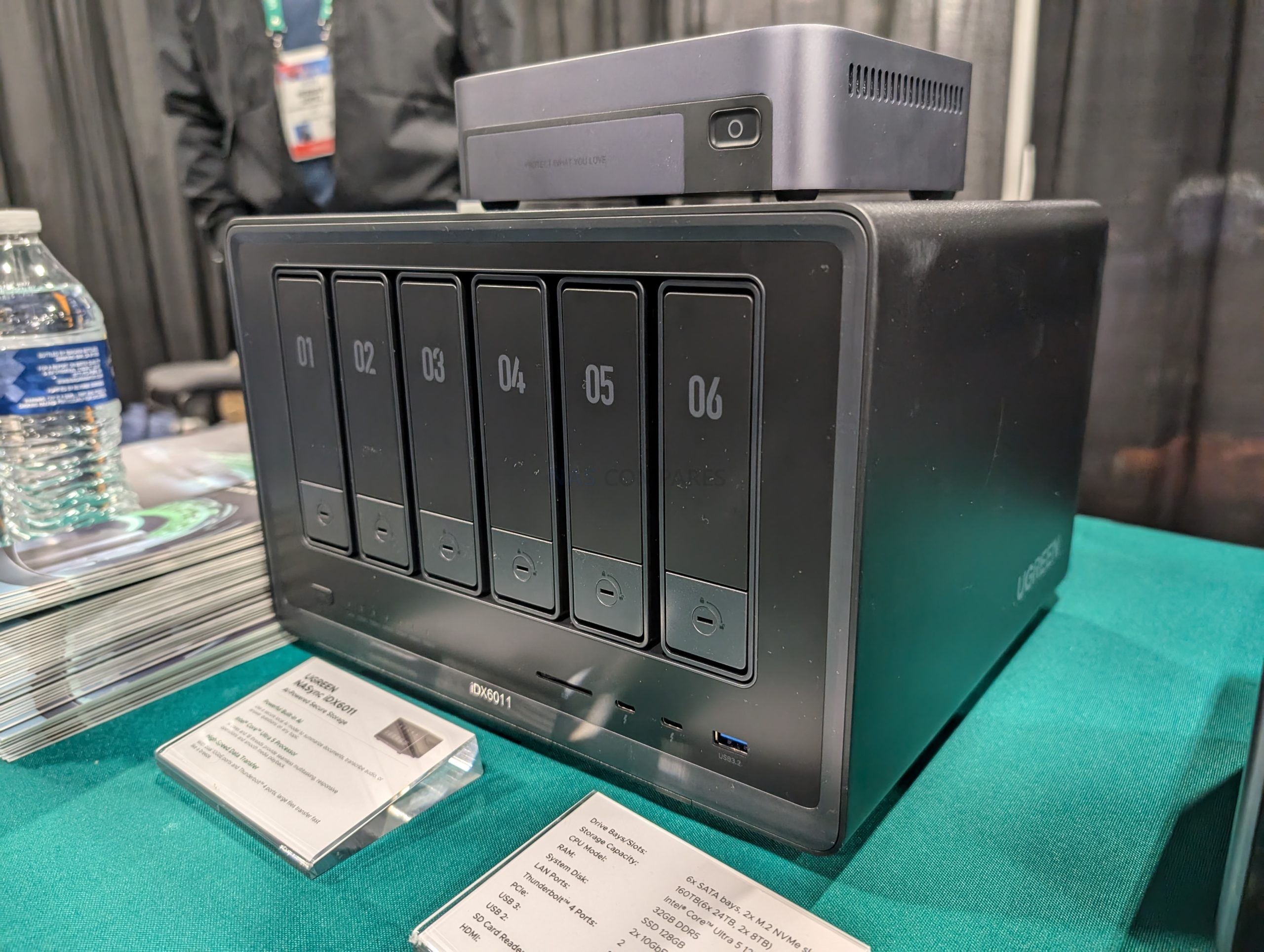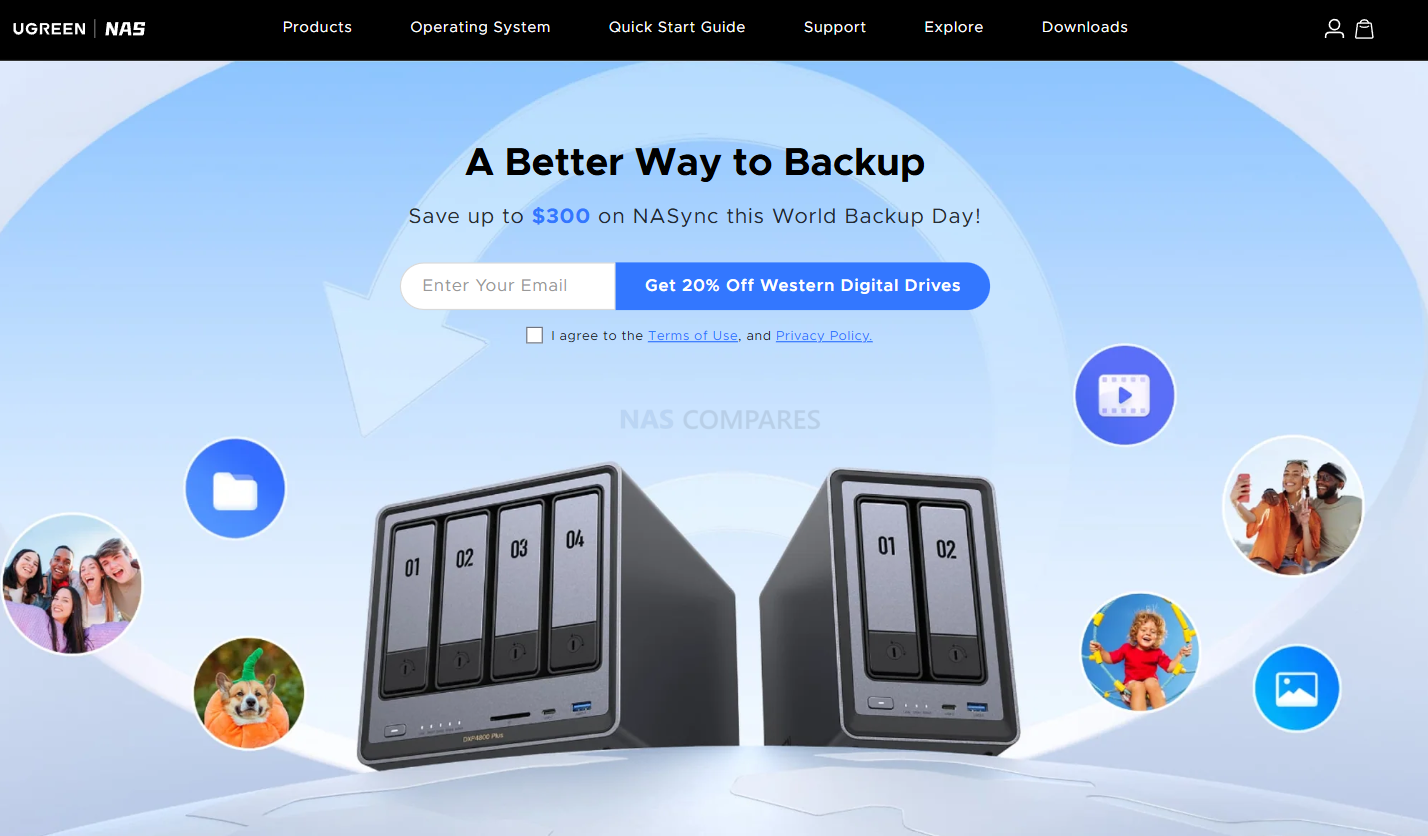Orico Cyberdata Vault NAS (Early) Review
Does the Orico Cyberdata Vault CF56 and CF56 Pro Deserve Your Data?
IMPORTANT – This is a review of two early prototypes of the Orico Cyberdata Vault NAS devices that will be launching on crowdfunding in July, and likely will see improvement and optimization as time and development continue. I provide this rolling/dynamic review as an indication of what the system is aiming fo ran a full and detailed review of the final product will arrive much closer to launch.
The Orico CyberData Vault CF56 and CF56 Pro NAS systems are part of a newly developed six-model lineup that will be launched via Kickstarter, aimed squarely at prosumers, media professionals, and small business environments in need of hybrid local storage with higher bandwidth connectivity and ZFS support. Both systems are built around the same chassis design but differ significantly in internal capabilities: the CF56 features an Intel Core i3-N305 processor (8-core, 8-thread), while the CF56 Pro steps up to an Intel Core i5-1240P (12-core, 16-thread). The units combine traditional 3.5-inch HDD storage (five bays) with six M.2 NVMe SSD slots for caching or tiered storage configurations, housed within a structure that offers magnetic access panels and multi-zone active cooling.
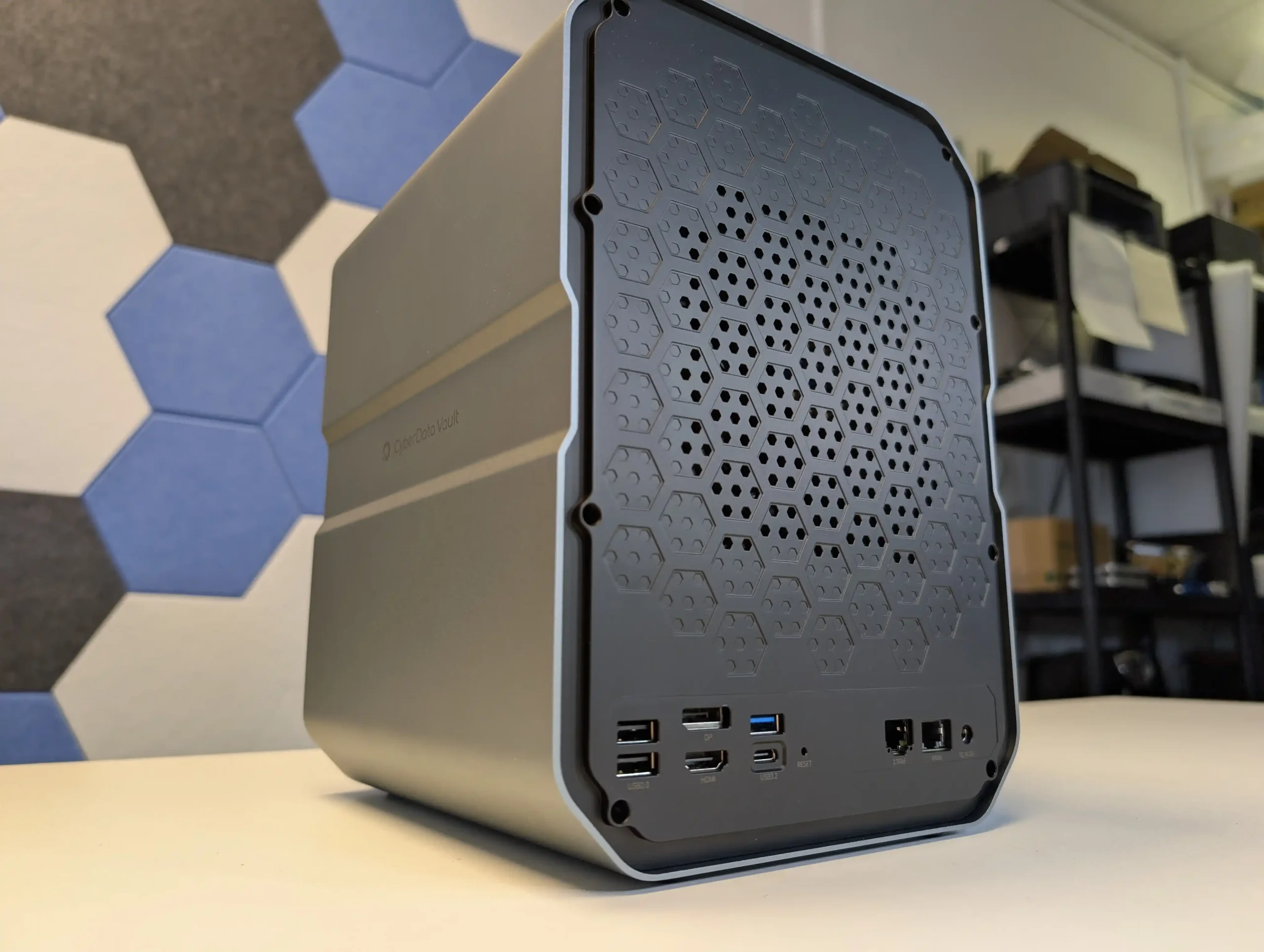
These models also introduce Orico’s new CyberData OS, a ZFS-based operating system featuring snapshots, real-time media indexing, and AI photo recognition—although in its current form it remains incomplete and in early development. With features such as dual 10GbE on the Pro model, USB4 connectivity, and flexible expansion via a GPU dock or RAID cabinet, these NAS systems reflect Orico’s shift from accessory brand to full-scale storage solution provider. While still prototype units, the CF56 and CF56 Pro demonstrate hardware ambition aligned with recent trends in semi-professional NAS design, echoing earlier moves from competitors like UGREEN, Aoostar, and Minisforum.
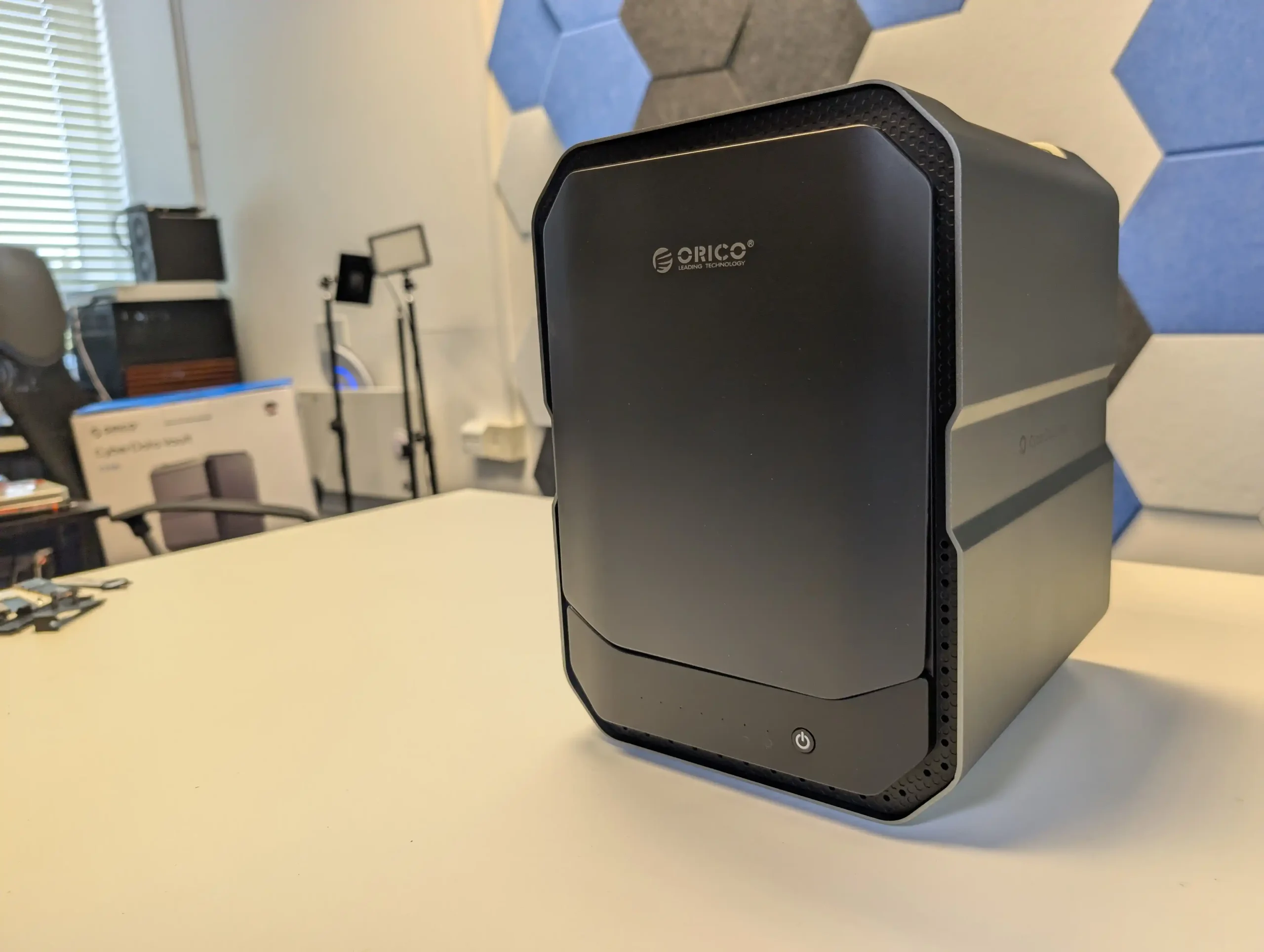
Orico Cyberdata Vault Review – Quick Conclusion
The Orico CF56 and CF56 Pro offer a promising blend of modern hardware, hybrid storage design, and ZFS-based data protection aimed at prosumers and small creative teams seeking high-speed, subscription-free private cloud solutions. With a total of five 3.5” HDD bays and six M.2 NVMe SSD slots, both units provide considerable flexibility for building tiered or cache-accelerated storage environments, while their use of efficient Intel processors—the N305 in the CF56 and the more powerful i5-1240P in the Pro—positions them for a wide range of workflows from basic file serving to heavier tasks like 8K transcoding, Docker hosting, and AI media indexing. The CF56 Pro, in particular, stands out with its dual 10GbE networking, USB4 ports, GPU dock support, and multi-zone cooling—placing it closer to workstation-class NAS territory. However, both models are currently limited by the early state of their CyberData OS software, which, while promising in features like snapshots, AI recognition, and mobile integration, suffers from missing essentials such as two-factor authentication, a complete app ecosystem, and consistent language localization. Performance results also reflect this unfinished software layer, with SMB transfer speeds and transcoding performance falling short of the hardware’s full potential. Concerns like elevated NVMe temperatures on the Pro model and the lack of ECC memory support—despite ZFS being the default file system—underscore the need for careful expectations among more advanced users. Nonetheless, as hardware platforms, the CF56 and CF56 Pro are well-designed and competitive, particularly if Orico can deliver on its planned optimizations and enhancements by the time of full release.
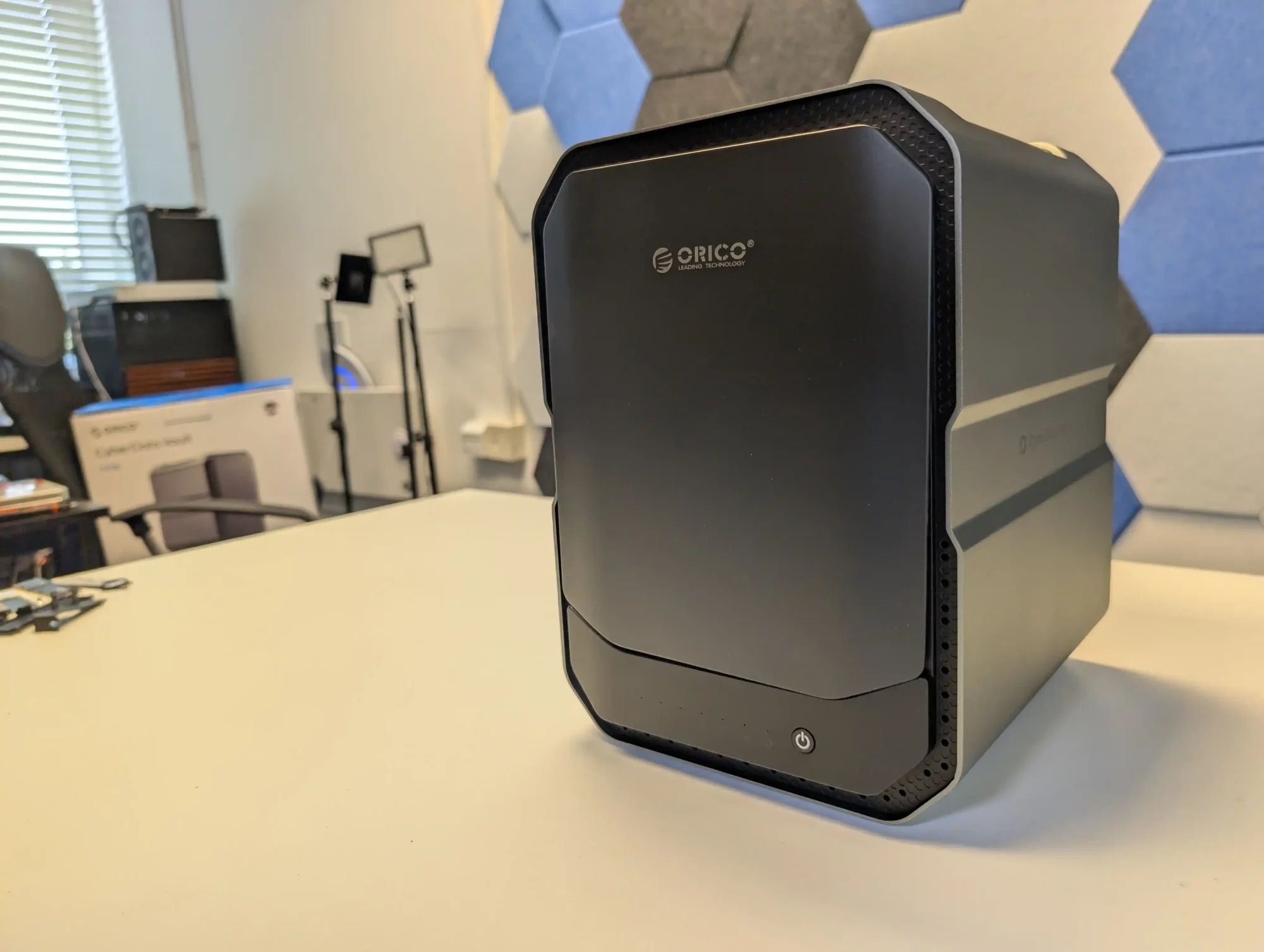

7.8
 Hybrid storage: 5x HDD + 6x M.2 NVMe SSD (flexible ZFS configurations)
Hybrid storage: 5x HDD + 6x M.2 NVMe SSD (flexible ZFS configurations) Dual 10GbE on CF56 Pro for high-speed networking
Dual 10GbE on CF56 Pro for high-speed networking Modern CPUs: Efficient N305 and powerful i5-1240P
Modern CPUs: Efficient N305 and powerful i5-1240P Expandability via GPU dock (CF56 Pro only) and USB4 RAID cabinet
Expandability via GPU dock (CF56 Pro only) and USB4 RAID cabinet Up to 64GB DDR5 RAM with dual-channel (CF56 Pro)
Up to 64GB DDR5 RAM with dual-channel (CF56 Pro) Multi-zone active cooling and manual fan profiles
Multi-zone active cooling and manual fan profiles HDMI + DisplayPort output with 4K/8K support
HDMI + DisplayPort output with 4K/8K support Integrated AI media management and Docker support
Integrated AI media management and Docker support
 No ECC memory support
No ECC memory support USB4 ports lack network-over-USB functionality (Coming Later Apparently)
USB4 ports lack network-over-USB functionality (Coming Later Apparently) Early firmware lacks optimization (e.g. SMB transfer speeds)
Early firmware lacks optimization (e.g. SMB transfer speeds) CyberData OS lacks two-factor authentication and app store currently
CyberData OS lacks two-factor authentication and app store currently Top NVMe region on CF56 Pro runs hot under load (80°C) on this protoype
Top NVMe region on CF56 Pro runs hot under load (80°C) on this protoype Localization/UI inconsistencies in current OS build (still pre-launch) and Software still in development; not final at time of review
Localization/UI inconsistencies in current OS build (still pre-launch) and Software still in development; not final at time of review Crowdfunding is Not For Everyone
Crowdfunding is Not For Everyone
Orico Cyberdata Vault Review – Design
The exterior design of the CF56 and CF56 Pro is clearly built around practical serviceability and visual minimalism, with both devices using a shared chassis that prioritizes easy access to internal components. The most distinctive feature is the magnetic front panel, which is removable without tools and serves both an aesthetic and functional purpose. This panel provides ventilation along the sides and top edges, as well as system information through onboard LED indicators.
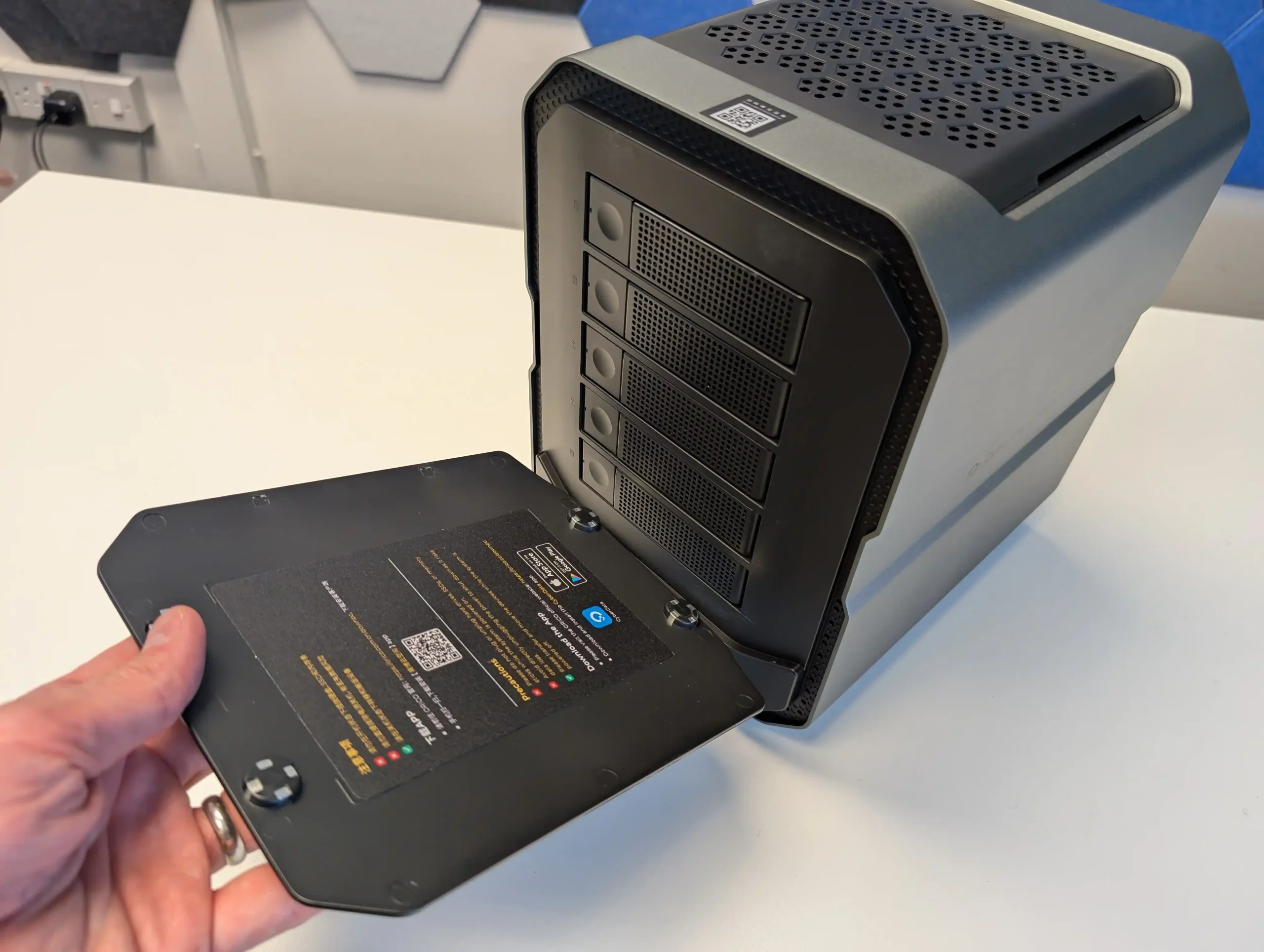
Behind it, the five 3.5-inch drive bays are arranged vertically on a dedicated SATA backplane, pre-wired for direct access to the internal storage controller. This layout streamlines maintenance and makes drive replacement relatively simple, although hot-swap capability has not been officially confirmed in the prototype documentation.
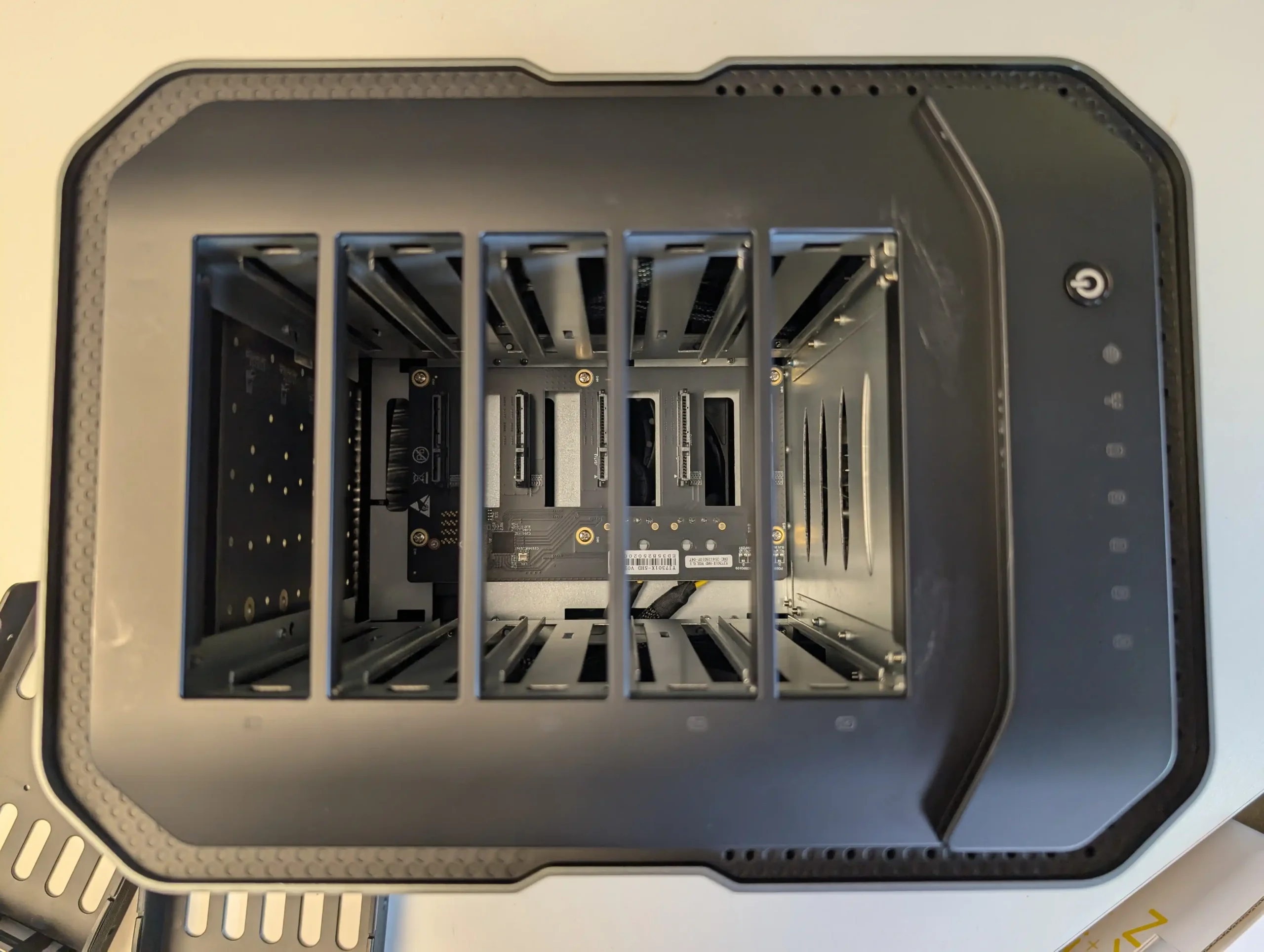
Above the HDD area, users will find four top-facing M.2 NVMe SSD slots located beneath a secondary magnetic lid, which includes a washable mesh dust filter. This dual-layered design gives quick tool-less access to the upper SSDs, and the system provides enough internal clearance to accommodate full-height heatsinks.
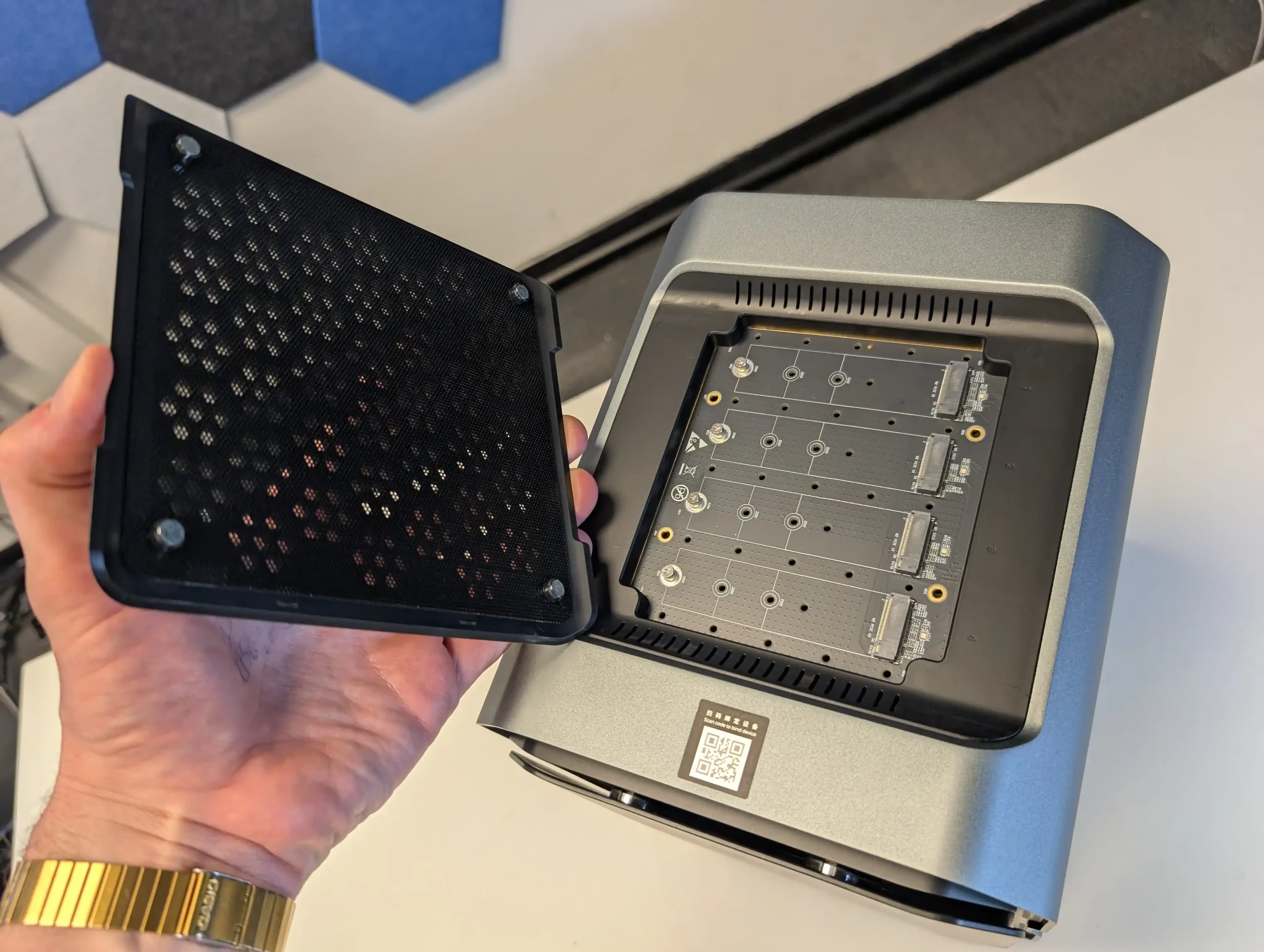
Underneath the chassis are two additional M.2 NVMe slots, accessed by removing the base plate, which is secured with standard screws. Combined, this provides a total of six M.2 bays, enabling hybrid storage setups where SSDs can be allocated for cache, metadata pools, or as part of a tiered ZFS configuration. While the layout appears consistent across both models, there are minor internal structural differences, especially in the power and thermals between the N305 and i5 variants.
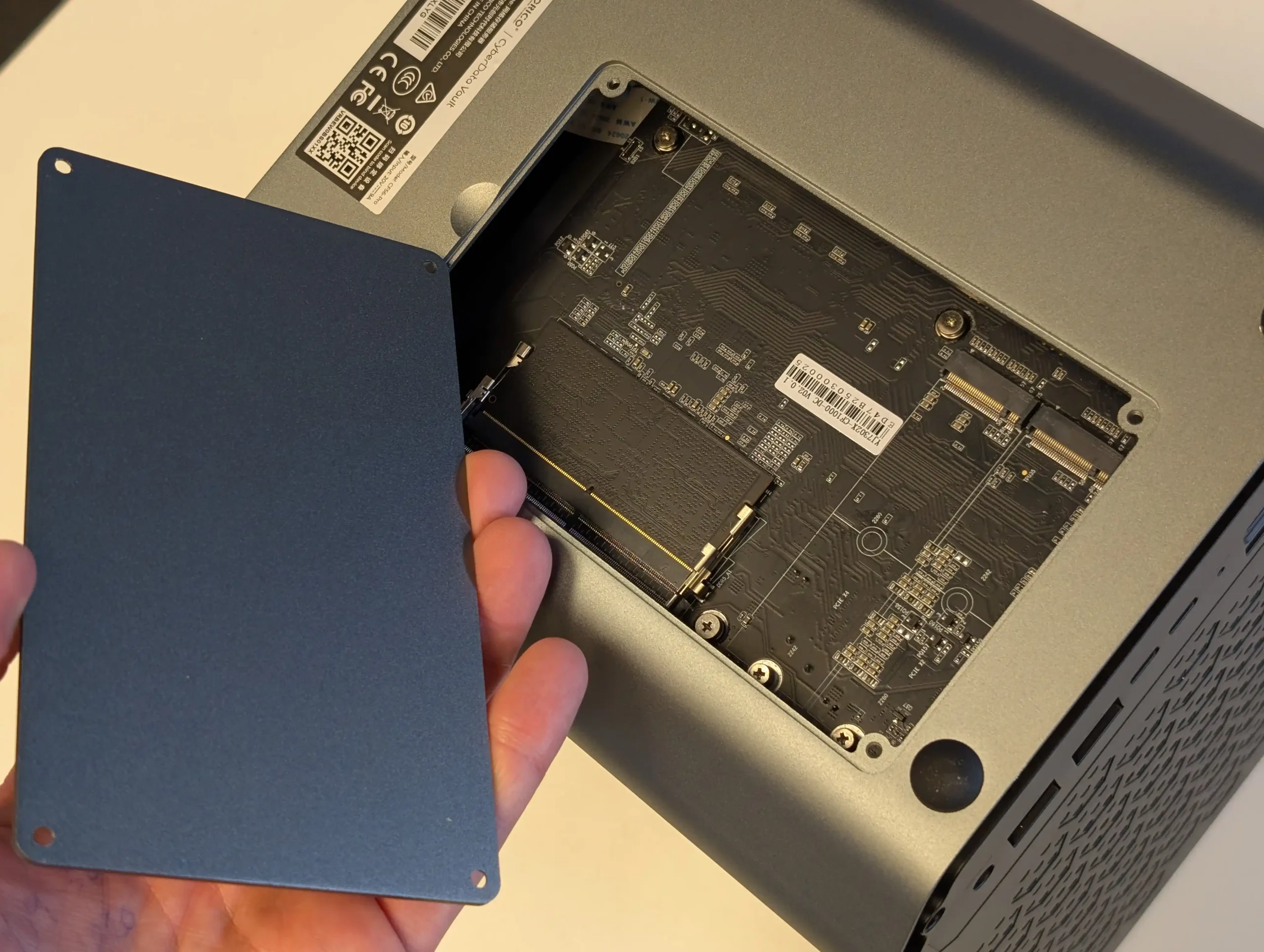
Build quality varies slightly depending on perspective. The chassis exterior is predominantly plastic for reduced weight and cost, but the internal structure—such as drive cages, shielding, and board mounting points—is fully metal, contributing to better durability and heat dissipation.
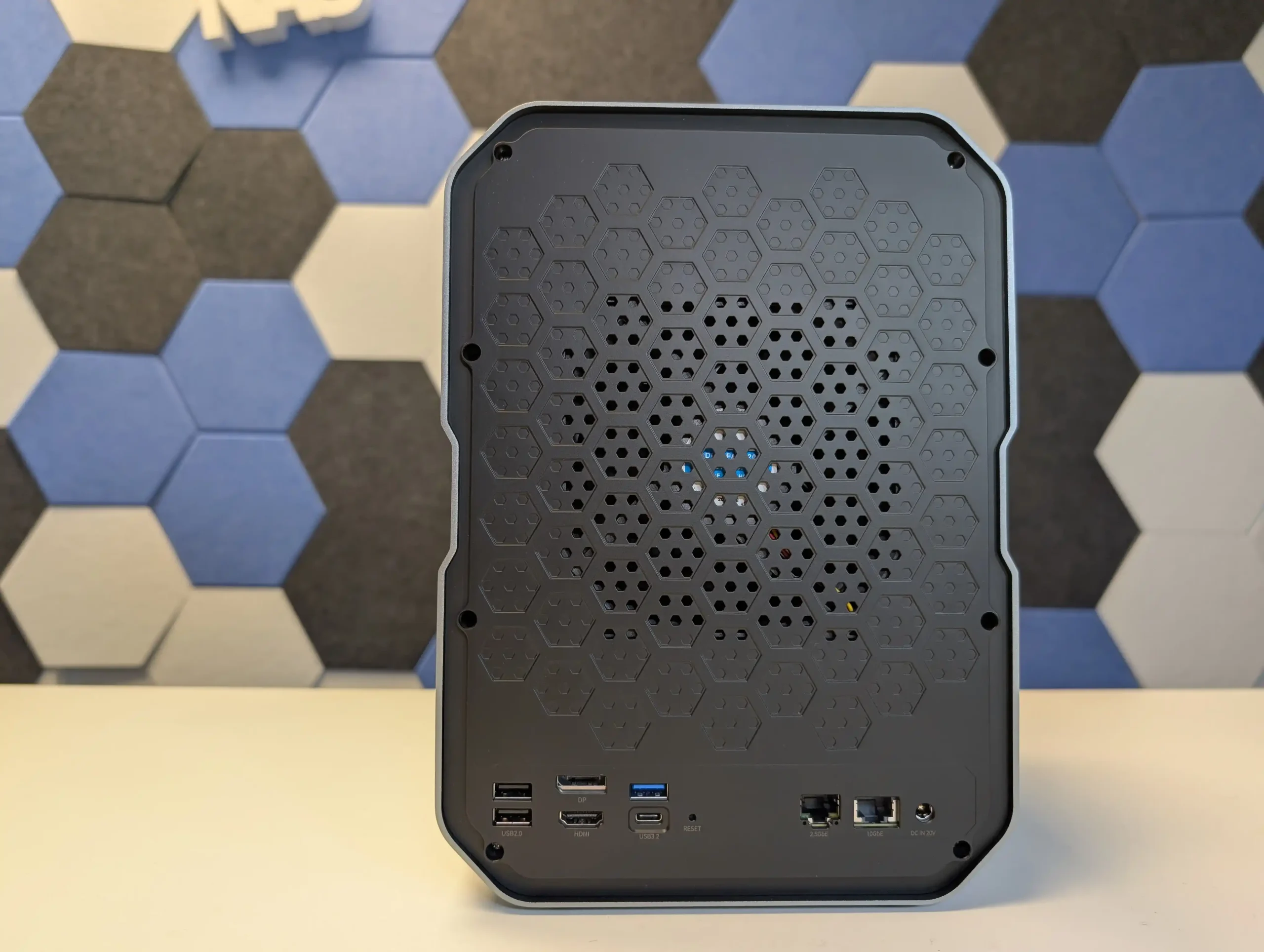
Ventilation is managed by a single large rear fan, with the Pro variant including additional improvements in thermal zoning. Noise levels remained within reasonable limits during testing, with the CF56 model averaging 29–31 dBA in quiet mode and the CF56 Pro rising to 46–47 dBA under full load. This suggests that although the design is visually consistent, thermal demands increase substantially with the i5-1240P model under sustained workloads or dense NVMe configurations.
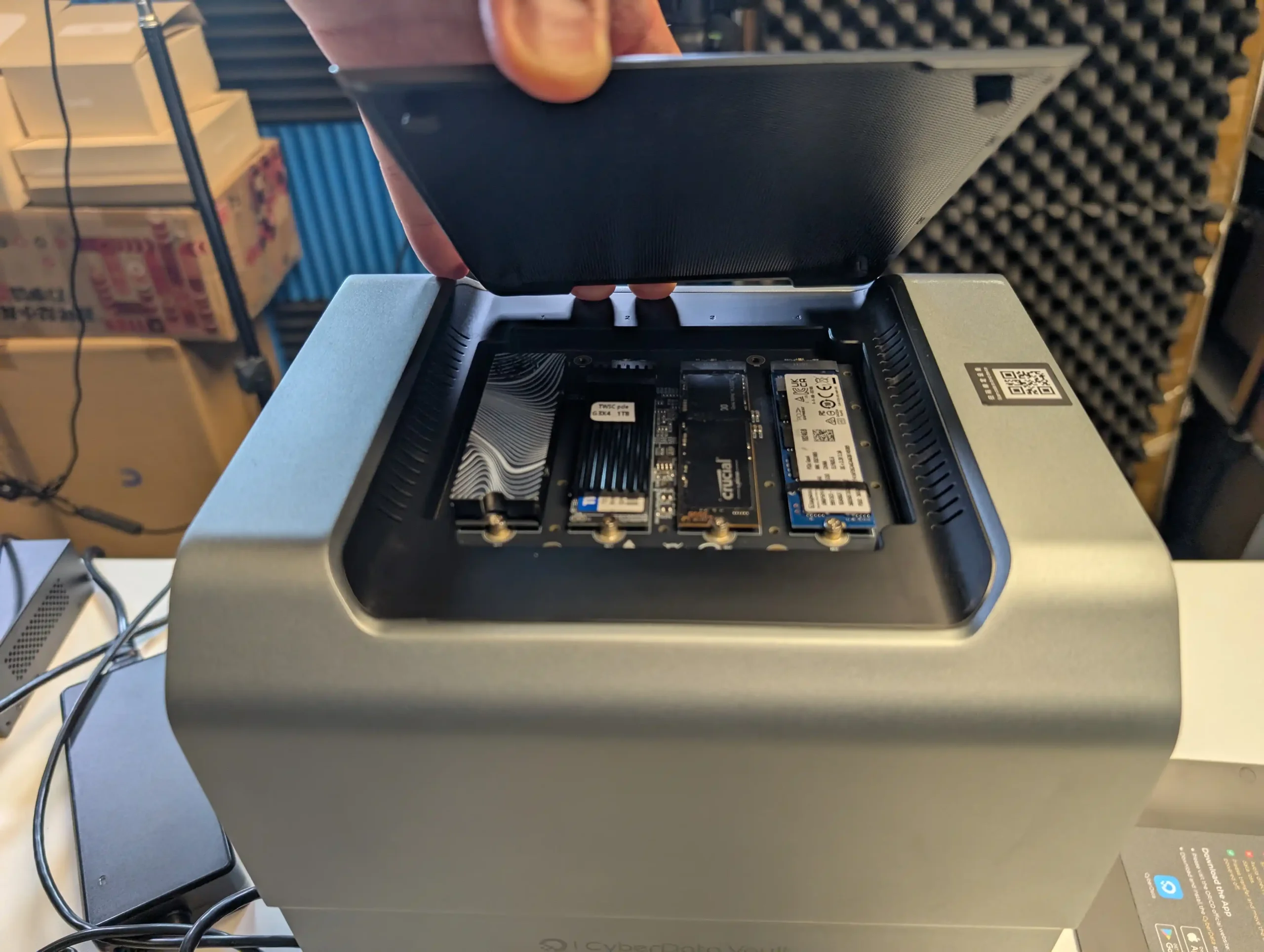
One notable design concern relates to the temperature observed in the upper M.2 bay region of the CF56 Pro. During extended stress testing, the top section of the chassis reached temperatures close to 80°C, prompting early correspondence with Orico about hardware revision plans. According to the brand, this issue has already led to a second- and third-generation PCB redesign, aiming to reduce thermal concentration around the CPU and top NVMe slots. It’s expected that the final retail revision of the CF56 Pro will include enhanced heat dissipation features in that area, potentially including better ventilation cutouts or redesigned passive cooling components on the board level.
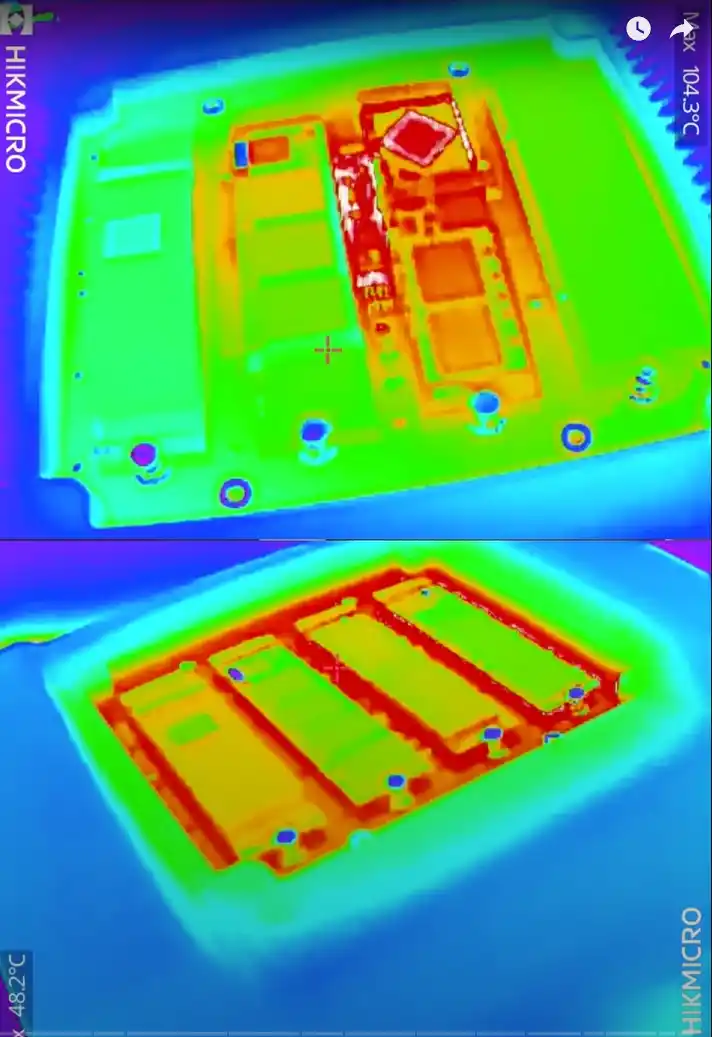
Lastly, the system’s approach to internal power delivery differs subtly between models. Both the CF56 and CF56 Pro use an external PSU that connects via a barrel plug, but the wattage and thermal ceiling requirements are significantly higher on the Pro due to its 12-core CPU and expanded 10GbE networking. These differences also manifest in fan curve behavior and system-wide power consumption. Under light but active load (including live network activity and idle CPU), the CF56 consumed around 45–46W. In contrast, the CF56 Pro peaked at 79–81W during 8K transcoding and full NVMe/HDD population. This further emphasizes how both models share a common enclosure but diverge internally to meet their respective performance tiers.
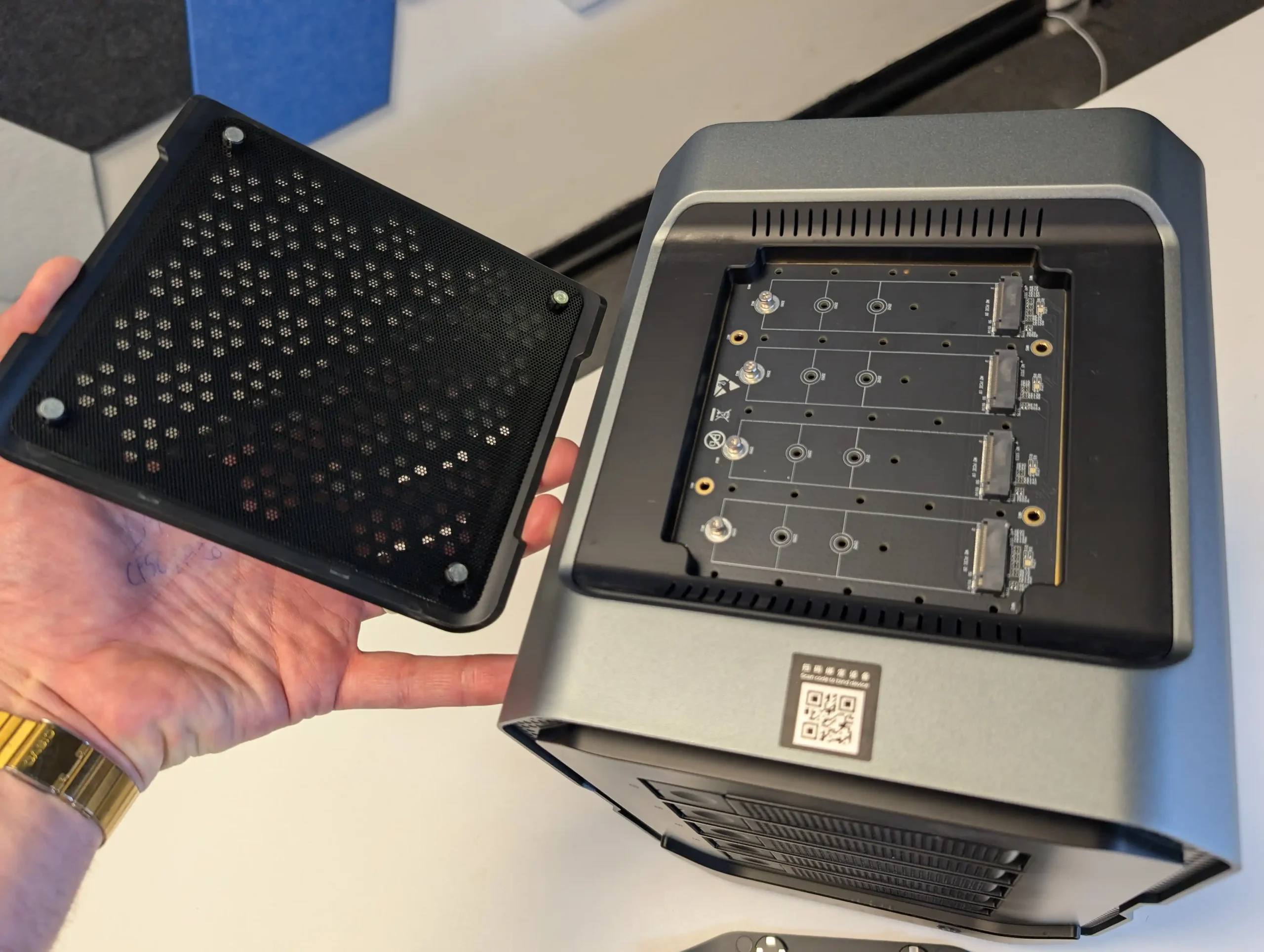
Orico Cyberdata Vault Review – Internal Hardware
Internally, the CF56 and CF56 Pro share a similar board layout, but the differences in their processors define the target use case and overall capabilities of each unit. The CF56 is powered by the Intel Core i3-N305, an energy-efficient 8-core/8-thread processor based on the Gracemont architecture. This CPU is commonly used in fanless mini PCs and excels in multi-threaded workloads at low power consumption, making it suitable for light-to-moderate NAS tasks such as SMB file serving, local backups, Docker containers, and light Plex usage. Meanwhile, the CF56 Pro features the Intel Core i5-1240P, a significantly more powerful 12-core/16-thread processor with four performance cores and eight efficiency cores. This hybrid architecture provides greater burst throughput and a better foundation for AI-enhanced services, real-time media indexing, and virtualization tasks.
| Specification | i5-1240P | i3-N305 | N150 | N355 |
|---|---|---|---|---|
| Total Cores | 12 (4P + 8E) | 8 (Efficient only) | 4 | 8 |
| # of Performance-cores | 4 | – | – | – |
| # of Efficient-cores | 8 | 8 | 4 | 8 |
| Total Threads | 16 | 8 | 4 | 8 |
| Max Turbo Frequency | 4.40 GHz | 3.80 GHz | 3.6 GHz | 3.9 GHz |
| Performance-core Max Turbo Freq. | 4.40 GHz | – | – | – |
| Efficient-core Max Turbo Freq. | 3.30 GHz | – | – | – |
| Cache | 12 MB Intel® Smart Cache | 6 MB Intel® Smart Cache | 6 MB Intel® Smart Cache | 6 MB Intel® Smart Cache |
| Processor Base Power | 28 W | – | 6 W | 15 W |
| Maximum Turbo Power | 64 W | – | – | – |
| Minimum Assured Power | 20 W | – | – | 9 W |
| TDP | – | 15 W | – | – |
| Configurable TDP-down | – | 9 W | – | – |
| GPU Name | Intel® Iris® Xe Graphics eligible | Intel® UHD Graphics | Intel® Graphics | Intel® Graphics |
| Graphics Max Dynamic Frequency | 1.30 GHz | 1.25 GHz | 1 GHz | 1.35 GHz |
| Microprocessor PCIe Revision | Gen 4 | Gen 3 | Gen 3 | Gen 3 |
| Chipset / PCH PCIe Revision | Gen 3 | Gen 3 | Gen 3 | Gen 3 |
| Max # of PCI Express Lanes | 20 | 9 | 9 | 9 |
Both systems come with DDR5 memory pre-installed—16GB in the prototype units—but with different slot configurations. The CF56 includes a single DDR5 SO-DIMM slot, limiting it to a maximum of 32GB of memory and restricting dual-channel capability. In contrast, the CF56 Pro includes two SO-DIMM slots, supporting up to 64GB DDR5 and enabling dual-channel operation, which offers a notable performance uplift in workloads such as memory-intensive VMs or media databases. However, ECC memory is not supported on either model, due to both CPUs lacking ECC validation. This may concern users intending to rely on ZFS for mission-critical operations, as ECC is typically recommended in those scenarios to prevent silent data corruption.
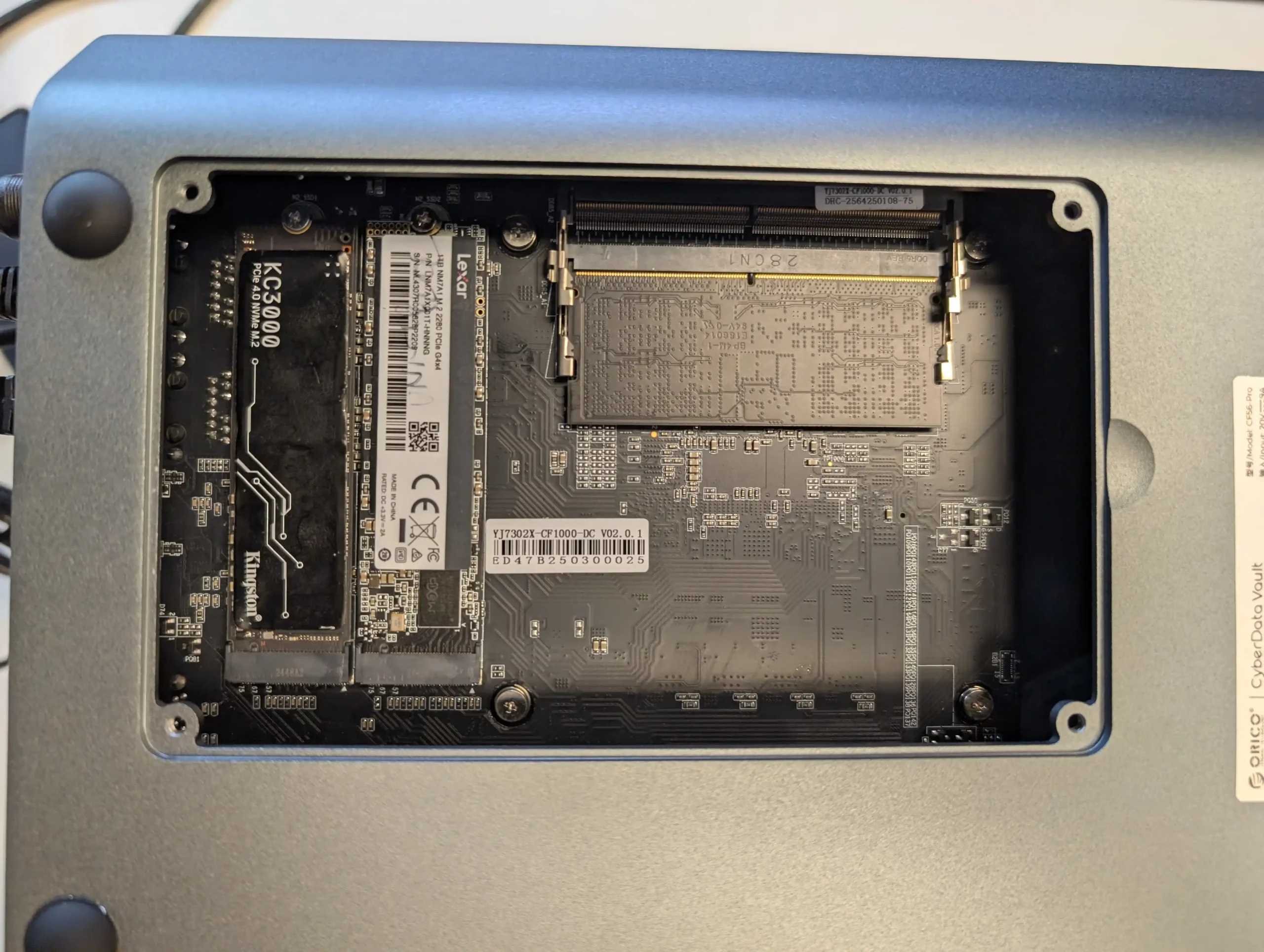 |
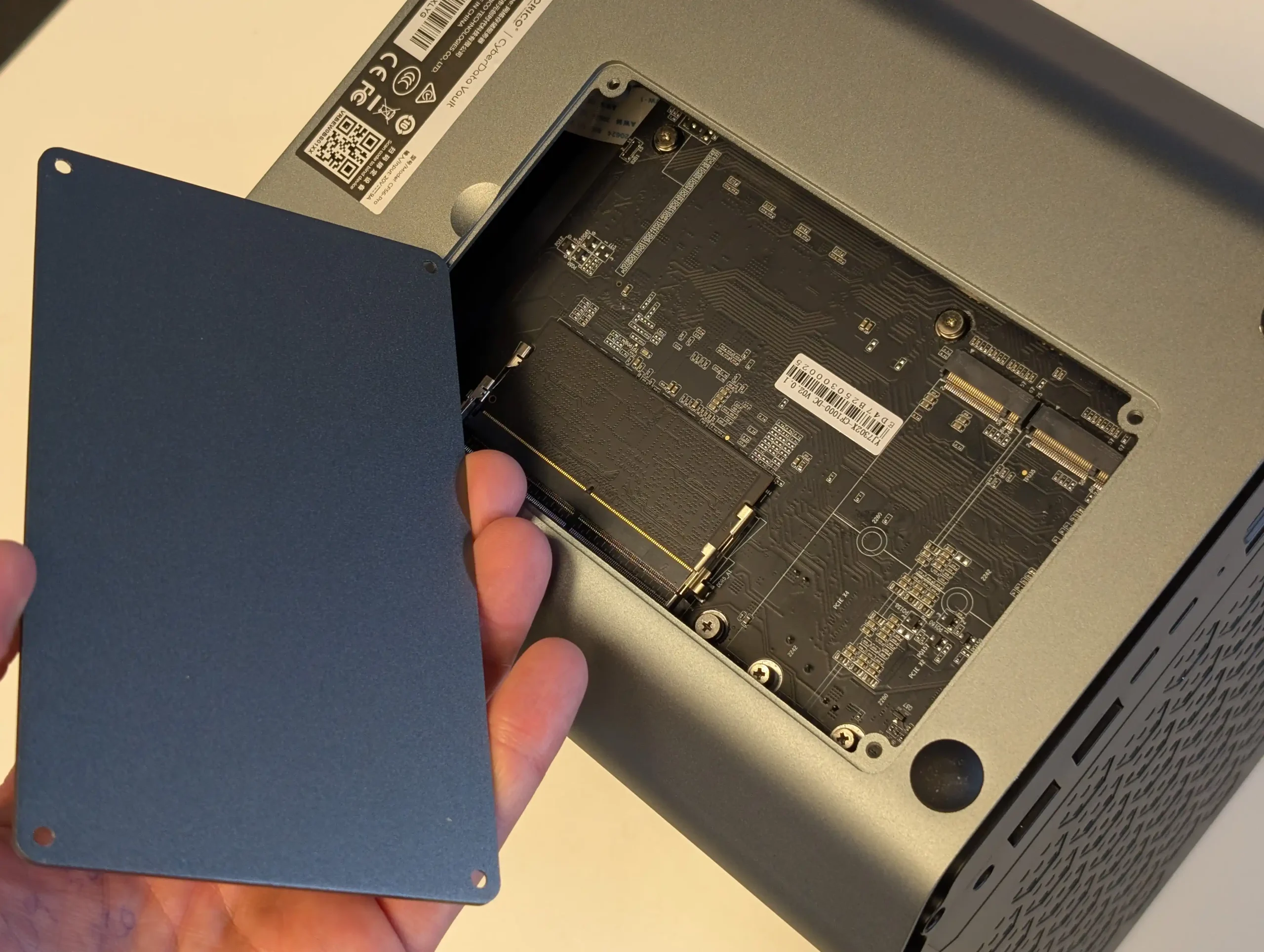 |
Storage throughput is also heavily influenced by the PCIe lane allocation on each model. In the CF56, all six M.2 NVMe SSD slots operate on Gen 3 lanes, with those on the top four slots running at PCIe 3.0 x1 speeds and the bottom two reaching PCIe 3.0 x4. While this limits maximum per-slot bandwidth to around 1 GB/s on the upper four, it allows for cost-effective use of Gen 3 drives, which remain widely available and affordable. The CF56 Pro offers higher total bandwidth, with its top four M.2 slots upgraded to PCIe 3.0 x2, and the bottom two retaining PCIe 3.0 x4. Despite the i5-1240P supporting Gen 4 PCIe, Orico appears to have intentionally limited all M.2 slots to Gen 3 to manage thermals and ensure system stability under prolonged load.
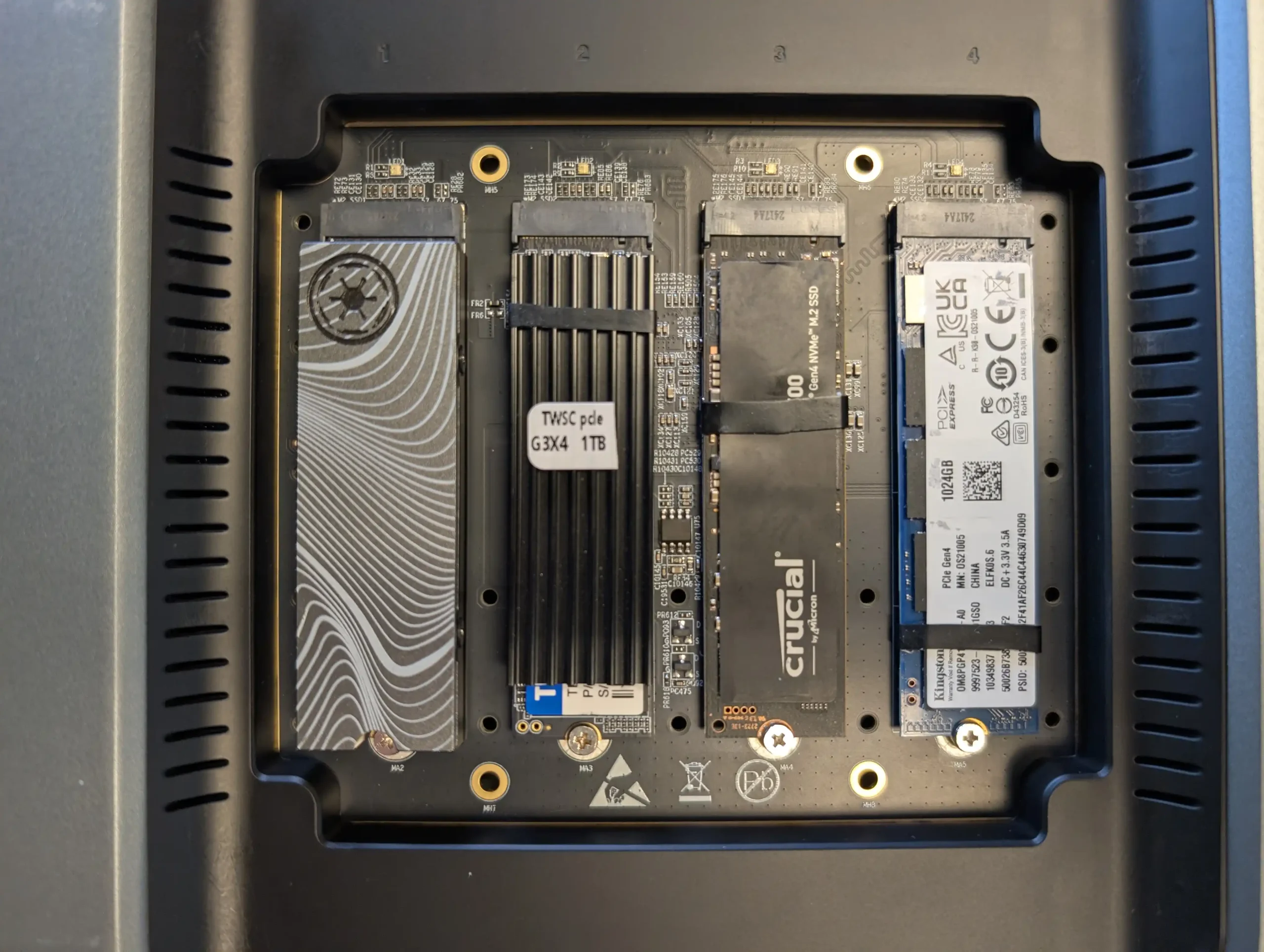 |
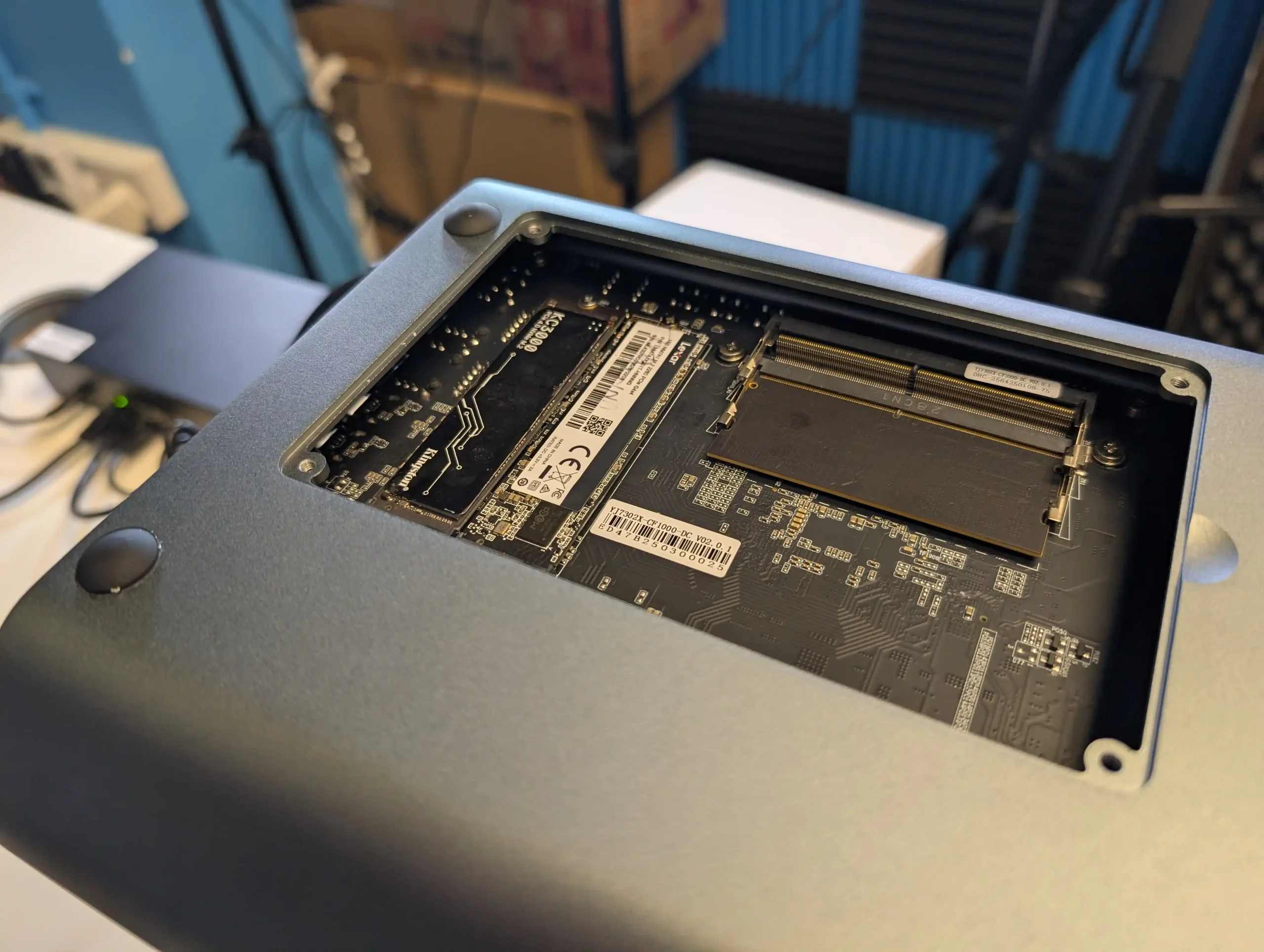 |
An unexpected discovery during prototype testing revealed a possible seventh internal M.2 slot in the CF56 Pro, presumed to host the system boot drive or be reserved for future expansion. However, due to the lack of SSH access in the prototype firmware, further validation was not possible at the time of recording.
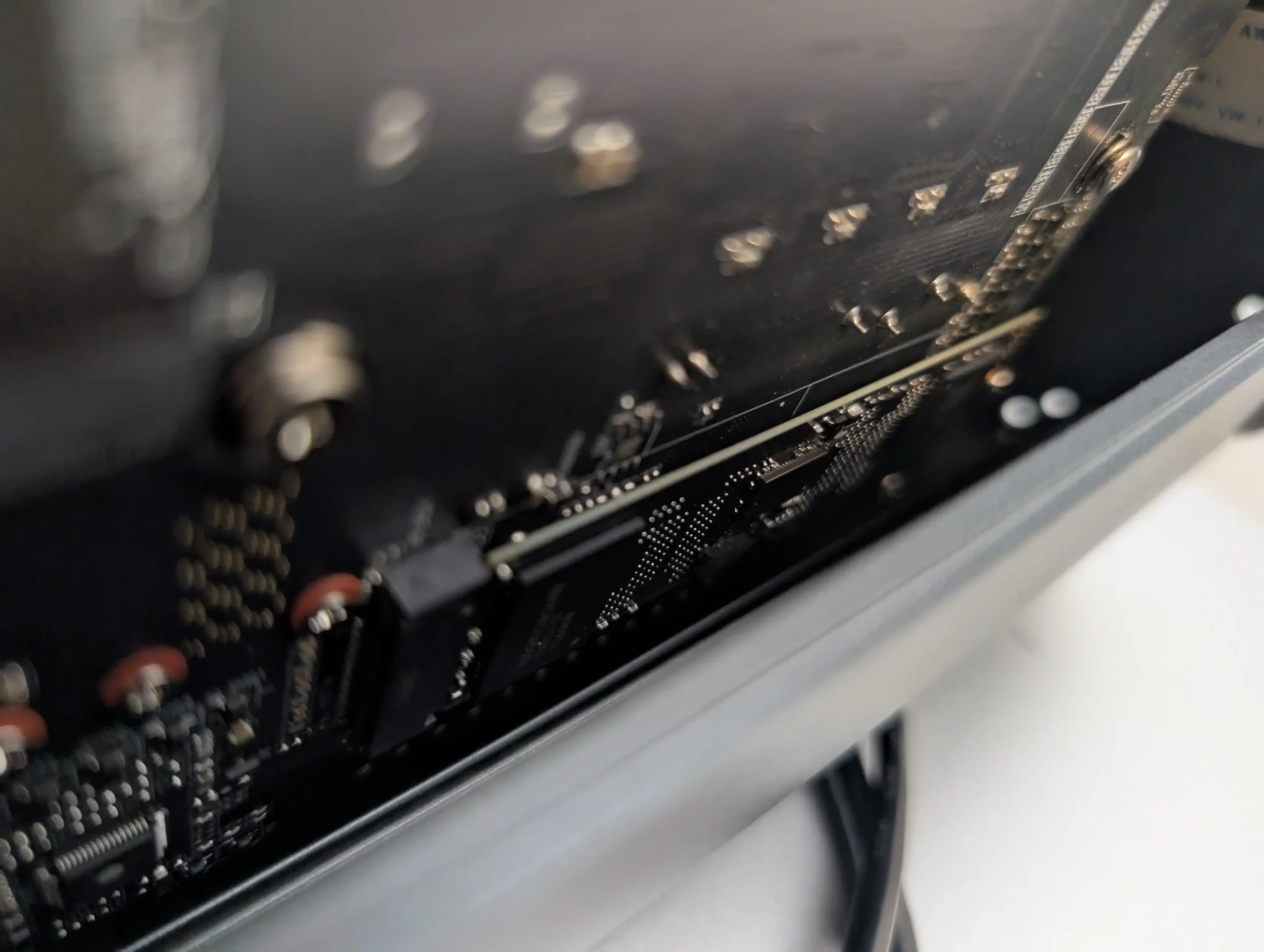
Regardless, the six main M.2 slots and five SATA drive bays offer ample storage configurability, especially when paired with the ZFS features of CyberData OS. System cooling, power delivery, and memory configuration all reflect Orico’s attempt to match their component selection with real-world use cases—balancing between hardware headroom, affordability, and the needs of semi-professional users handling mixed media workflows.
| Component | CF56 | CF56 Pro |
|---|---|---|
| CPU | Intel Core i3-N305 (8C/8T) | Intel Core i5-1240P (12C/16T) |
| CPU Base/Boost | 1.8 GHz / 3.8 GHz | 1.7 GHz / 4.4 GHz |
| Architecture | Gracemont (Intel 12th Gen E-cores) | Alder Lake (4P+8E Hybrid) |
| Memory Configuration | 1x DDR5 SO-DIMM (up to 32GB) | 2x DDR5 SO-DIMM (up to 64GB, dual-channel) |
| ECC Support | No | No |
| Boot Storage | 64GB eMMC | 128GB SATA SSD |
| M.2 NVMe Slots | 6x (Top: 4x PCIe 3.0 x1, Bottom: 2x PCIe 3.0 x4) | 6x (Top: 4x PCIe 3.0 x2, Bottom: 2x PCIe 3.0 x4) |
| 3.5″ HDD Bays | 5x SATA | 5x SATA |
| GPU Dock Support | Optional | Supported |
| Max Power Use (Observed) | ~46W (light load, populated) | ~81W (8K transcoding, fully populated) |
| Cooling System | Single-zone active cooling | Multi-zone advanced cooling |
Orico Cyberdata Vault Review – Ports and Connections
The CF56 and CF56 Pro both offer a broad selection of ports, but the Pro model significantly extends external connectivity, particularly in terms of networking and high-speed data interfaces. On the CF56, the rear I/O includes a standard 2.5GbE LAN port alongside a single 10GbE RJ45 connection, suitable for most users looking to transfer large media files or operate light virtual environments. The CF56 Pro upgrades this to two dedicated 10GbE ports, allowing for simultaneous high-throughput tasks or link aggregation configurations. This networking setup makes the Pro variant especially attractive for multi-user environments, such as small studios, where heavy media file access and backups may occur concurrently across devices.
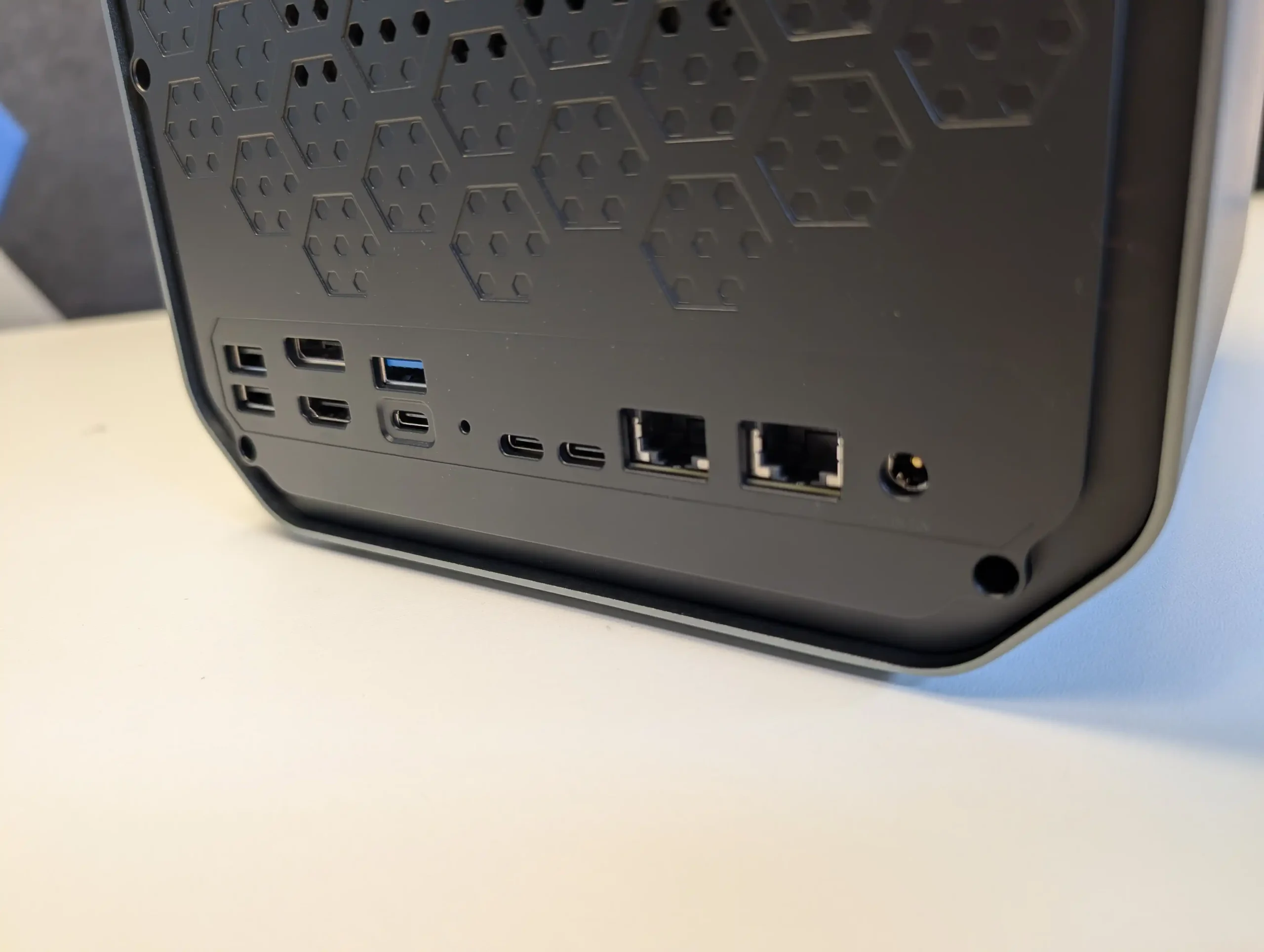 |
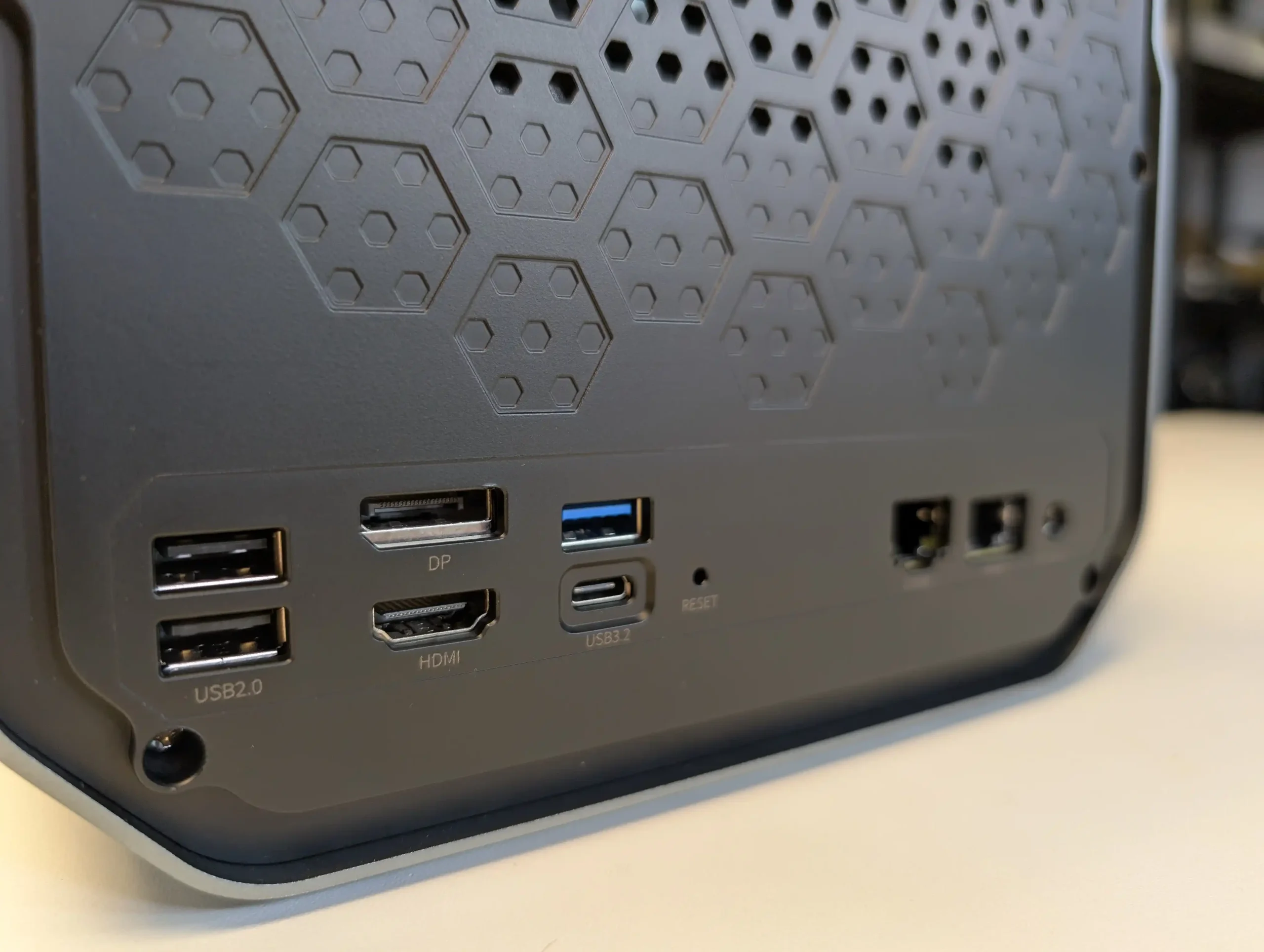 |
Both models include a similar array of USB ports on the rear and front panels. This consists of two USB 3.2 Gen 2 ports for high-speed peripheral or DAS connectivity, and two legacy USB 2.0 ports suitable for input devices or basic accessories. The CF56 Pro goes a step further by incorporating dual USB4 ports—though in testing, these were not available for direct network interface (as is possible on some modern NAS with Thunderbolt or USB-C network tunneling), but functioned as general-purpose USB interfaces. According to Orico, future firmware revisions may unlock additional functionality, but as of the current prototype, USB4 is primarily used for connecting high-speed external drives or expansion units.

Video output is supported across both systems, which include an HDMI 2.0 port and a DisplayPort 1.4 connection on the CF56, and upgraded HDMI 2.1 and DisplayPort 1.4a outputs on the CF56 Pro. These allow users to output up to 8K display resolution, enabling the NAS to function as a lightweight desktop, digital signage server, or direct-play multimedia center. Integration with CyberData OS supports media playback and basic interface control over HDMI, though there are some limitations in UI optimization for direct screen navigation, especially in the current prototype firmware. Still, the availability of dual video outputs on both models reflects a growing trend in hybrid NAS/HTPC design.
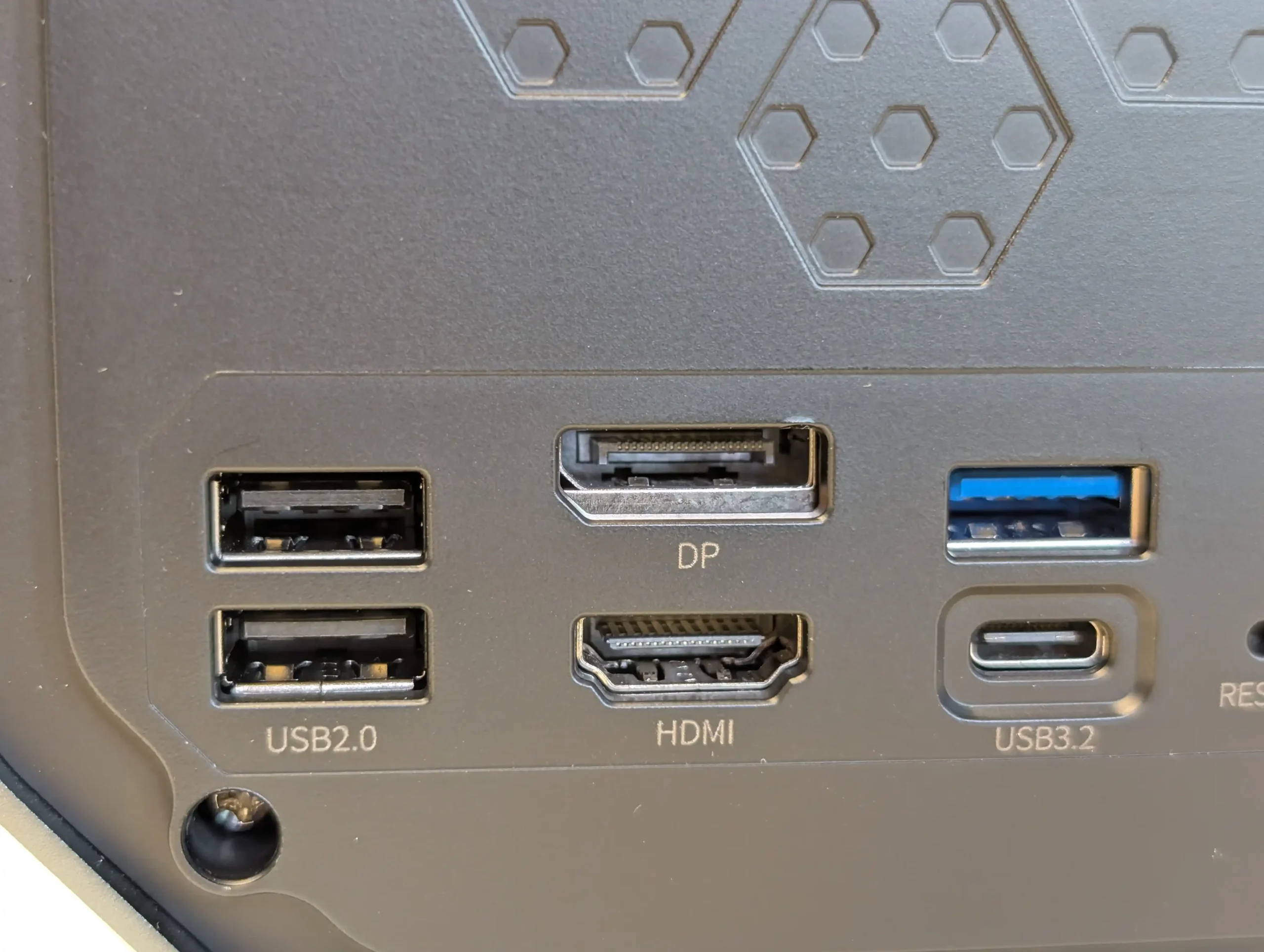
Power input is provided via a barrel connector on both models, though the CF56 Pro uses a higher-wattage external PSU due to the increased demands of its CPU and dual 10GbE networking. Internal power distribution appears to be cleanly handled, and the systems remained electrically stable during tests. One area of future interest will be how Orico handles expandability. While Thunderbolt or USB4-based RAID cabinets are planned for the series, support was not fully implemented in the prototype stage. GPU dock support is also present only on the larger devices in the product family, leveraging the i5’s PCIe expansion capability for dedicated GPU tasks such as video rendering, AI inference, or VM acceleration.
| Interface Type | CF56 | CF56 Pro |
|---|---|---|
| Ethernet | 1x 2.5GbE, 1x 10GbE | 2x 10GbE |
| USB 3.2 Gen2 | 2x | 2x |
| USB 2.0 | 2x | 2x |
| USB4 | None | 2x |
| HDMI Output | 1x HDMI 2.0 | 1x HDMI 2.1 |
| DisplayPort Output | 1x DP 1.4 | 1x DP 1.4a |
| Power Connector | Barrel plug (standard PSU) | Barrel plug (higher-watt PSU) |
| GPU Dock Support | Optional (undocumented) | Supported |
| Expansion Cabinet | Via USB4 or future RAID interface | Via USB4 or future RAID interface |
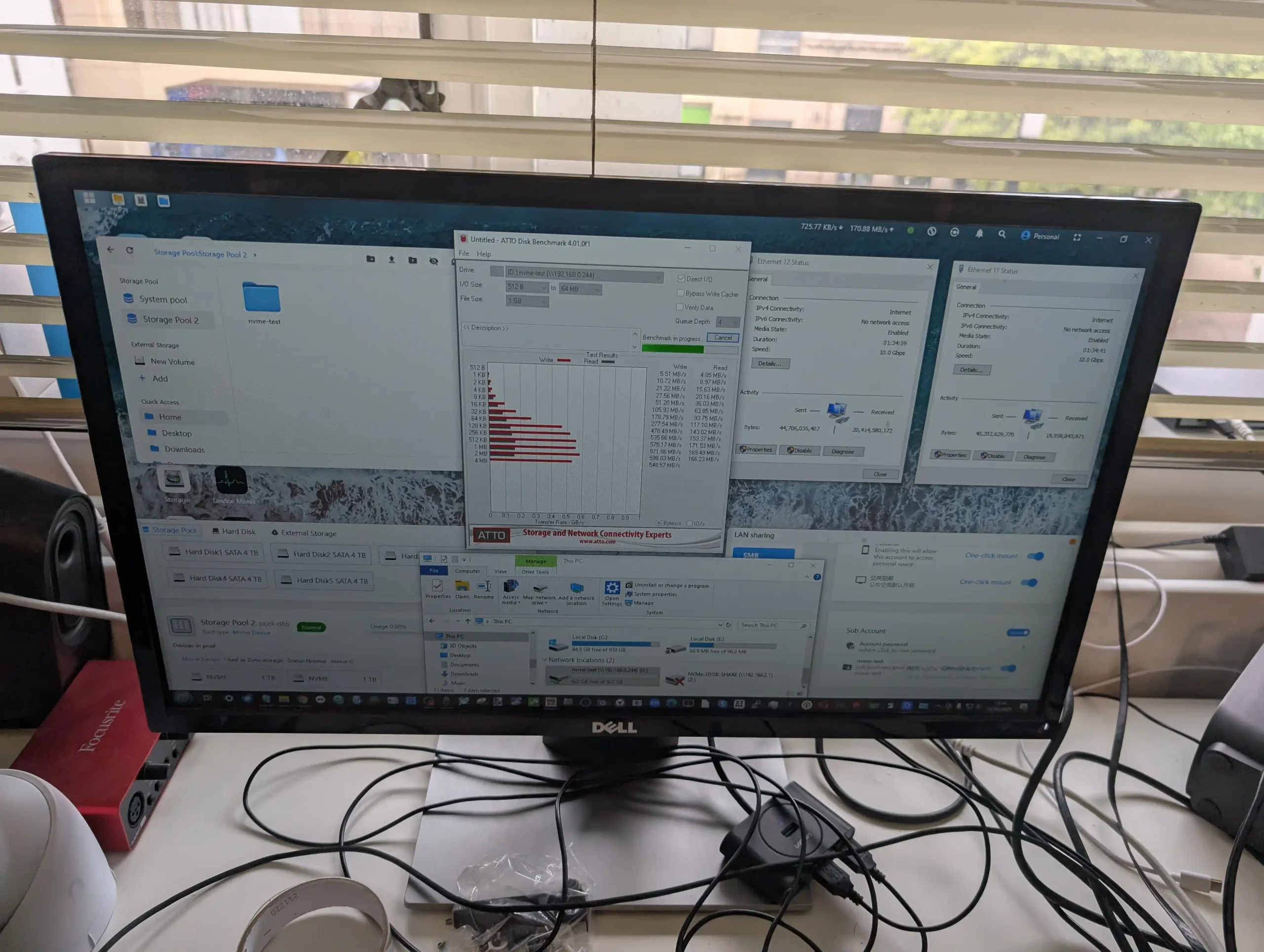
Orico Cyberdata Vault Review – Performance, Heat and Power Tests
Initial performance evaluations of the CF56 and CF56 Pro revealed that while the underlying hardware is capable, real-world throughput is currently constrained by early-stage software optimization. During SMB file transfer testing over 10GbE, both models struggled to reach expected performance levels, with the CF56 averaging below 500 MB/s and the CF56 Pro rarely breaking 1 GB/s, even under favorable conditions. Orico acknowledged this limitation and confirmed that software-level optimization was ongoing. As such, these figures should be treated as provisional and not reflective of the final product performance. In both models, ZFS was used as the underlying file system, configured in a hybrid tiered setup with HDDs for capacity and NVMe for metadata and caching.
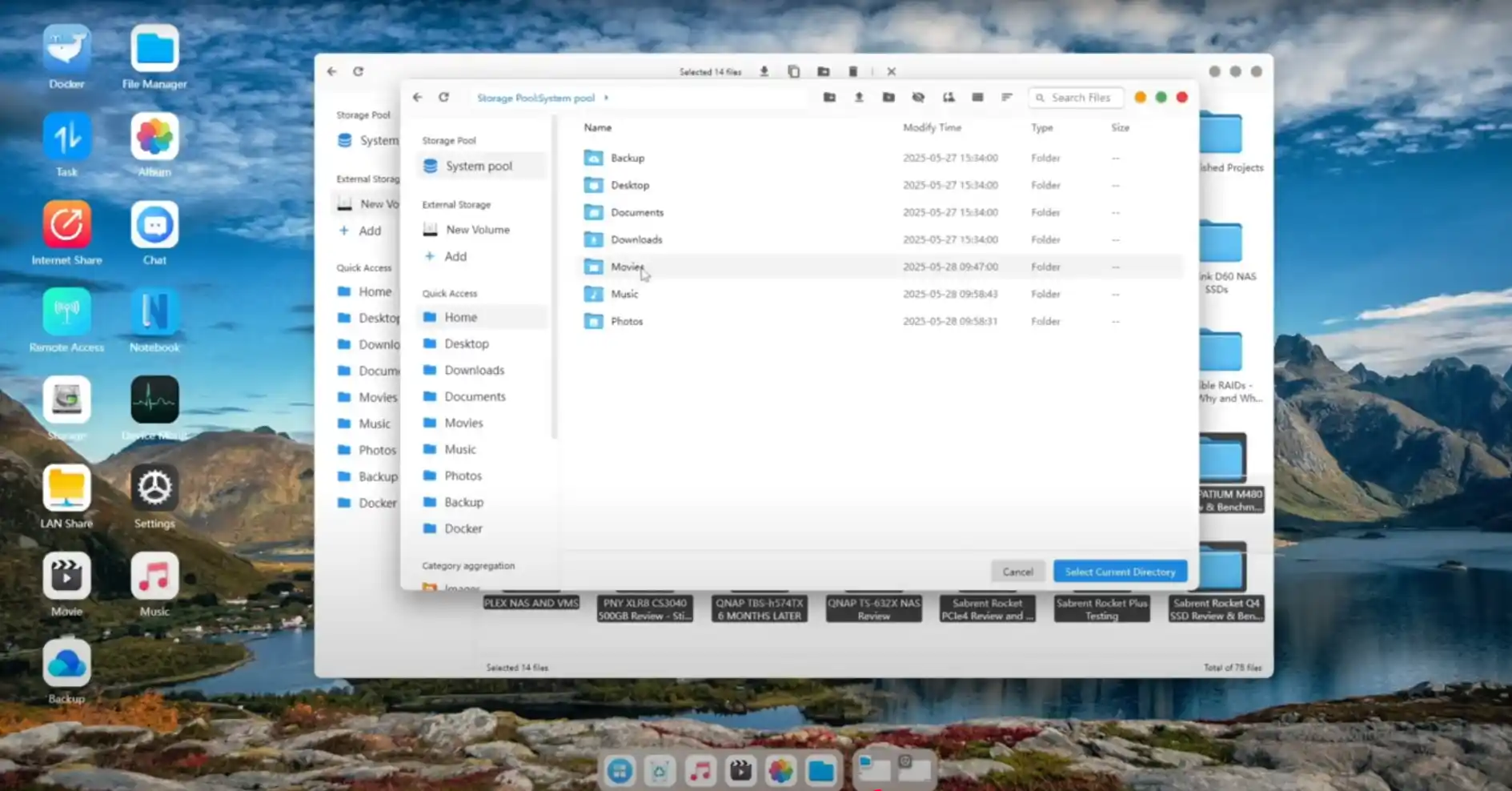
Transcoding tests were particularly revealing of the CPU differences between the models. The CF56 managed basic 1080p and some 4K H.265 transcodes via software decoding, but exhibited signs of strain under higher bitrates or simultaneous streams. In contrast, the CF56 Pro with its i5-1240P processor handled up to eight 8K transcodes concurrently during one benchmark, maintaining responsiveness while CPU usage hovered around 30%. Despite this impressive processing ability, peak system power draw climbed to 81W, highlighting the thermal and energy trade-offs required for sustained performance. Notably, neither system offers hardware transcoding via Intel Quick Sync, as support for it was not accessible in the current CyberData OS build.
 |
 |
Thermal management remained mostly acceptable, though not without concern on the CF56 Pro. Under stress, the top M.2 bay area reached 80°C, and while no thermal throttling occurred, prolonged exposure could reduce SSD lifespan or stability. Orico responded that this issue was already being addressed through a revised internal board layout and enhanced venting. The CF56 maintained lower temperatures during the same tests, remaining between 38–46°C under average usage. The difference is largely attributable to the lower TDP of the N305 CPU and reduced overall system throughput, which in turn generated less heat throughout the chassis.
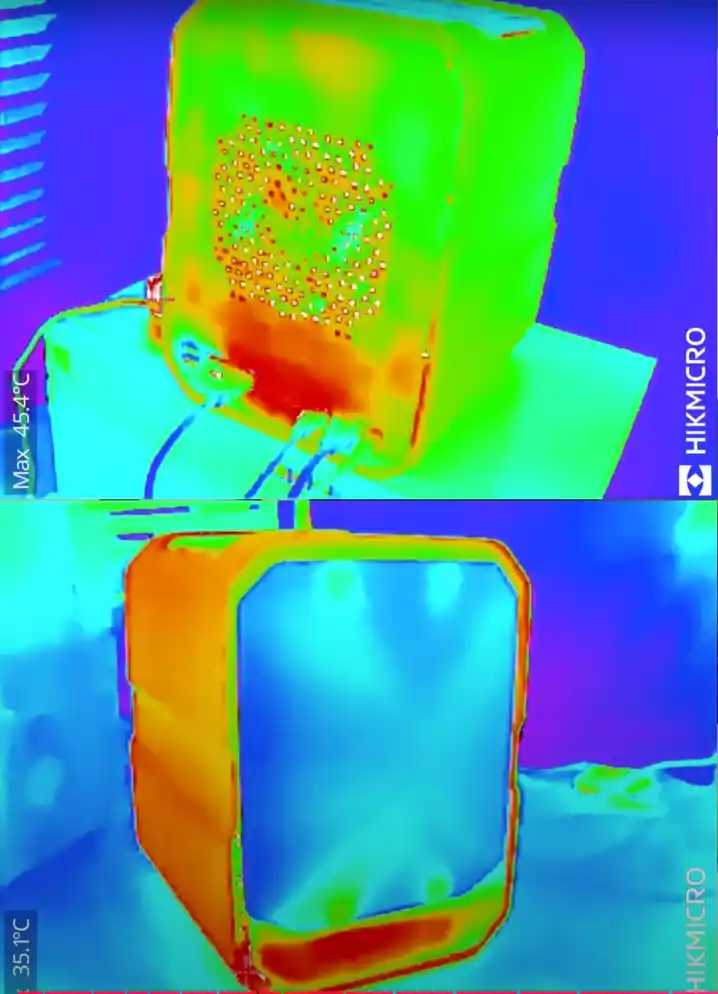
Noise levels were measured in all three fan modes (Quiet, Standard, and Turbo) to assess usability in home or small office settings. In Quiet mode, the CF56 registered 29–31 dBA, making it suitable for desktop deployment or living room environments. The CF56 Pro remained silent under light use, but escalated to 46–47 dBA under Turbo mode, with fan noise becoming noticeably audible. Most of the ambient sound during low to moderate use came from HDD activity, rather than the cooling fans. The OS includes manual fan control and profile scheduling, allowing users to balance performance and acoustics based on workload and time of day.
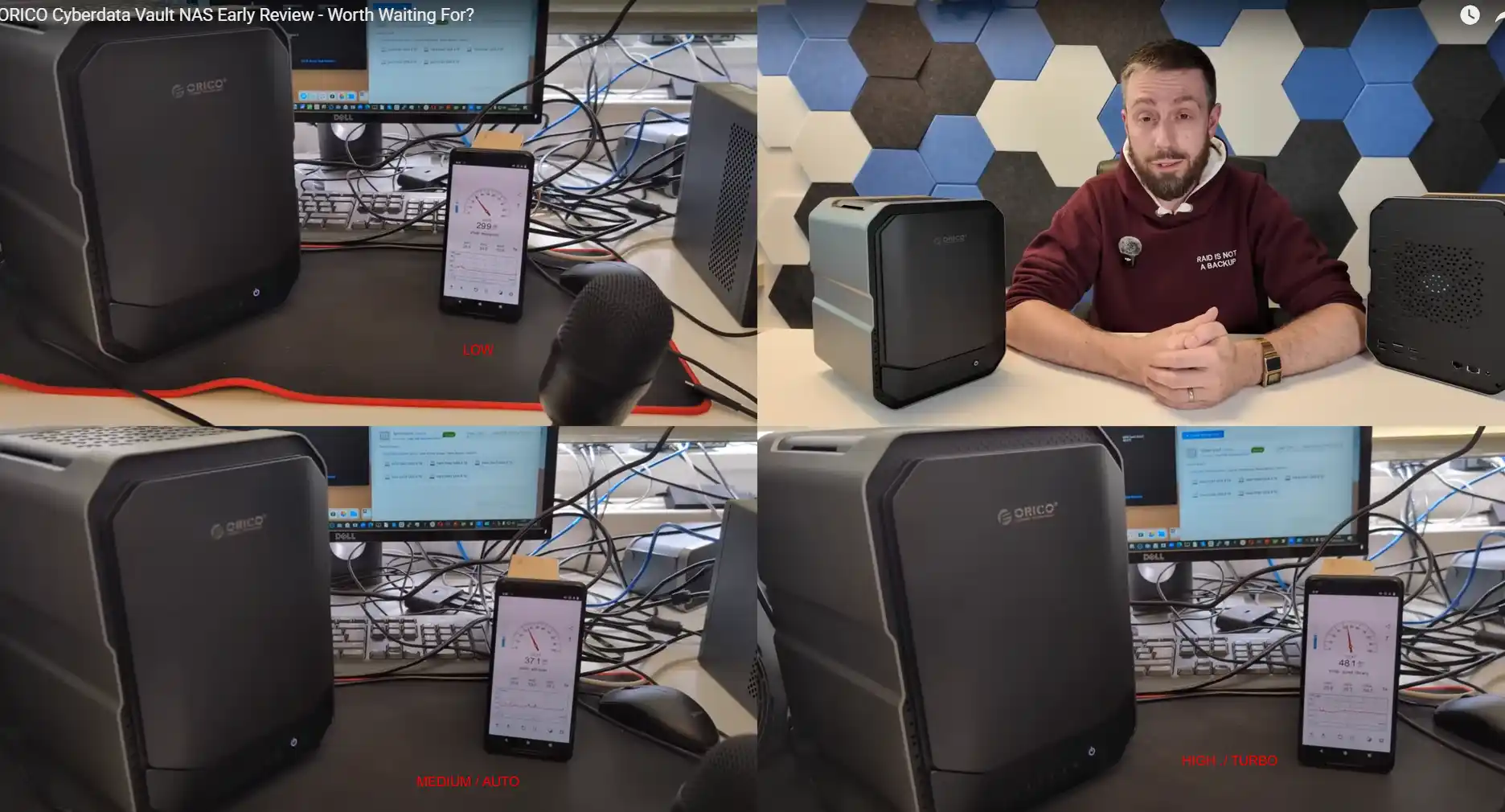
| Test Category | CF56 | CF56 Pro |
|---|---|---|
| SMB Transfer (10GbE) | ~400–500 MB/s (unoptimized) | ~800–950 MB/s (unoptimized) |
| Transcoding Capability | 1x 4K or 2x 1080p (software only) | Up to 8x 8K (software only) |
| CPU Load (During Test) | ~15% (light load) | ~30% (under 8K transcode load) |
| Max Power Draw (Observed) | ~46W (fully populated) | ~81W (fully populated) |
| Thermal Range | 38–46°C average | 70–80°C peak in top M.2 bay |
| Noise Level (Quiet Mode) | 29–31 dBA | 31–35 dBA |
| Noise Level (Turbo Mode) | 38–41 dBA | 46–47 dBA |
| Fan Control Options | Quiet, Standard, Turbo | Quiet, Standard, Turbo |
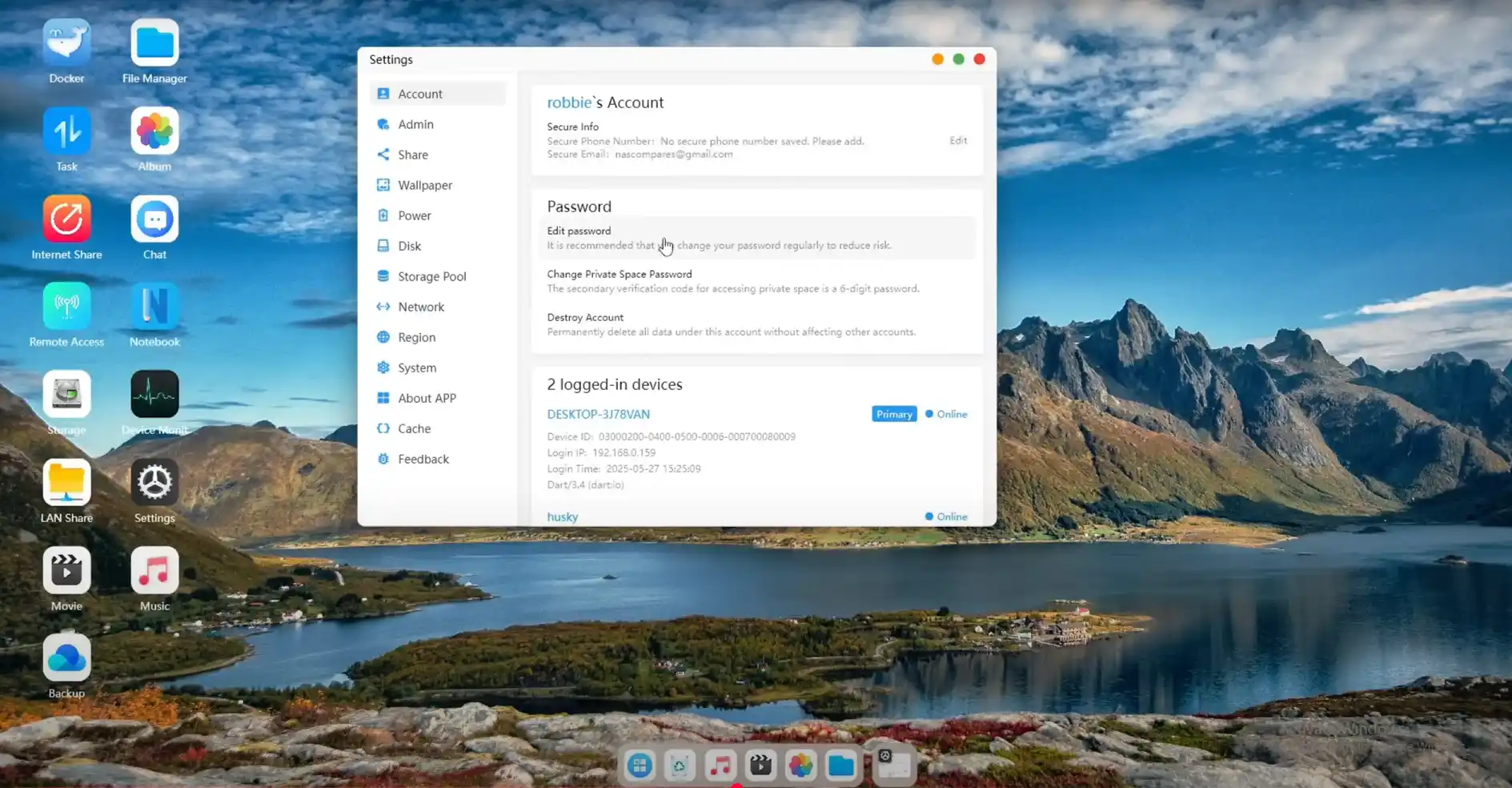
Orico Cyberdata Vault Review – Software and Services
The desktop client software included with the Orico CF56 and CF56 Pro NAS systems is built on fnOS, a closed-source NAS operating system developed in China and increasingly licensed by various hardware brands. In its current state, the desktop interface provides access to all core storage functions, including RAID management, user permissions, snapshot control, and file operations, but it clearly reflects a system still undergoing development.
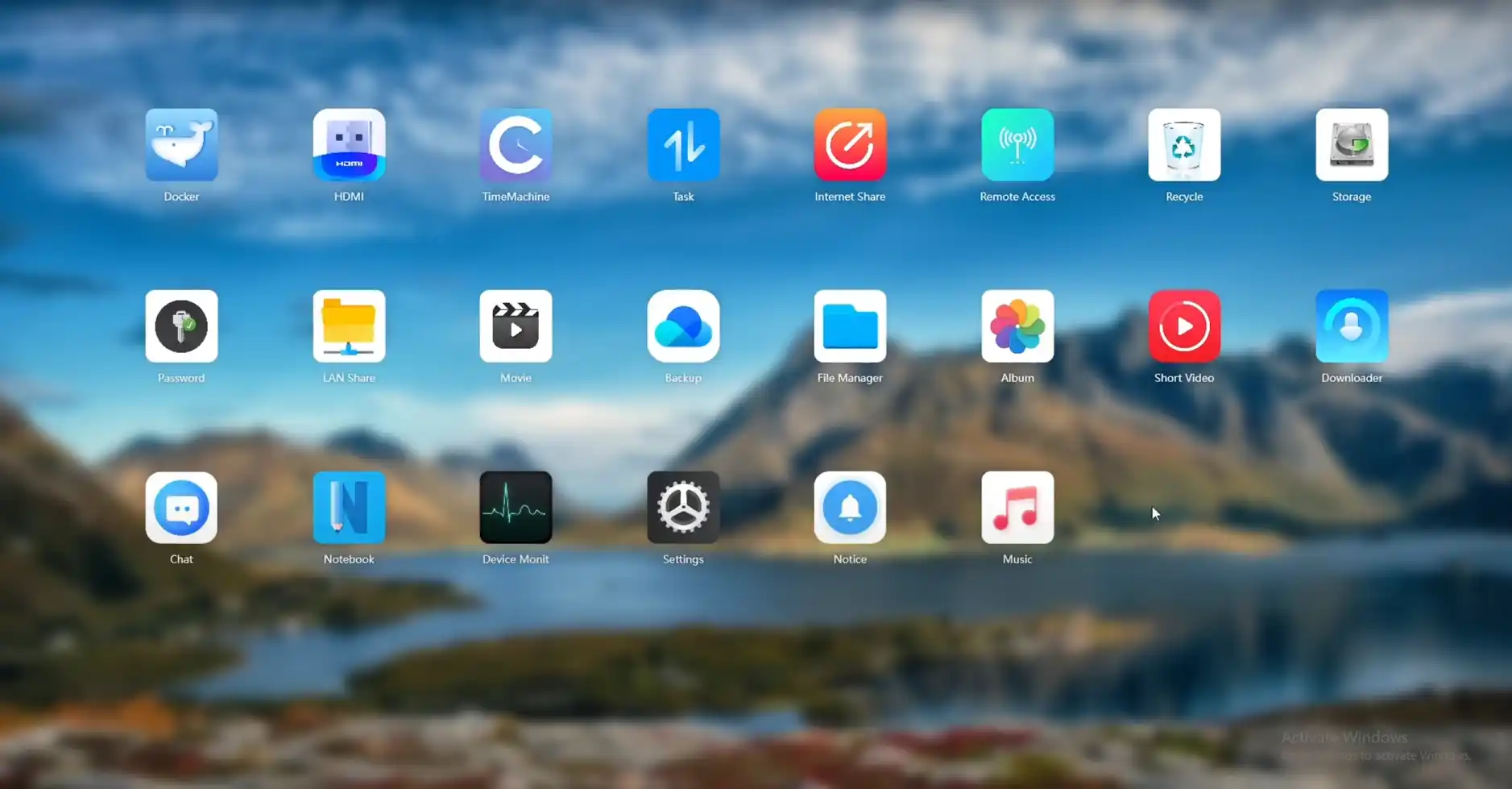
While the application is responsive and offers real-time monitoring of CPU, memory, and storage activity, it lacks polish in both design layout and localization. Several UI elements remain inconsistently translated, and some modules—such as the multimedia suite and AI functions—exhibit a mixture of English and untranslated Chinese text even when the system language is set to English.
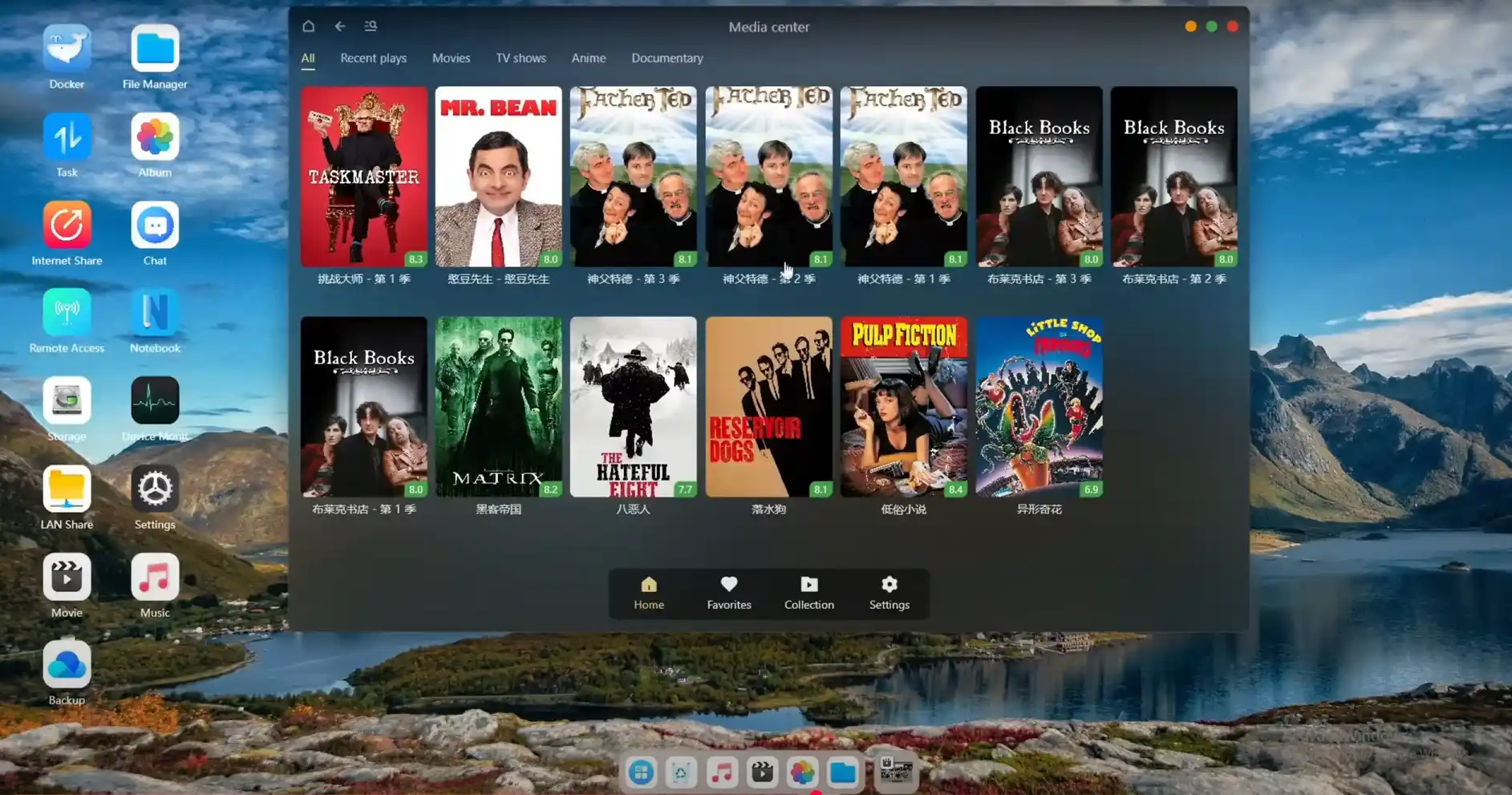
Functionally, the OS supports the major protocols expected from a ZFS-based platform, including SMB, NFS, FTP, and Time Machine backup for macOS. File-level encryption, inline deduplication, and snapshot creation are all available within the storage management interface, with options for cache acceleration using the M.2 NVMe drives.
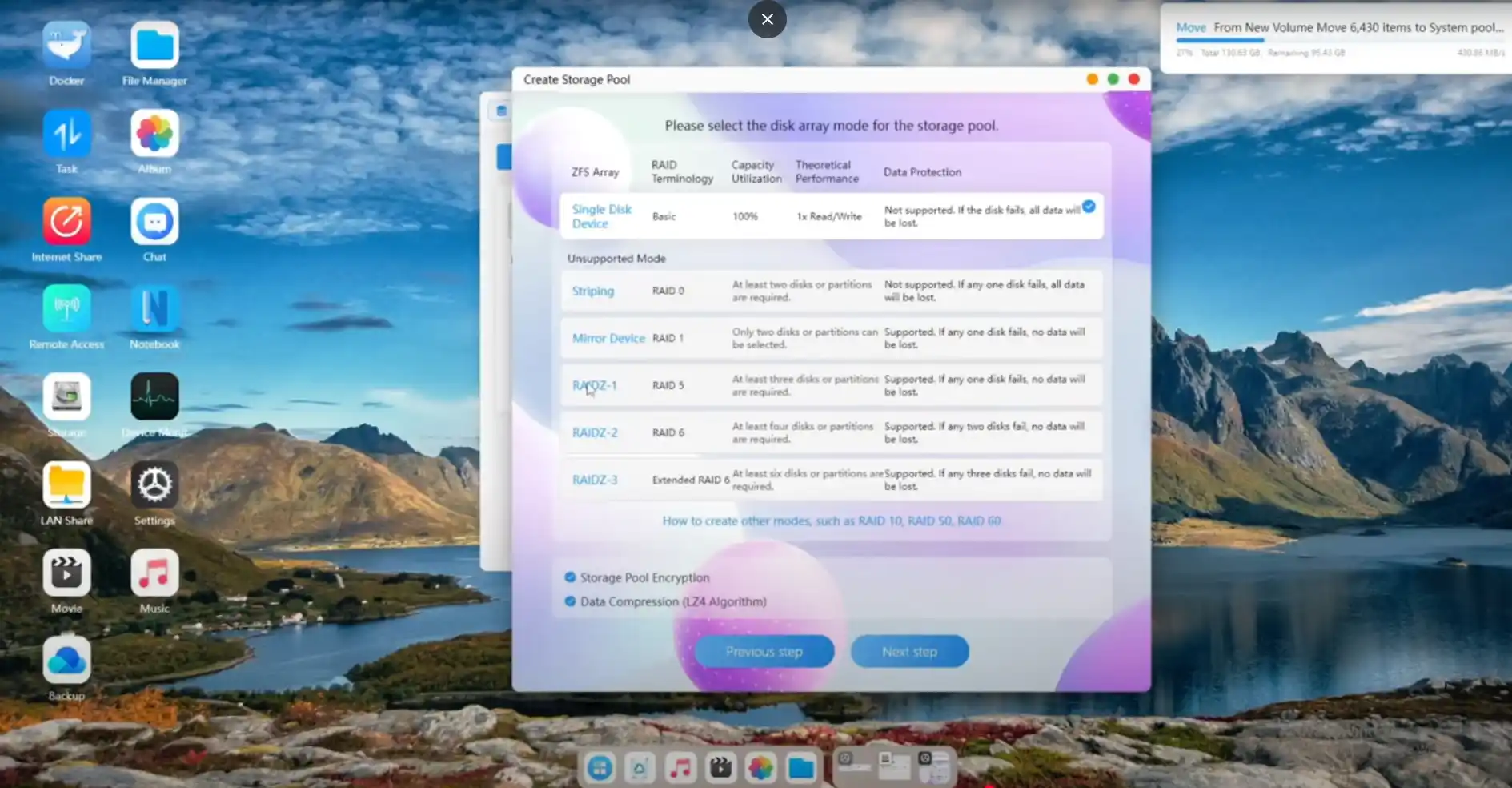
However, the absence of certain administrative features—most notably two-factor authentication, SSH access, and a dedicated app store—limits its appeal for security-conscious users or those looking to expand functionality via community-developed tools.
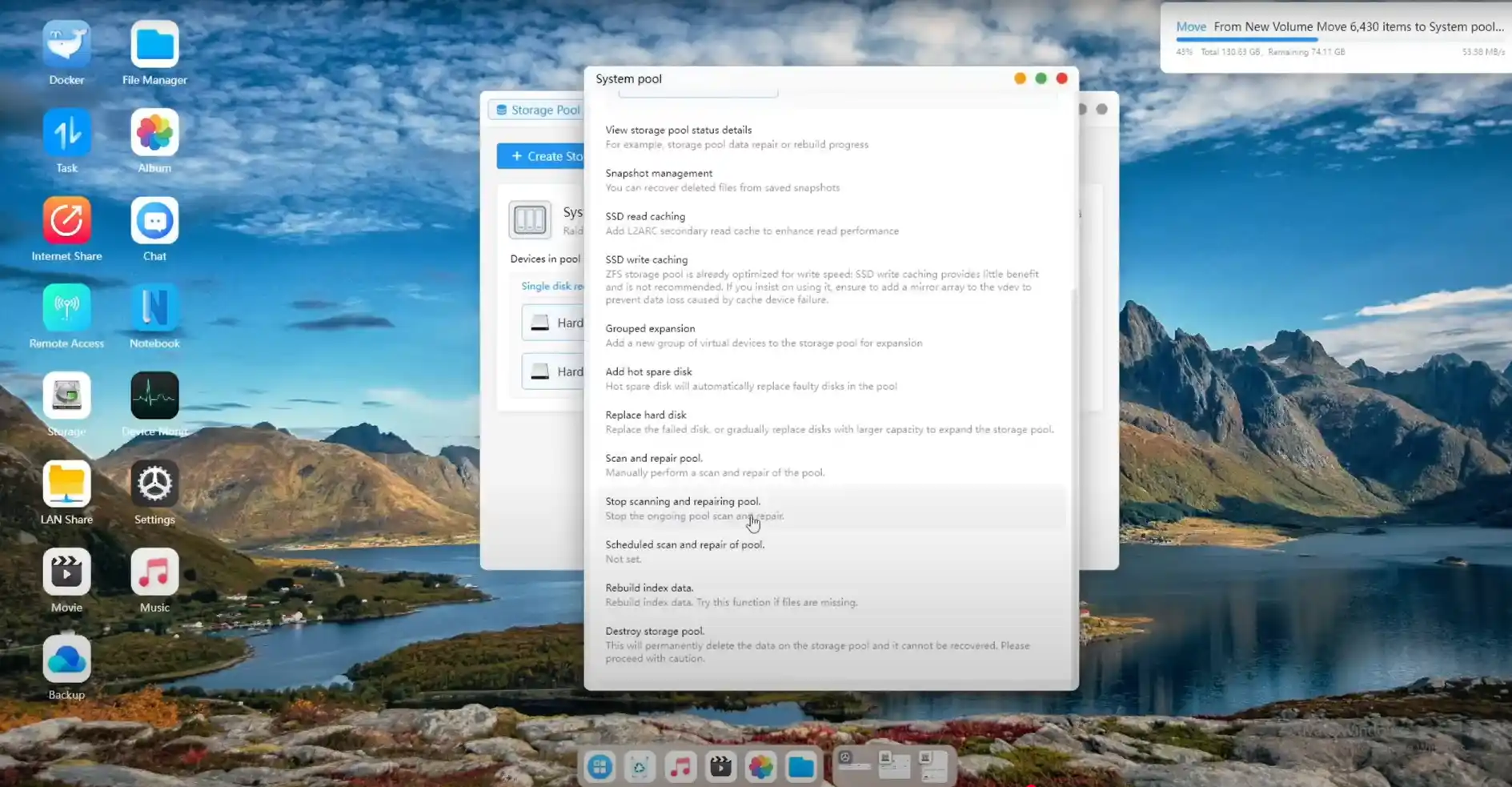
The system does include Docker support with a container manager interface, but VM deployment and third-party service integration (e.g., Plex, Jellyfin) are currently unavailable or not pre-installed.
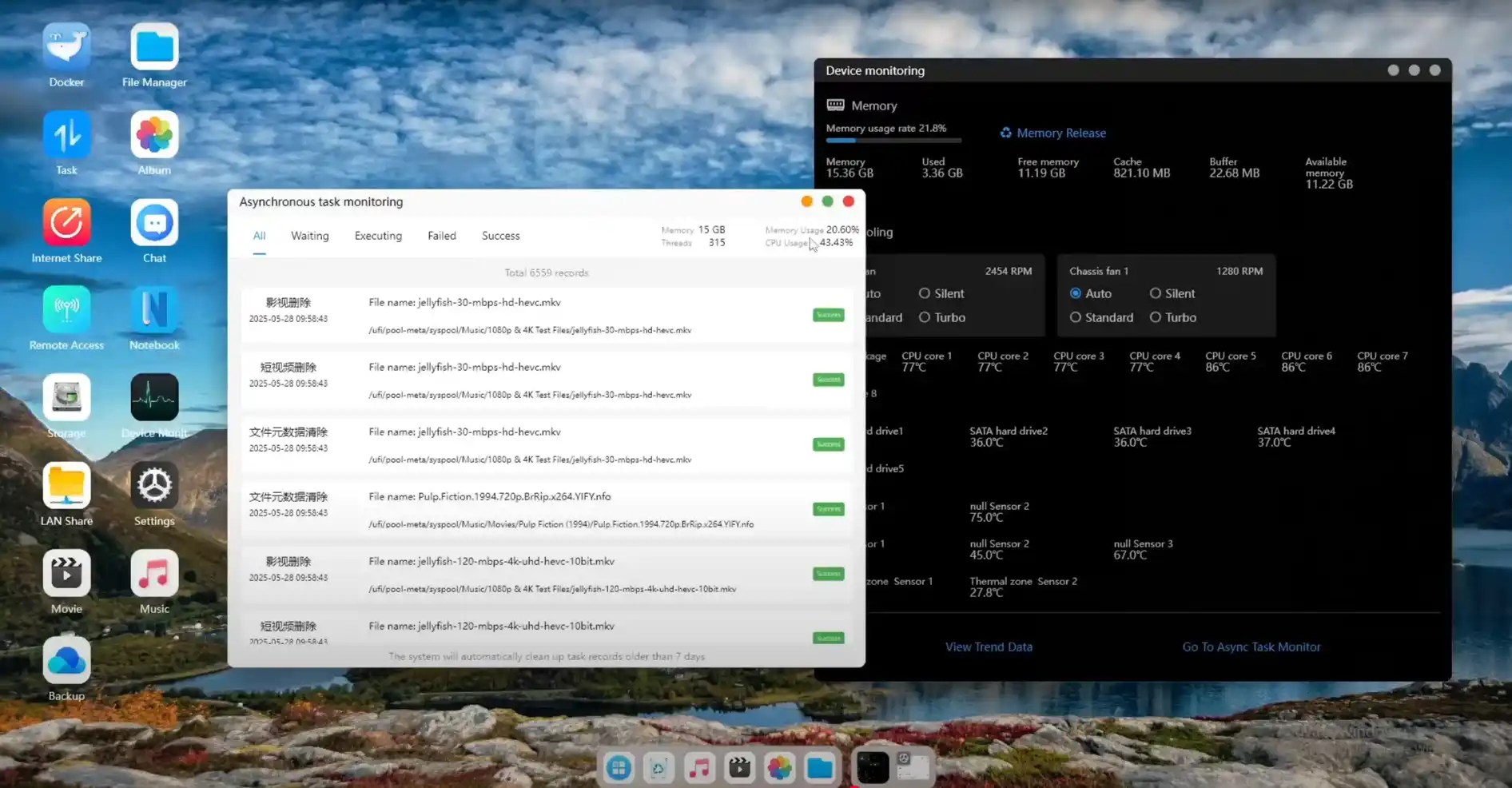
The file management system in the desktop client is functional but basic, offering drag-and-drop file operations, preview support for common file types, and options for setting sharing permissions. Remote access features rely on a relay service provided by Orico, and while this worked reliably during testing, there was no visible option for configuring custom domain access, HTTPS certificates, or firewall profiles—features typically expected in more mature NAS operating systems.
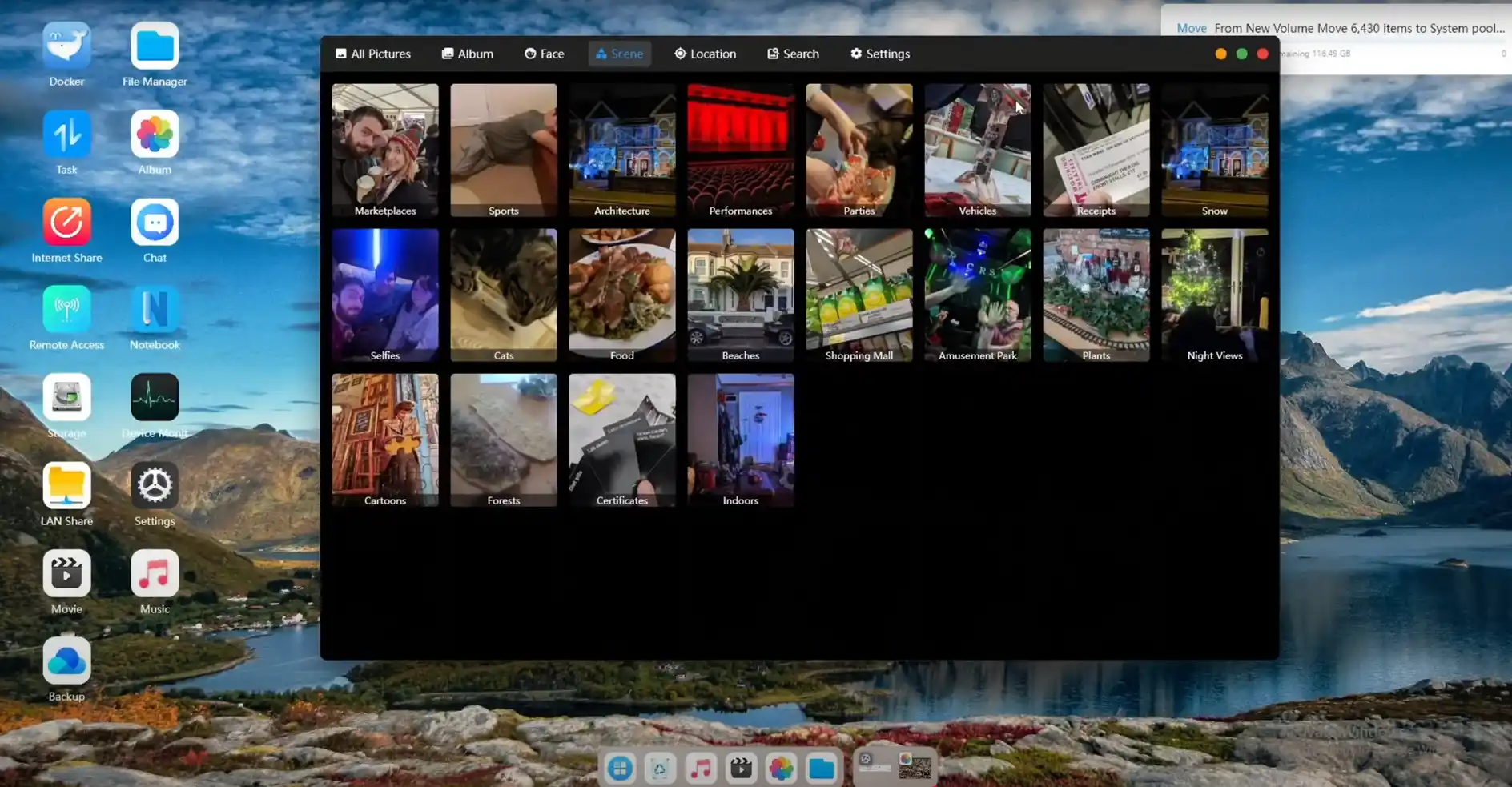
Some of the advanced AI features, such as facial recognition and semantic photo tagging, are accessible through this desktop interface, but their functionality is inconsistent due to metadata scraping issues and interface reliability.
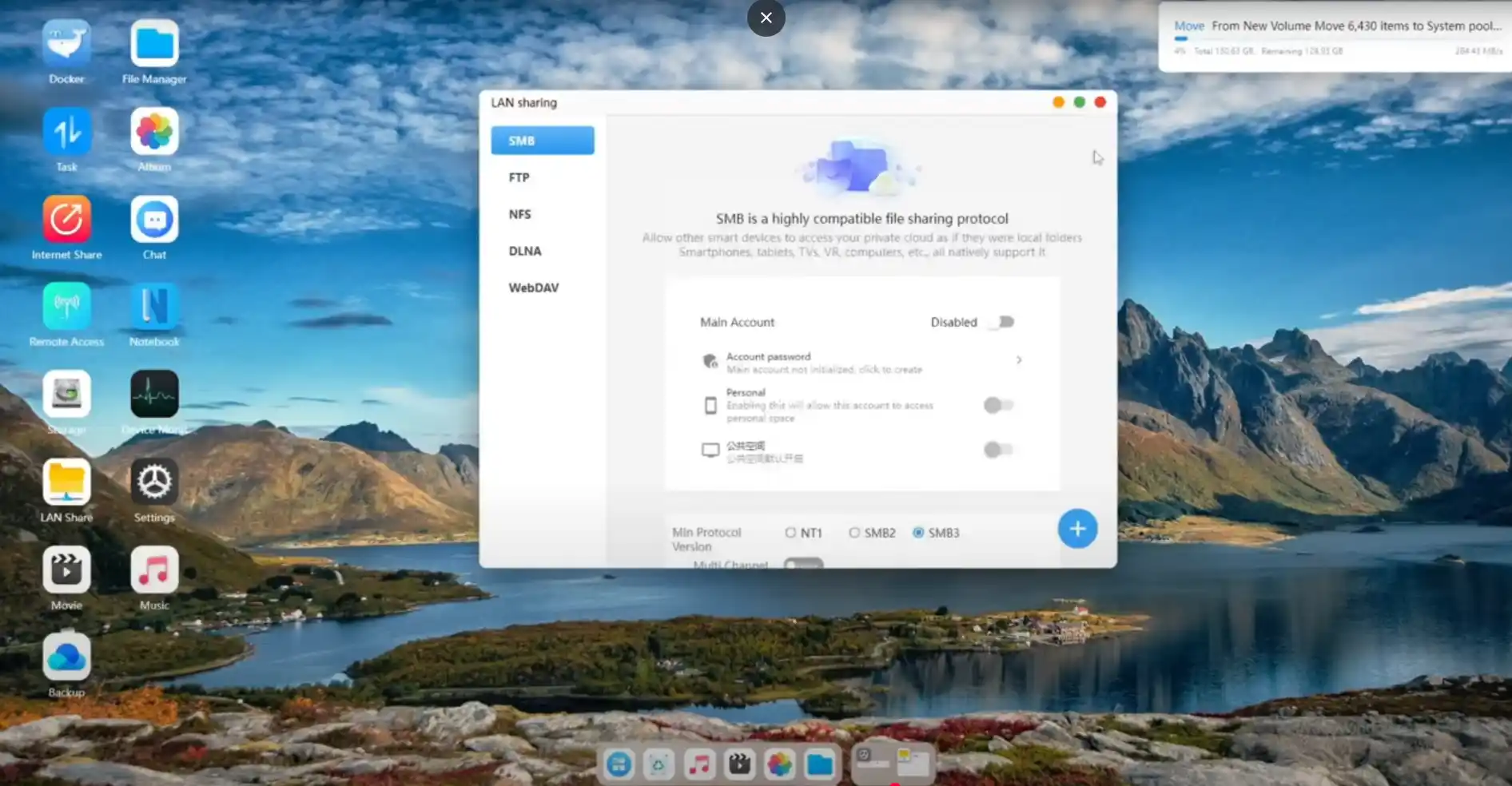
On the mobile side, the fnOS-derived application shows greater completeness. The Android client used during testing allowed for quick setup, user management, remote file access, and snapshot control. Photo and video libraries are indexed automatically and presented with timeline views, location tags, and album sorting. The app also supports real-time uploads, camera roll backups, and basic editing metadata tagging.
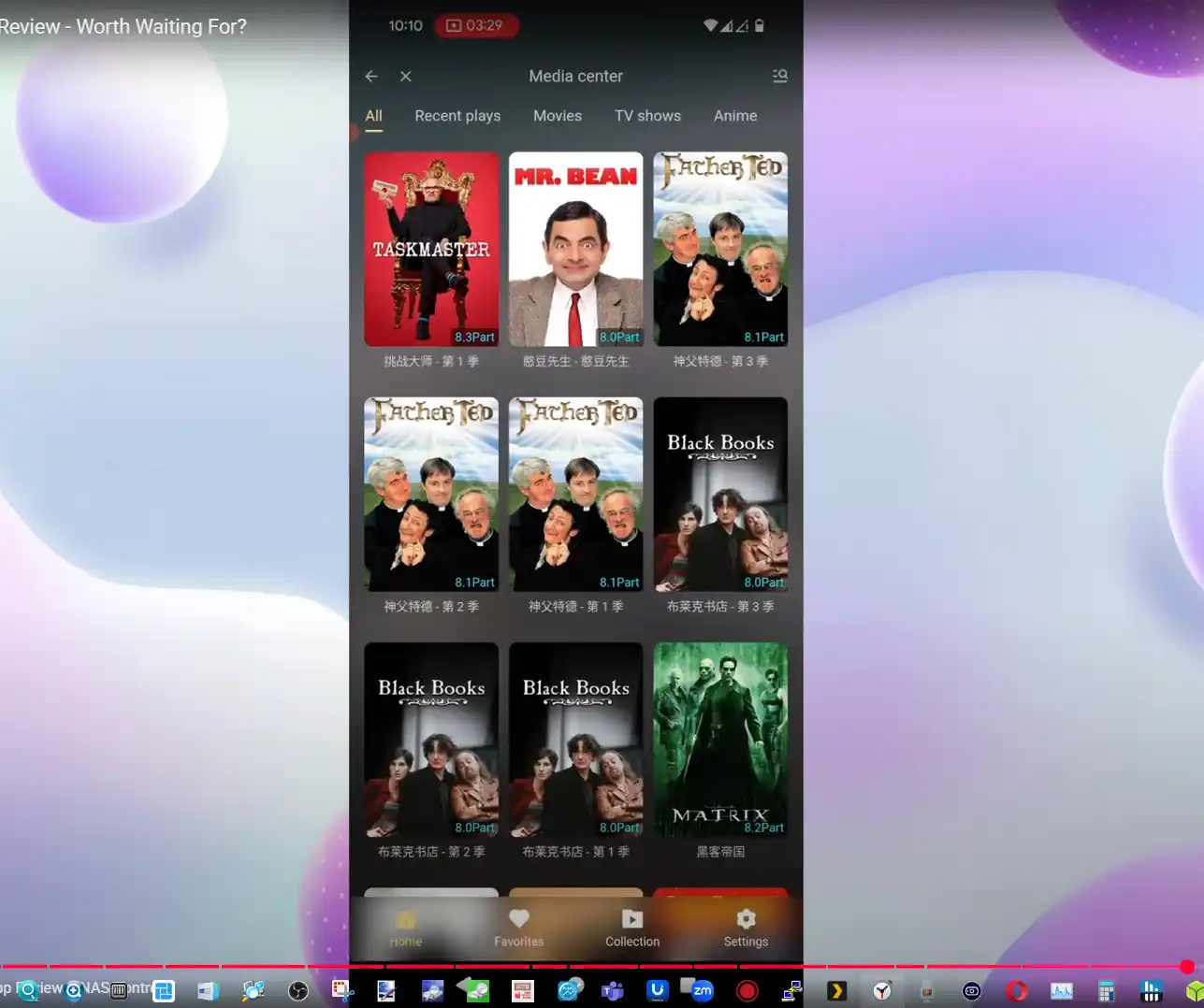
AI recognition features such as object detection and face grouping are available, although semantic search accuracy remains mixed.
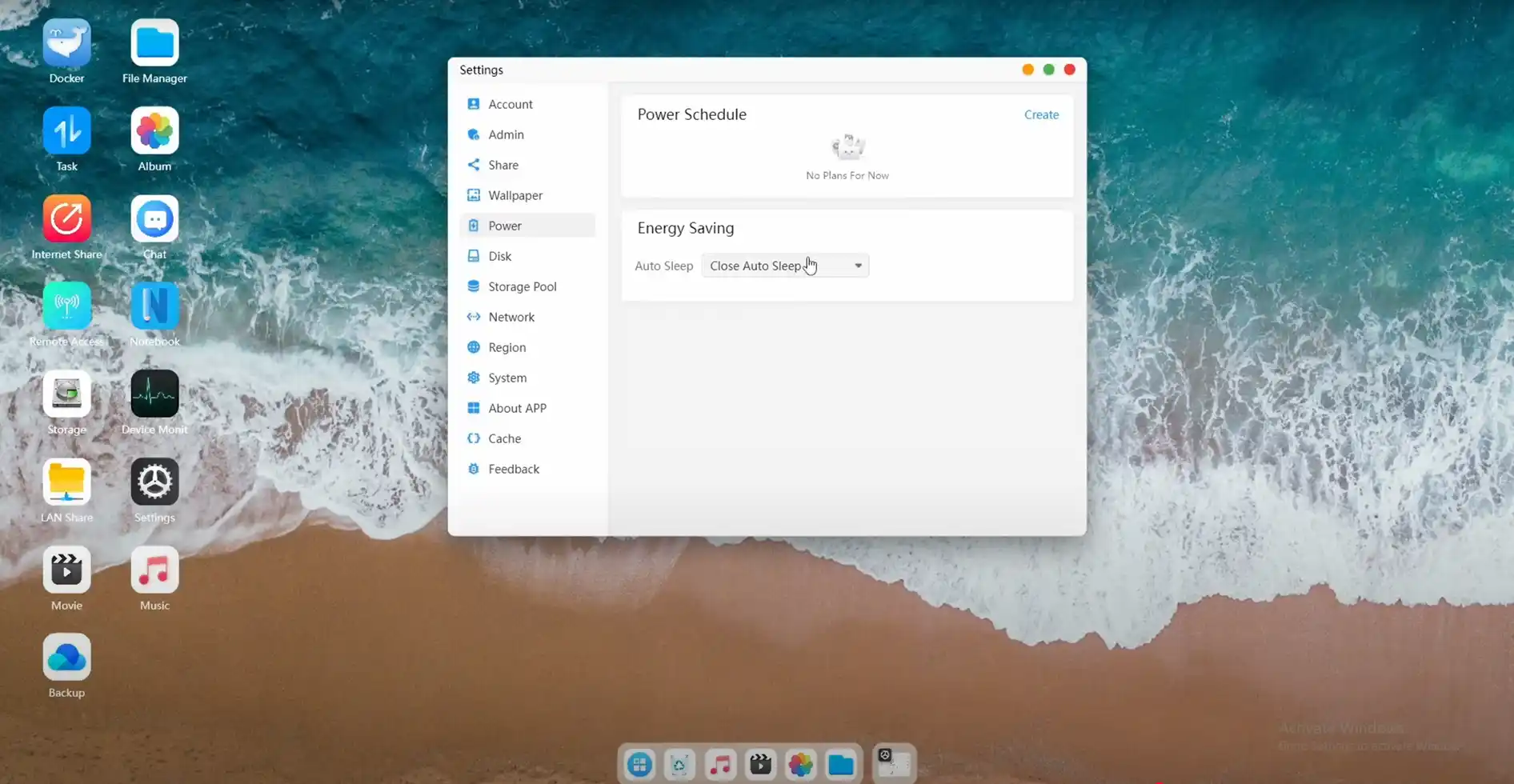
Remote control of HDMI playback from the phone is supported, allowing content streaming directly to a connected display, but the controls remain basic and lack the refinement of dedicated media remote interfaces.
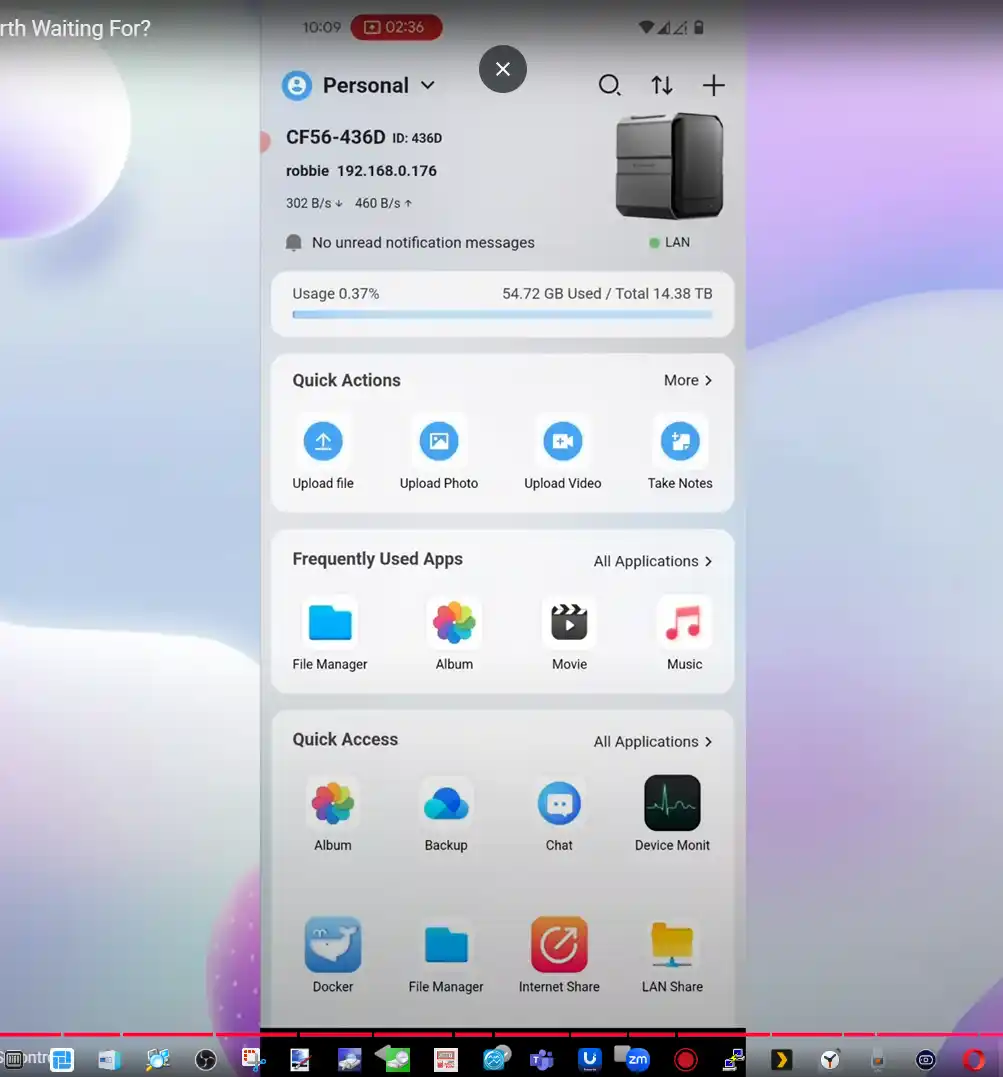
Overall, while the mobile app appears more polished and covers most core user needs, both desktop and mobile software clients reflect a platform that is not yet feature-complete. The reliance on fnOS gives Orico a functional foundation with native ZFS support and UI consistency across devices, but the closed nature of the system, combined with the lack of extensibility and incomplete localization, may limit its immediate appeal outside of its domestic market.
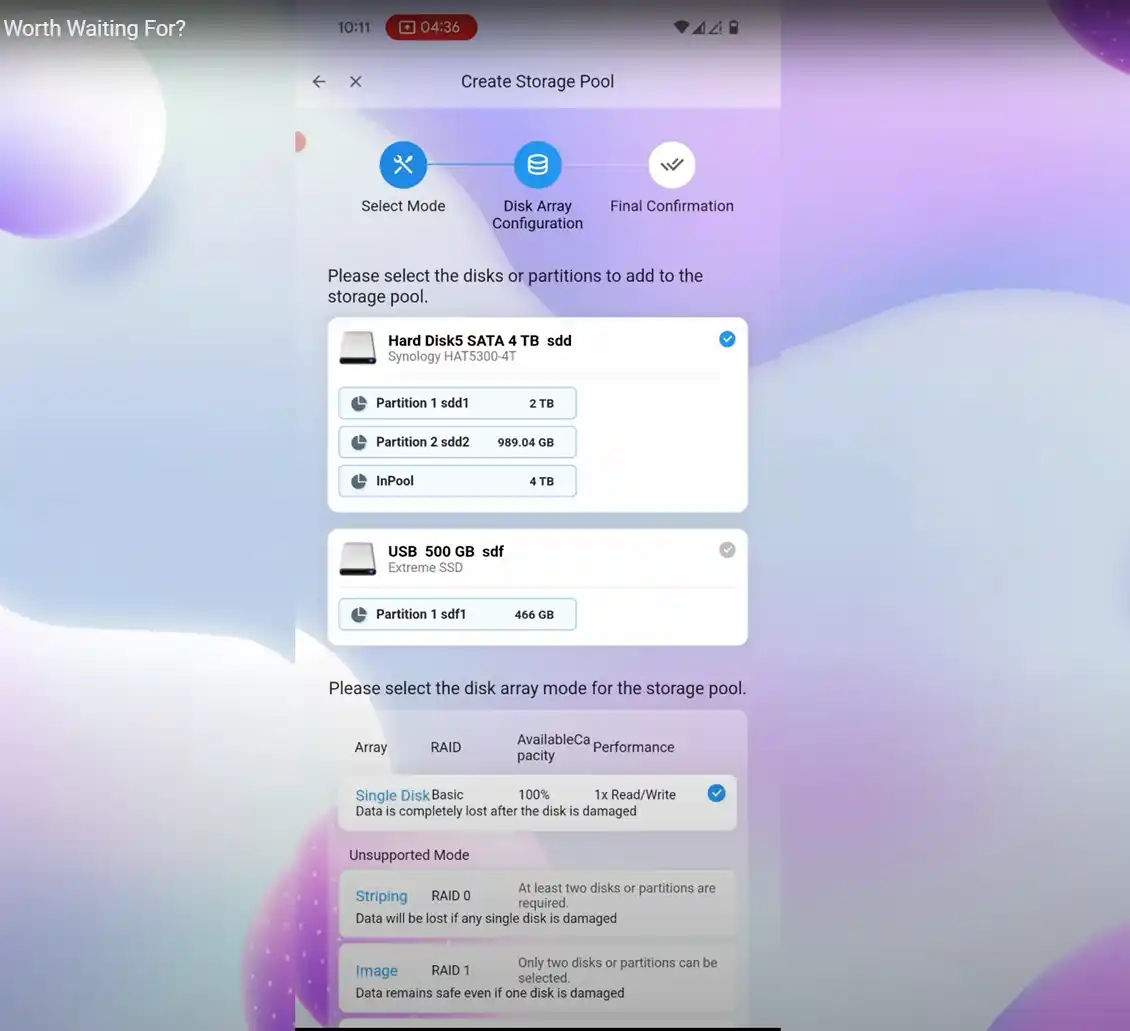
If Orico follows through on promised optimizations and expands the software stack with a proper app ecosystem and advanced security controls, the platform could become more viable in international NAS markets. Until then, the software should be considered a work-in-progress that supports basic NAS tasks but may fall short for more demanding or technical deployments.
Orico Cyberdata Vault Review – Verdict and Conclusion
The Orico CF56 and CF56 Pro represent a calculated step into the semi-professional NAS market by a brand historically known for accessories and external storage enclosures. By leveraging Intel’s N305 and i5-1240P processors, DDR5 memory, and a mix of HDD and NVMe storage options, Orico offers a compelling hardware platform on both models—especially in terms of expandability and bandwidth potential. The CF56 is well-suited for users who require reliable local storage with some containerization and light media usage, while the CF56 Pro pushes into territory typically occupied by entry-level rackmounts or high-end desktop NAS systems, thanks to its dual 10GbE ports, USB4 support, and improved thermal zoning. While the lack of ECC memory may deter more cautious enterprise buyers, most of the design trade-offs appear intentional and aligned with prosumer priorities.
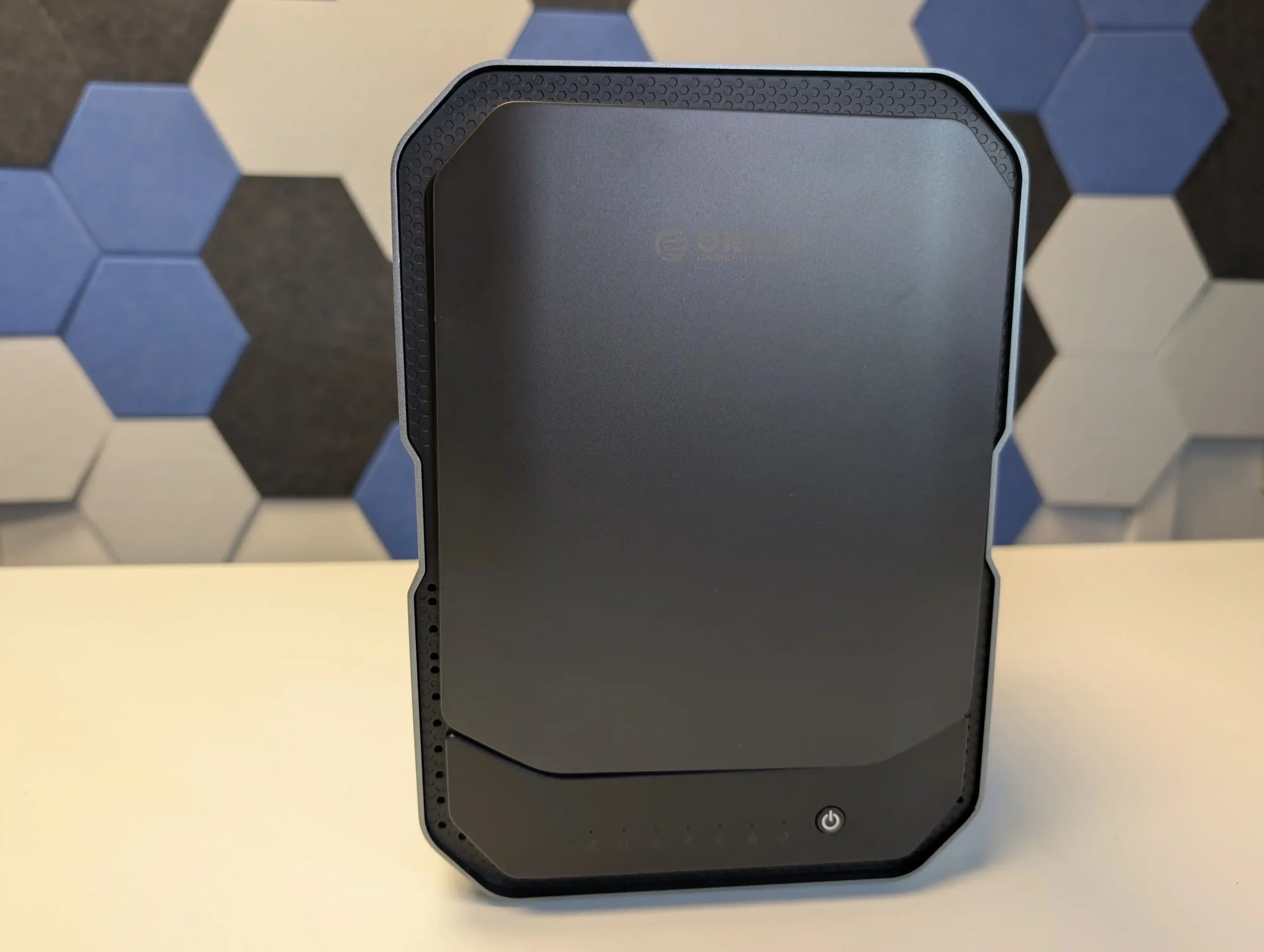
That said, both units remain in a pre-release state at the time of writing, and their software platform—CyberData OS—is clearly still under development. While the ZFS integration, AI media indexing, and snapshot management show promise, issues such as language inconsistencies, incomplete feature sets, and missing essentials like two-factor authentication may limit early adoption. File transfer and multimedia performance also require further optimization, with current speeds falling short of the hardware’s capabilities. As prototypes, the CF56 and CF56 Pro demonstrate strong hardware foundations, and if the OS matures as expected by launch, these units could become legitimate alternatives to mainstream NAS systems in the increasingly crowded hybrid storage space.
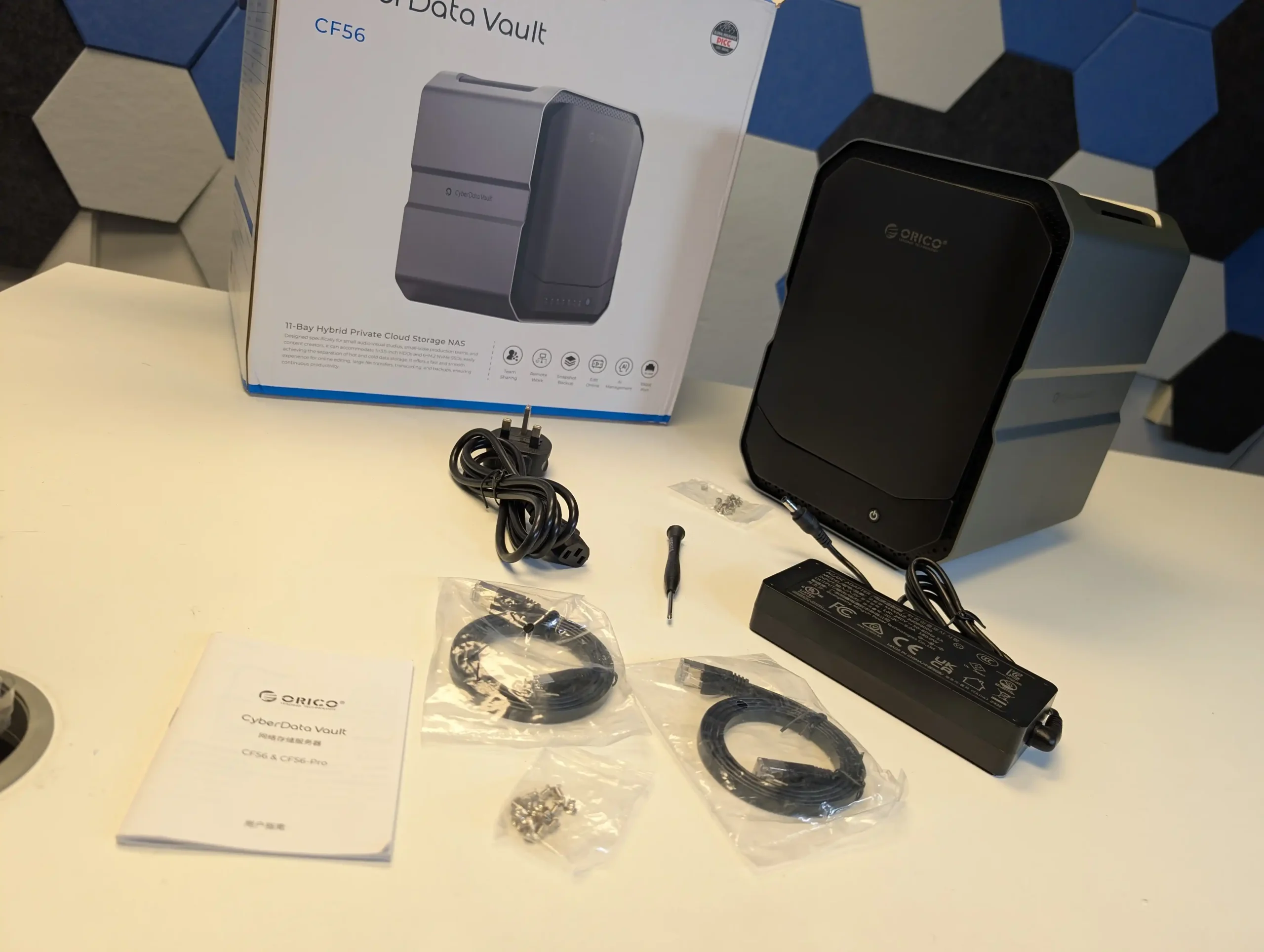
| Pros | Cons |
|---|---|
| Hybrid storage: 5x HDD + 6x M.2 NVMe SSD (flexible ZFS configurations) | No ECC memory support (despite using ZFS) |
| Dual 10GbE on CF56 Pro for high-speed networking | USB4 ports lack network-over-USB functionality |
| Modern CPUs: Efficient N305 and powerful i5-1240P | Early firmware lacks optimization (e.g. SMB transfer speeds) |
| Expandability via GPU dock (CF56 Pro only) and USB4 RAID cabinet | CyberData OS lacks two-factor authentication and app store |
| Up to 64GB DDR5 RAM with dual-channel (CF56 Pro) | Top NVMe region on CF56 Pro runs hot under load (80°C) |
| Multi-zone active cooling and manual fan profiles | Localization/UI inconsistencies in current OS build |
| HDMI + DisplayPort output with 4K/8K support | No official hot-swap confirmation for HDD bays |
| Integrated AI media management and Docker support | Software still in development; not final at time of review |
 SUBSCRIBE TO OUR NEWSLETTER
SUBSCRIBE TO OUR NEWSLETTER 
[contact-form-7]
 Join Inner Circle
Join Inner Circle Get an alert every time something gets added to this specific article!
 Subscribe
Subscribe
This description contains links to Amazon. These links will take you to some of the products mentioned in today's content. As an Amazon Associate, I earn from qualifying purchases. Visit the NASCompares Deal Finder to find the best place to buy this device in your region, based on Service, Support and Reputation - Just Search for your NAS Drive in the Box Below
Need Advice on Data Storage from an Expert?
Finally, for free advice about your setup, just leave a message in the comments below here at NASCompares.com and we will get back to you. Need Help?
Where possible (and where appropriate) please provide as much information about your requirements, as then I can arrange the best answer and solution to your needs. Do not worry about your e-mail address being required, it will NOT be used in a mailing list and will NOT be used in any way other than to respond to your enquiry.
[contact-form-7]
Need Help?
Where possible (and where appropriate) please provide as much information about your requirements, as then I can arrange the best answer and solution to your needs. Do not worry about your e-mail address being required, it will NOT be used in a mailing list and will NOT be used in any way other than to respond to your enquiry.
[contact-form-7]
 Ko-fi or old school Paypal. Thanks!To find out more about how to support this advice service check HEREIf you need to fix or configure a NAS, check Fiver
Have you thought about helping others with your knowledge? Find Instructions Here
Ko-fi or old school Paypal. Thanks!To find out more about how to support this advice service check HEREIf you need to fix or configure a NAS, check Fiver
Have you thought about helping others with your knowledge? Find Instructions Here

|
 |

